Quick filters:
Greek monsters Stock Photos and Images
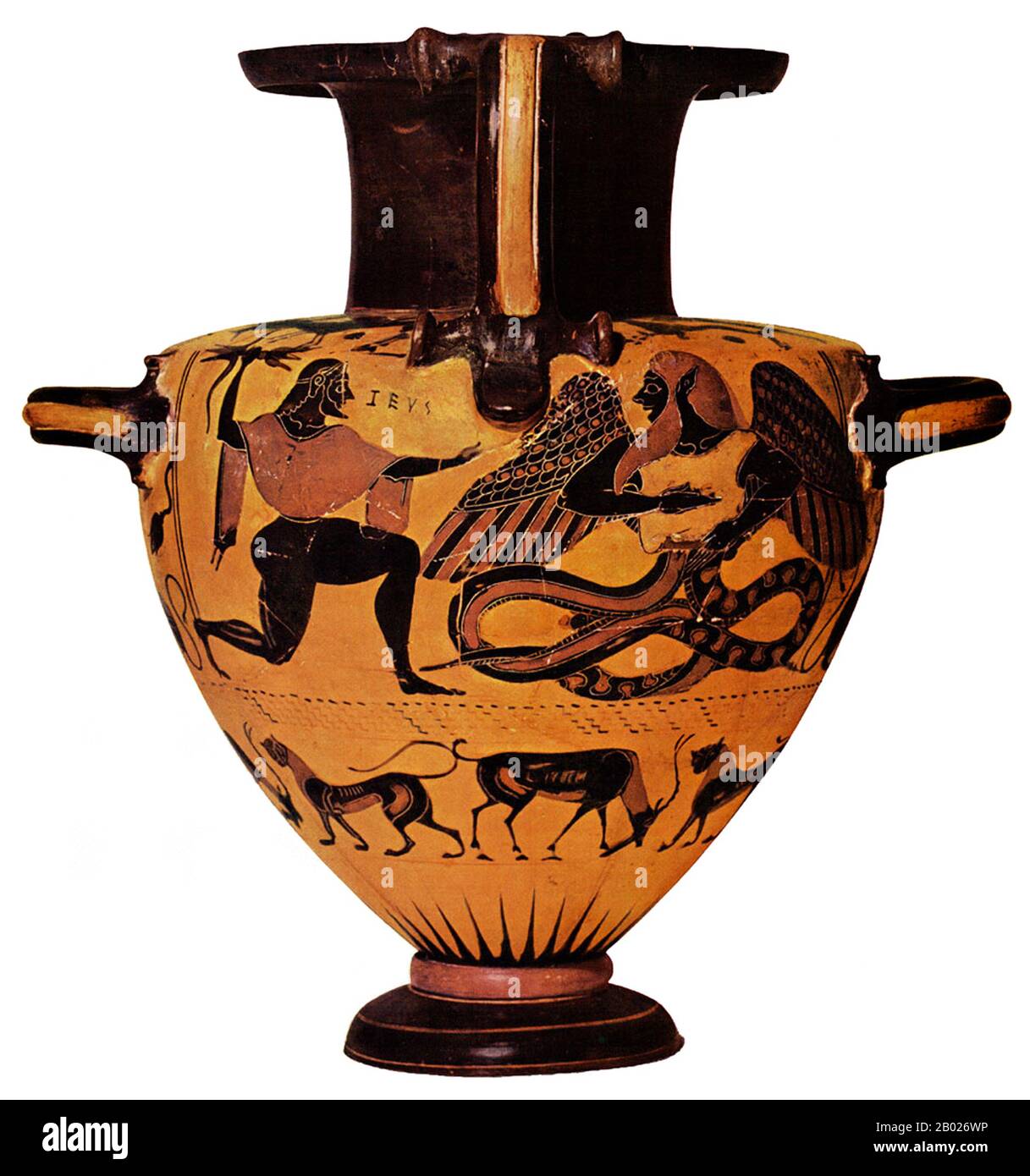 Greece: Zeus hurling a thunderbolt at Typhon represented on a Chalkidan hydria (Greek jug), c. 550-490 BCE. Typhon was the most deadly monster of Greek mythology. The last son of Gaia, fathered by Tartarus, he was known as the 'Father of All Monsters'; his wife Echidna was likewise the 'Mother of All Monsters'. Typhon was described in pseudo-Apollodorus, Bibliotheke, as the largest and most fearsome of all creatures. His human upper half reached as high as the stars, and his hands reached east and west. Instead of a human head, a hundred dragon heads erupted from his neck and shoulders. Stock Photohttps://www.alamy.com/image-license-details/?v=1https://www.alamy.com/greece-zeus-hurling-a-thunderbolt-at-typhon-represented-on-a-chalkidan-hydria-greek-jug-c-550-490-bce-typhon-was-the-most-deadly-monster-of-greek-mythology-the-last-son-of-gaia-fathered-by-tartarus-he-was-known-as-the-father-of-all-monsters-his-wife-echidna-was-likewise-the-mother-of-all-monsters-typhon-was-described-in-pseudo-apollodorus-bibliotheke-as-the-largest-and-most-fearsome-of-all-creatures-his-human-upper-half-reached-as-high-as-the-stars-and-his-hands-reached-east-and-west-instead-of-a-human-head-a-hundred-dragon-heads-erupted-from-his-neck-and-shoulders-image344256690.html
Greece: Zeus hurling a thunderbolt at Typhon represented on a Chalkidan hydria (Greek jug), c. 550-490 BCE. Typhon was the most deadly monster of Greek mythology. The last son of Gaia, fathered by Tartarus, he was known as the 'Father of All Monsters'; his wife Echidna was likewise the 'Mother of All Monsters'. Typhon was described in pseudo-Apollodorus, Bibliotheke, as the largest and most fearsome of all creatures. His human upper half reached as high as the stars, and his hands reached east and west. Instead of a human head, a hundred dragon heads erupted from his neck and shoulders. Stock Photohttps://www.alamy.com/image-license-details/?v=1https://www.alamy.com/greece-zeus-hurling-a-thunderbolt-at-typhon-represented-on-a-chalkidan-hydria-greek-jug-c-550-490-bce-typhon-was-the-most-deadly-monster-of-greek-mythology-the-last-son-of-gaia-fathered-by-tartarus-he-was-known-as-the-father-of-all-monsters-his-wife-echidna-was-likewise-the-mother-of-all-monsters-typhon-was-described-in-pseudo-apollodorus-bibliotheke-as-the-largest-and-most-fearsome-of-all-creatures-his-human-upper-half-reached-as-high-as-the-stars-and-his-hands-reached-east-and-west-instead-of-a-human-head-a-hundred-dragon-heads-erupted-from-his-neck-and-shoulders-image344256690.htmlRM2B026WP–Greece: Zeus hurling a thunderbolt at Typhon represented on a Chalkidan hydria (Greek jug), c. 550-490 BCE. Typhon was the most deadly monster of Greek mythology. The last son of Gaia, fathered by Tartarus, he was known as the 'Father of All Monsters'; his wife Echidna was likewise the 'Mother of All Monsters'. Typhon was described in pseudo-Apollodorus, Bibliotheke, as the largest and most fearsome of all creatures. His human upper half reached as high as the stars, and his hands reached east and west. Instead of a human head, a hundred dragon heads erupted from his neck and shoulders.
RFPDB89D–Ancient Greek Mythology Monsters and Creatures Characters Icon Set
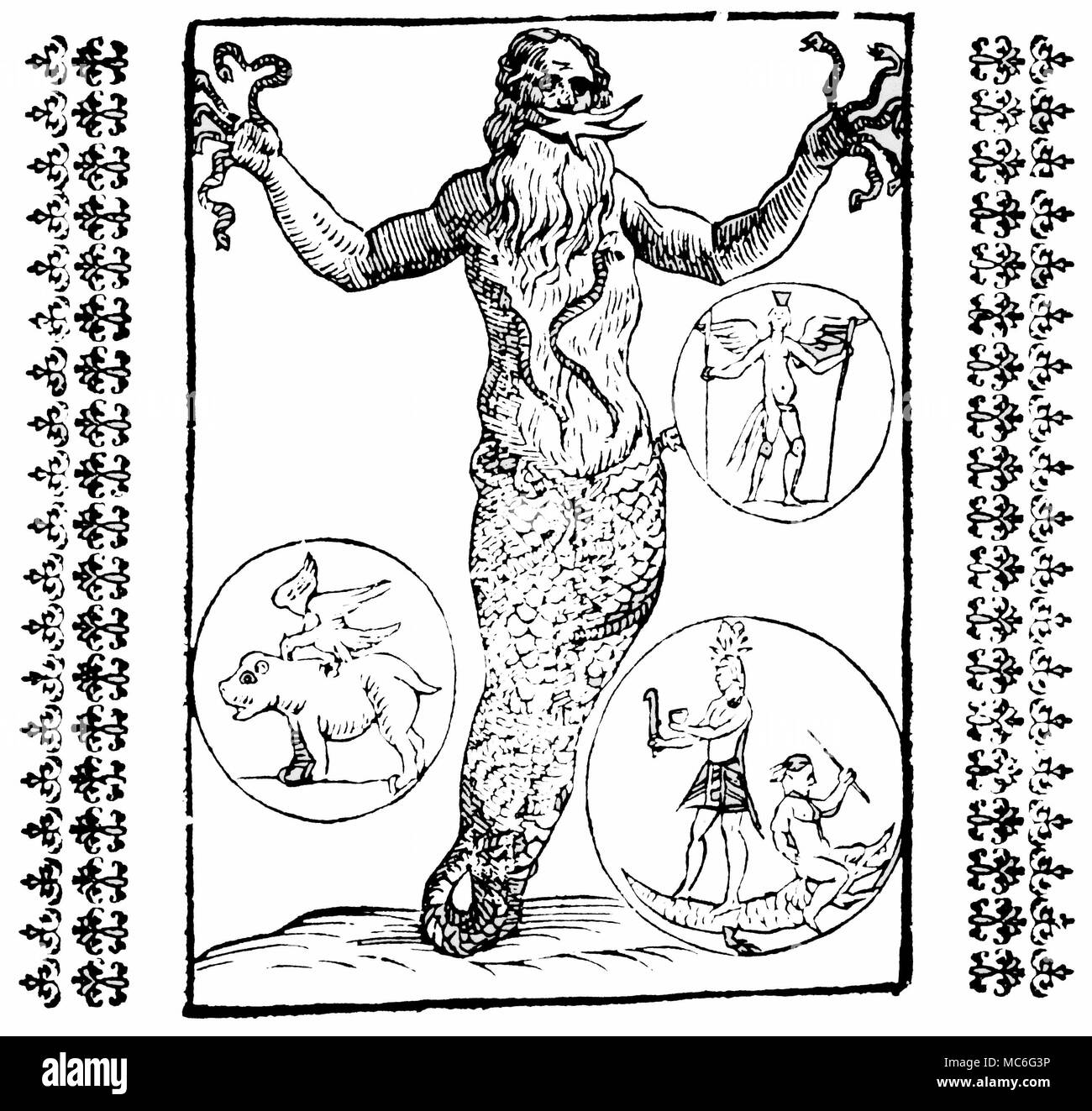 GREEK MYTHOLOGY - MONSTERS - TYPHON Typhon was the Greek equivalent of the Egyptian god, Set, but was portrayed as a fish-tailed, or serpent-tailed creature. He is said to have been so tall that his head touched the skies. He fathered several monsters, including the triple headed dog, Cerberus. Woodcut from a 16th century edition of Natalis Comitis, Mythologiae. Stock Photohttps://www.alamy.com/image-license-details/?v=1https://www.alamy.com/greek-mythology-monsters-typhon-typhon-was-the-greek-equivalent-of-the-egyptian-god-set-but-was-portrayed-as-a-fish-tailed-or-serpent-tailed-creature-he-is-said-to-have-been-so-tall-that-his-head-touched-the-skies-he-fathered-several-monsters-including-the-triple-headed-dog-cerberus-woodcut-from-a-16th-century-edition-of-natalis-comitis-mythologiae-image179623914.html
GREEK MYTHOLOGY - MONSTERS - TYPHON Typhon was the Greek equivalent of the Egyptian god, Set, but was portrayed as a fish-tailed, or serpent-tailed creature. He is said to have been so tall that his head touched the skies. He fathered several monsters, including the triple headed dog, Cerberus. Woodcut from a 16th century edition of Natalis Comitis, Mythologiae. Stock Photohttps://www.alamy.com/image-license-details/?v=1https://www.alamy.com/greek-mythology-monsters-typhon-typhon-was-the-greek-equivalent-of-the-egyptian-god-set-but-was-portrayed-as-a-fish-tailed-or-serpent-tailed-creature-he-is-said-to-have-been-so-tall-that-his-head-touched-the-skies-he-fathered-several-monsters-including-the-triple-headed-dog-cerberus-woodcut-from-a-16th-century-edition-of-natalis-comitis-mythologiae-image179623914.htmlRMMC6G3P–GREEK MYTHOLOGY - MONSTERS - TYPHON Typhon was the Greek equivalent of the Egyptian god, Set, but was portrayed as a fish-tailed, or serpent-tailed creature. He is said to have been so tall that his head touched the skies. He fathered several monsters, including the triple headed dog, Cerberus. Woodcut from a 16th century edition of Natalis Comitis, Mythologiae.
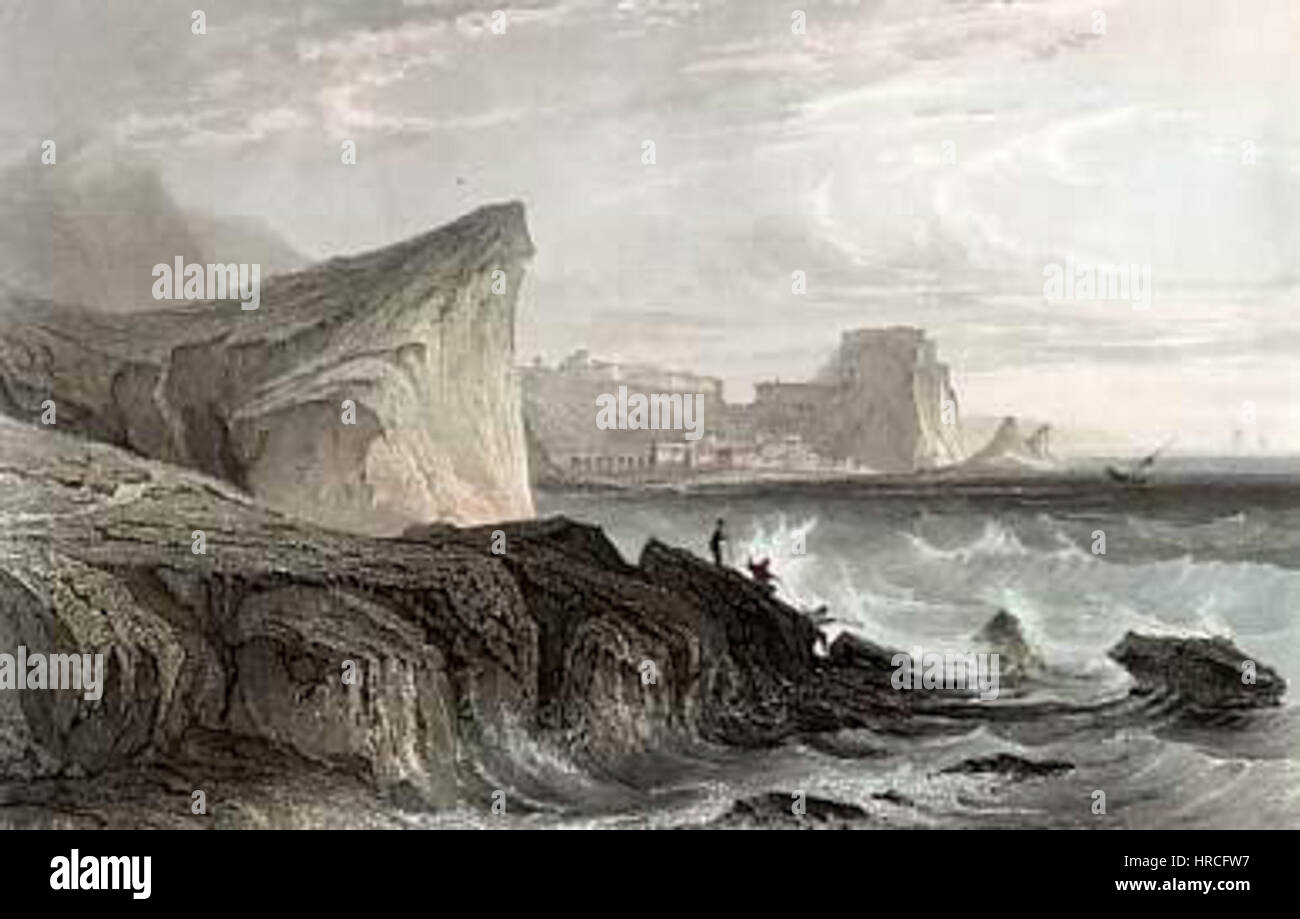 'Scylla and Charybdis' depicts the mythological sea monsters from Greek mythology, representing the dangers faced by sailors. The artwork explores the perilous journey of Odysseus through treacherous waters. Stock Photohttps://www.alamy.com/image-license-details/?v=1https://www.alamy.com/stock-photo-scylla-and-charybdis-depicts-the-mythological-sea-monsters-from-greek-134885555.html
'Scylla and Charybdis' depicts the mythological sea monsters from Greek mythology, representing the dangers faced by sailors. The artwork explores the perilous journey of Odysseus through treacherous waters. Stock Photohttps://www.alamy.com/image-license-details/?v=1https://www.alamy.com/stock-photo-scylla-and-charybdis-depicts-the-mythological-sea-monsters-from-greek-134885555.htmlRMHRCFW7–'Scylla and Charybdis' depicts the mythological sea monsters from Greek mythology, representing the dangers faced by sailors. The artwork explores the perilous journey of Odysseus through treacherous waters.
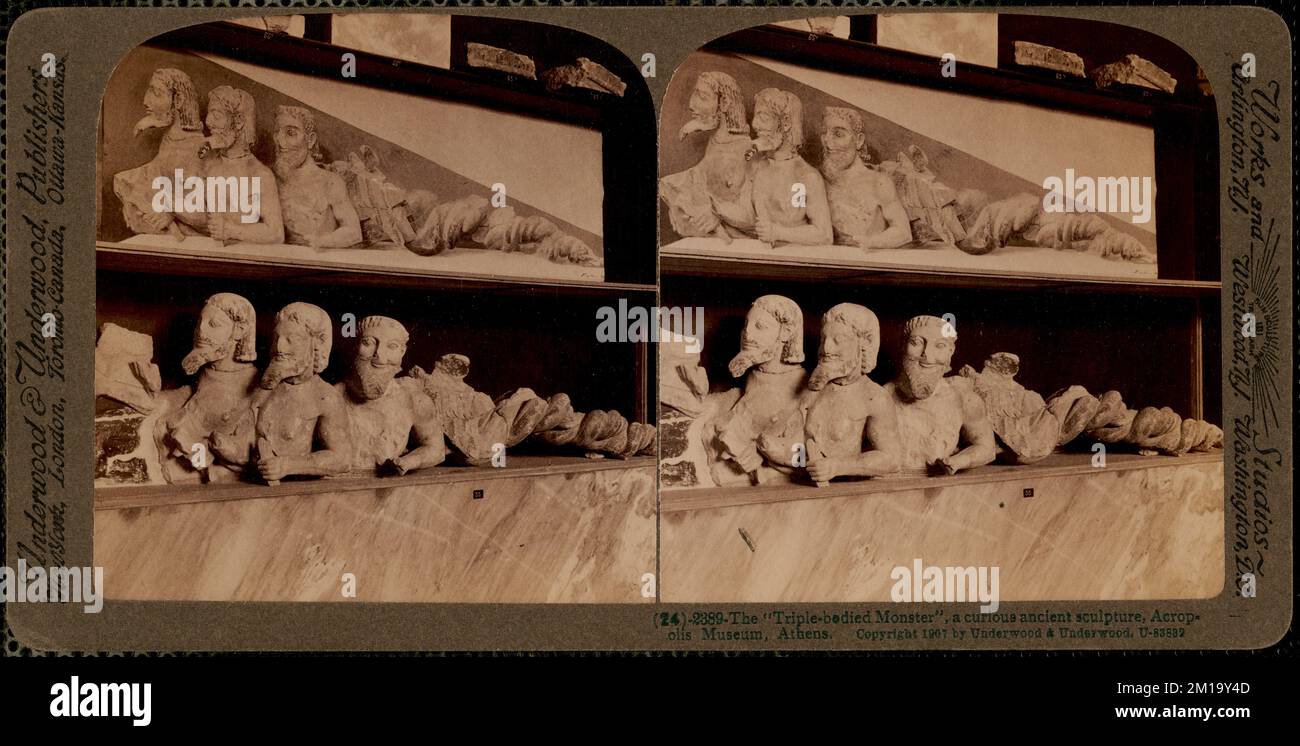 The 'triple-bodied monster', a curious ancient scuplture, Acropolis Museum, Athens , Antiquities, Sculpture, Monsters. Nicholas Catsimpoolas Collection Stock Photohttps://www.alamy.com/image-license-details/?v=1https://www.alamy.com/the-triple-bodied-monster-a-curious-ancient-scuplture-acropolis-museum-athens-antiquities-sculpture-monsters-nicholas-catsimpoolas-collection-image499934189.html
The 'triple-bodied monster', a curious ancient scuplture, Acropolis Museum, Athens , Antiquities, Sculpture, Monsters. Nicholas Catsimpoolas Collection Stock Photohttps://www.alamy.com/image-license-details/?v=1https://www.alamy.com/the-triple-bodied-monster-a-curious-ancient-scuplture-acropolis-museum-athens-antiquities-sculpture-monsters-nicholas-catsimpoolas-collection-image499934189.htmlRM2M19Y4D–The 'triple-bodied monster', a curious ancient scuplture, Acropolis Museum, Athens , Antiquities, Sculpture, Monsters. Nicholas Catsimpoolas Collection
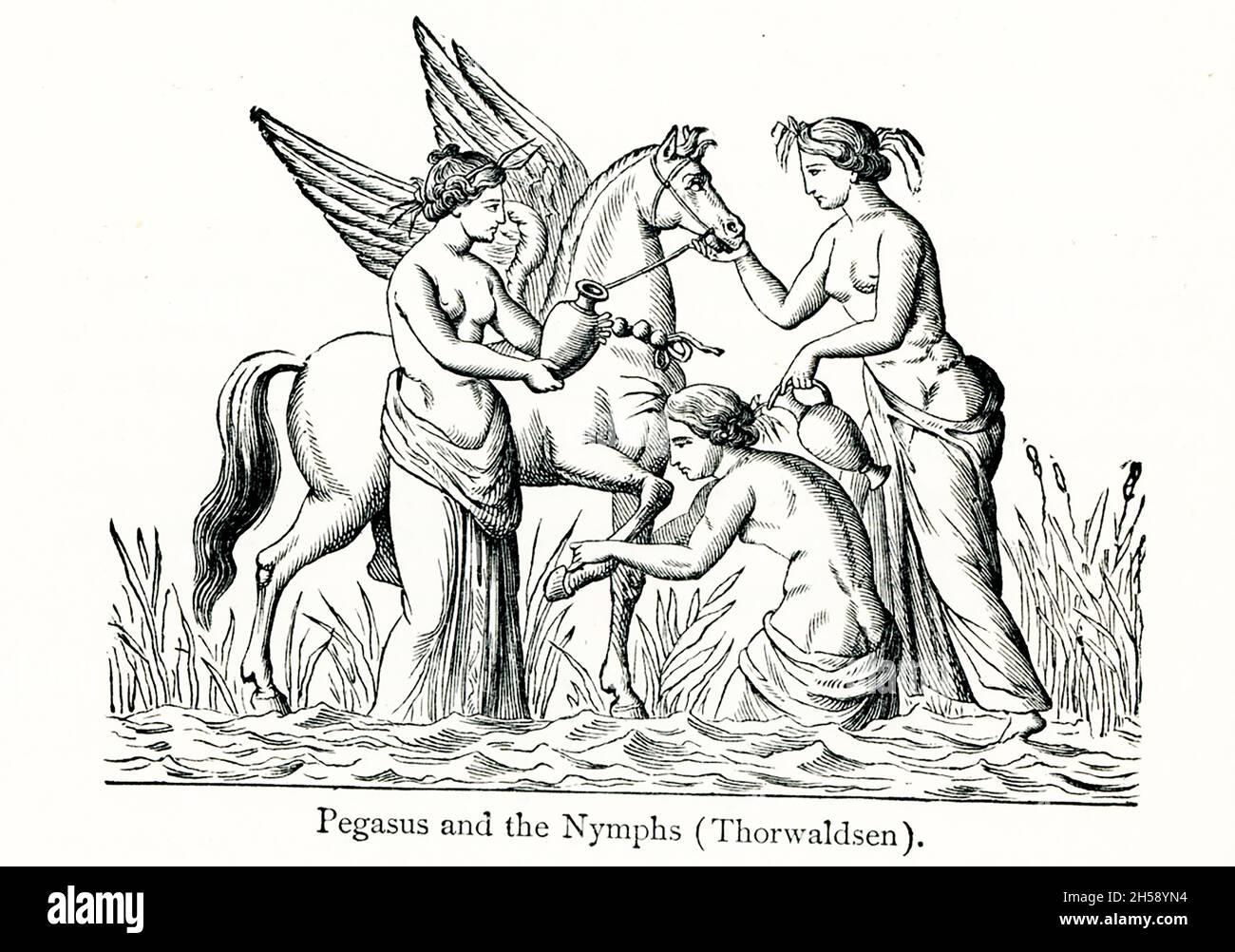 According to Greek mythology, the hero Bellerophon, with the aid of the winged horse Pegasus, slew the monster as the Chimaera, which was part lion, part goat, and part dragon. Bellerophon became too proud of his accomplishments and tried to fly to heaven on Pegasus, but was thrown and blinded—and according to one legend, killed. This illustration shows Pegasus and three nymphs caring for him. It was done by Bertel Thorvaldsen (1770 –1844), a Danish sculptor and medalist of international fame Stock Photohttps://www.alamy.com/image-license-details/?v=1https://www.alamy.com/according-to-greek-mythology-the-hero-bellerophon-with-the-aid-of-the-winged-horse-pegasus-slew-the-monster-as-the-chimaera-which-was-part-lion-part-goat-and-part-dragon-bellerophon-became-too-proud-of-his-accomplishments-and-tried-to-fly-to-heaven-on-pegasus-but-was-thrown-and-blindedand-according-to-one-legend-killed-this-illustration-shows-pegasus-and-three-nymphs-caring-for-him-it-was-done-by-bertel-thorvaldsen-1770-1844-a-danish-sculptor-and-medalist-of-international-fame-image450740224.html
According to Greek mythology, the hero Bellerophon, with the aid of the winged horse Pegasus, slew the monster as the Chimaera, which was part lion, part goat, and part dragon. Bellerophon became too proud of his accomplishments and tried to fly to heaven on Pegasus, but was thrown and blinded—and according to one legend, killed. This illustration shows Pegasus and three nymphs caring for him. It was done by Bertel Thorvaldsen (1770 –1844), a Danish sculptor and medalist of international fame Stock Photohttps://www.alamy.com/image-license-details/?v=1https://www.alamy.com/according-to-greek-mythology-the-hero-bellerophon-with-the-aid-of-the-winged-horse-pegasus-slew-the-monster-as-the-chimaera-which-was-part-lion-part-goat-and-part-dragon-bellerophon-became-too-proud-of-his-accomplishments-and-tried-to-fly-to-heaven-on-pegasus-but-was-thrown-and-blindedand-according-to-one-legend-killed-this-illustration-shows-pegasus-and-three-nymphs-caring-for-him-it-was-done-by-bertel-thorvaldsen-1770-1844-a-danish-sculptor-and-medalist-of-international-fame-image450740224.htmlRF2H58YN4–According to Greek mythology, the hero Bellerophon, with the aid of the winged horse Pegasus, slew the monster as the Chimaera, which was part lion, part goat, and part dragon. Bellerophon became too proud of his accomplishments and tried to fly to heaven on Pegasus, but was thrown and blinded—and according to one legend, killed. This illustration shows Pegasus and three nymphs caring for him. It was done by Bertel Thorvaldsen (1770 –1844), a Danish sculptor and medalist of international fame
 Tree Monster With Greek Sign Samothraki Greek Islands Greece Hellas Stock Photohttps://www.alamy.com/image-license-details/?v=1https://www.alamy.com/stock-photo-tree-monster-with-greek-sign-samothraki-greek-islands-greece-hellas-14663716.html
Tree Monster With Greek Sign Samothraki Greek Islands Greece Hellas Stock Photohttps://www.alamy.com/image-license-details/?v=1https://www.alamy.com/stock-photo-tree-monster-with-greek-sign-samothraki-greek-islands-greece-hellas-14663716.htmlRMAJ98KH–Tree Monster With Greek Sign Samothraki Greek Islands Greece Hellas
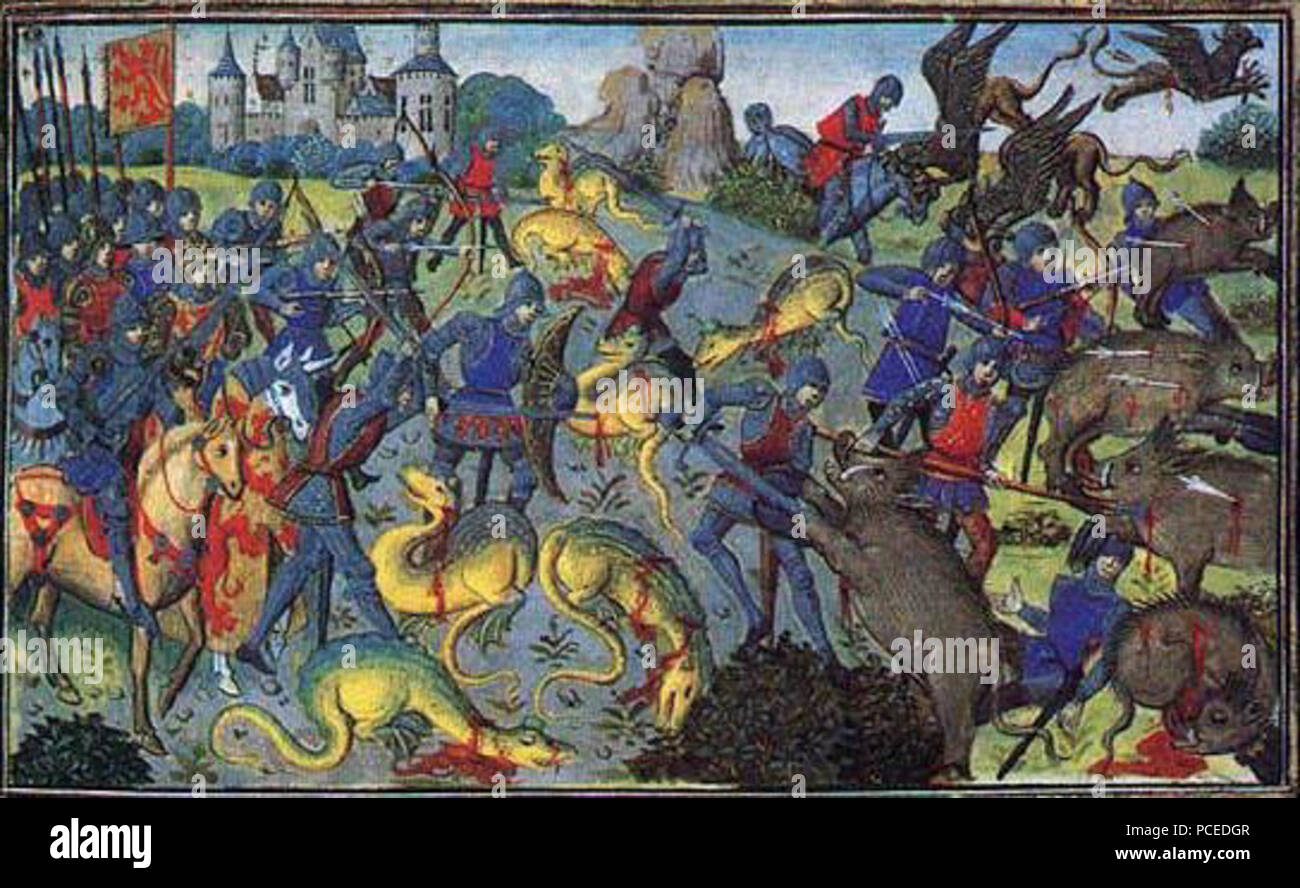 35 Alexander and Monsters Stock Photohttps://www.alamy.com/image-license-details/?v=1https://www.alamy.com/35-alexander-and-monsters-image214218279.html
35 Alexander and Monsters Stock Photohttps://www.alamy.com/image-license-details/?v=1https://www.alamy.com/35-alexander-and-monsters-image214218279.htmlRMPCEDGR–35 Alexander and Monsters
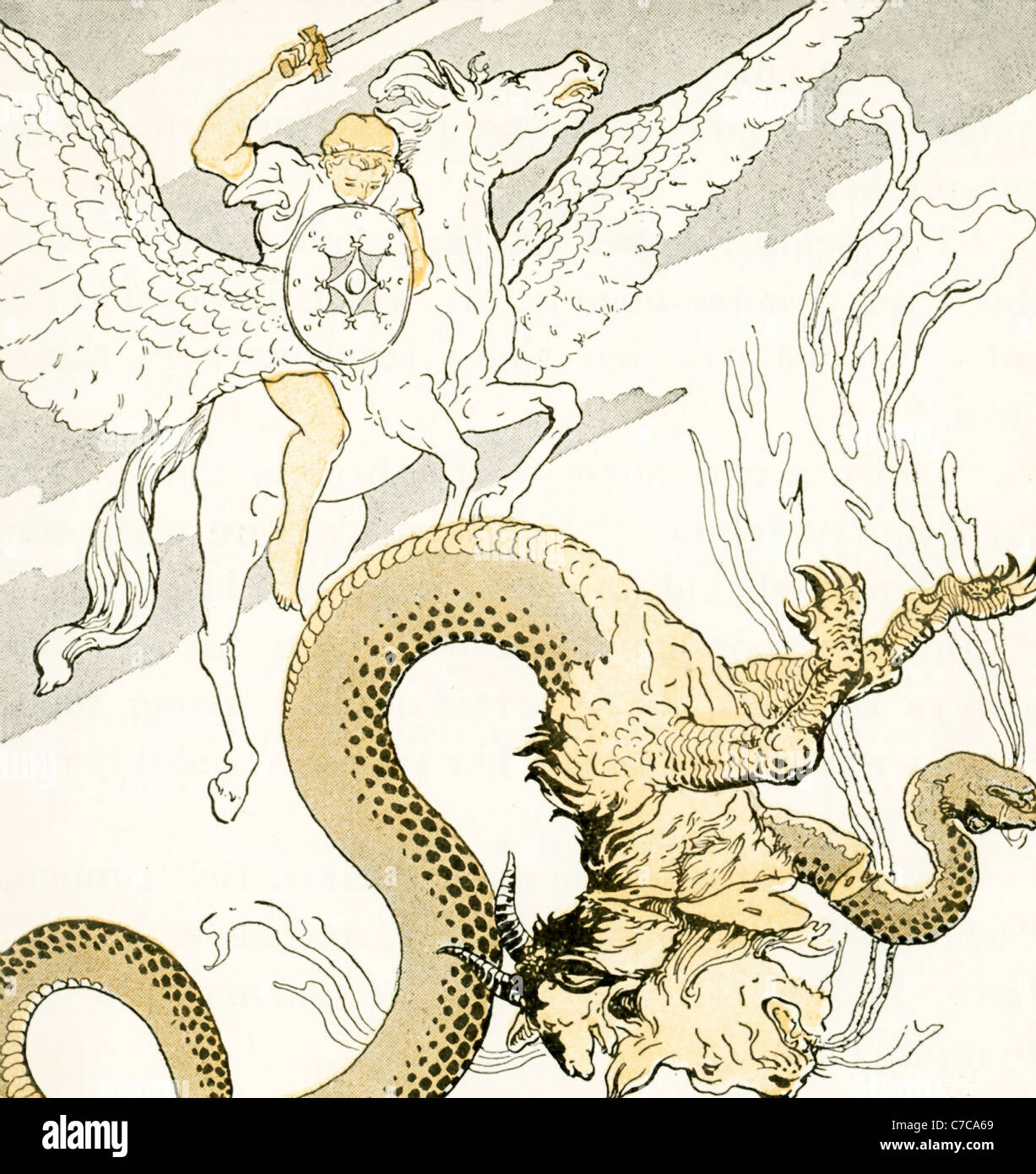 According to Greek mythology, the hero Bellerophon, with the aid of the winged horse Pegasus, slew the monster as the Chimaera. Stock Photohttps://www.alamy.com/image-license-details/?v=1https://www.alamy.com/stock-photo-according-to-greek-mythology-the-hero-bellerophon-with-the-aid-of-38994769.html
According to Greek mythology, the hero Bellerophon, with the aid of the winged horse Pegasus, slew the monster as the Chimaera. Stock Photohttps://www.alamy.com/image-license-details/?v=1https://www.alamy.com/stock-photo-according-to-greek-mythology-the-hero-bellerophon-with-the-aid-of-38994769.htmlRFC7CA69–According to Greek mythology, the hero Bellerophon, with the aid of the winged horse Pegasus, slew the monster as the Chimaera.
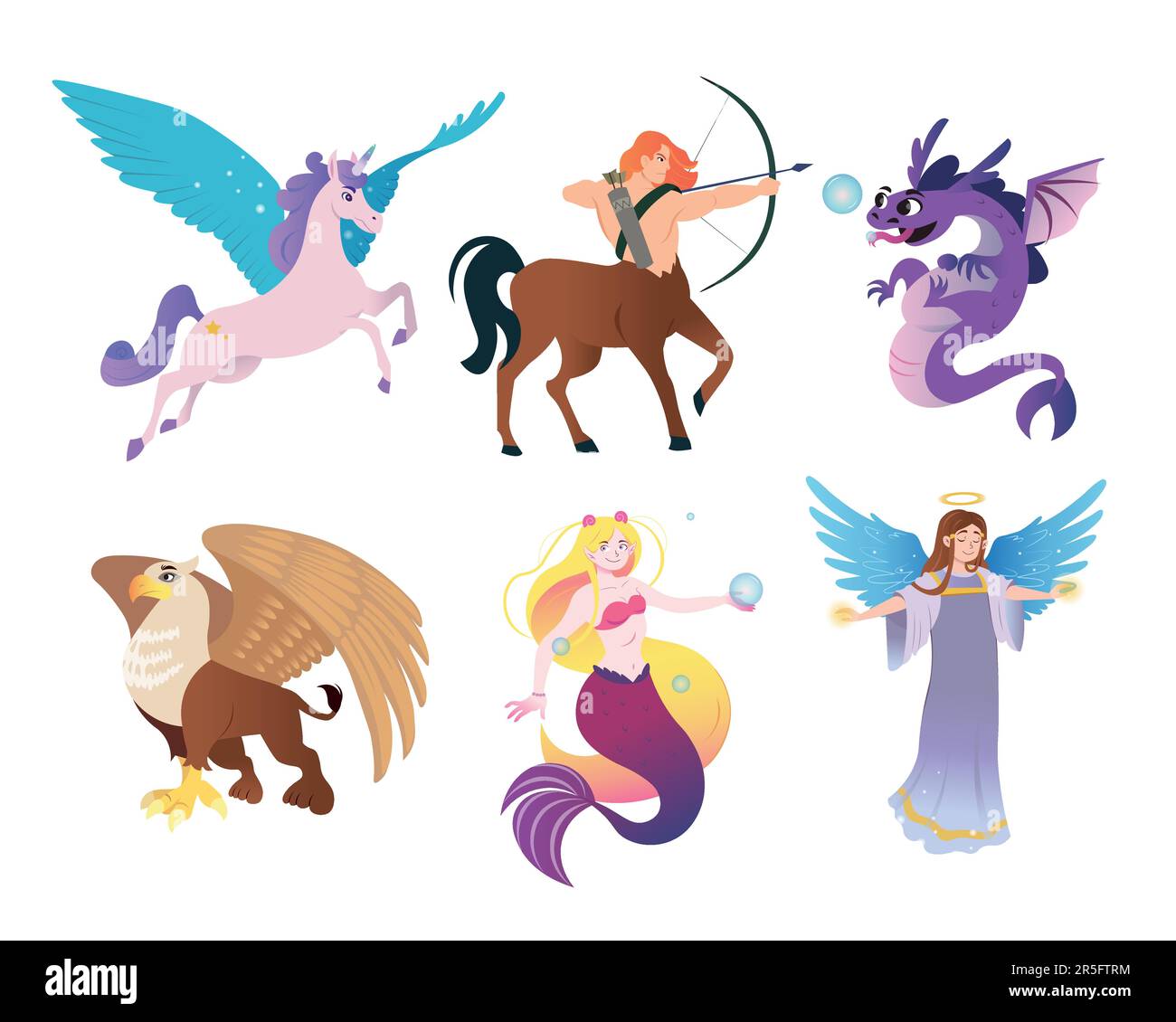 Ancient Greek monsters flat vector illustrations set Stock Vectorhttps://www.alamy.com/image-license-details/?v=1https://www.alamy.com/ancient-greek-monsters-flat-vector-illustrations-set-image554153816.html
Ancient Greek monsters flat vector illustrations set Stock Vectorhttps://www.alamy.com/image-license-details/?v=1https://www.alamy.com/ancient-greek-monsters-flat-vector-illustrations-set-image554153816.htmlRF2R5FTRM–Ancient Greek monsters flat vector illustrations set
 This Latin phrase refers to a situation in which someone falls into danger while trying to avoid an even greater one, inspired by Greek mythology. Scylla and Charybdis were mythical sea monsters symbolizing perilous choices. Stock Photohttps://www.alamy.com/image-license-details/?v=1https://www.alamy.com/stock-photo-this-latin-phrase-refers-to-a-situation-in-which-someone-falls-into-140048851.html
This Latin phrase refers to a situation in which someone falls into danger while trying to avoid an even greater one, inspired by Greek mythology. Scylla and Charybdis were mythical sea monsters symbolizing perilous choices. Stock Photohttps://www.alamy.com/image-license-details/?v=1https://www.alamy.com/stock-photo-this-latin-phrase-refers-to-a-situation-in-which-someone-falls-into-140048851.htmlRMJ3RNMK–This Latin phrase refers to a situation in which someone falls into danger while trying to avoid an even greater one, inspired by Greek mythology. Scylla and Charybdis were mythical sea monsters symbolizing perilous choices.
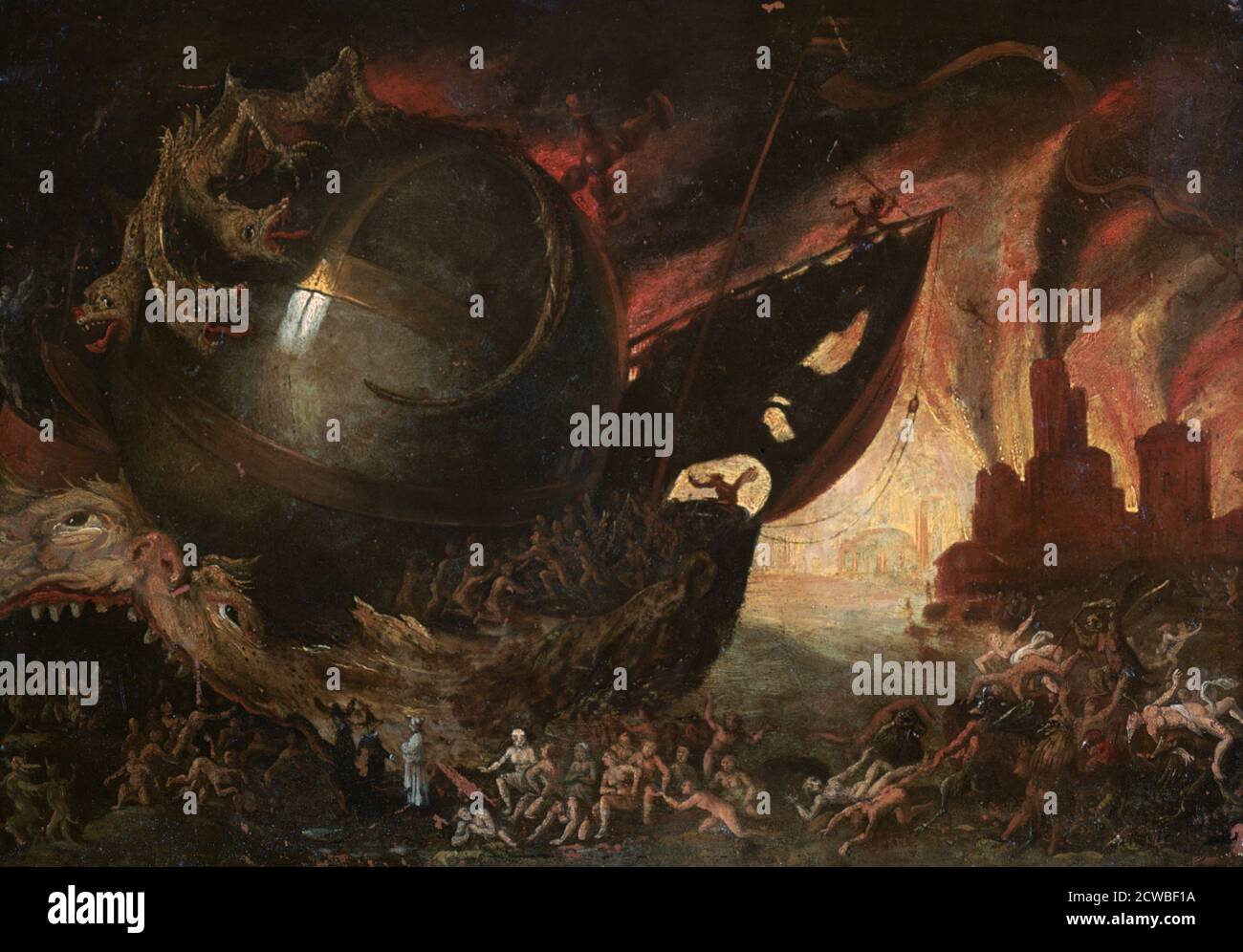 La Traversee du Styx', c1591-1638 Artist: Jacob Isaacz van Swanenburg. In Greek mythology, Styx is the name of a river which formed the boundary between earth and the underworld, Hades. Stock Photohttps://www.alamy.com/image-license-details/?v=1https://www.alamy.com/la-traversee-du-styx-c1591-1638-artist-jacob-isaacz-van-swanenburg-in-greek-mythology-styx-is-the-name-of-a-river-which-formed-the-boundary-between-earth-and-the-underworld-hades-image377037398.html
La Traversee du Styx', c1591-1638 Artist: Jacob Isaacz van Swanenburg. In Greek mythology, Styx is the name of a river which formed the boundary between earth and the underworld, Hades. Stock Photohttps://www.alamy.com/image-license-details/?v=1https://www.alamy.com/la-traversee-du-styx-c1591-1638-artist-jacob-isaacz-van-swanenburg-in-greek-mythology-styx-is-the-name-of-a-river-which-formed-the-boundary-between-earth-and-the-underworld-hades-image377037398.htmlRM2CWBF1A–La Traversee du Styx', c1591-1638 Artist: Jacob Isaacz van Swanenburg. In Greek mythology, Styx is the name of a river which formed the boundary between earth and the underworld, Hades.
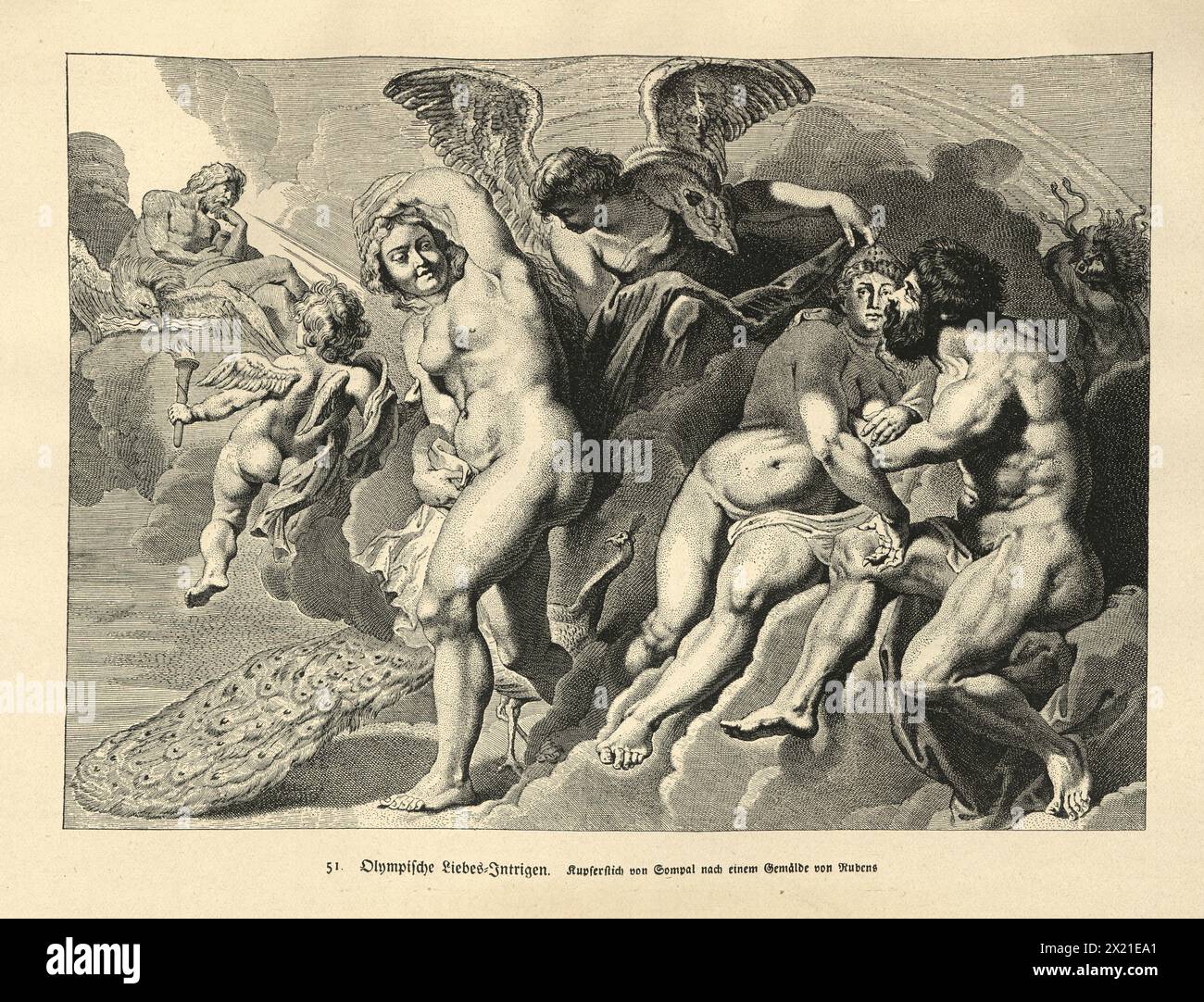 Vintage illustration Gods, Goddesses, and monsters, Love and Intrigue in Olympus, Greek Myghology, after Rubens Stock Photohttps://www.alamy.com/image-license-details/?v=1https://www.alamy.com/vintage-illustration-gods-goddesses-and-monsters-love-and-intrigue-in-olympus-greek-myghology-after-rubens-image603625401.html
Vintage illustration Gods, Goddesses, and monsters, Love and Intrigue in Olympus, Greek Myghology, after Rubens Stock Photohttps://www.alamy.com/image-license-details/?v=1https://www.alamy.com/vintage-illustration-gods-goddesses-and-monsters-love-and-intrigue-in-olympus-greek-myghology-after-rubens-image603625401.htmlRM2X21EA1–Vintage illustration Gods, Goddesses, and monsters, Love and Intrigue in Olympus, Greek Myghology, after Rubens
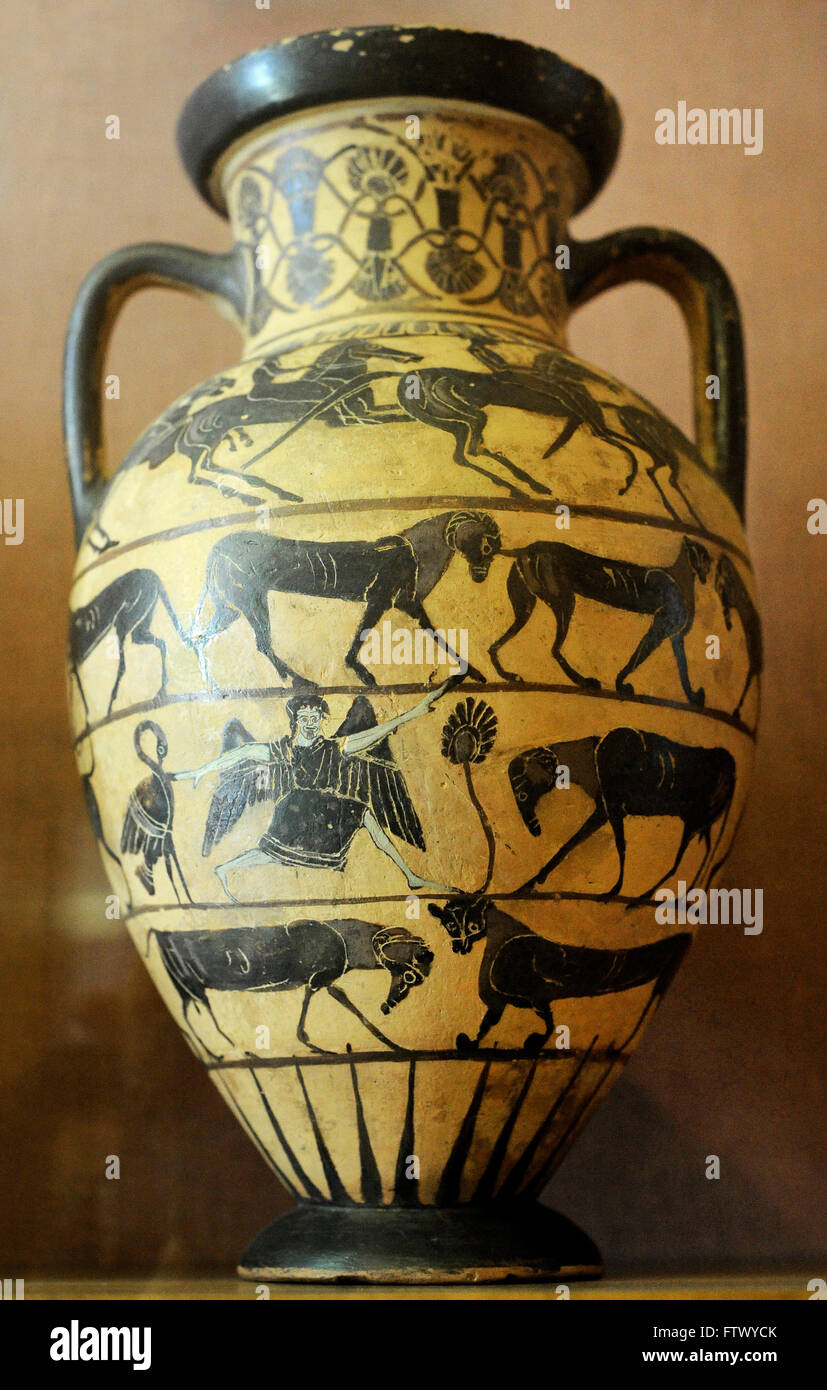 Greek art. Tyrrenian neck-amphora: riders, animals and monsters. 570-560 BC. Clay. The State Hermitage Museum. Saint Petersburg. Russia. Stock Photohttps://www.alamy.com/image-license-details/?v=1https://www.alamy.com/stock-photo-greek-art-tyrrenian-neck-amphora-riders-animals-and-monsters-570-560-101373907.html
Greek art. Tyrrenian neck-amphora: riders, animals and monsters. 570-560 BC. Clay. The State Hermitage Museum. Saint Petersburg. Russia. Stock Photohttps://www.alamy.com/image-license-details/?v=1https://www.alamy.com/stock-photo-greek-art-tyrrenian-neck-amphora-riders-animals-and-monsters-570-560-101373907.htmlRMFTWYCK–Greek art. Tyrrenian neck-amphora: riders, animals and monsters. 570-560 BC. Clay. The State Hermitage Museum. Saint Petersburg. Russia.
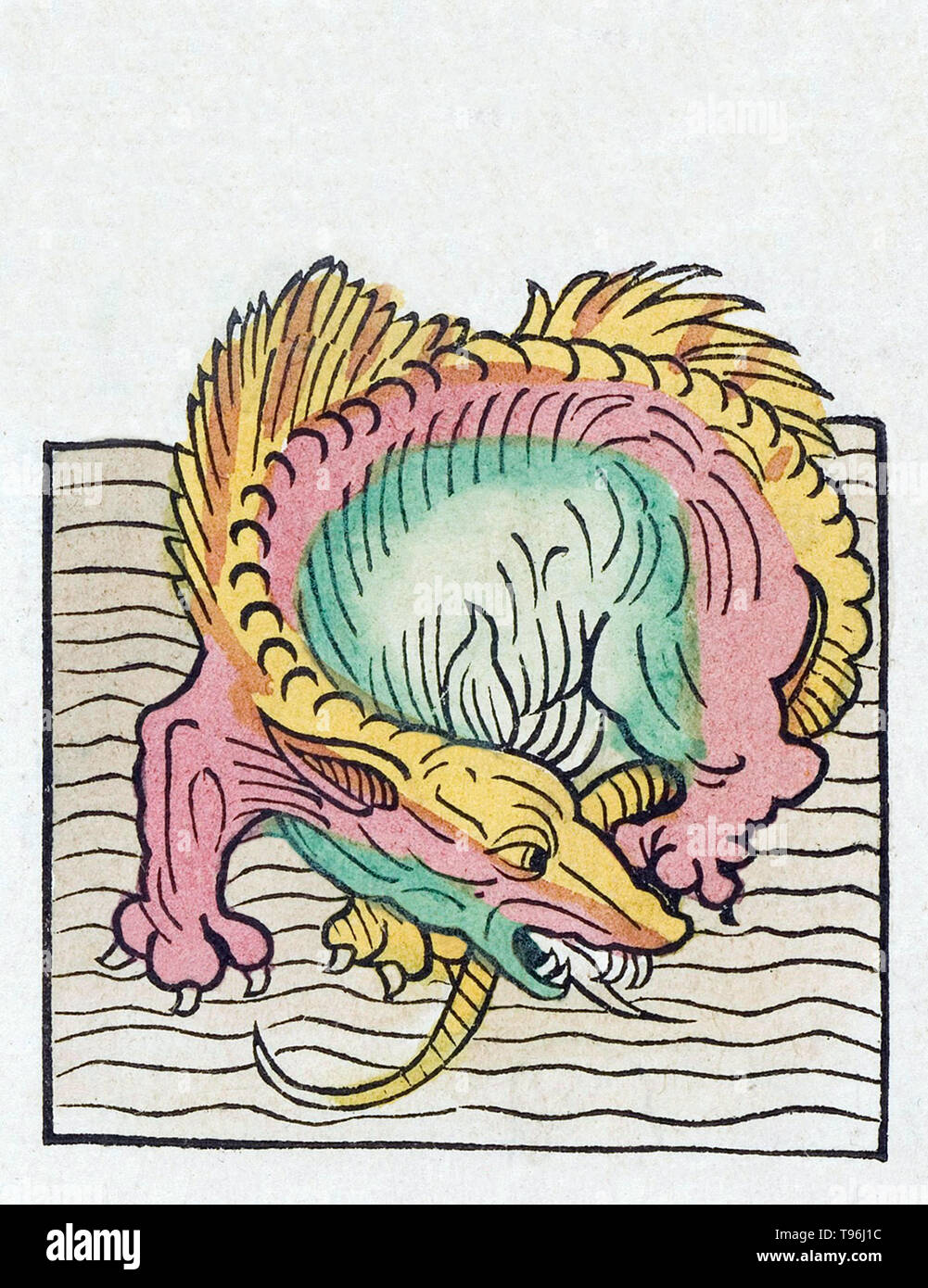 A sea serpent or sea dragon is a type of dragon described in various mythologies, most notably Greek (Cetus, Echidna, Hydra, Scylla), Mesopotamian (Tiamat), Hebrew (Leviathan), and Norse (Jörmungandr). n antiquity and in the bible, dragons were imagined as huge serpentine monsters. The Hortus Sanitatis (Garden of Health), the first natural history encyclopedia, was published by Jacob Meydenbach in Germany, 1491. Stock Photohttps://www.alamy.com/image-license-details/?v=1https://www.alamy.com/a-sea-serpent-or-sea-dragon-is-a-type-of-dragon-described-in-various-mythologies-most-notably-greek-cetus-echidna-hydra-scylla-mesopotamian-tiamat-hebrew-leviathan-and-norse-jrmungandr-n-antiquity-and-in-the-bible-dragons-were-imagined-as-huge-serpentine-monsters-the-hortus-sanitatis-garden-of-health-the-first-natural-history-encyclopedia-was-published-by-jacob-meydenbach-in-germany-1491-image246622920.html
A sea serpent or sea dragon is a type of dragon described in various mythologies, most notably Greek (Cetus, Echidna, Hydra, Scylla), Mesopotamian (Tiamat), Hebrew (Leviathan), and Norse (Jörmungandr). n antiquity and in the bible, dragons were imagined as huge serpentine monsters. The Hortus Sanitatis (Garden of Health), the first natural history encyclopedia, was published by Jacob Meydenbach in Germany, 1491. Stock Photohttps://www.alamy.com/image-license-details/?v=1https://www.alamy.com/a-sea-serpent-or-sea-dragon-is-a-type-of-dragon-described-in-various-mythologies-most-notably-greek-cetus-echidna-hydra-scylla-mesopotamian-tiamat-hebrew-leviathan-and-norse-jrmungandr-n-antiquity-and-in-the-bible-dragons-were-imagined-as-huge-serpentine-monsters-the-hortus-sanitatis-garden-of-health-the-first-natural-history-encyclopedia-was-published-by-jacob-meydenbach-in-germany-1491-image246622920.htmlRMT96J1C–A sea serpent or sea dragon is a type of dragon described in various mythologies, most notably Greek (Cetus, Echidna, Hydra, Scylla), Mesopotamian (Tiamat), Hebrew (Leviathan), and Norse (Jörmungandr). n antiquity and in the bible, dragons were imagined as huge serpentine monsters. The Hortus Sanitatis (Garden of Health), the first natural history encyclopedia, was published by Jacob Meydenbach in Germany, 1491.
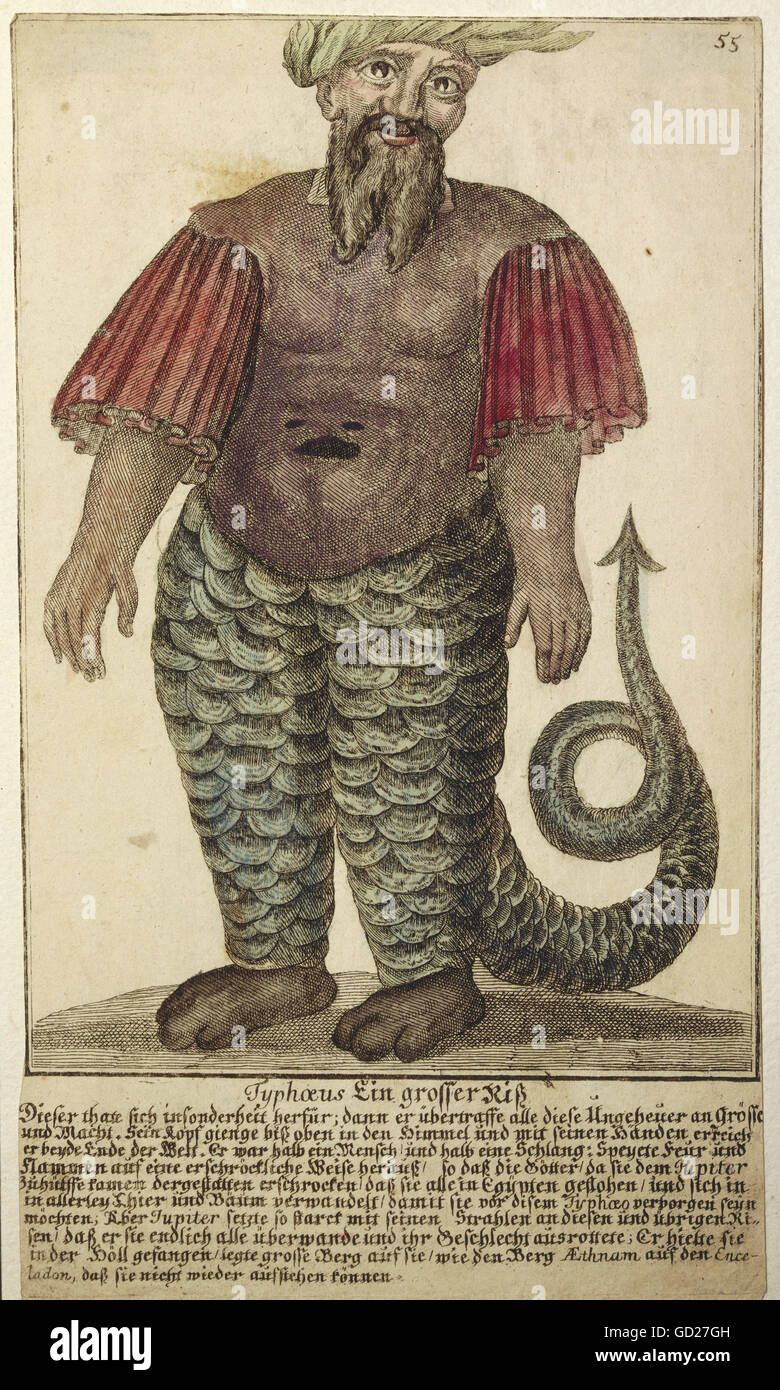 reigion, ancient world, Greek mythology, the giant Typhon, ccoloured engraving with miracle report, Augsburg, Germany, 17th / 18th century, private collection, historic, historical, mythological creature, mythical creature, fabulous animal, fabulous creature, fabulous being, mythological creatures, mythical creatures, fabulous animals, fabulous creatures, fabulous beings, Typhoeus, Typhaon, monster, monsters, legendary character, figure, ancient world, Additional-Rights-Clearences-Not Available Stock Photohttps://www.alamy.com/image-license-details/?v=1https://www.alamy.com/stock-photo-reigion-ancient-world-greek-mythology-the-giant-typhon-ccoloured-engraving-111302593.html
reigion, ancient world, Greek mythology, the giant Typhon, ccoloured engraving with miracle report, Augsburg, Germany, 17th / 18th century, private collection, historic, historical, mythological creature, mythical creature, fabulous animal, fabulous creature, fabulous being, mythological creatures, mythical creatures, fabulous animals, fabulous creatures, fabulous beings, Typhoeus, Typhaon, monster, monsters, legendary character, figure, ancient world, Additional-Rights-Clearences-Not Available Stock Photohttps://www.alamy.com/image-license-details/?v=1https://www.alamy.com/stock-photo-reigion-ancient-world-greek-mythology-the-giant-typhon-ccoloured-engraving-111302593.htmlRMGD27GH–reigion, ancient world, Greek mythology, the giant Typhon, ccoloured engraving with miracle report, Augsburg, Germany, 17th / 18th century, private collection, historic, historical, mythological creature, mythical creature, fabulous animal, fabulous creature, fabulous being, mythological creatures, mythical creatures, fabulous animals, fabulous creatures, fabulous beings, Typhoeus, Typhaon, monster, monsters, legendary character, figure, ancient world, Additional-Rights-Clearences-Not Available
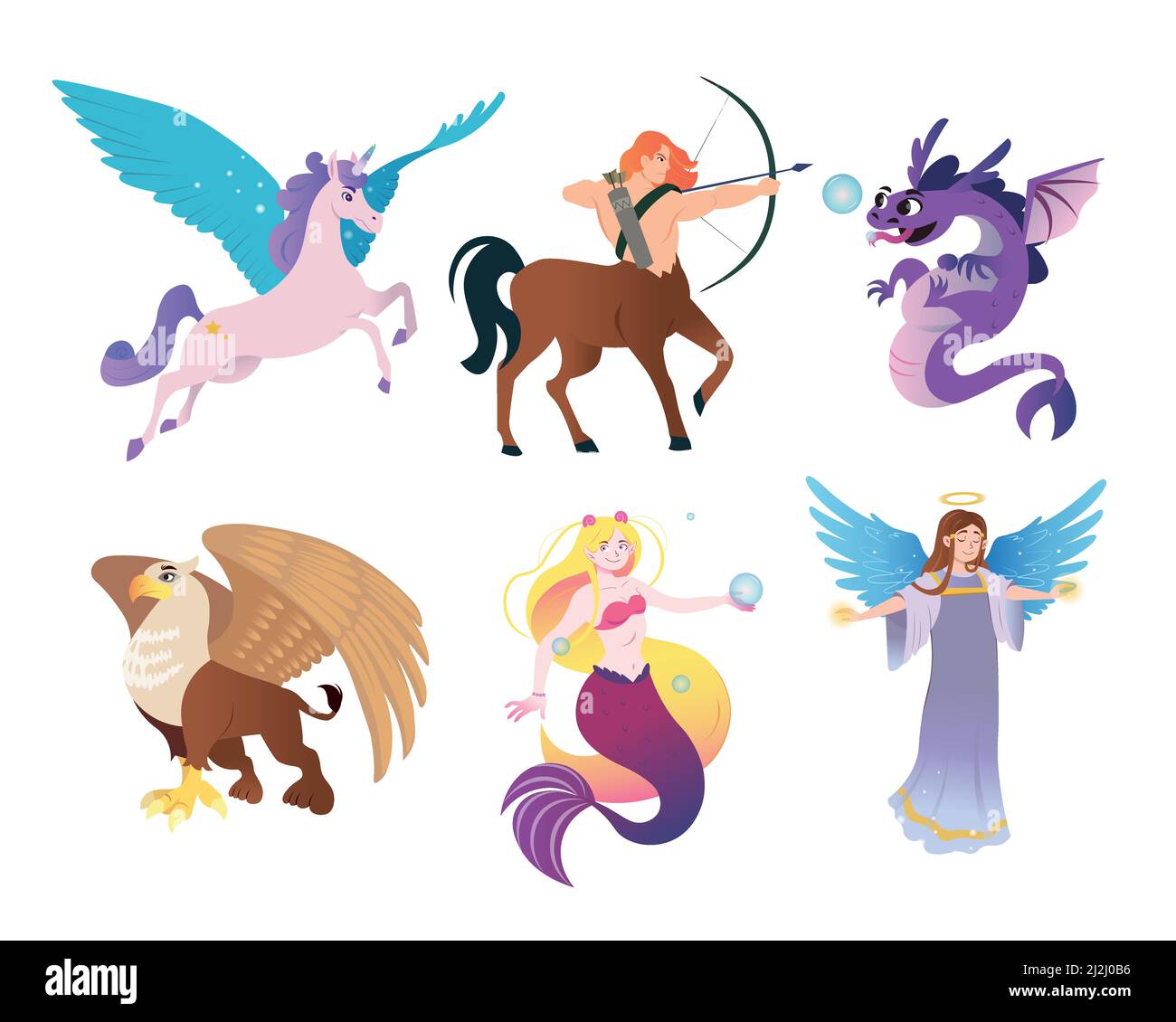 Ancient Greek monsters flat vector illustrations set. Mythical creature characters, centaur, Pegasus, mermaid, dragon, angel, griffin isolated on whit Stock Vectorhttps://www.alamy.com/image-license-details/?v=1https://www.alamy.com/ancient-greek-monsters-flat-vector-illustrations-set-mythical-creature-characters-centaur-pegasus-mermaid-dragon-angel-griffin-isolated-on-whit-image466304698.html
Ancient Greek monsters flat vector illustrations set. Mythical creature characters, centaur, Pegasus, mermaid, dragon, angel, griffin isolated on whit Stock Vectorhttps://www.alamy.com/image-license-details/?v=1https://www.alamy.com/ancient-greek-monsters-flat-vector-illustrations-set-mythical-creature-characters-centaur-pegasus-mermaid-dragon-angel-griffin-isolated-on-whit-image466304698.htmlRF2J2J0B6–Ancient Greek monsters flat vector illustrations set. Mythical creature characters, centaur, Pegasus, mermaid, dragon, angel, griffin isolated on whit
RMMMM1JJ–. English: Hercules killing Cacus . 1545. Hans Sebald Beham (1500–) Alternative names Beham, Hans Sebald Description German engraver, artist, painter and woodcutter Date of birth/death 1500 22 November 1550 / 22 November 1550 Location of birth/death Nuremberg Frankfurt Work location Nürnberg, Frankfurt (Main), München Authority control : Q507825 VIAF: 59167585 ISNI: 0000 0001 0905 7714 ULAN: 500115491 LCCN: n80024446 WGA: BEHAM, Hans Sebald WorldCat Hercules killing Cacus, Iconotheca Valvasoriana
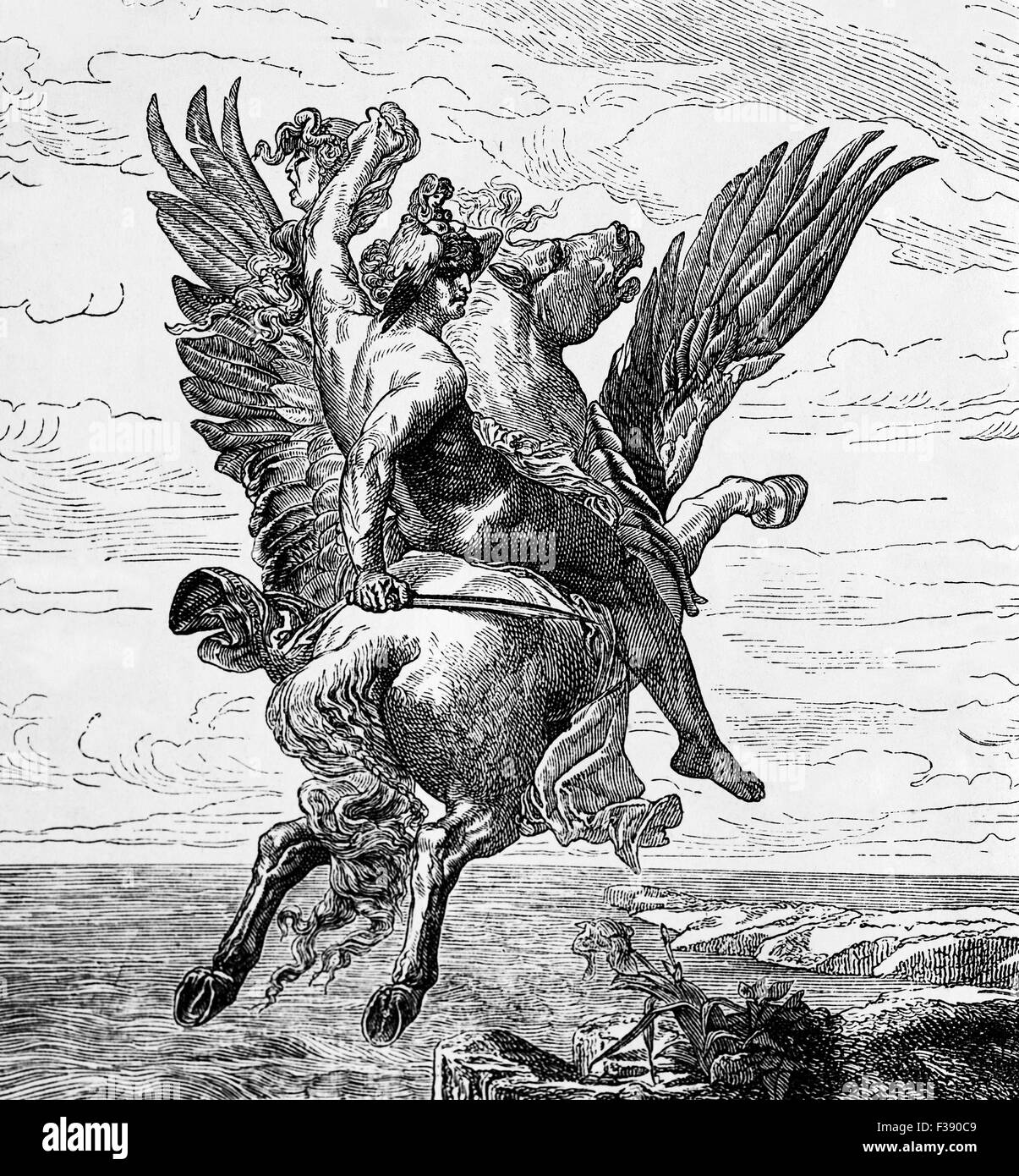 Perseus Clutching Medusa's Head after decapitating her , While Riding the Winged Horse Pagasus. Stock Photohttps://www.alamy.com/image-license-details/?v=1https://www.alamy.com/stock-photo-perseus-clutching-medusas-head-after-decapitating-her-while-riding-88093721.html
Perseus Clutching Medusa's Head after decapitating her , While Riding the Winged Horse Pagasus. Stock Photohttps://www.alamy.com/image-license-details/?v=1https://www.alamy.com/stock-photo-perseus-clutching-medusas-head-after-decapitating-her-while-riding-88093721.htmlRMF390C9–Perseus Clutching Medusa's Head after decapitating her , While Riding the Winged Horse Pagasus.
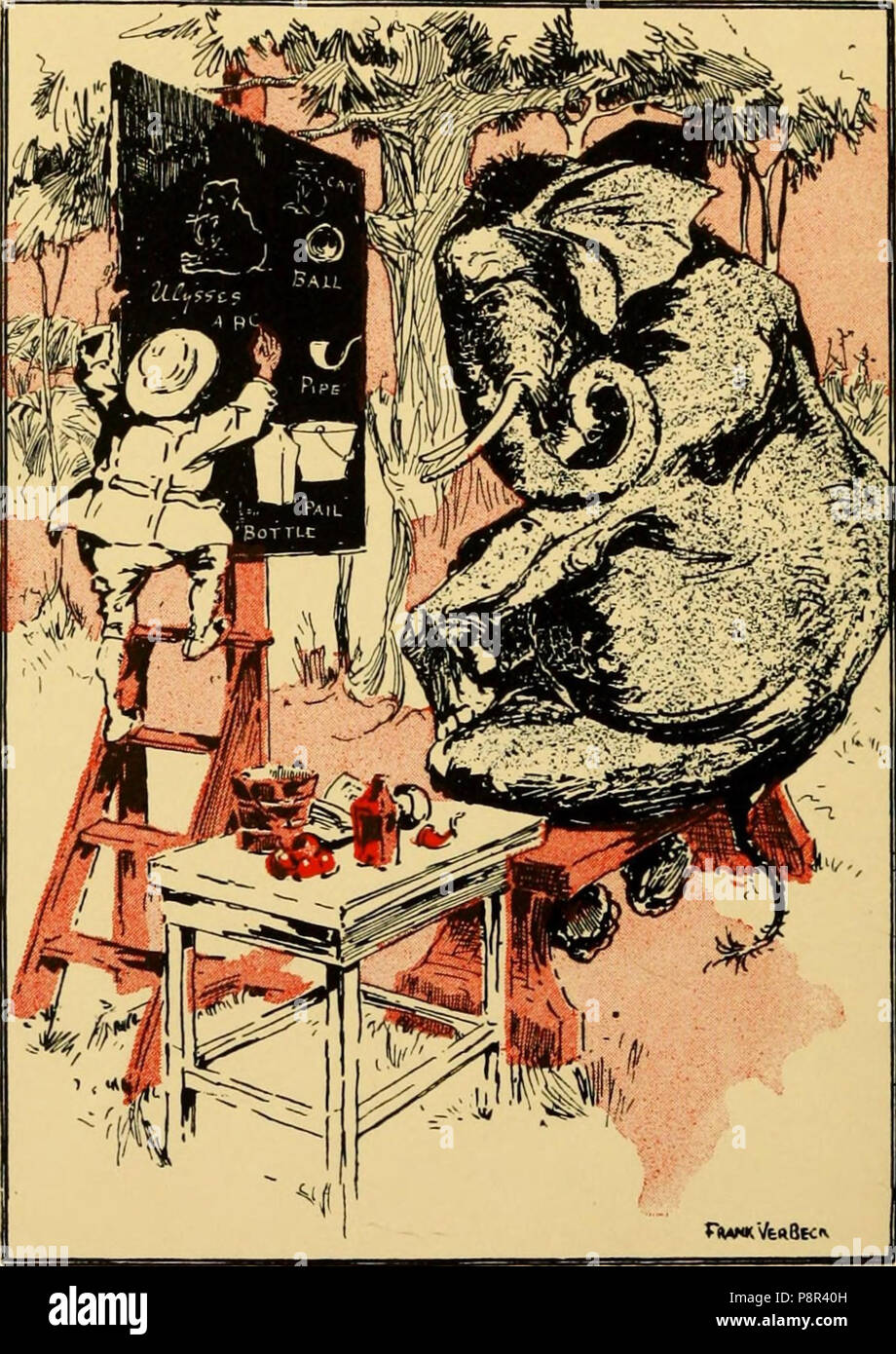 . 553 The fall of Ulysses pg 6 Stock Photohttps://www.alamy.com/image-license-details/?v=1https://www.alamy.com/553-the-fall-of-ulysses-pg-6-image211949713.html
. 553 The fall of Ulysses pg 6 Stock Photohttps://www.alamy.com/image-license-details/?v=1https://www.alamy.com/553-the-fall-of-ulysses-pg-6-image211949713.htmlRMP8R40H–. 553 The fall of Ulysses pg 6
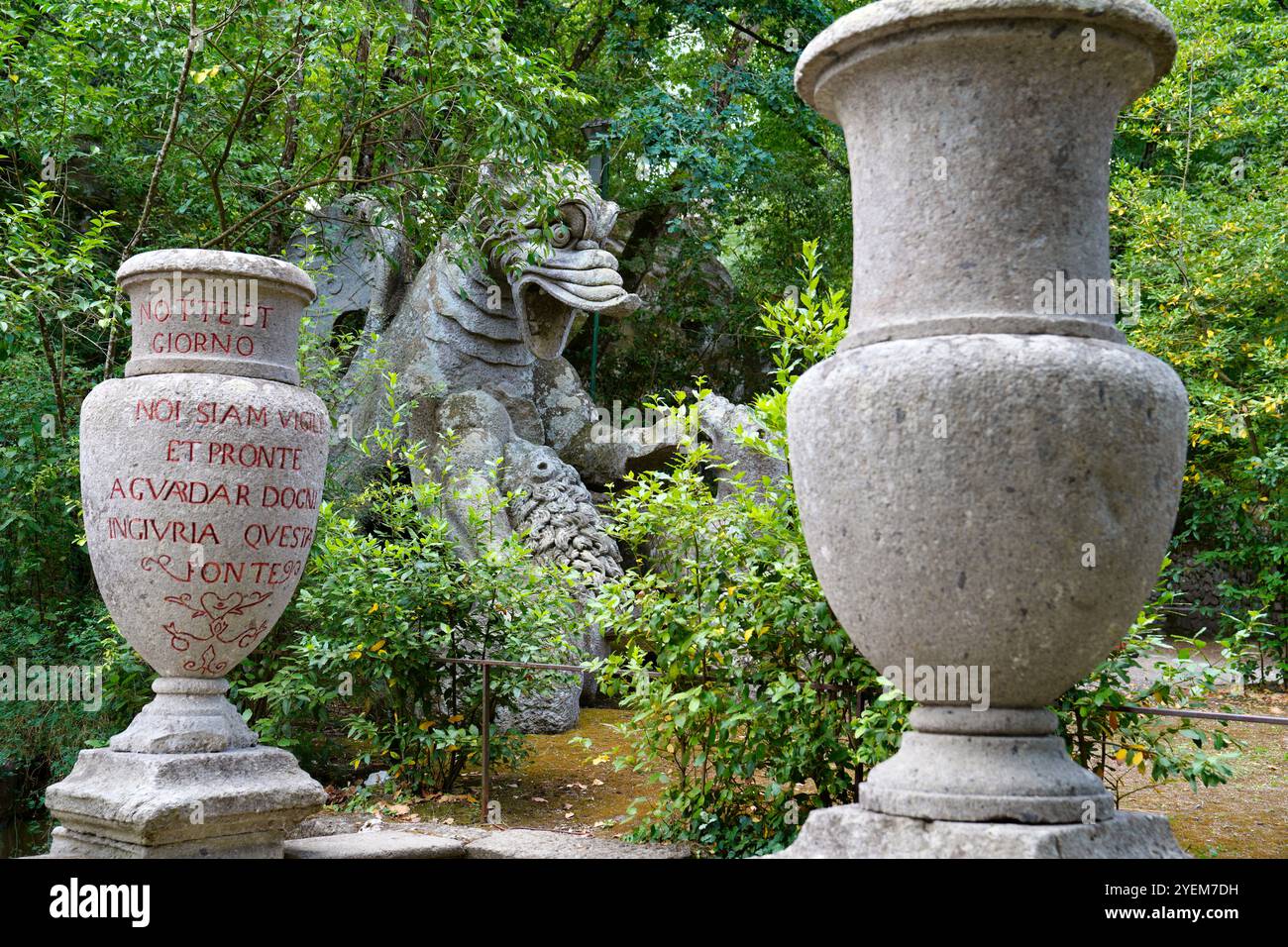 Greek vases,Sacro Bosco ,Parco dei Mostri,Groteske,Monumentalskulpturen, Stock Photohttps://www.alamy.com/image-license-details/?v=1https://www.alamy.com/greek-vasessacro-bosco-parco-dei-mostrigroteskemonumentalskulpturen-image628623341.html
Greek vases,Sacro Bosco ,Parco dei Mostri,Groteske,Monumentalskulpturen, Stock Photohttps://www.alamy.com/image-license-details/?v=1https://www.alamy.com/greek-vasessacro-bosco-parco-dei-mostrigroteskemonumentalskulpturen-image628623341.htmlRM2YEM7DH–Greek vases,Sacro Bosco ,Parco dei Mostri,Groteske,Monumentalskulpturen,
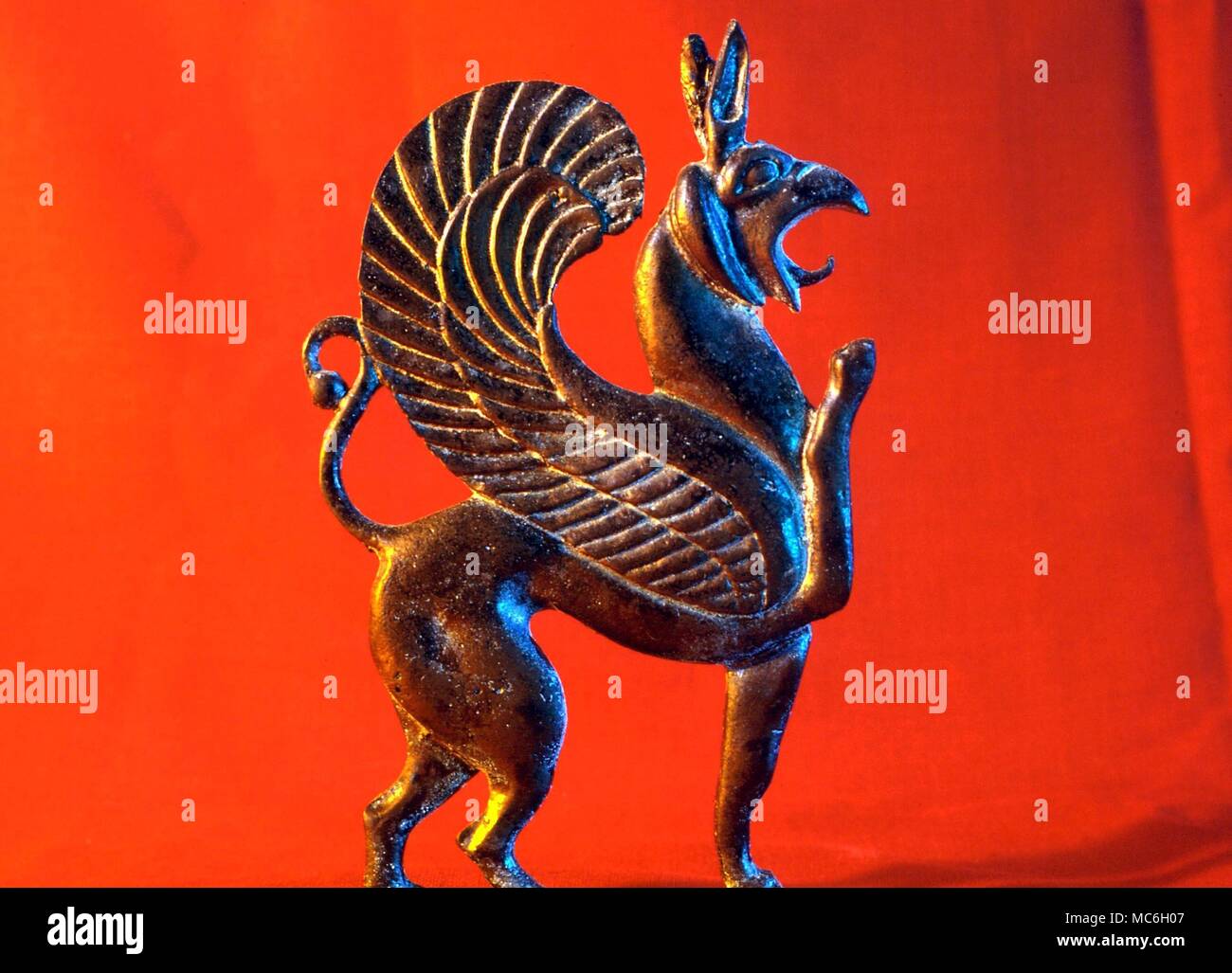 MONSTERS - GRIFFIN. Bronze griffin - Archaic Greek, of circa 7th century, possibly from Olympia. Private collection Stock Photohttps://www.alamy.com/image-license-details/?v=1https://www.alamy.com/monsters-griffin-bronze-griffin-archaic-greek-of-circa-7th-century-possibly-from-olympia-private-collection-image179624599.html
MONSTERS - GRIFFIN. Bronze griffin - Archaic Greek, of circa 7th century, possibly from Olympia. Private collection Stock Photohttps://www.alamy.com/image-license-details/?v=1https://www.alamy.com/monsters-griffin-bronze-griffin-archaic-greek-of-circa-7th-century-possibly-from-olympia-private-collection-image179624599.htmlRMMC6H07–MONSTERS - GRIFFIN. Bronze griffin - Archaic Greek, of circa 7th century, possibly from Olympia. Private collection
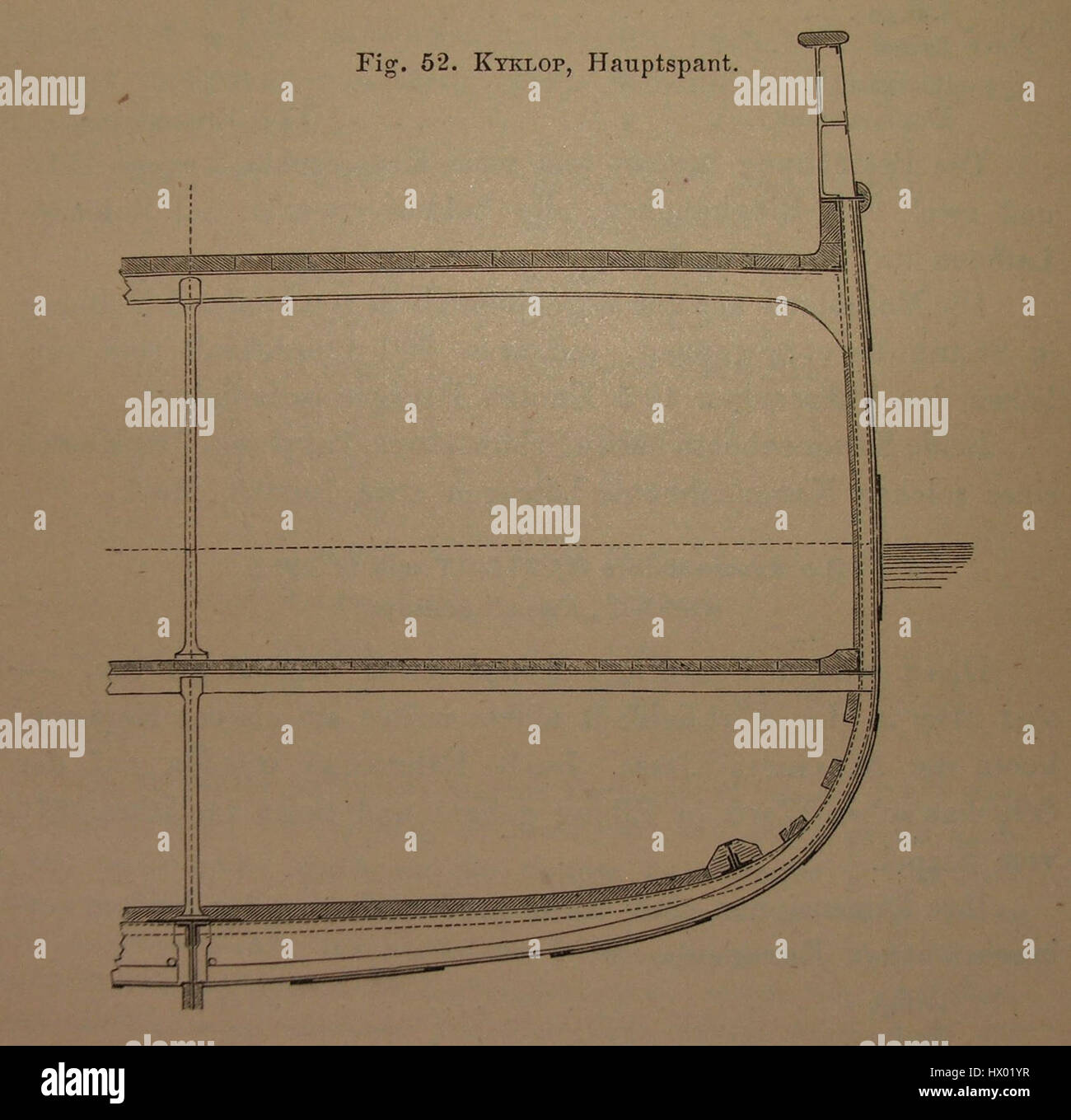 Fig. 52. Kyklop is an artistic representation of the mythical figure of the Cyclops from Greek mythology. The image is an interpretation of the Cyclops' singular eye and its association with ancient myths of gods and monsters. Stock Photohttps://www.alamy.com/image-license-details/?v=1https://www.alamy.com/stock-photo-fig-52-kyklop-is-an-artistic-representation-of-the-mythical-figure-136455195.html
Fig. 52. Kyklop is an artistic representation of the mythical figure of the Cyclops from Greek mythology. The image is an interpretation of the Cyclops' singular eye and its association with ancient myths of gods and monsters. Stock Photohttps://www.alamy.com/image-license-details/?v=1https://www.alamy.com/stock-photo-fig-52-kyklop-is-an-artistic-representation-of-the-mythical-figure-136455195.htmlRMHX01YR–Fig. 52. Kyklop is an artistic representation of the mythical figure of the Cyclops from Greek mythology. The image is an interpretation of the Cyclops' singular eye and its association with ancient myths of gods and monsters.
 Medusa , Sculpture, Monsters, Gorgons Greek mythology, Medusa Gorgon. Nicholas Catsimpoolas Collection Stock Photohttps://www.alamy.com/image-license-details/?v=1https://www.alamy.com/medusa-sculpture-monsters-gorgons-greek-mythology-medusa-gorgon-nicholas-catsimpoolas-collection-image501311478.html
Medusa , Sculpture, Monsters, Gorgons Greek mythology, Medusa Gorgon. Nicholas Catsimpoolas Collection Stock Photohttps://www.alamy.com/image-license-details/?v=1https://www.alamy.com/medusa-sculpture-monsters-gorgons-greek-mythology-medusa-gorgon-nicholas-catsimpoolas-collection-image501311478.htmlRM2M3GKWA–Medusa , Sculpture, Monsters, Gorgons Greek mythology, Medusa Gorgon. Nicholas Catsimpoolas Collection
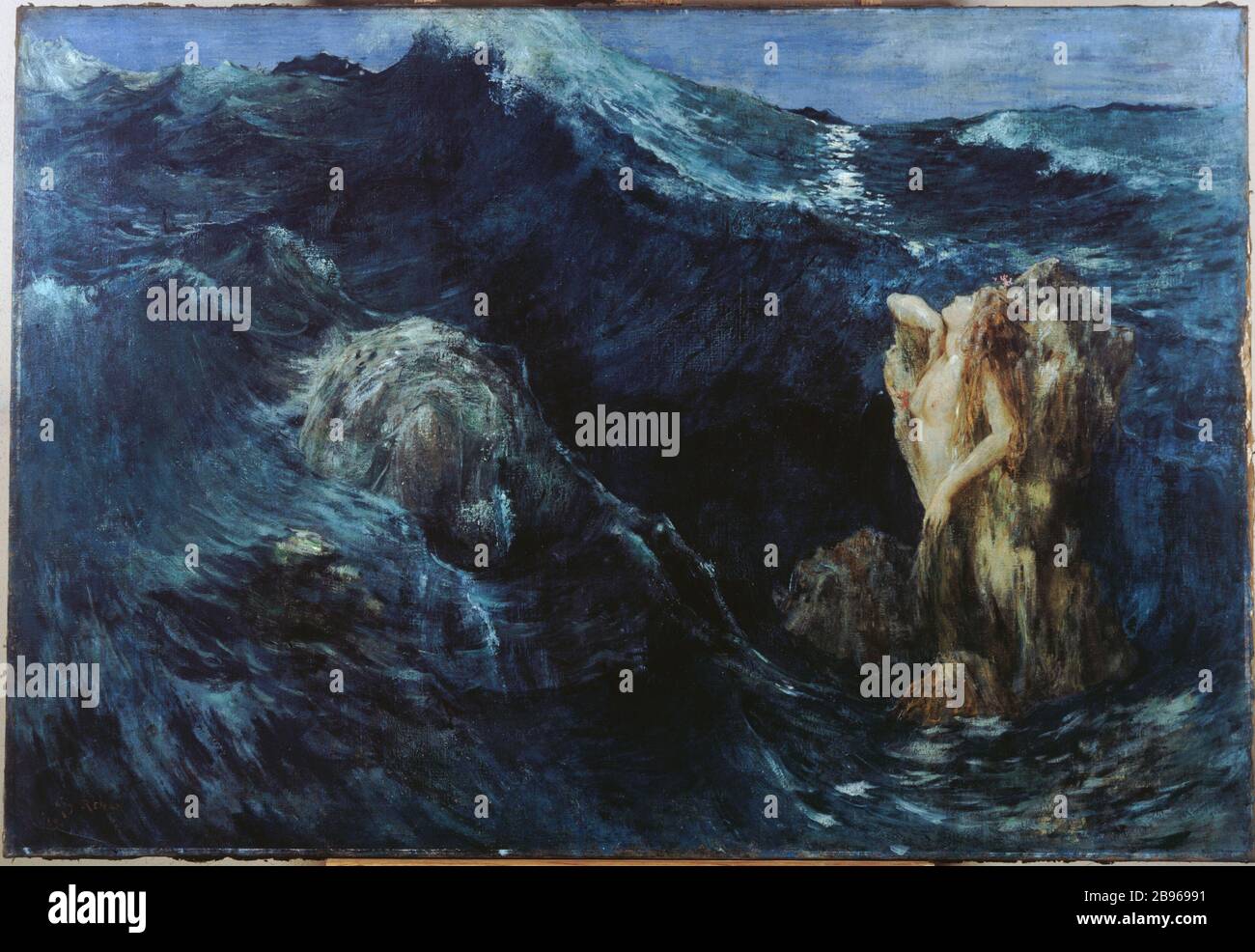 CHARYBDE ET SCYLLA Ary Renan (1858-1900). 'Charybde et Scylla'. Paris, musée de la Vie romantique. Stock Photohttps://www.alamy.com/image-license-details/?v=1https://www.alamy.com/charybde-et-scylla-ary-renan-1858-1900-charybde-et-scylla-paris-muse-de-la-vie-romantique-image349878285.html
CHARYBDE ET SCYLLA Ary Renan (1858-1900). 'Charybde et Scylla'. Paris, musée de la Vie romantique. Stock Photohttps://www.alamy.com/image-license-details/?v=1https://www.alamy.com/charybde-et-scylla-ary-renan-1858-1900-charybde-et-scylla-paris-muse-de-la-vie-romantique-image349878285.htmlRM2B96991–CHARYBDE ET SCYLLA Ary Renan (1858-1900). 'Charybde et Scylla'. Paris, musée de la Vie romantique.
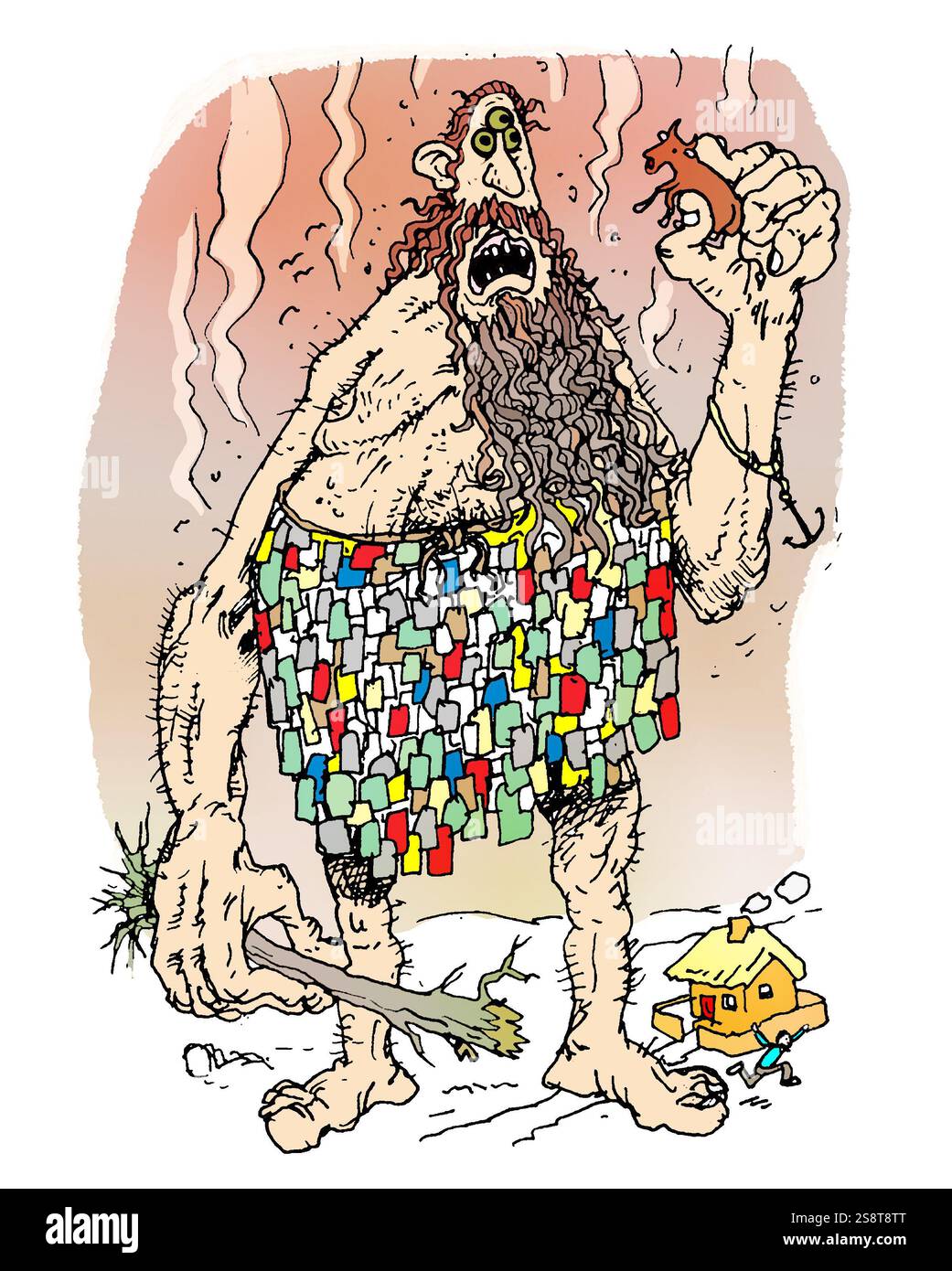 Illustration art of three-eyed giant Oxylus, holding a cow, tiny house in the background, folktales, fairy stories, Greek mythical creatures daimon Stock Photohttps://www.alamy.com/image-license-details/?v=1https://www.alamy.com/illustration-art-of-three-eyed-giant-oxylus-holding-a-cow-tiny-house-in-the-background-folktales-fairy-stories-greek-mythical-creatures-daimon-image642234680.html
Illustration art of three-eyed giant Oxylus, holding a cow, tiny house in the background, folktales, fairy stories, Greek mythical creatures daimon Stock Photohttps://www.alamy.com/image-license-details/?v=1https://www.alamy.com/illustration-art-of-three-eyed-giant-oxylus-holding-a-cow-tiny-house-in-the-background-folktales-fairy-stories-greek-mythical-creatures-daimon-image642234680.htmlRM2S8T8TT–Illustration art of three-eyed giant Oxylus, holding a cow, tiny house in the background, folktales, fairy stories, Greek mythical creatures daimon
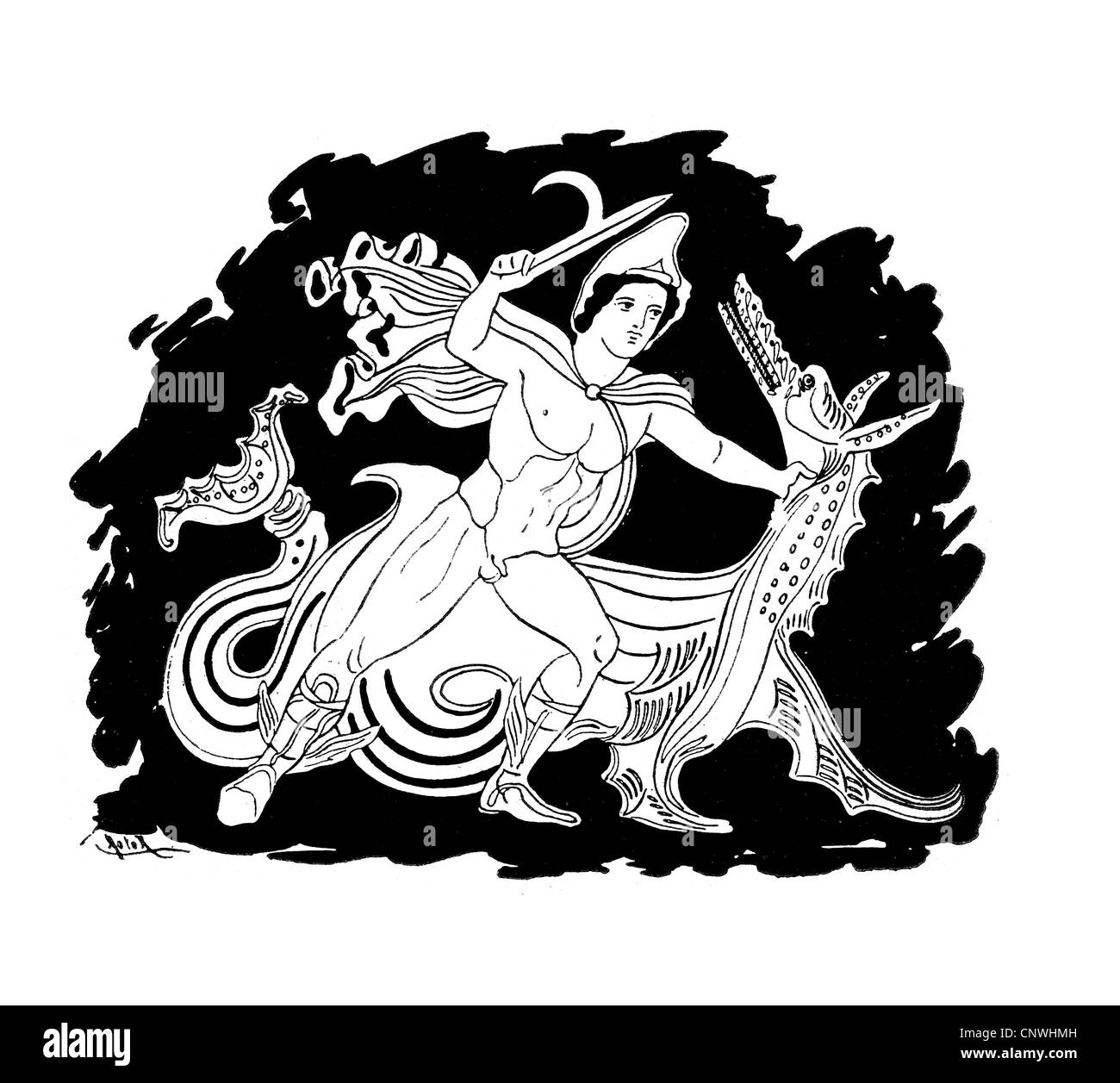 An ancient Greek hero slaying a dragon or worm Stock Photohttps://www.alamy.com/image-license-details/?v=1https://www.alamy.com/stock-photo-an-ancient-greek-hero-slaying-a-dragon-or-worm-47891217.html
An ancient Greek hero slaying a dragon or worm Stock Photohttps://www.alamy.com/image-license-details/?v=1https://www.alamy.com/stock-photo-an-ancient-greek-hero-slaying-a-dragon-or-worm-47891217.htmlRMCNWHMH–An ancient Greek hero slaying a dragon or worm
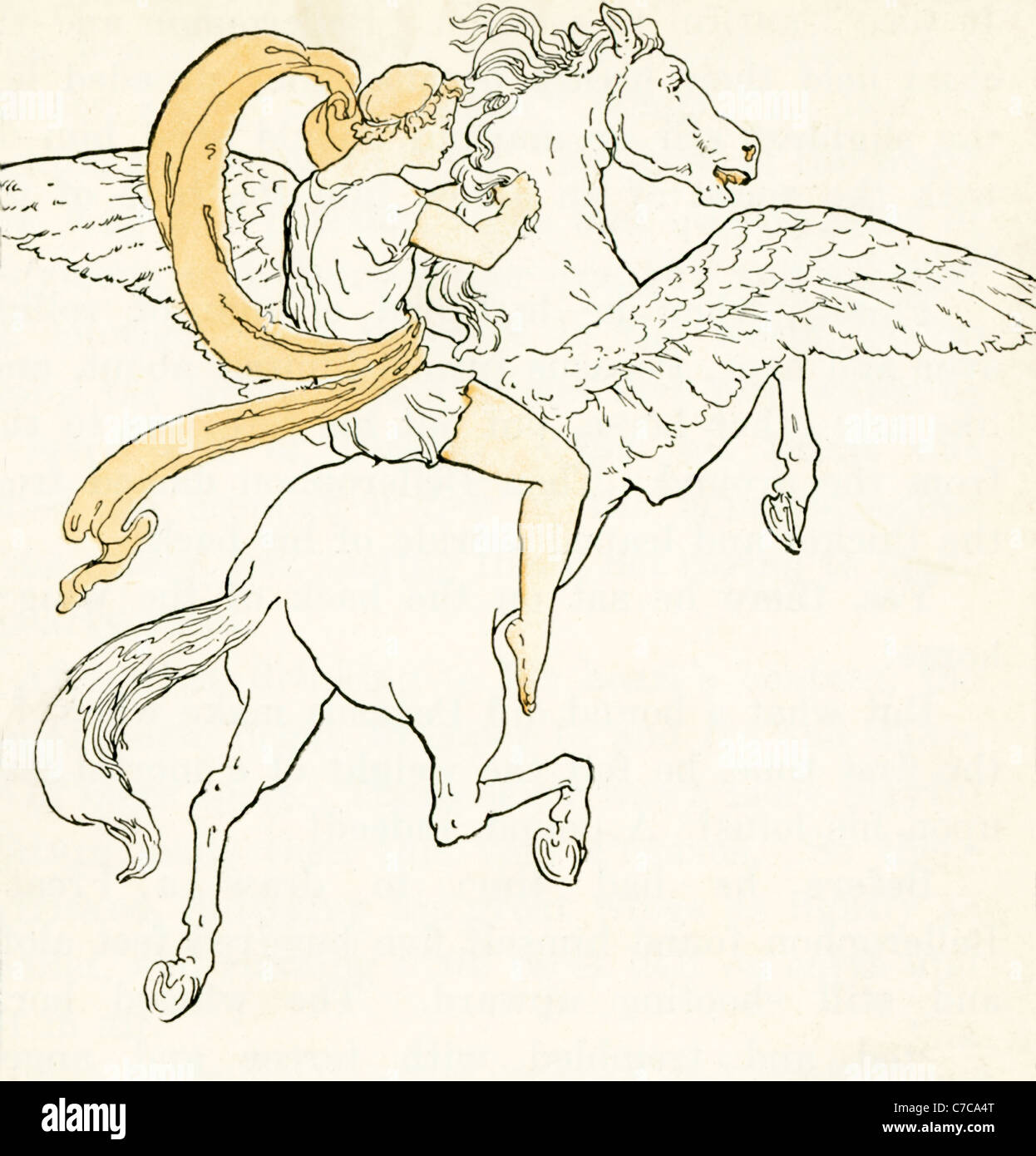 According to Greek mythology, the hero Bellerophon, with the aid of the winged horse Pegasus, slew the monster as the Chimaera. Stock Photohttps://www.alamy.com/image-license-details/?v=1https://www.alamy.com/stock-photo-according-to-greek-mythology-the-hero-bellerophon-with-the-aid-of-38994728.html
According to Greek mythology, the hero Bellerophon, with the aid of the winged horse Pegasus, slew the monster as the Chimaera. Stock Photohttps://www.alamy.com/image-license-details/?v=1https://www.alamy.com/stock-photo-according-to-greek-mythology-the-hero-bellerophon-with-the-aid-of-38994728.htmlRFC7CA4T–According to Greek mythology, the hero Bellerophon, with the aid of the winged horse Pegasus, slew the monster as the Chimaera.
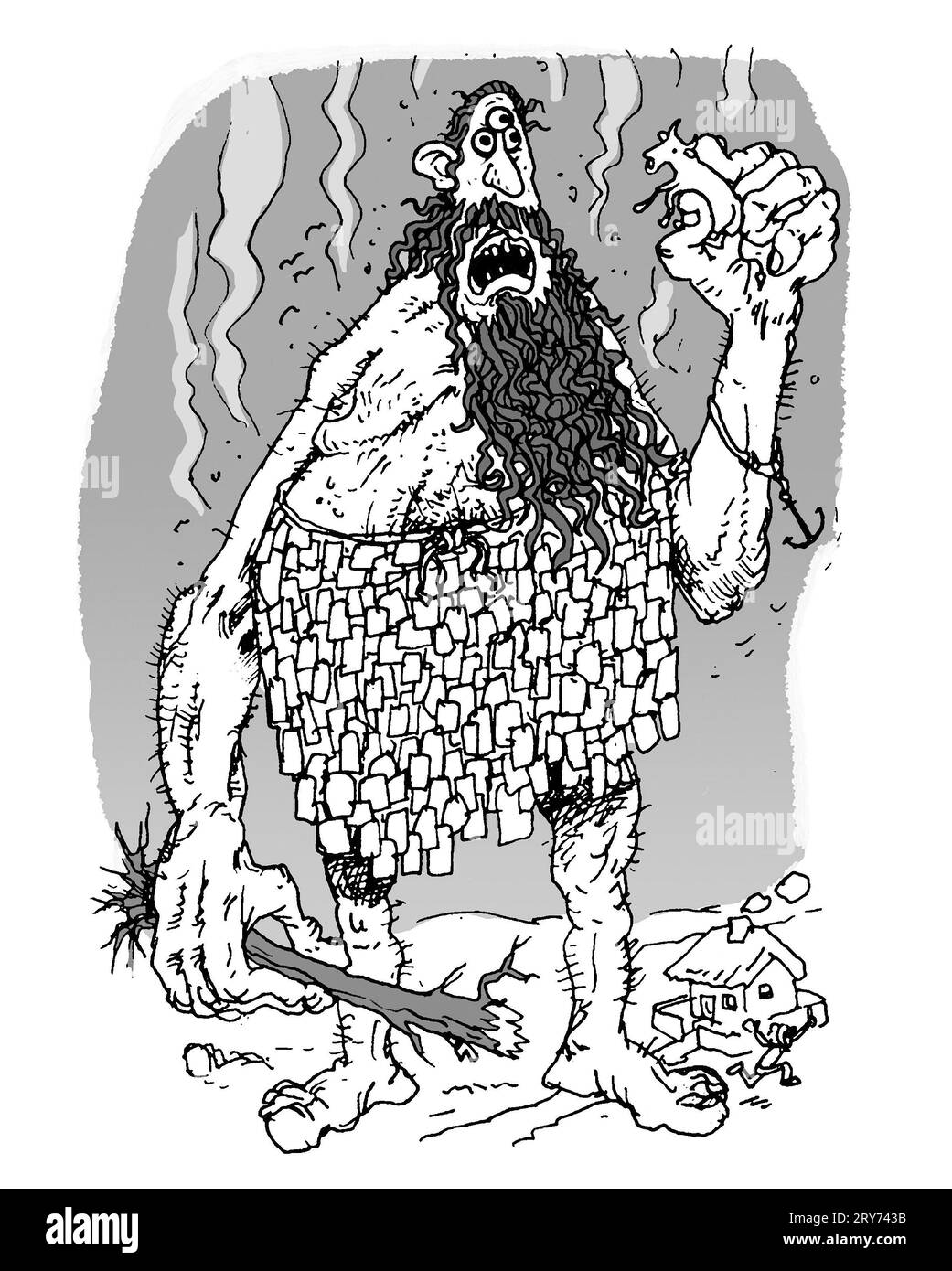 Black & white art of three-eyed giant Oxylus, holding a cow, tiny house in the background, folktales, fairy stories, Greek mythical creatures daimon Stock Photohttps://www.alamy.com/image-license-details/?v=1https://www.alamy.com/black-white-art-of-three-eyed-giant-oxylus-holding-a-cow-tiny-house-in-the-background-folktales-fairy-stories-greek-mythical-creatures-daimon-image567484383.html
Black & white art of three-eyed giant Oxylus, holding a cow, tiny house in the background, folktales, fairy stories, Greek mythical creatures daimon Stock Photohttps://www.alamy.com/image-license-details/?v=1https://www.alamy.com/black-white-art-of-three-eyed-giant-oxylus-holding-a-cow-tiny-house-in-the-background-folktales-fairy-stories-greek-mythical-creatures-daimon-image567484383.htmlRM2RY743B–Black & white art of three-eyed giant Oxylus, holding a cow, tiny house in the background, folktales, fairy stories, Greek mythical creatures daimon
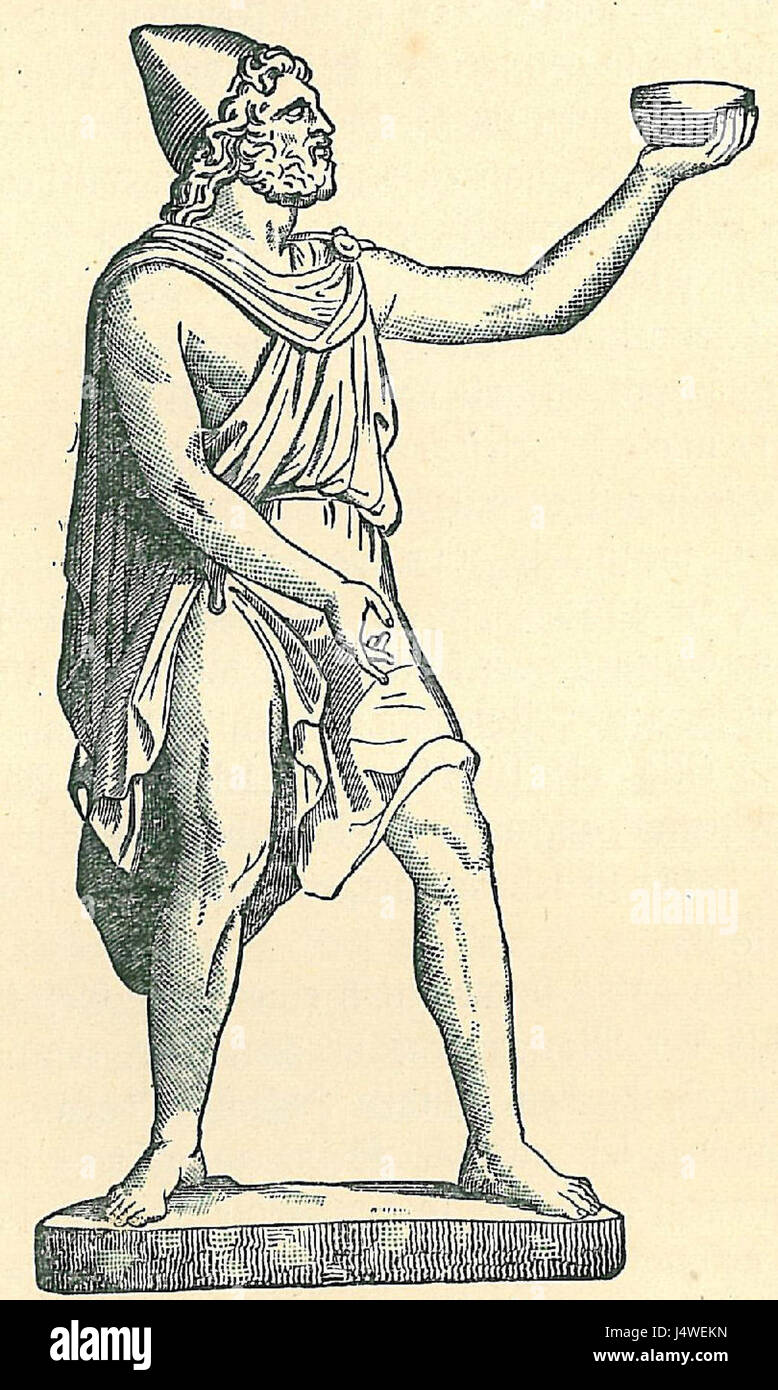 Trink Kyklop Stock Photohttps://www.alamy.com/image-license-details/?v=1https://www.alamy.com/stock-photo-trink-kyklop-140701897.html
Trink Kyklop Stock Photohttps://www.alamy.com/image-license-details/?v=1https://www.alamy.com/stock-photo-trink-kyklop-140701897.htmlRMJ4WEKN–Trink Kyklop
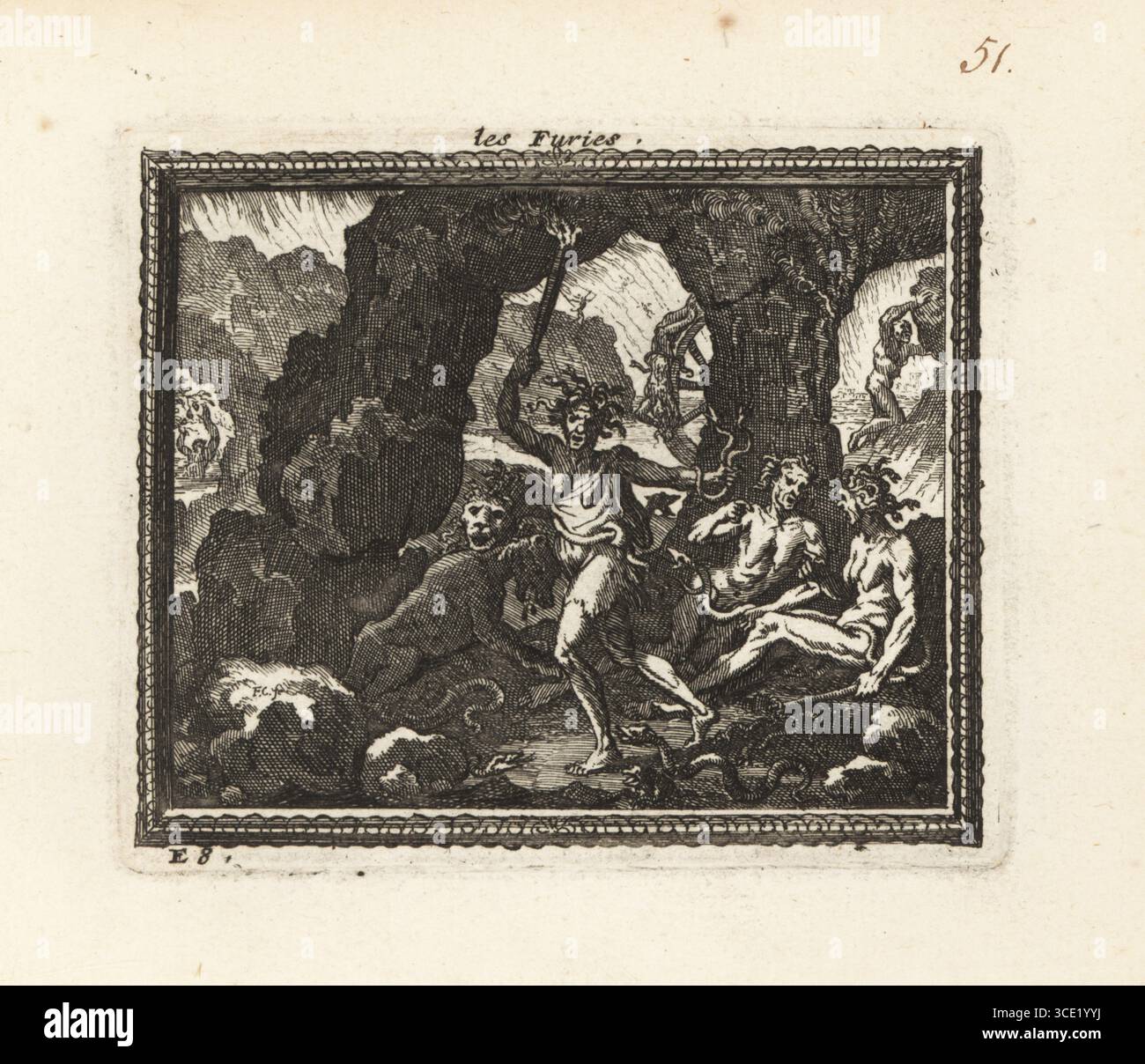 The three vengeful Furies in a cave with snakes and monsters. Three old women, Alecto, Megaera and Tisiphone, in rags with snakes for hair. In the background, Sisyphus pushing a rock up a hill, and victims on a Wheel of Fortune. Les Furies. Copperplate engraving by Francois Chauveau from Metamorphoses d’Ovide en Rondeaux, Ovid’s Metamorphoses, chez Audran, Paris, 1676. Stock Photohttps://www.alamy.com/image-license-details/?v=1https://www.alamy.com/the-three-vengeful-furies-in-a-cave-with-snakes-and-monsters-three-old-women-alecto-megaera-and-tisiphone-in-rags-with-snakes-for-hair-in-the-background-sisyphus-pushing-a-rock-up-a-hill-and-victims-on-a-wheel-of-fortune-les-furies-copperplate-engraving-by-francois-chauveau-from-metamorphoses-dovide-en-rondeaux-ovids-metamorphoses-chez-audran-paris-1676-image697063798.html
The three vengeful Furies in a cave with snakes and monsters. Three old women, Alecto, Megaera and Tisiphone, in rags with snakes for hair. In the background, Sisyphus pushing a rock up a hill, and victims on a Wheel of Fortune. Les Furies. Copperplate engraving by Francois Chauveau from Metamorphoses d’Ovide en Rondeaux, Ovid’s Metamorphoses, chez Audran, Paris, 1676. Stock Photohttps://www.alamy.com/image-license-details/?v=1https://www.alamy.com/the-three-vengeful-furies-in-a-cave-with-snakes-and-monsters-three-old-women-alecto-megaera-and-tisiphone-in-rags-with-snakes-for-hair-in-the-background-sisyphus-pushing-a-rock-up-a-hill-and-victims-on-a-wheel-of-fortune-les-furies-copperplate-engraving-by-francois-chauveau-from-metamorphoses-dovide-en-rondeaux-ovids-metamorphoses-chez-audran-paris-1676-image697063798.htmlRM3CE1YYJ–The three vengeful Furies in a cave with snakes and monsters. Three old women, Alecto, Megaera and Tisiphone, in rags with snakes for hair. In the background, Sisyphus pushing a rock up a hill, and victims on a Wheel of Fortune. Les Furies. Copperplate engraving by Francois Chauveau from Metamorphoses d’Ovide en Rondeaux, Ovid’s Metamorphoses, chez Audran, Paris, 1676.
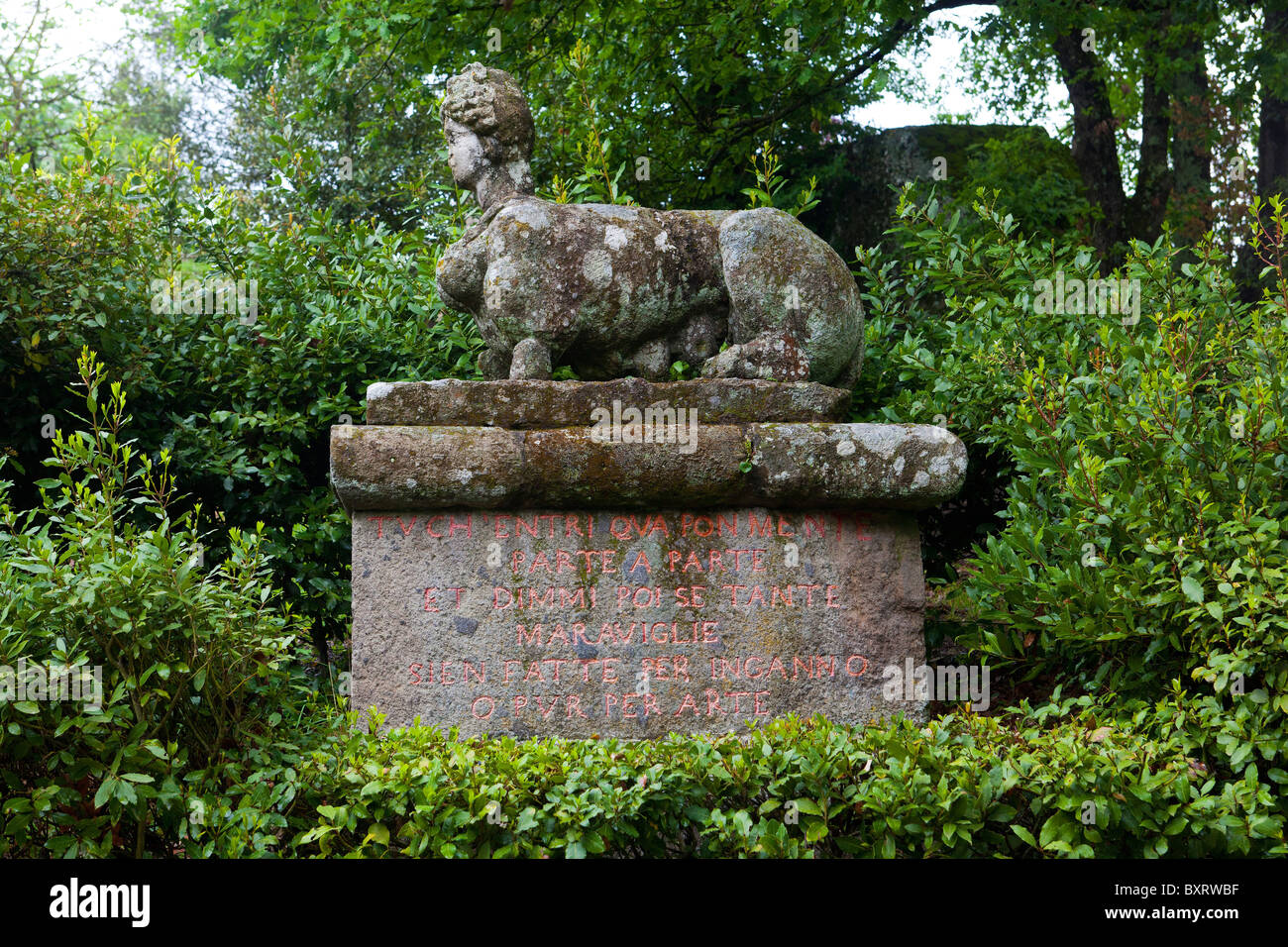 The Sphinx Greek, Parco dei Mostri monumental complex, Bomarzo, Lazio, Italy Stock Photohttps://www.alamy.com/image-license-details/?v=1https://www.alamy.com/stock-photo-the-sphinx-greek-parco-dei-mostri-monumental-complex-bomarzo-lazio-33716243.html
The Sphinx Greek, Parco dei Mostri monumental complex, Bomarzo, Lazio, Italy Stock Photohttps://www.alamy.com/image-license-details/?v=1https://www.alamy.com/stock-photo-the-sphinx-greek-parco-dei-mostri-monumental-complex-bomarzo-lazio-33716243.htmlRMBXRWBF–The Sphinx Greek, Parco dei Mostri monumental complex, Bomarzo, Lazio, Italy
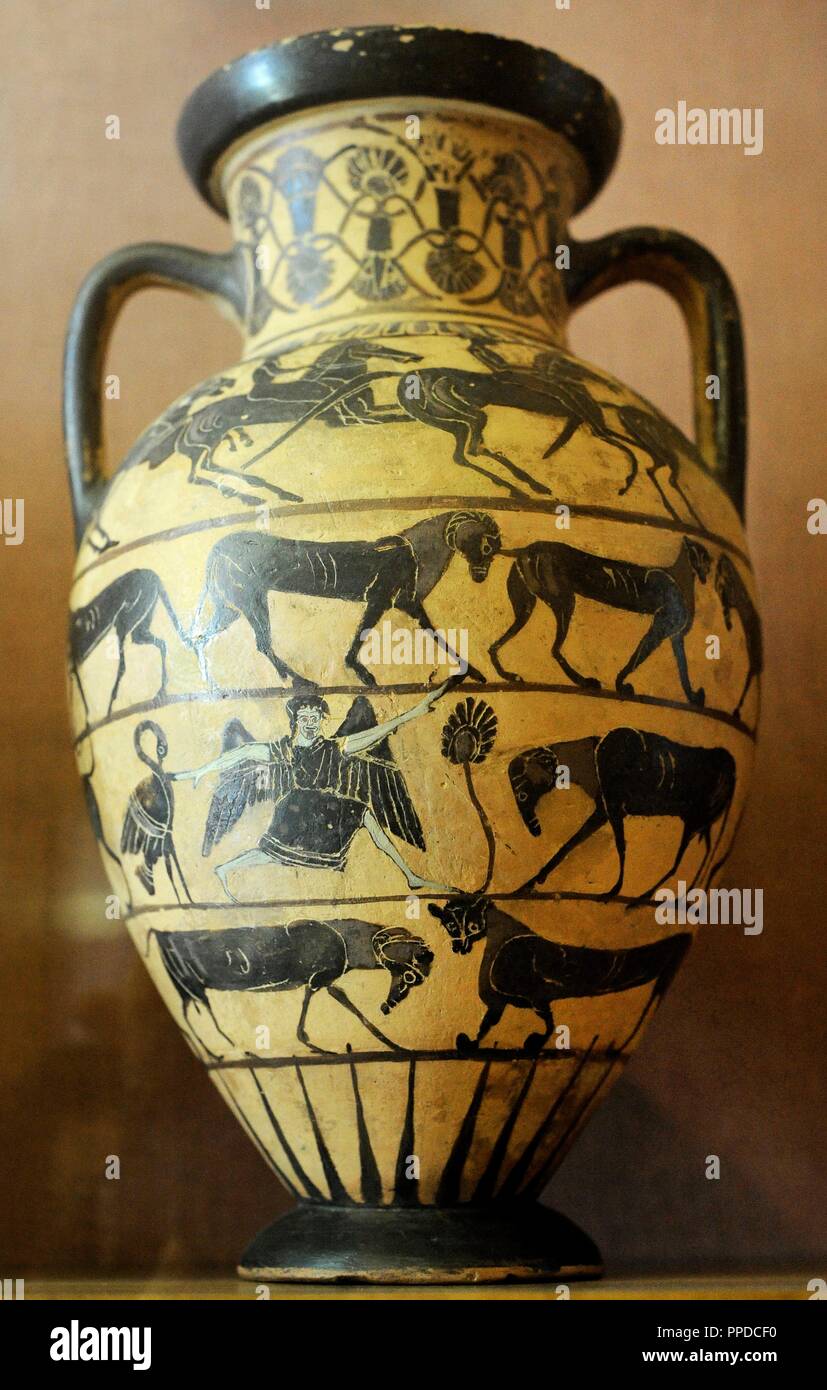 Greek art. Tyrrenian neck-amphora: riders, animals and monsters. 570-560 BC. Clay. The State Hermitage Museum. Saint Petersburg. Russia. Stock Photohttps://www.alamy.com/image-license-details/?v=1https://www.alamy.com/greek-art-tyrrenian-neck-amphora-riders-animals-and-monsters-570-560-bc-clay-the-state-hermitage-museum-saint-petersburg-russia-image220342052.html
Greek art. Tyrrenian neck-amphora: riders, animals and monsters. 570-560 BC. Clay. The State Hermitage Museum. Saint Petersburg. Russia. Stock Photohttps://www.alamy.com/image-license-details/?v=1https://www.alamy.com/greek-art-tyrrenian-neck-amphora-riders-animals-and-monsters-570-560-bc-clay-the-state-hermitage-museum-saint-petersburg-russia-image220342052.htmlRMPPDCF0–Greek art. Tyrrenian neck-amphora: riders, animals and monsters. 570-560 BC. Clay. The State Hermitage Museum. Saint Petersburg. Russia.
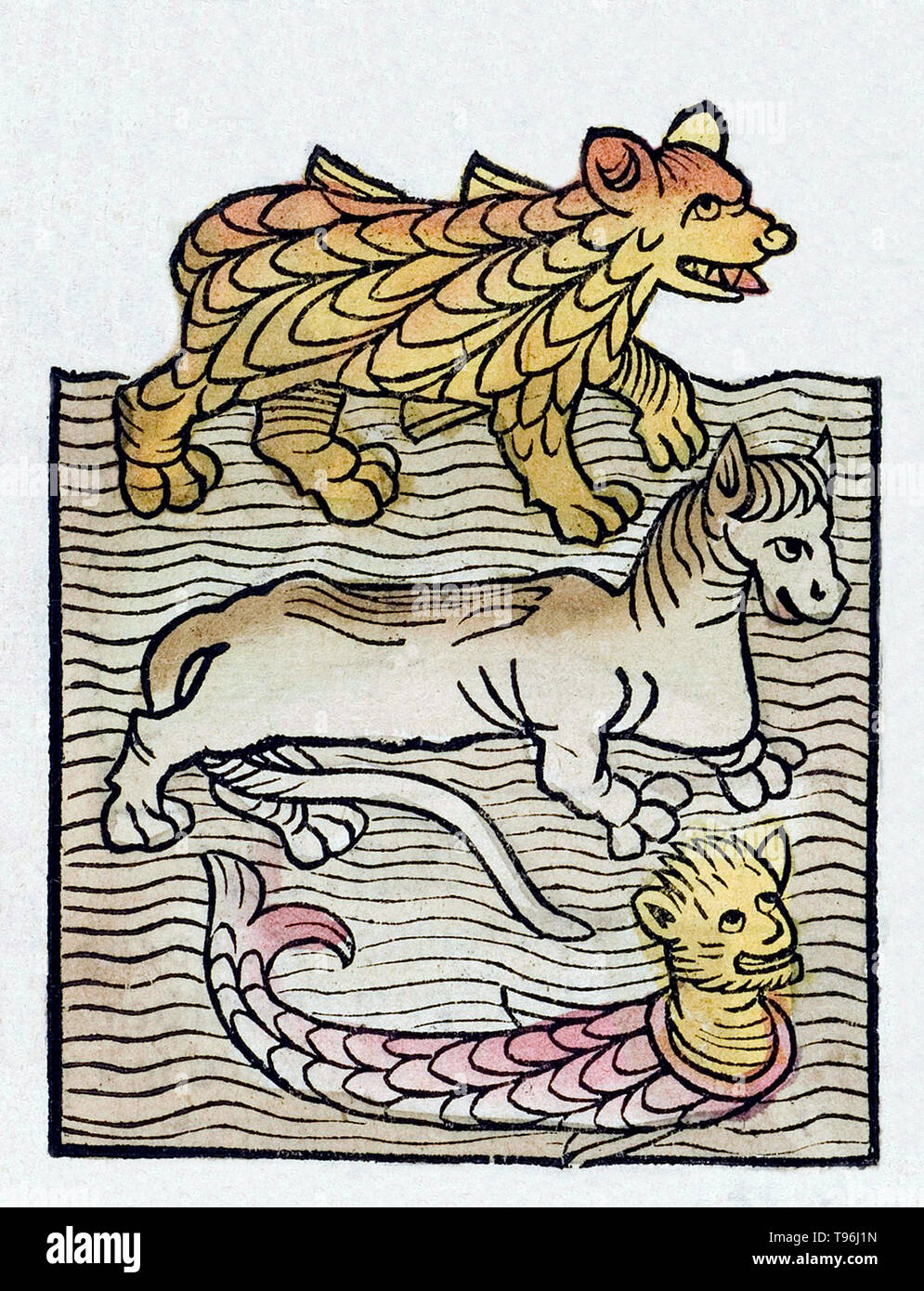 A sea serpent or sea dragon is a type of dragon described in various mythologies, most notably Greek (Cetus, Echidna, Hydra, Scylla), Mesopotamian (Tiamat), Hebrew (Leviathan), and Norse (Jörmungandr). n antiquity and in the bible, dragons were imagined as huge serpentine monsters. The Hortus Sanitatis (Garden of Health), the first natural history encyclopedia, was published by Jacob Meydenbach in Germany, 1491. Stock Photohttps://www.alamy.com/image-license-details/?v=1https://www.alamy.com/a-sea-serpent-or-sea-dragon-is-a-type-of-dragon-described-in-various-mythologies-most-notably-greek-cetus-echidna-hydra-scylla-mesopotamian-tiamat-hebrew-leviathan-and-norse-jrmungandr-n-antiquity-and-in-the-bible-dragons-were-imagined-as-huge-serpentine-monsters-the-hortus-sanitatis-garden-of-health-the-first-natural-history-encyclopedia-was-published-by-jacob-meydenbach-in-germany-1491-image246622929.html
A sea serpent or sea dragon is a type of dragon described in various mythologies, most notably Greek (Cetus, Echidna, Hydra, Scylla), Mesopotamian (Tiamat), Hebrew (Leviathan), and Norse (Jörmungandr). n antiquity and in the bible, dragons were imagined as huge serpentine monsters. The Hortus Sanitatis (Garden of Health), the first natural history encyclopedia, was published by Jacob Meydenbach in Germany, 1491. Stock Photohttps://www.alamy.com/image-license-details/?v=1https://www.alamy.com/a-sea-serpent-or-sea-dragon-is-a-type-of-dragon-described-in-various-mythologies-most-notably-greek-cetus-echidna-hydra-scylla-mesopotamian-tiamat-hebrew-leviathan-and-norse-jrmungandr-n-antiquity-and-in-the-bible-dragons-were-imagined-as-huge-serpentine-monsters-the-hortus-sanitatis-garden-of-health-the-first-natural-history-encyclopedia-was-published-by-jacob-meydenbach-in-germany-1491-image246622929.htmlRMT96J1N–A sea serpent or sea dragon is a type of dragon described in various mythologies, most notably Greek (Cetus, Echidna, Hydra, Scylla), Mesopotamian (Tiamat), Hebrew (Leviathan), and Norse (Jörmungandr). n antiquity and in the bible, dragons were imagined as huge serpentine monsters. The Hortus Sanitatis (Garden of Health), the first natural history encyclopedia, was published by Jacob Meydenbach in Germany, 1491.
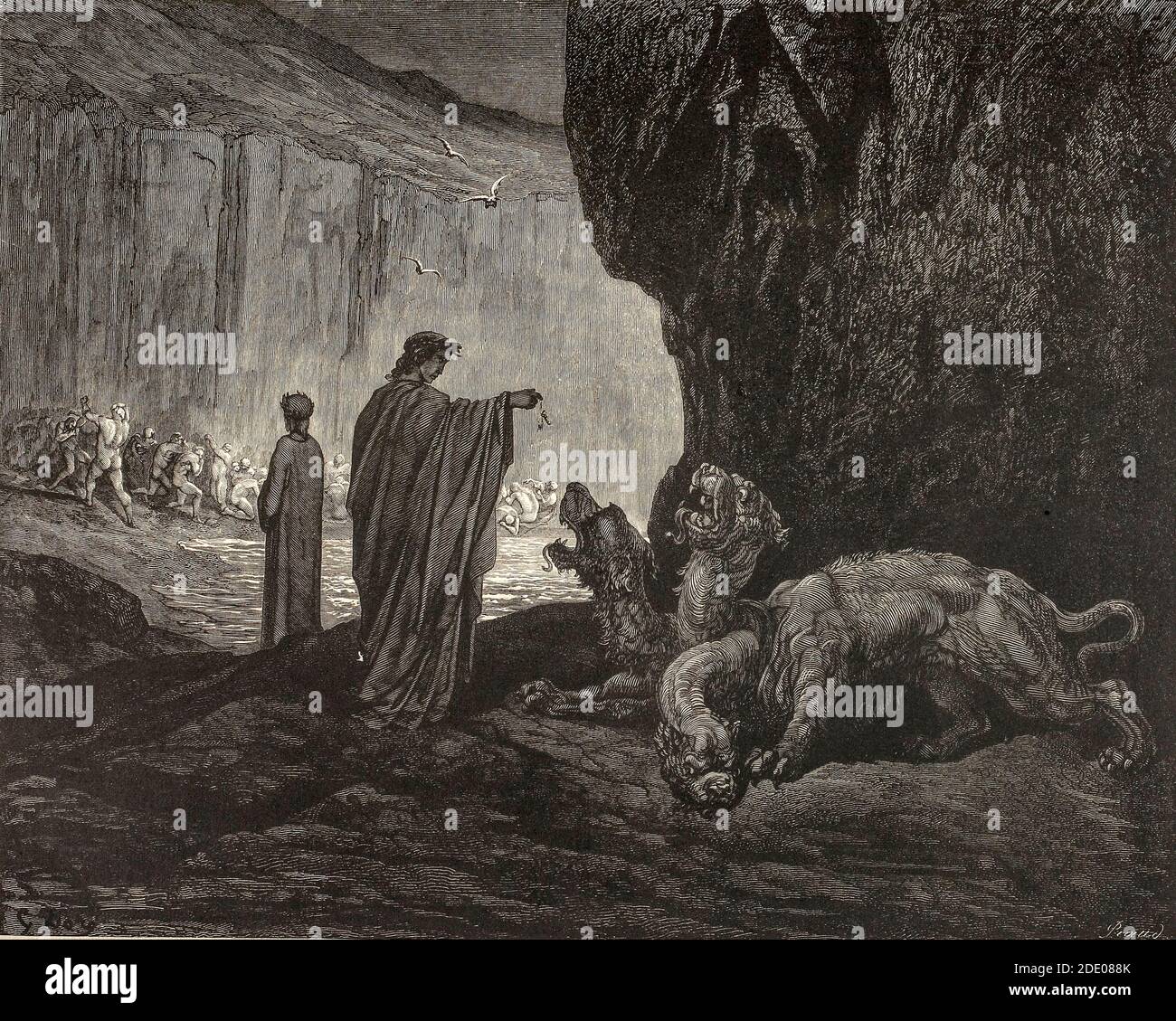 Dante Divina Commedia - Hell -Dante meets Cerberus, a character from Greek mythology, one of the monsters guarding the entrance to the underworld over which the god Hades reigned - Canto VI - illustration by Gustave Dorè Stock Photohttps://www.alamy.com/image-license-details/?v=1https://www.alamy.com/dante-divina-commedia-hell-dante-meets-cerberus-a-character-from-greek-mythology-one-of-the-monsters-guarding-the-entrance-to-the-underworld-over-which-the-god-hades-reigned-canto-vi-illustration-by-gustave-dor-image387239795.html
Dante Divina Commedia - Hell -Dante meets Cerberus, a character from Greek mythology, one of the monsters guarding the entrance to the underworld over which the god Hades reigned - Canto VI - illustration by Gustave Dorè Stock Photohttps://www.alamy.com/image-license-details/?v=1https://www.alamy.com/dante-divina-commedia-hell-dante-meets-cerberus-a-character-from-greek-mythology-one-of-the-monsters-guarding-the-entrance-to-the-underworld-over-which-the-god-hades-reigned-canto-vi-illustration-by-gustave-dor-image387239795.htmlRM2DE088K–Dante Divina Commedia - Hell -Dante meets Cerberus, a character from Greek mythology, one of the monsters guarding the entrance to the underworld over which the god Hades reigned - Canto VI - illustration by Gustave Dorè
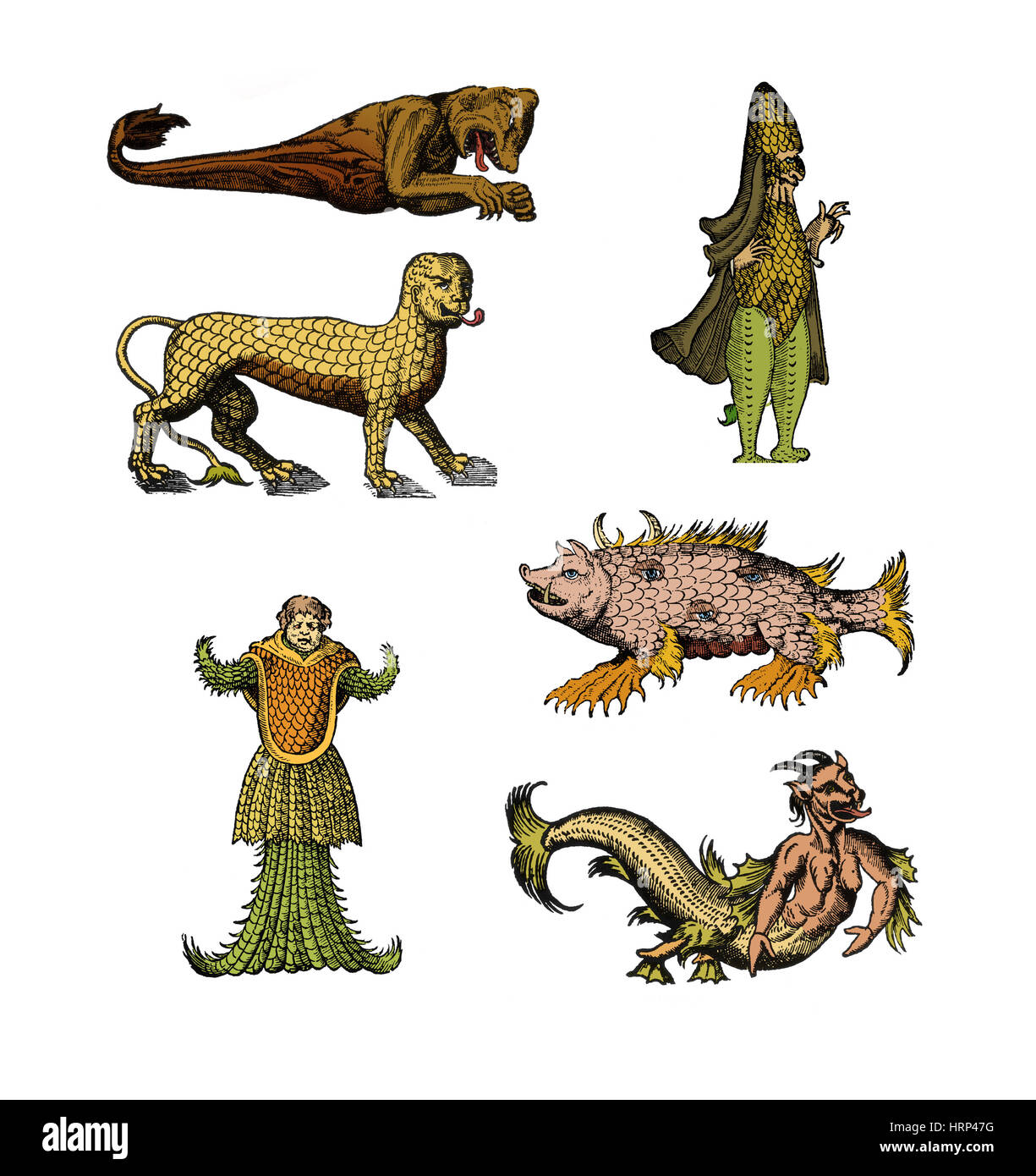 Sea Monsters Stock Photohttps://www.alamy.com/image-license-details/?v=1https://www.alamy.com/stock-photo-sea-monsters-135095956.html
Sea Monsters Stock Photohttps://www.alamy.com/image-license-details/?v=1https://www.alamy.com/stock-photo-sea-monsters-135095956.htmlRMHRP47G–Sea Monsters
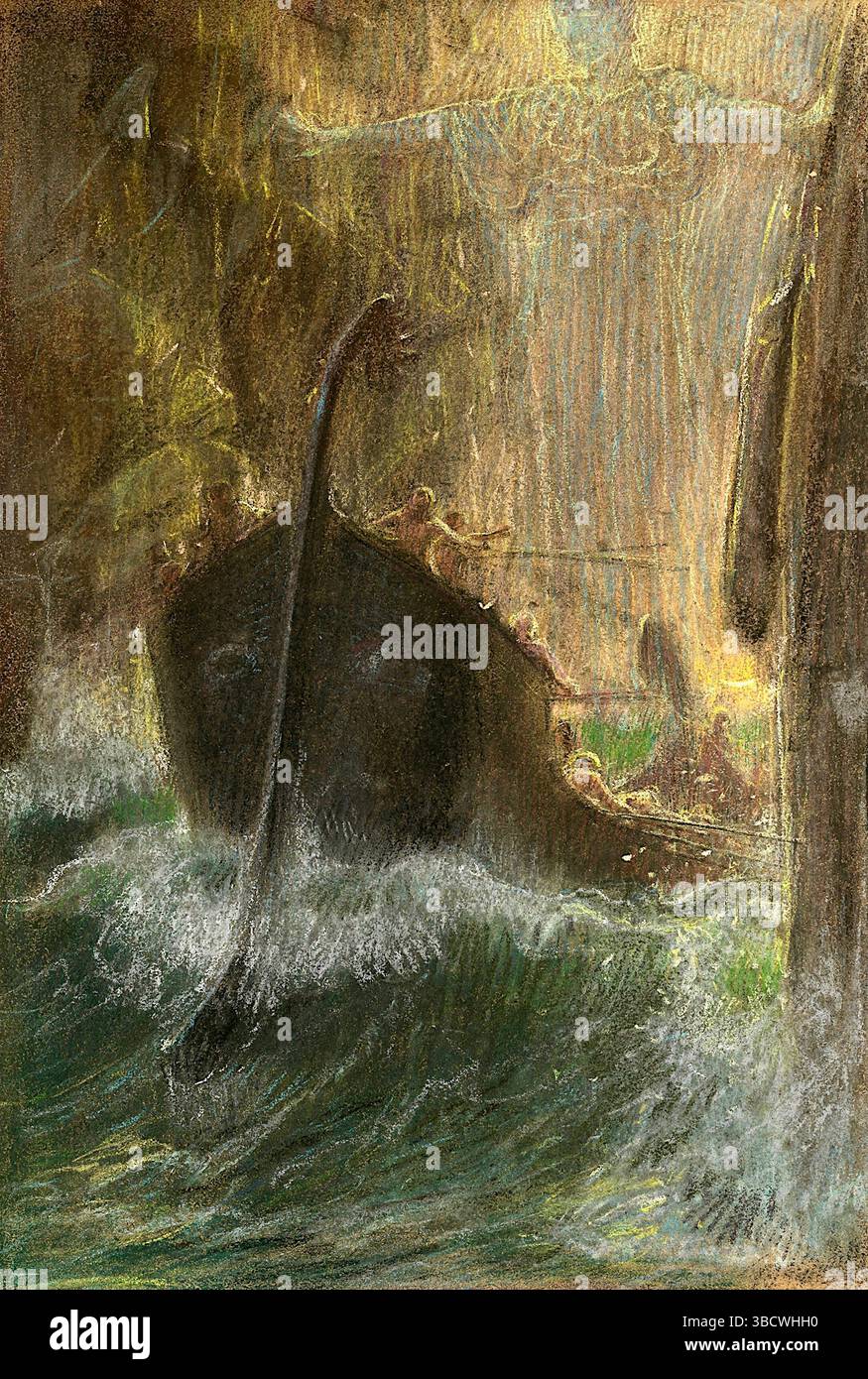 Adolf Hirémy-Hirschl - Between Scylla and Charybdis - 1910 - Odysseus and crew navigate the perilous strait between the monsters Scylla and Charybdis. Stock Photohttps://www.alamy.com/image-license-details/?v=1https://www.alamy.com/adolf-hirmy-hirschl-between-scylla-and-charybdis-1910-odysseus-and-crew-navigate-the-perilous-strait-between-the-monsters-scylla-and-charybdis-image679142828.html
Adolf Hirémy-Hirschl - Between Scylla and Charybdis - 1910 - Odysseus and crew navigate the perilous strait between the monsters Scylla and Charybdis. Stock Photohttps://www.alamy.com/image-license-details/?v=1https://www.alamy.com/adolf-hirmy-hirschl-between-scylla-and-charybdis-1910-odysseus-and-crew-navigate-the-perilous-strait-between-the-monsters-scylla-and-charybdis-image679142828.htmlRF3BCWHH0–Adolf Hirémy-Hirschl - Between Scylla and Charybdis - 1910 - Odysseus and crew navigate the perilous strait between the monsters Scylla and Charybdis.
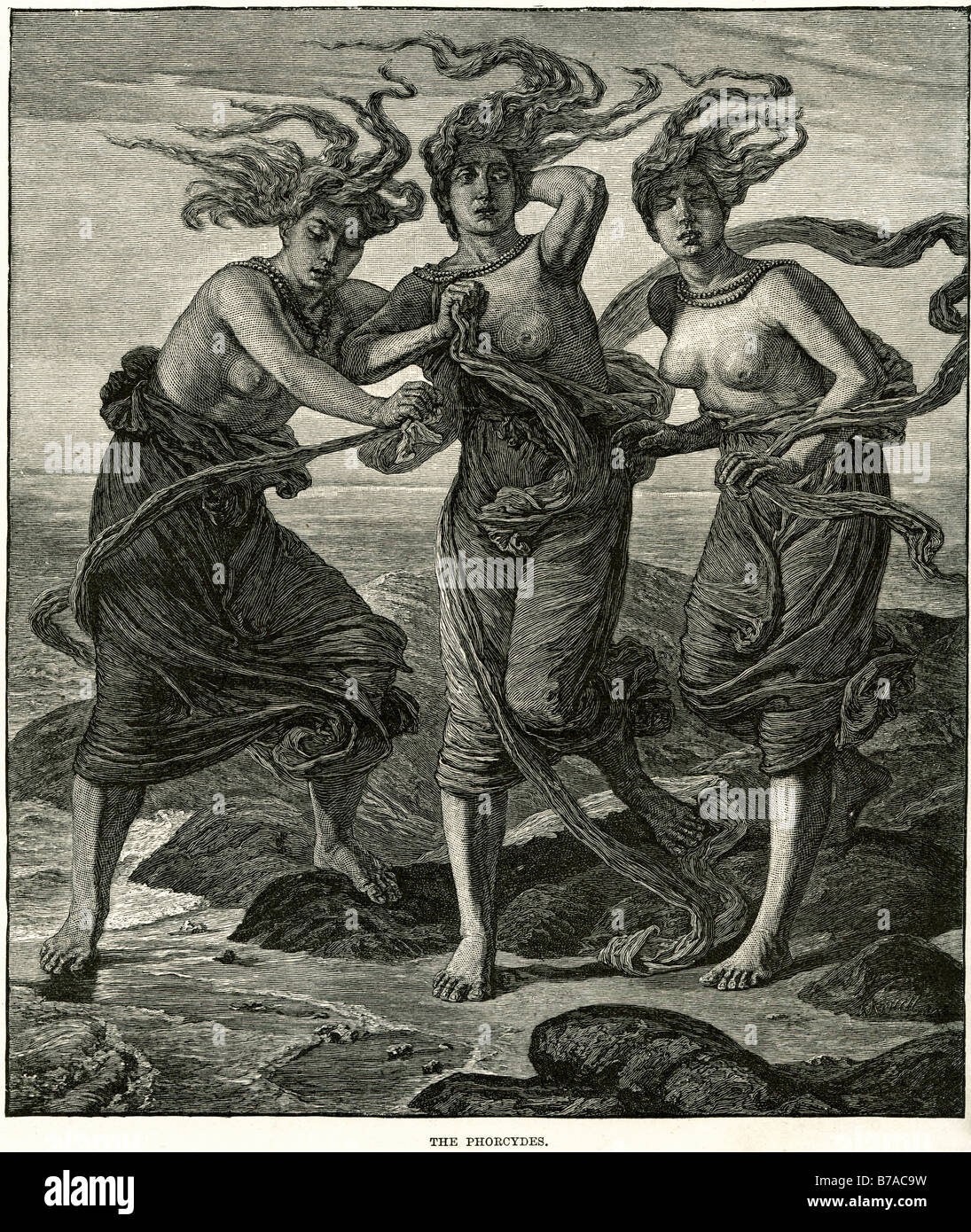 phorcydes In Greek mythology the Phorcydes were the children of Phorcys and Ceto and include the Hesperides, the Graeae, the Gor Stock Photohttps://www.alamy.com/image-license-details/?v=1https://www.alamy.com/stock-photo-phorcydes-in-greek-mythology-the-phorcydes-were-the-children-of-phorcys-21742165.html
phorcydes In Greek mythology the Phorcydes were the children of Phorcys and Ceto and include the Hesperides, the Graeae, the Gor Stock Photohttps://www.alamy.com/image-license-details/?v=1https://www.alamy.com/stock-photo-phorcydes-in-greek-mythology-the-phorcydes-were-the-children-of-phorcys-21742165.htmlRMB7AC9W–phorcydes In Greek mythology the Phorcydes were the children of Phorcys and Ceto and include the Hesperides, the Graeae, the Gor
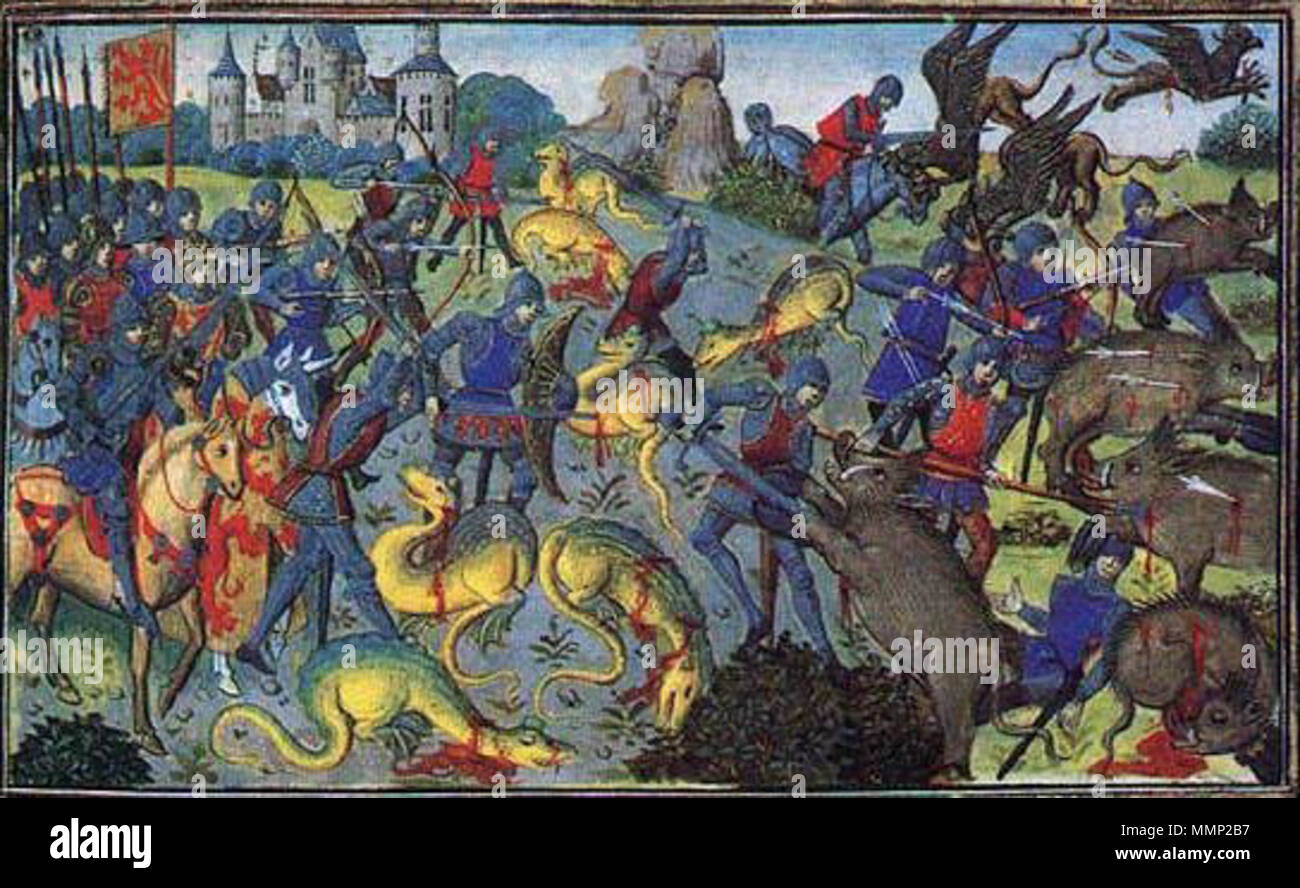 . Английский: Alexander the Great battling monsters, the French 15th century miniature // Russian: Александр Великий сражается с чудовищами, французская миниатюра 15 века . 15th century. Unknown 34 Alexander and Monsters Stock Photohttps://www.alamy.com/image-license-details/?v=1https://www.alamy.com/alexander-the-great-battling-monsters-the-french-15th-century-miniature-russian-15-15th-century-unknown-34-alexander-and-monsters-image184881627.html
. Английский: Alexander the Great battling monsters, the French 15th century miniature // Russian: Александр Великий сражается с чудовищами, французская миниатюра 15 века . 15th century. Unknown 34 Alexander and Monsters Stock Photohttps://www.alamy.com/image-license-details/?v=1https://www.alamy.com/alexander-the-great-battling-monsters-the-french-15th-century-miniature-russian-15-15th-century-unknown-34-alexander-and-monsters-image184881627.htmlRMMMP2B7–. Английский: Alexander the Great battling monsters, the French 15th century miniature // Russian: Александр Великий сражается с чудовищами, французская миниатюра 15 века . 15th century. Unknown 34 Alexander and Monsters
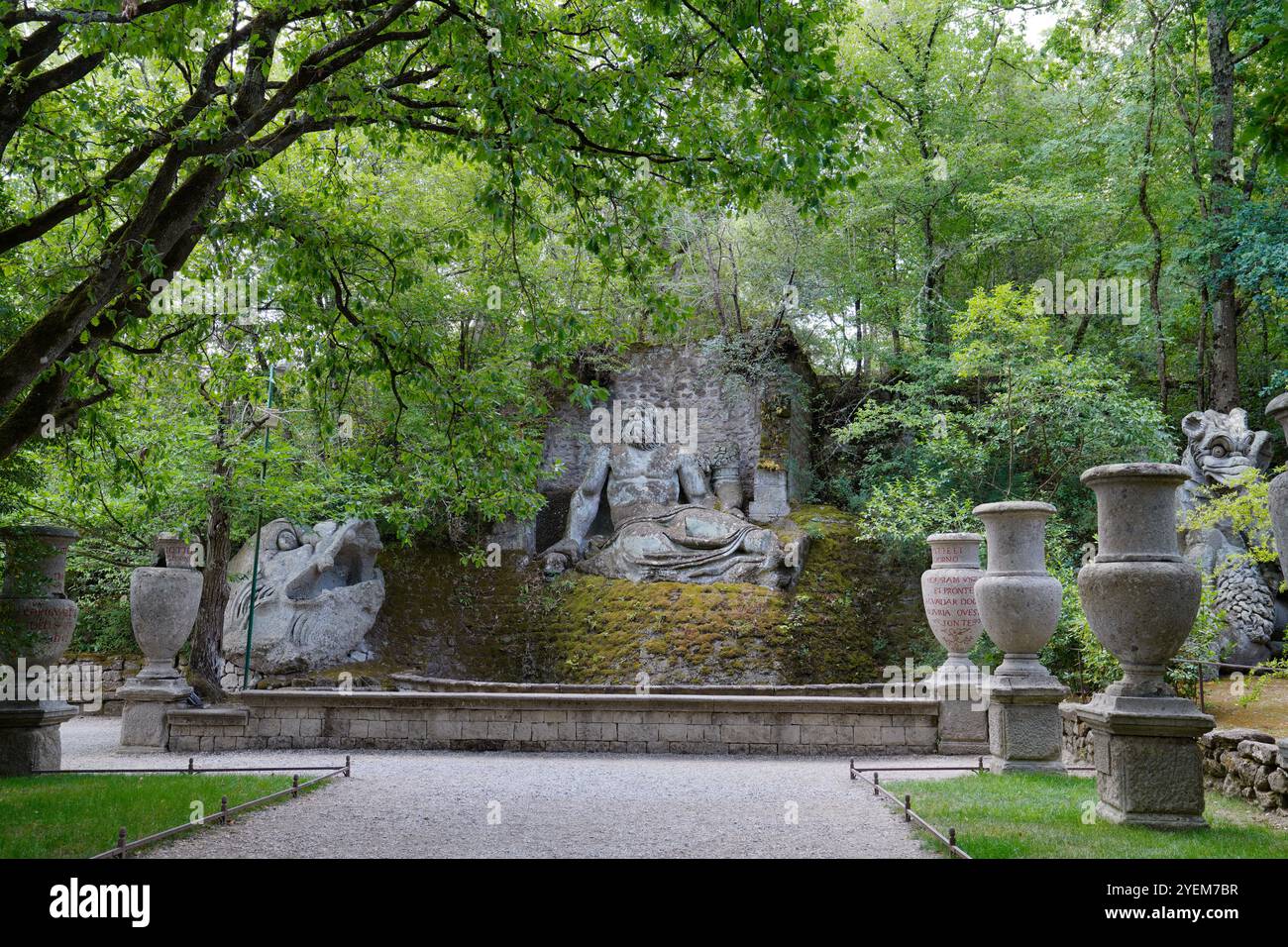 Greek vases,Sacro Bosco ,Parco dei Mostri,Groteske,Monumentalskulpturen,Bomarzo Stock Photohttps://www.alamy.com/image-license-details/?v=1https://www.alamy.com/greek-vasessacro-bosco-parco-dei-mostrigroteskemonumentalskulpturenbomarzo-image628623291.html
Greek vases,Sacro Bosco ,Parco dei Mostri,Groteske,Monumentalskulpturen,Bomarzo Stock Photohttps://www.alamy.com/image-license-details/?v=1https://www.alamy.com/greek-vasessacro-bosco-parco-dei-mostrigroteskemonumentalskulpturenbomarzo-image628623291.htmlRM2YEM7BR–Greek vases,Sacro Bosco ,Parco dei Mostri,Groteske,Monumentalskulpturen,Bomarzo
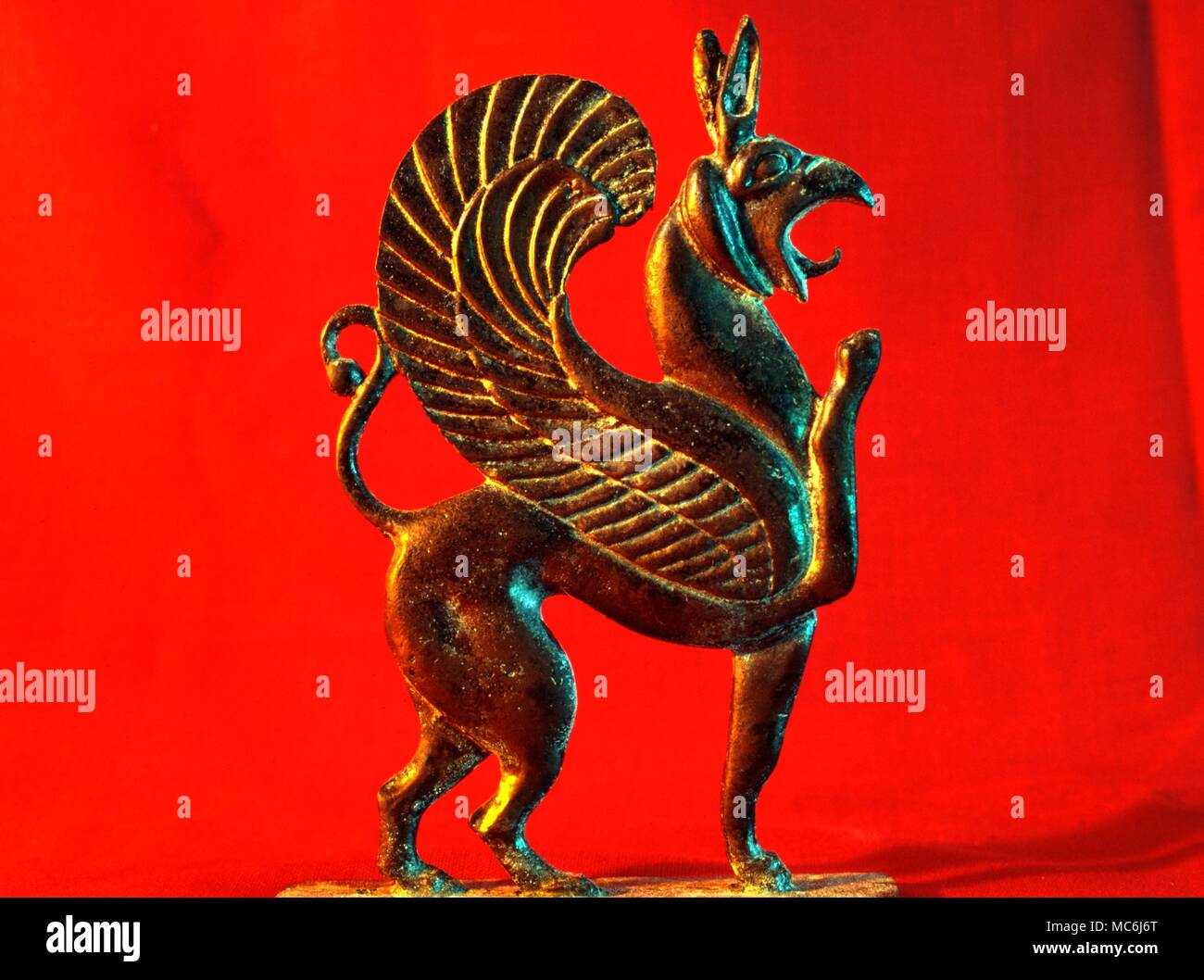 MONSTERS - GRIFFIN. Bronze griffin - Archaic Greek, of circa 7th century, possibly from Olympia. Private collection Stock Photohttps://www.alamy.com/image-license-details/?v=1https://www.alamy.com/monsters-griffin-bronze-griffin-archaic-greek-of-circa-7th-century-possibly-from-olympia-private-collection-image179625568.html
MONSTERS - GRIFFIN. Bronze griffin - Archaic Greek, of circa 7th century, possibly from Olympia. Private collection Stock Photohttps://www.alamy.com/image-license-details/?v=1https://www.alamy.com/monsters-griffin-bronze-griffin-archaic-greek-of-circa-7th-century-possibly-from-olympia-private-collection-image179625568.htmlRMMC6J6T–MONSTERS - GRIFFIN. Bronze griffin - Archaic Greek, of circa 7th century, possibly from Olympia. Private collection
 'Incidis in Scyllam cupiens vitare Charybdim,' a classical artwork, explores the mythological tale of navigating between the dangerous sea monsters Scylla and Charybdis. The painting captures the perilous moment in the Greek myth with dramatic detail and artistic expression. Stock Photohttps://www.alamy.com/image-license-details/?v=1https://www.alamy.com/stock-photo-incidis-in-scyllam-cupiens-vitare-charybdim-a-classical-artwork-explores-132503353.html
'Incidis in Scyllam cupiens vitare Charybdim,' a classical artwork, explores the mythological tale of navigating between the dangerous sea monsters Scylla and Charybdis. The painting captures the perilous moment in the Greek myth with dramatic detail and artistic expression. Stock Photohttps://www.alamy.com/image-license-details/?v=1https://www.alamy.com/stock-photo-incidis-in-scyllam-cupiens-vitare-charybdim-a-classical-artwork-explores-132503353.htmlRMHKG1AH–'Incidis in Scyllam cupiens vitare Charybdim,' a classical artwork, explores the mythological tale of navigating between the dangerous sea monsters Scylla and Charybdis. The painting captures the perilous moment in the Greek myth with dramatic detail and artistic expression.
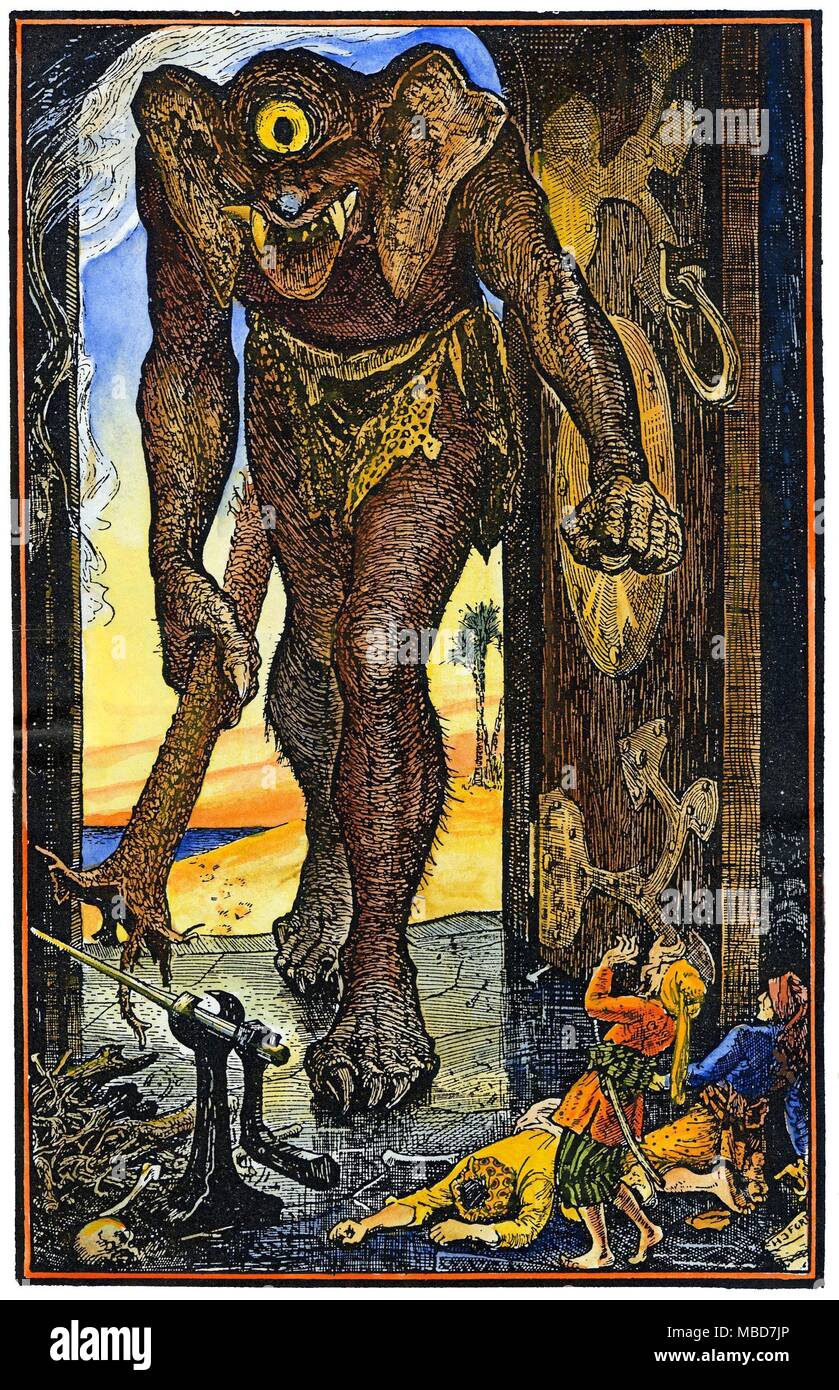 MONSTERS - SINBAD AND THE MONOCULAR GIANT One of the monocular giants, encountered by Sinbad the Sailor, during his Third Voyage - perhaps a throw-back to the Greek legends, and perhaps inspired by mediaeval travellers tales. Illustration by H. J. Ford, to Andrew Lang's Arabian Nights Entertainment, 1905. Stock Photohttps://www.alamy.com/image-license-details/?v=1https://www.alamy.com/monsters-sinbad-and-the-monocular-giant-one-of-the-monocular-giants-encountered-by-sinbad-the-sailor-during-his-third-voyage-perhaps-a-throw-back-to-the-greek-legends-and-perhaps-inspired-by-mediaeval-travellers-tales-illustration-by-h-j-ford-to-andrew-langs-arabian-nights-entertainment-1905-image179156286.html
MONSTERS - SINBAD AND THE MONOCULAR GIANT One of the monocular giants, encountered by Sinbad the Sailor, during his Third Voyage - perhaps a throw-back to the Greek legends, and perhaps inspired by mediaeval travellers tales. Illustration by H. J. Ford, to Andrew Lang's Arabian Nights Entertainment, 1905. Stock Photohttps://www.alamy.com/image-license-details/?v=1https://www.alamy.com/monsters-sinbad-and-the-monocular-giant-one-of-the-monocular-giants-encountered-by-sinbad-the-sailor-during-his-third-voyage-perhaps-a-throw-back-to-the-greek-legends-and-perhaps-inspired-by-mediaeval-travellers-tales-illustration-by-h-j-ford-to-andrew-langs-arabian-nights-entertainment-1905-image179156286.htmlRMMBD7JP–MONSTERS - SINBAD AND THE MONOCULAR GIANT One of the monocular giants, encountered by Sinbad the Sailor, during his Third Voyage - perhaps a throw-back to the Greek legends, and perhaps inspired by mediaeval travellers tales. Illustration by H. J. Ford, to Andrew Lang's Arabian Nights Entertainment, 1905.
 Olympia - head of gorgon , Antiquities, Sculpture, Monsters, Gorgons Greek mythology. Nicholas Catsimpoolas Collection Stock Photohttps://www.alamy.com/image-license-details/?v=1https://www.alamy.com/olympia-head-of-gorgon-antiquities-sculpture-monsters-gorgons-greek-mythology-nicholas-catsimpoolas-collection-image501360676.html
Olympia - head of gorgon , Antiquities, Sculpture, Monsters, Gorgons Greek mythology. Nicholas Catsimpoolas Collection Stock Photohttps://www.alamy.com/image-license-details/?v=1https://www.alamy.com/olympia-head-of-gorgon-antiquities-sculpture-monsters-gorgons-greek-mythology-nicholas-catsimpoolas-collection-image501360676.htmlRM2M3JXJC–Olympia - head of gorgon , Antiquities, Sculpture, Monsters, Gorgons Greek mythology. Nicholas Catsimpoolas Collection
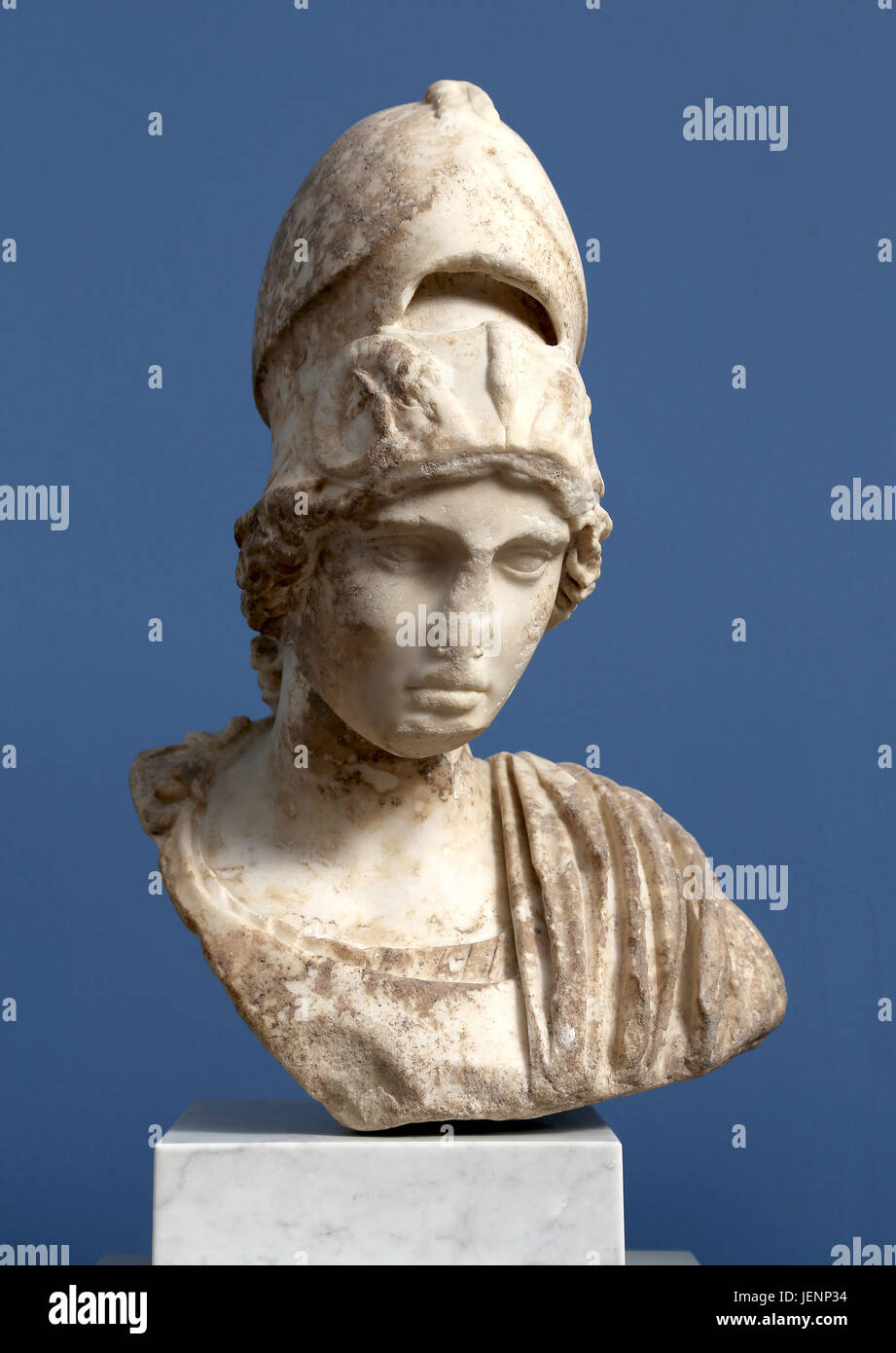 Athena. Rome 2nd century AD. Marble. Monsters on helmet relief. Carlsberg Glyptotek. Copenhaguen. Stock Photohttps://www.alamy.com/image-license-details/?v=1https://www.alamy.com/stock-photo-athena-rome-2nd-century-ad-marble-monsters-on-helmet-relief-carlsberg-146766456.html
Athena. Rome 2nd century AD. Marble. Monsters on helmet relief. Carlsberg Glyptotek. Copenhaguen. Stock Photohttps://www.alamy.com/image-license-details/?v=1https://www.alamy.com/stock-photo-athena-rome-2nd-century-ad-marble-monsters-on-helmet-relief-carlsberg-146766456.htmlRMJENP34–Athena. Rome 2nd century AD. Marble. Monsters on helmet relief. Carlsberg Glyptotek. Copenhaguen.
 Greek mythology, Prometheus in agony, a Titan god of fire, Harpy eating his eat his liver, Vintage illustration Stock Photohttps://www.alamy.com/image-license-details/?v=1https://www.alamy.com/greek-mythology-prometheus-in-agony-a-titan-god-of-fire-harpy-eating-his-eat-his-liver-vintage-illustration-image528228564.html
Greek mythology, Prometheus in agony, a Titan god of fire, Harpy eating his eat his liver, Vintage illustration Stock Photohttps://www.alamy.com/image-license-details/?v=1https://www.alamy.com/greek-mythology-prometheus-in-agony-a-titan-god-of-fire-harpy-eating-his-eat-his-liver-vintage-illustration-image528228564.htmlRM2NKATWT–Greek mythology, Prometheus in agony, a Titan god of fire, Harpy eating his eat his liver, Vintage illustration
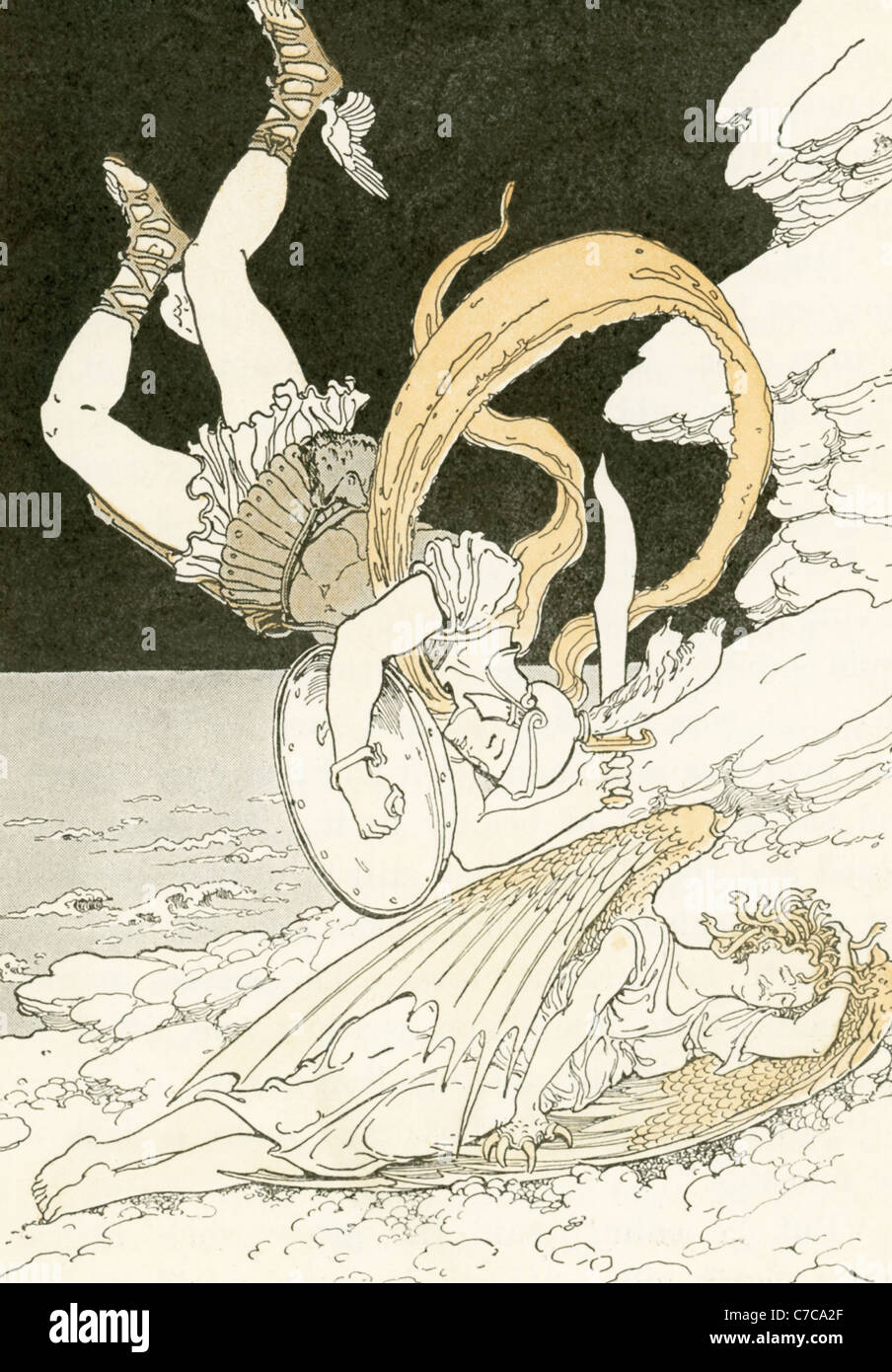 The mythical Greek hero Perseus accepted the task assigned him by a king named Polydictes of slaying the monster Medusa. Stock Photohttps://www.alamy.com/image-license-details/?v=1https://www.alamy.com/stock-photo-the-mythical-greek-hero-perseus-accepted-the-task-assigned-him-by-38994663.html
The mythical Greek hero Perseus accepted the task assigned him by a king named Polydictes of slaying the monster Medusa. Stock Photohttps://www.alamy.com/image-license-details/?v=1https://www.alamy.com/stock-photo-the-mythical-greek-hero-perseus-accepted-the-task-assigned-him-by-38994663.htmlRFC7CA2F–The mythical Greek hero Perseus accepted the task assigned him by a king named Polydictes of slaying the monster Medusa.
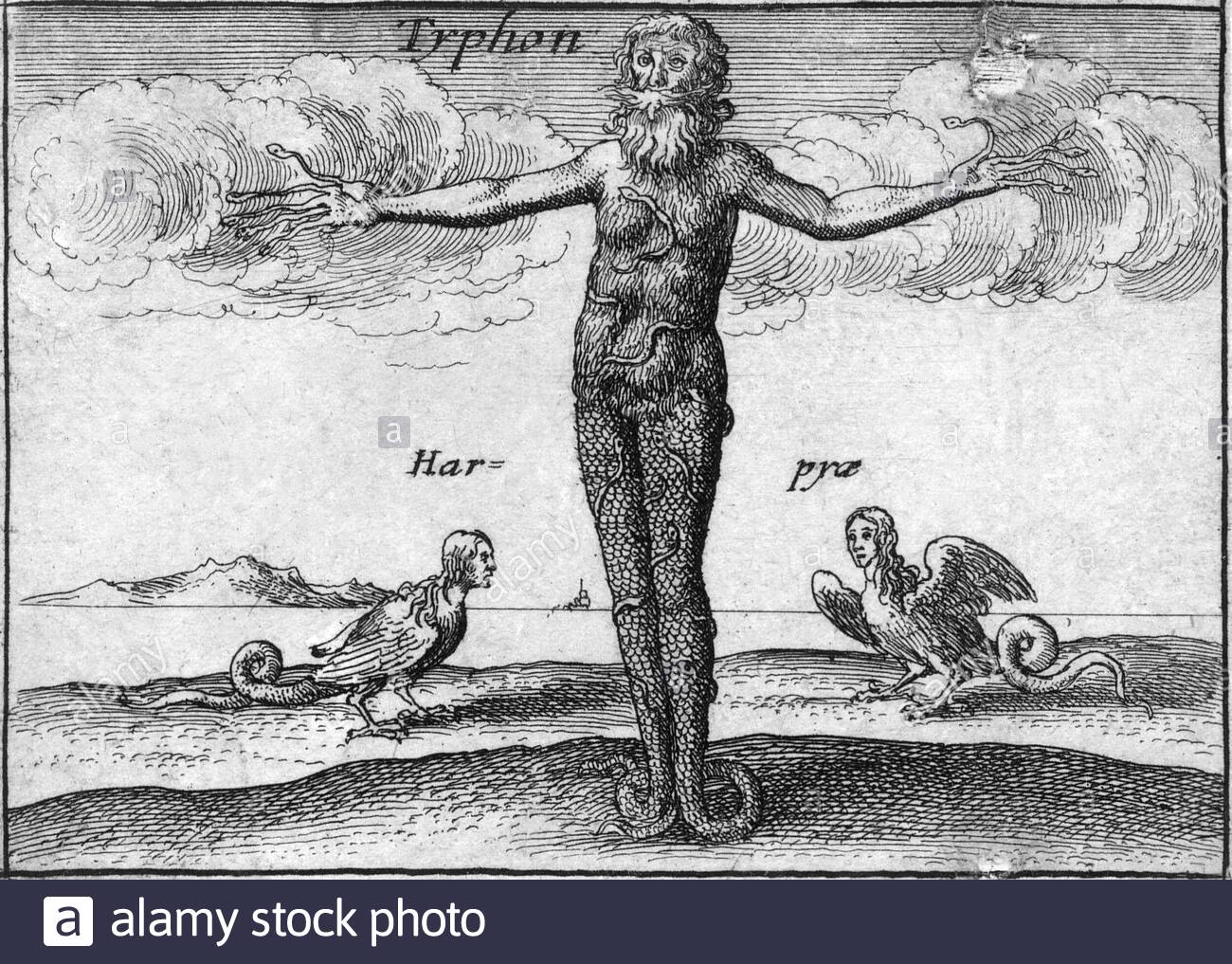 Typhon, was a serpentine giant and creature in Greek mythology, etching by Bohemian etcher Wenceslaus Hollar from 1600s Stock Photohttps://www.alamy.com/image-license-details/?v=1https://www.alamy.com/typhon-was-a-serpentine-giant-and-creature-in-greek-mythology-etching-by-bohemian-etcher-wenceslaus-hollar-from-1600s-image340931381.html
Typhon, was a serpentine giant and creature in Greek mythology, etching by Bohemian etcher Wenceslaus Hollar from 1600s Stock Photohttps://www.alamy.com/image-license-details/?v=1https://www.alamy.com/typhon-was-a-serpentine-giant-and-creature-in-greek-mythology-etching-by-bohemian-etcher-wenceslaus-hollar-from-1600s-image340931381.htmlRM2APJNCN–Typhon, was a serpentine giant and creature in Greek mythology, etching by Bohemian etcher Wenceslaus Hollar from 1600s
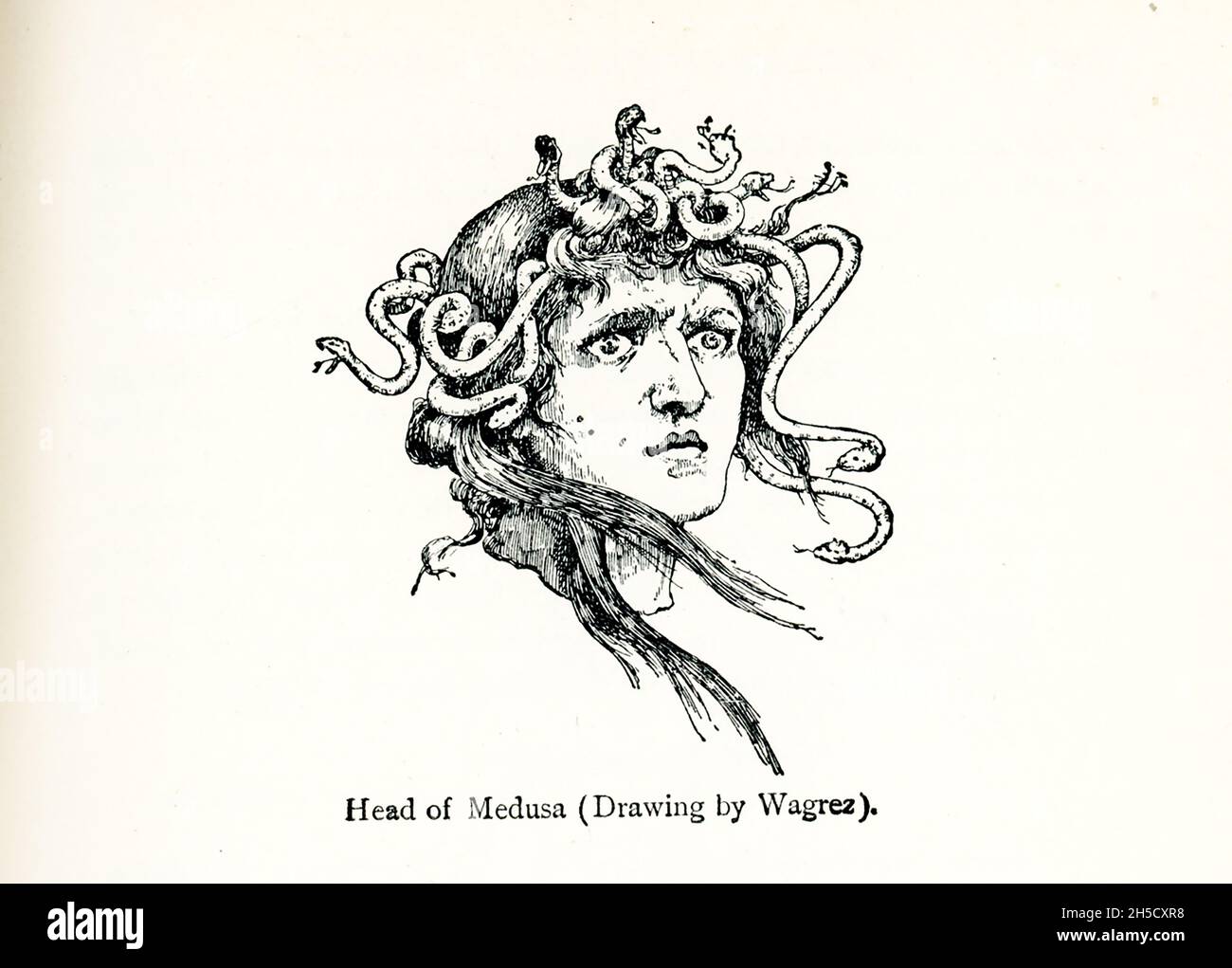 This drawing of the head of Medusa was done by the French artist Jacques Wagrez. To protect his mother, Danae, the mythical Greek hero Perseus accepted the task assigned him by a king named Polydictes of slaying the monster Medusa, whose hair was snakes and whose eyes turned all to stone who gazed at them. Wagrez was a French 19th Century painter who was born in Paris about 1850 and died in 1908. Stock Photohttps://www.alamy.com/image-license-details/?v=1https://www.alamy.com/this-drawing-of-the-head-of-medusa-was-done-by-the-french-artist-jacques-wagrez-to-protect-his-mother-danae-the-mythical-greek-hero-perseus-accepted-the-task-assigned-him-by-a-king-named-polydictes-of-slaying-the-monster-medusa-whose-hair-was-snakes-and-whose-eyes-turned-all-to-stone-who-gazed-at-them-wagrez-was-a-french-19th-century-painter-who-was-born-in-paris-about-1850-and-died-in-1908-image450827308.html
This drawing of the head of Medusa was done by the French artist Jacques Wagrez. To protect his mother, Danae, the mythical Greek hero Perseus accepted the task assigned him by a king named Polydictes of slaying the monster Medusa, whose hair was snakes and whose eyes turned all to stone who gazed at them. Wagrez was a French 19th Century painter who was born in Paris about 1850 and died in 1908. Stock Photohttps://www.alamy.com/image-license-details/?v=1https://www.alamy.com/this-drawing-of-the-head-of-medusa-was-done-by-the-french-artist-jacques-wagrez-to-protect-his-mother-danae-the-mythical-greek-hero-perseus-accepted-the-task-assigned-him-by-a-king-named-polydictes-of-slaying-the-monster-medusa-whose-hair-was-snakes-and-whose-eyes-turned-all-to-stone-who-gazed-at-them-wagrez-was-a-french-19th-century-painter-who-was-born-in-paris-about-1850-and-died-in-1908-image450827308.htmlRF2H5CXR8–This drawing of the head of Medusa was done by the French artist Jacques Wagrez. To protect his mother, Danae, the mythical Greek hero Perseus accepted the task assigned him by a king named Polydictes of slaying the monster Medusa, whose hair was snakes and whose eyes turned all to stone who gazed at them. Wagrez was a French 19th Century painter who was born in Paris about 1850 and died in 1908.
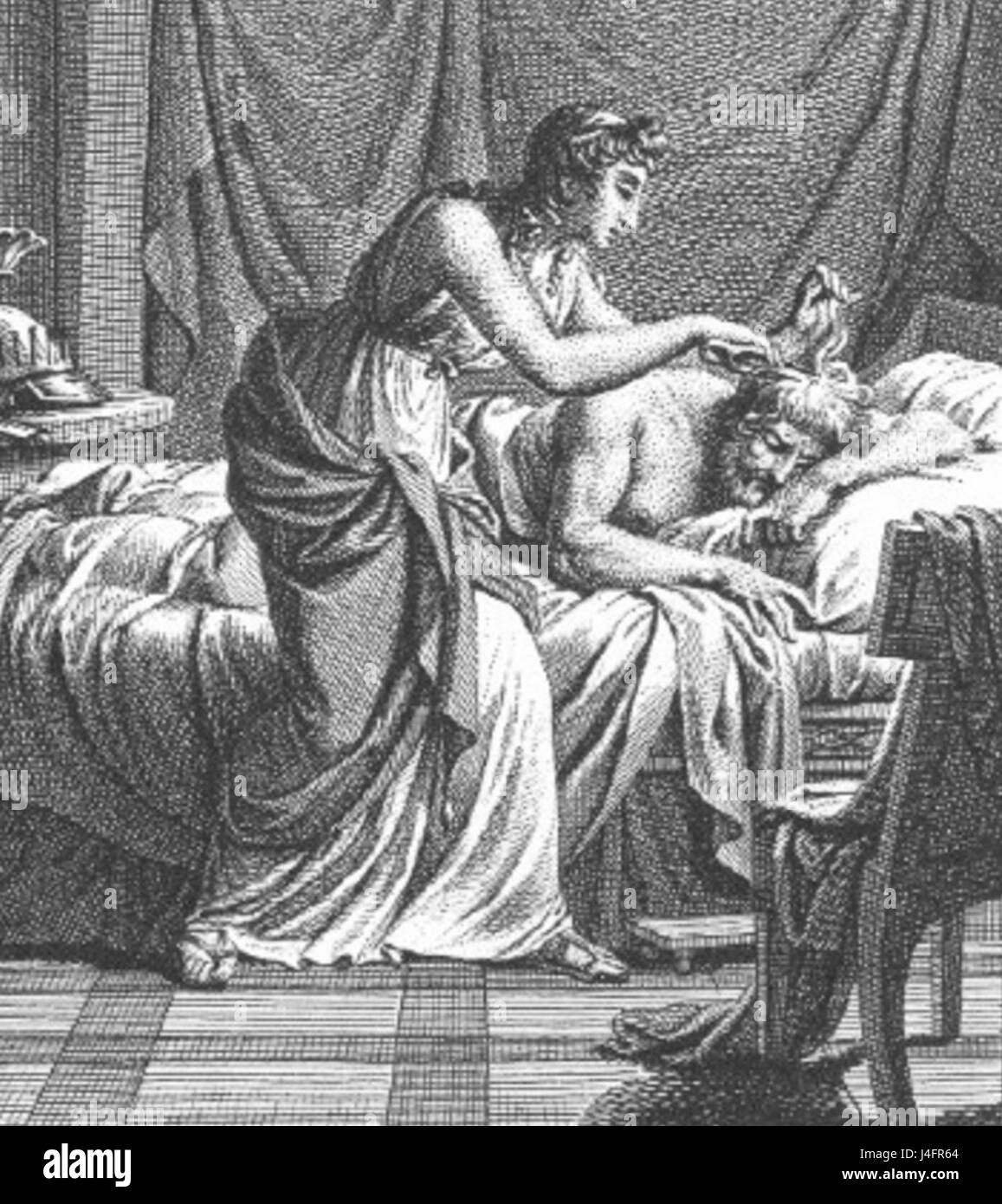 This is a detailed depiction of Skylla and Nisos, featuring a scene from Greek mythology, focusing on the legendary figures of Skylla and Nisos in their mythological narrative. Stock Photohttps://www.alamy.com/image-license-details/?v=1https://www.alamy.com/stock-photo-this-is-a-detailed-depiction-of-skylla-and-nisos-featuring-a-scene-140489052.html
This is a detailed depiction of Skylla and Nisos, featuring a scene from Greek mythology, focusing on the legendary figures of Skylla and Nisos in their mythological narrative. Stock Photohttps://www.alamy.com/image-license-details/?v=1https://www.alamy.com/stock-photo-this-is-a-detailed-depiction-of-skylla-and-nisos-featuring-a-scene-140489052.htmlRMJ4FR64–This is a detailed depiction of Skylla and Nisos, featuring a scene from Greek mythology, focusing on the legendary figures of Skylla and Nisos in their mythological narrative.
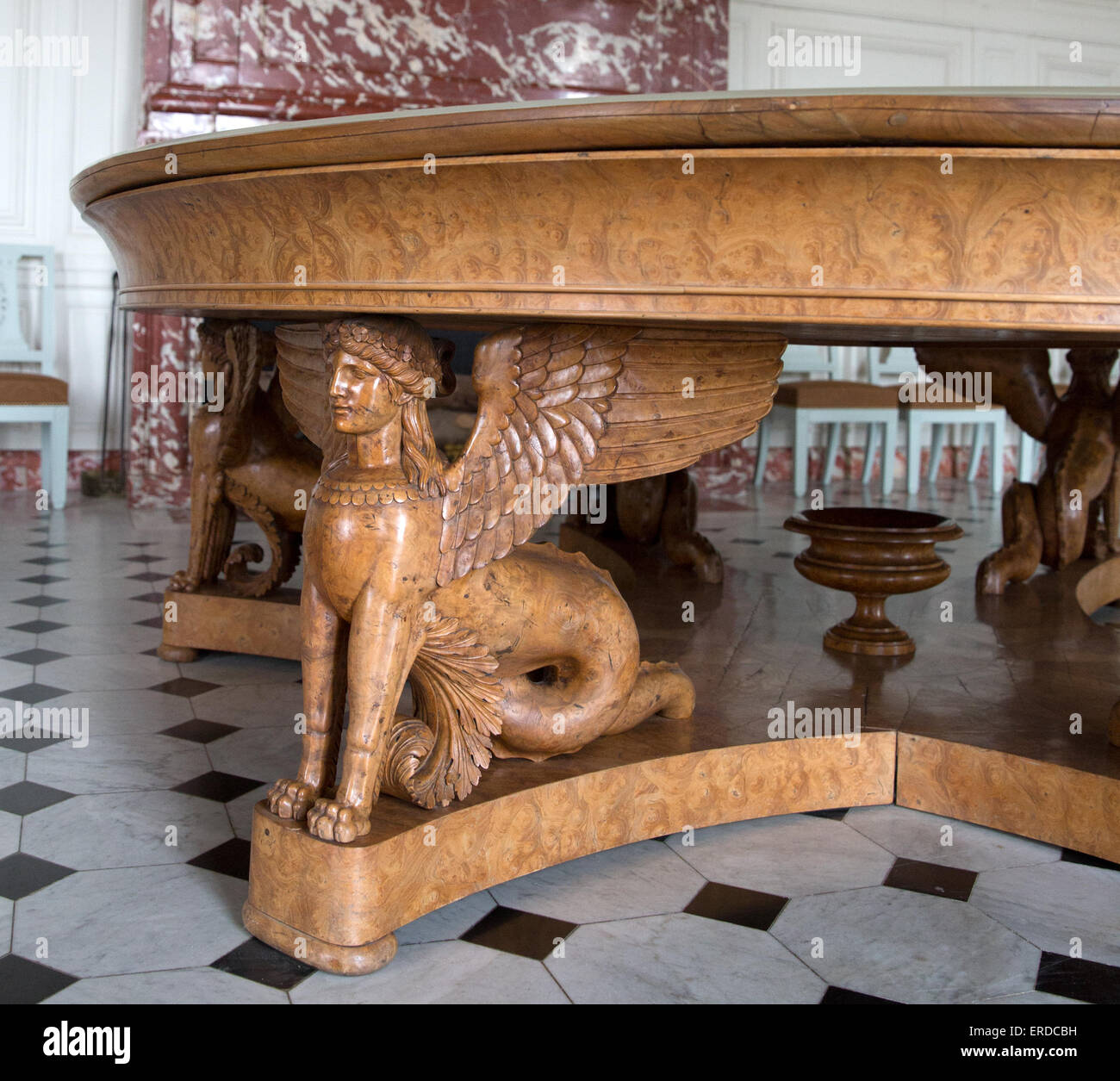 A carved Greek sphinx in the antechamber of Madame de Maintenon's room of the Grand Trianon at the Château de Versailles, France Stock Photohttps://www.alamy.com/image-license-details/?v=1https://www.alamy.com/stock-photo-a-carved-greek-sphinx-in-the-antechamber-of-madame-de-maintenons-room-83273669.html
A carved Greek sphinx in the antechamber of Madame de Maintenon's room of the Grand Trianon at the Château de Versailles, France Stock Photohttps://www.alamy.com/image-license-details/?v=1https://www.alamy.com/stock-photo-a-carved-greek-sphinx-in-the-antechamber-of-madame-de-maintenons-room-83273669.htmlRMERDCBH–A carved Greek sphinx in the antechamber of Madame de Maintenon's room of the Grand Trianon at the Château de Versailles, France
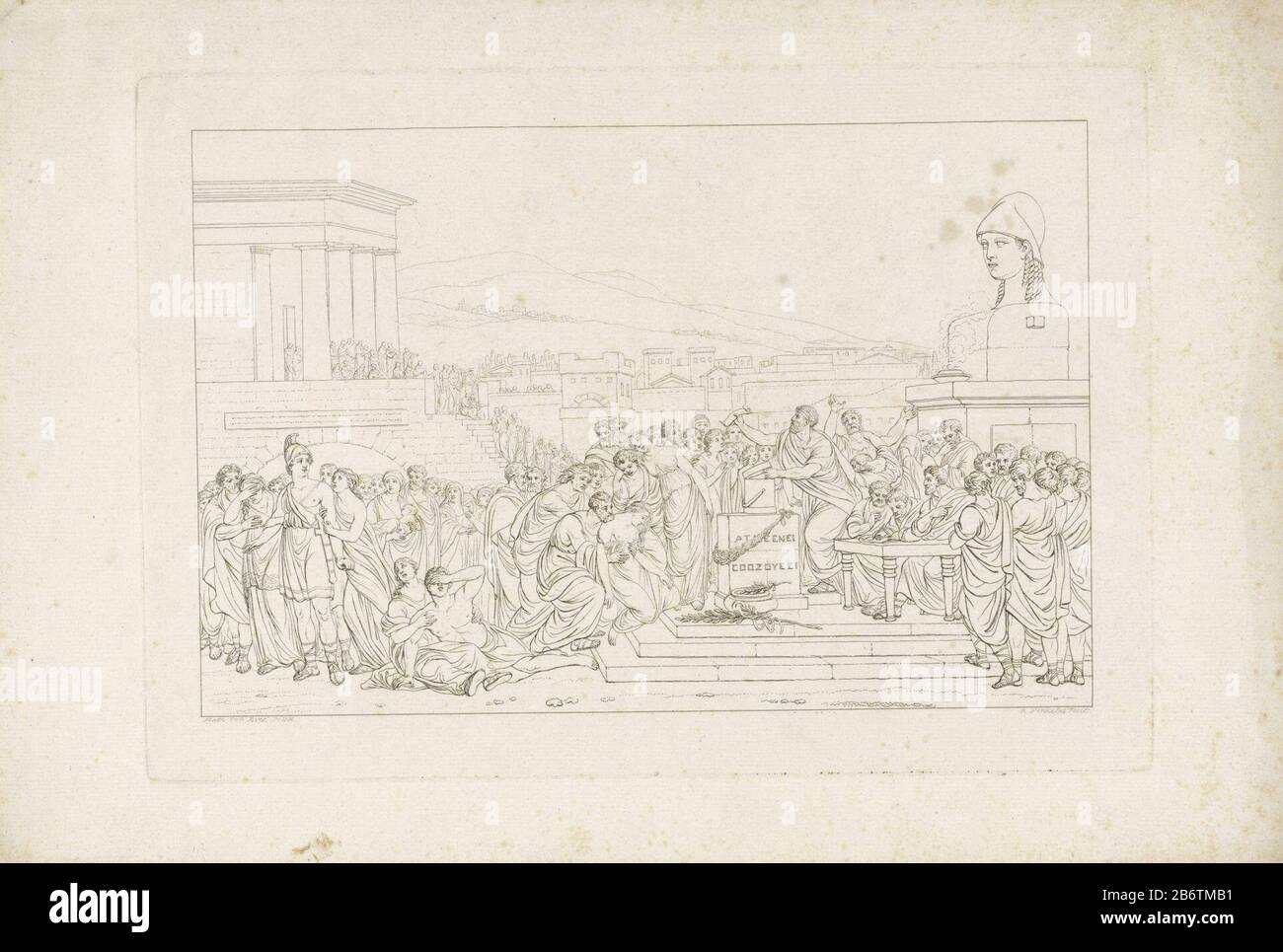 Het orakel bepaalt de namen van de jongeren die aan Minotaurus geofferd moeten worden On a large square in Athens is a large group of people gather. An increase is an urn Where: from the oracle determines the names of the Athenian youths who must be sacrificed to the Minotaur monster. Left the Greek hero Theseus, the sample will eventually kill and the Athenians will redeem the last. Manufacturer : printmaker: Reinier Vinkeles (I) (listed building) to painting: Mattheus Ignatius van Bree (listed property) Place manufacture Amsterdam Date: 1811 - 1816 Physical features: etching material: paper Stock Photohttps://www.alamy.com/image-license-details/?v=1https://www.alamy.com/het-orakel-bepaalt-de-namen-van-de-jongeren-die-aan-minotaurus-geofferd-moeten-worden-on-a-large-square-in-athens-is-a-large-group-of-people-gather-an-increase-is-an-urn-where-from-the-oracle-determines-the-names-of-the-athenian-youths-who-must-be-sacrificed-to-the-minotaur-monster-left-the-greek-hero-theseus-the-sample-will-eventually-kill-and-the-athenians-will-redeem-the-last-manufacturer-printmaker-reinier-vinkeles-i-listed-building-to-painting-mattheus-ignatius-van-bree-listed-property-place-manufacture-amsterdam-date-1811-1816-physical-features-etching-material-paper-image348438133.html
Het orakel bepaalt de namen van de jongeren die aan Minotaurus geofferd moeten worden On a large square in Athens is a large group of people gather. An increase is an urn Where: from the oracle determines the names of the Athenian youths who must be sacrificed to the Minotaur monster. Left the Greek hero Theseus, the sample will eventually kill and the Athenians will redeem the last. Manufacturer : printmaker: Reinier Vinkeles (I) (listed building) to painting: Mattheus Ignatius van Bree (listed property) Place manufacture Amsterdam Date: 1811 - 1816 Physical features: etching material: paper Stock Photohttps://www.alamy.com/image-license-details/?v=1https://www.alamy.com/het-orakel-bepaalt-de-namen-van-de-jongeren-die-aan-minotaurus-geofferd-moeten-worden-on-a-large-square-in-athens-is-a-large-group-of-people-gather-an-increase-is-an-urn-where-from-the-oracle-determines-the-names-of-the-athenian-youths-who-must-be-sacrificed-to-the-minotaur-monster-left-the-greek-hero-theseus-the-sample-will-eventually-kill-and-the-athenians-will-redeem-the-last-manufacturer-printmaker-reinier-vinkeles-i-listed-building-to-painting-mattheus-ignatius-van-bree-listed-property-place-manufacture-amsterdam-date-1811-1816-physical-features-etching-material-paper-image348438133.htmlRM2B6TMB1–Het orakel bepaalt de namen van de jongeren die aan Minotaurus geofferd moeten worden On a large square in Athens is a large group of people gather. An increase is an urn Where: from the oracle determines the names of the Athenian youths who must be sacrificed to the Minotaur monster. Left the Greek hero Theseus, the sample will eventually kill and the Athenians will redeem the last. Manufacturer : printmaker: Reinier Vinkeles (I) (listed building) to painting: Mattheus Ignatius van Bree (listed property) Place manufacture Amsterdam Date: 1811 - 1816 Physical features: etching material: paper
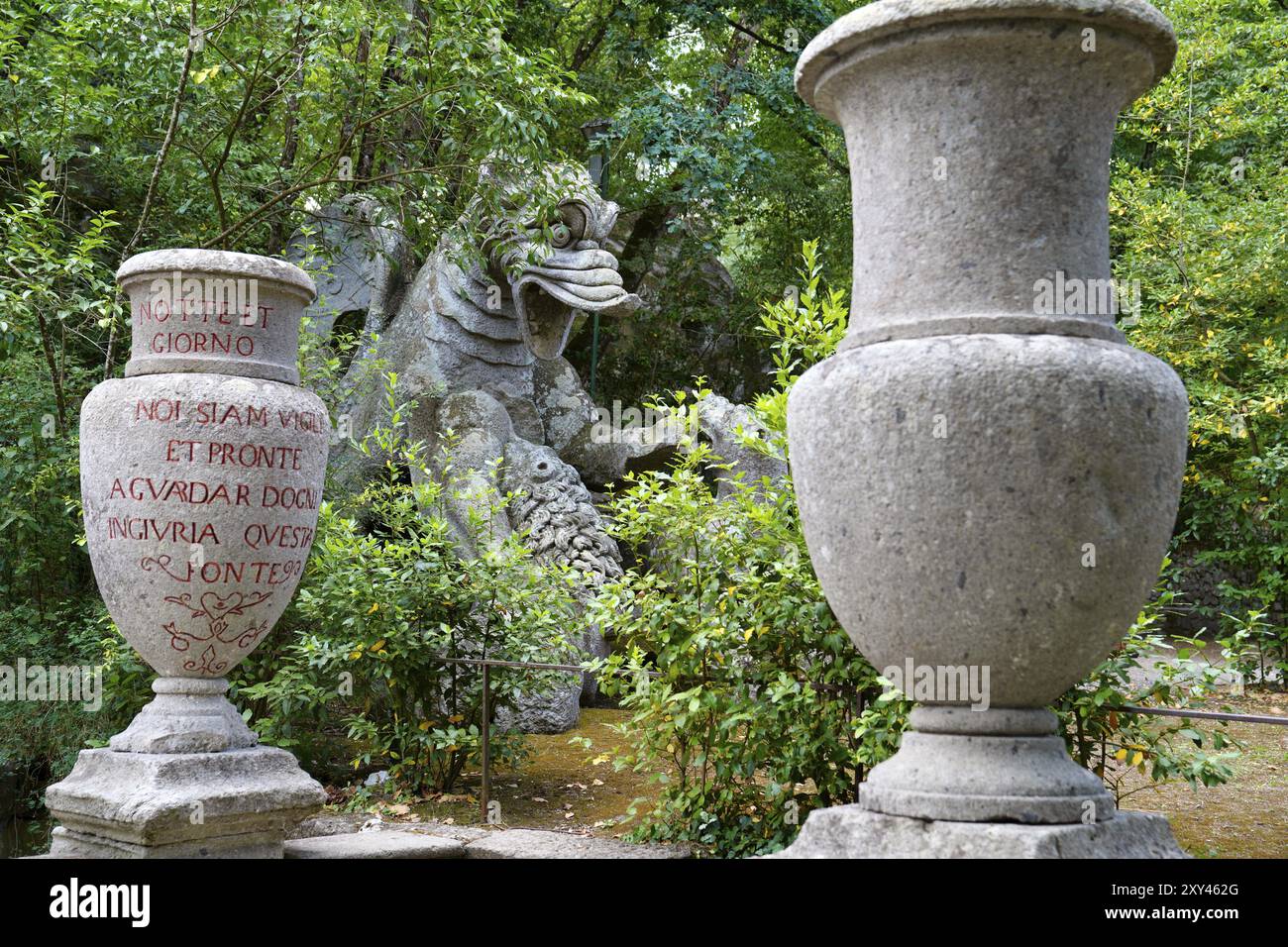 Greek vases, Sacro Bosco, Sacred Forest, Park of the Monsters, Parco dei Mostri, grotesque, monumental sculptures, antique architecture, city of Bomar Stock Photohttps://www.alamy.com/image-license-details/?v=1https://www.alamy.com/greek-vases-sacro-bosco-sacred-forest-park-of-the-monsters-parco-dei-mostri-grotesque-monumental-sculptures-antique-architecture-city-of-bomar-image619051176.html
Greek vases, Sacro Bosco, Sacred Forest, Park of the Monsters, Parco dei Mostri, grotesque, monumental sculptures, antique architecture, city of Bomar Stock Photohttps://www.alamy.com/image-license-details/?v=1https://www.alamy.com/greek-vases-sacro-bosco-sacred-forest-park-of-the-monsters-parco-dei-mostri-grotesque-monumental-sculptures-antique-architecture-city-of-bomar-image619051176.htmlRM2XY462G–Greek vases, Sacro Bosco, Sacred Forest, Park of the Monsters, Parco dei Mostri, grotesque, monumental sculptures, antique architecture, city of Bomar
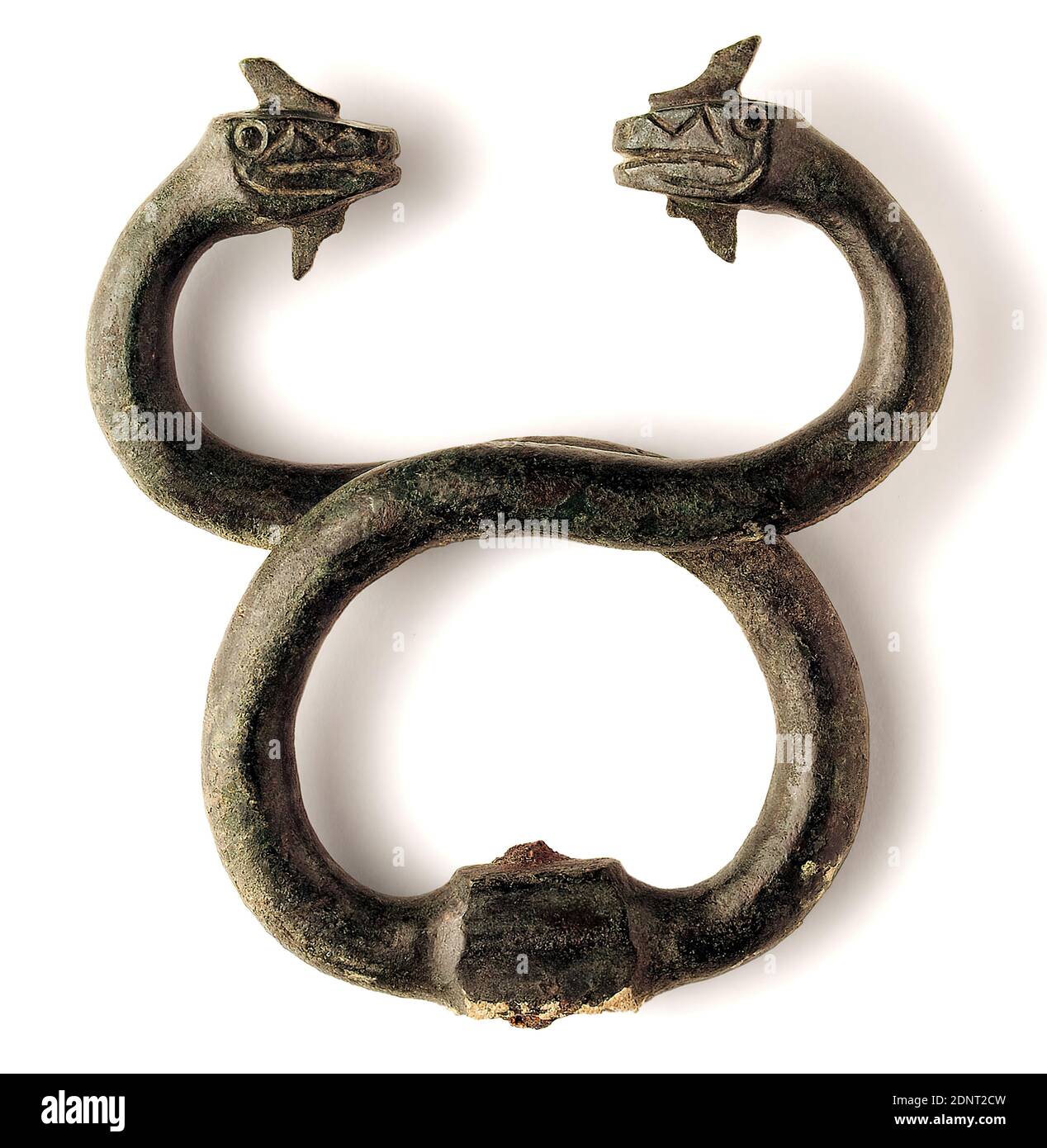 Crowning of a herald's staff (Kerykeion), Bronze, cast, bronze, Total: Height: 9.9 cm; Width: 8.4 cm, Rituals and ceremonies, votive offerings, burial objects, snakes, mythical creatures, monsters, legendary figures, High Classical (Greek antiquity), Greek antiquity, The Crowning of a Herald's Staff (Greek: The Crowning of a Herald's Staff) Kerykeion) consists of two snakes, which originate from an abacus. They wind in opposite directions in an s-shape to form an eight that is open at the top. The snake heads with comb and beard are facing each other. Stock Photohttps://www.alamy.com/image-license-details/?v=1https://www.alamy.com/crowning-of-a-heralds-staff-kerykeion-bronze-cast-bronze-total-height-99-cm-width-84-cm-rituals-and-ceremonies-votive-offerings-burial-objects-snakes-mythical-creatures-monsters-legendary-figures-high-classical-greek-antiquity-greek-antiquity-the-crowning-of-a-heralds-staff-greek-the-crowning-of-a-heralds-staff-kerykeion-consists-of-two-snakes-which-originate-from-an-abacus-they-wind-in-opposite-directions-in-an-s-shape-to-form-an-eight-that-is-open-at-the-top-the-snake-heads-with-comb-and-beard-are-facing-each-other-image392064649.html
Crowning of a herald's staff (Kerykeion), Bronze, cast, bronze, Total: Height: 9.9 cm; Width: 8.4 cm, Rituals and ceremonies, votive offerings, burial objects, snakes, mythical creatures, monsters, legendary figures, High Classical (Greek antiquity), Greek antiquity, The Crowning of a Herald's Staff (Greek: The Crowning of a Herald's Staff) Kerykeion) consists of two snakes, which originate from an abacus. They wind in opposite directions in an s-shape to form an eight that is open at the top. The snake heads with comb and beard are facing each other. Stock Photohttps://www.alamy.com/image-license-details/?v=1https://www.alamy.com/crowning-of-a-heralds-staff-kerykeion-bronze-cast-bronze-total-height-99-cm-width-84-cm-rituals-and-ceremonies-votive-offerings-burial-objects-snakes-mythical-creatures-monsters-legendary-figures-high-classical-greek-antiquity-greek-antiquity-the-crowning-of-a-heralds-staff-greek-the-crowning-of-a-heralds-staff-kerykeion-consists-of-two-snakes-which-originate-from-an-abacus-they-wind-in-opposite-directions-in-an-s-shape-to-form-an-eight-that-is-open-at-the-top-the-snake-heads-with-comb-and-beard-are-facing-each-other-image392064649.htmlRM2DNT2CW–Crowning of a herald's staff (Kerykeion), Bronze, cast, bronze, Total: Height: 9.9 cm; Width: 8.4 cm, Rituals and ceremonies, votive offerings, burial objects, snakes, mythical creatures, monsters, legendary figures, High Classical (Greek antiquity), Greek antiquity, The Crowning of a Herald's Staff (Greek: The Crowning of a Herald's Staff) Kerykeion) consists of two snakes, which originate from an abacus. They wind in opposite directions in an s-shape to form an eight that is open at the top. The snake heads with comb and beard are facing each other.
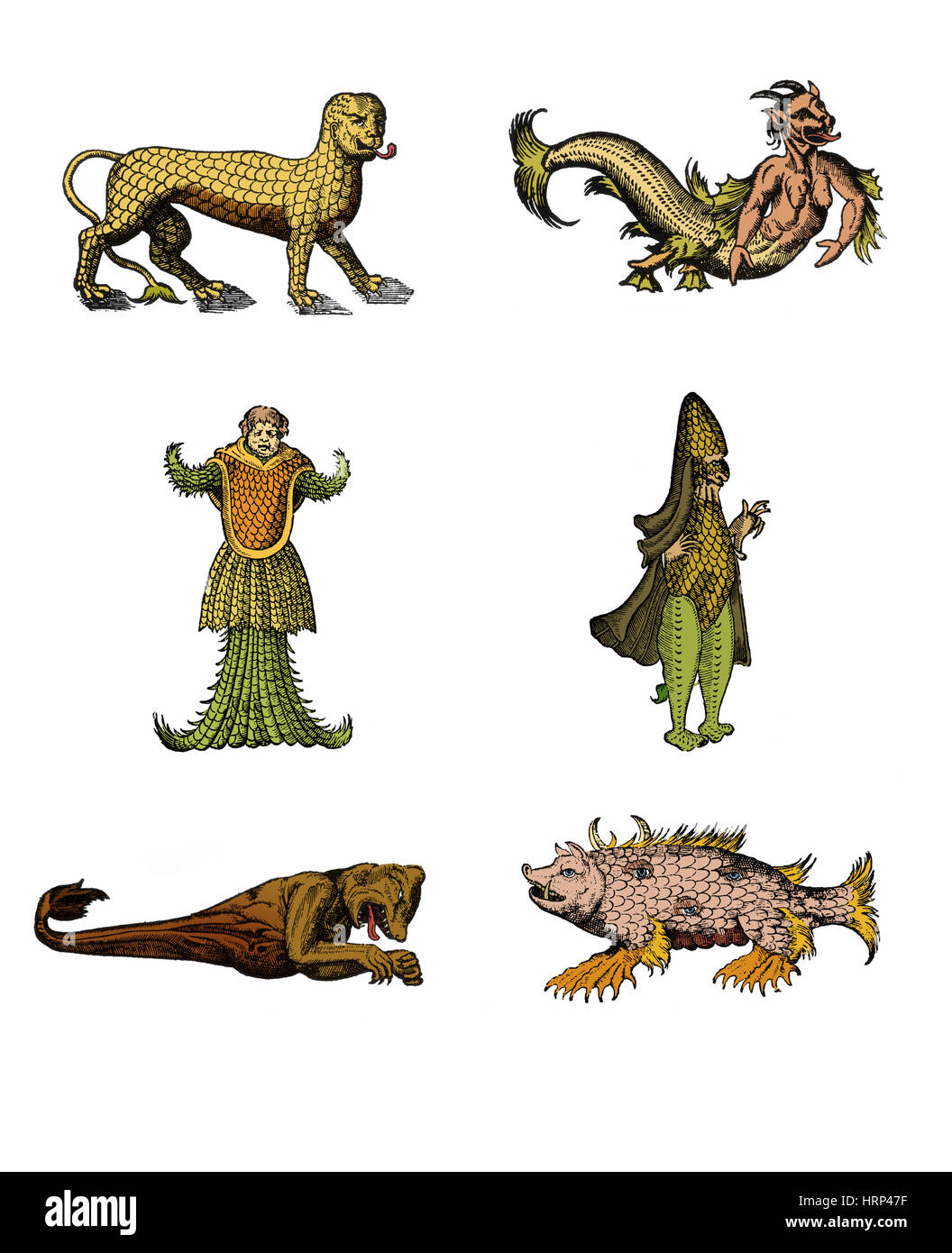 Sea Monsters Stock Photohttps://www.alamy.com/image-license-details/?v=1https://www.alamy.com/stock-photo-sea-monsters-135095955.html
Sea Monsters Stock Photohttps://www.alamy.com/image-license-details/?v=1https://www.alamy.com/stock-photo-sea-monsters-135095955.htmlRMHRP47F–Sea Monsters
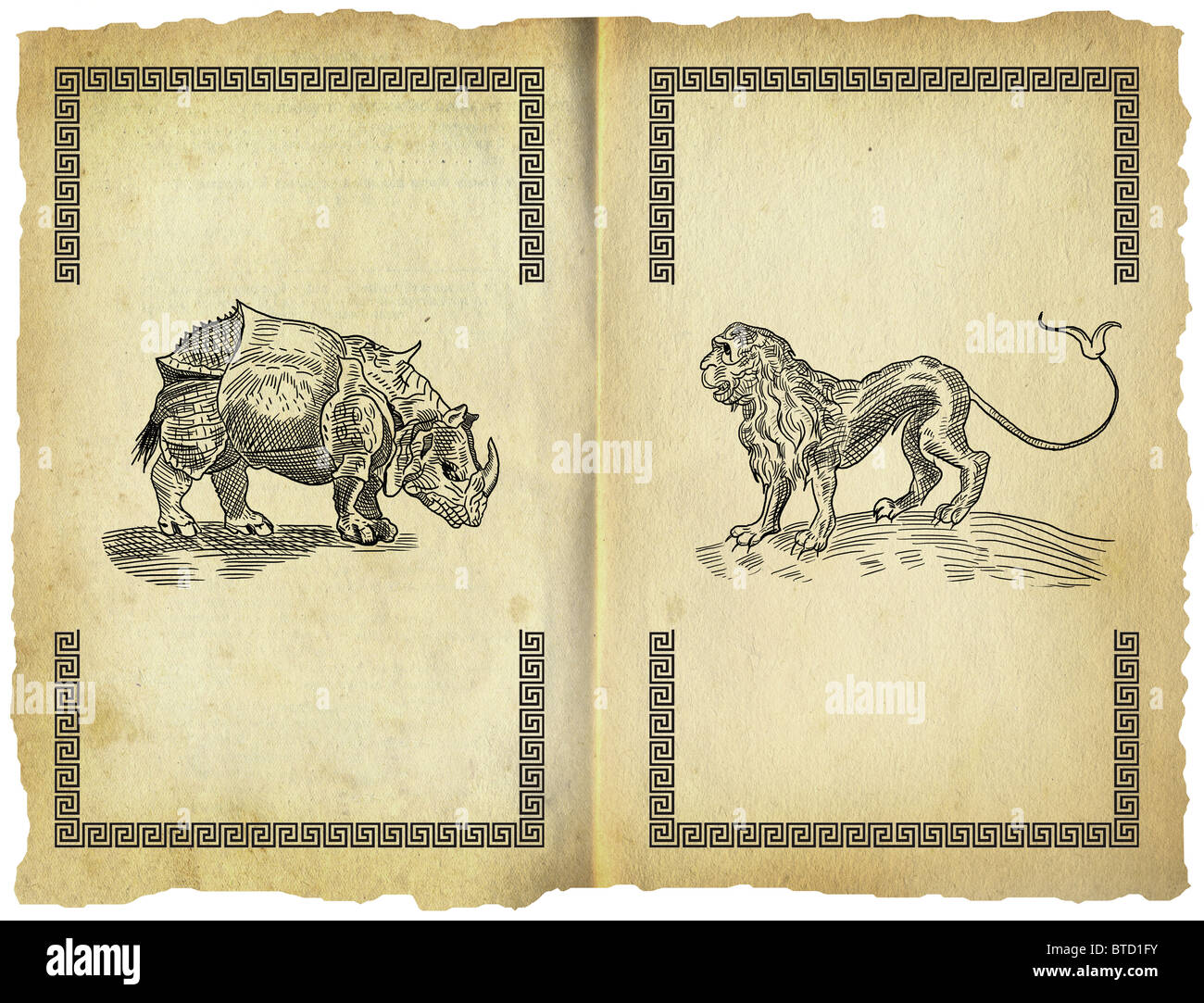 Old paper with monsters Stock Photohttps://www.alamy.com/image-license-details/?v=1https://www.alamy.com/stock-photo-old-paper-with-monsters-32248719.html
Old paper with monsters Stock Photohttps://www.alamy.com/image-license-details/?v=1https://www.alamy.com/stock-photo-old-paper-with-monsters-32248719.htmlRFBTD1FY–Old paper with monsters
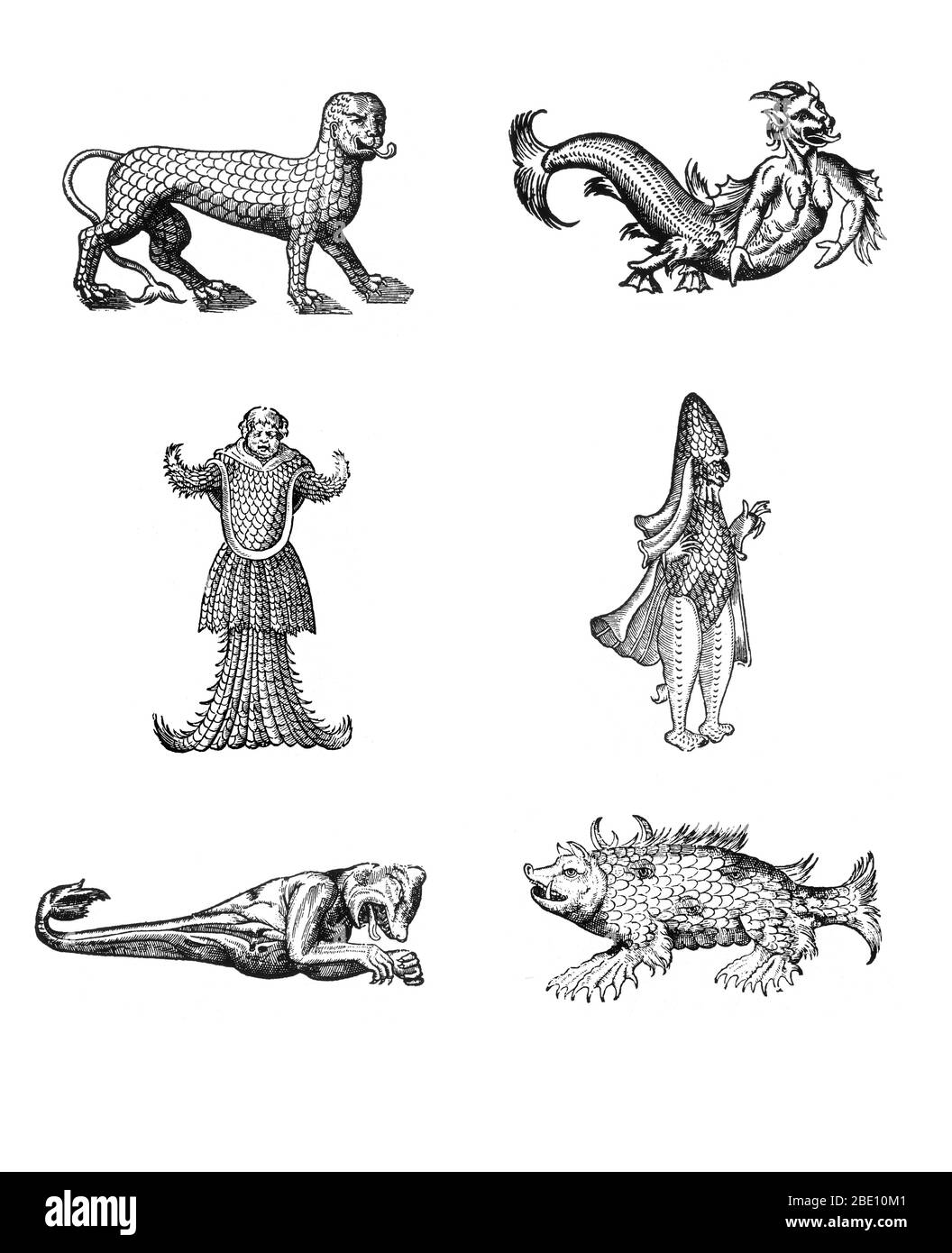 Woodcuts of sea monsters from Des Monstres et prodiges by Ambroise Paré, 1573, clockwise from top left: 'marine lion covered in scales', 'hideous figure of a Sea Devil', 'marine monster resembling a Bishop dressed in his pontifical garments', 'marine sow', 'marine monster having the head of a bear and the arms of a monkey', 'marine monster having the head of a Monk, armed and covered with fish scales'. Des Monstres is filled with unsubstantiated accounts of sea devils, marine sows, and monstrous animals with human faces. With its extensive discussion of reproduction and illustrations of birth Stock Photohttps://www.alamy.com/image-license-details/?v=1https://www.alamy.com/woodcuts-of-sea-monsters-from-des-monstres-et-prodiges-by-ambroise-par-1573-clockwise-from-top-left-marine-lion-covered-in-scales-hideous-figure-of-a-sea-devil-marine-monster-resembling-a-bishop-dressed-in-his-pontifical-garments-marine-sow-marine-monster-having-the-head-of-a-bear-and-the-arms-of-a-monkey-marine-monster-having-the-head-of-a-monk-armed-and-covered-with-fish-scales-des-monstres-is-filled-with-unsubstantiated-accounts-of-sea-devils-marine-sows-and-monstrous-animals-with-human-faces-with-its-extensive-discussion-of-reproduction-and-illustrations-of-birth-image352835057.html
Woodcuts of sea monsters from Des Monstres et prodiges by Ambroise Paré, 1573, clockwise from top left: 'marine lion covered in scales', 'hideous figure of a Sea Devil', 'marine monster resembling a Bishop dressed in his pontifical garments', 'marine sow', 'marine monster having the head of a bear and the arms of a monkey', 'marine monster having the head of a Monk, armed and covered with fish scales'. Des Monstres is filled with unsubstantiated accounts of sea devils, marine sows, and monstrous animals with human faces. With its extensive discussion of reproduction and illustrations of birth Stock Photohttps://www.alamy.com/image-license-details/?v=1https://www.alamy.com/woodcuts-of-sea-monsters-from-des-monstres-et-prodiges-by-ambroise-par-1573-clockwise-from-top-left-marine-lion-covered-in-scales-hideous-figure-of-a-sea-devil-marine-monster-resembling-a-bishop-dressed-in-his-pontifical-garments-marine-sow-marine-monster-having-the-head-of-a-bear-and-the-arms-of-a-monkey-marine-monster-having-the-head-of-a-monk-armed-and-covered-with-fish-scales-des-monstres-is-filled-with-unsubstantiated-accounts-of-sea-devils-marine-sows-and-monstrous-animals-with-human-faces-with-its-extensive-discussion-of-reproduction-and-illustrations-of-birth-image352835057.htmlRM2BE10M1–Woodcuts of sea monsters from Des Monstres et prodiges by Ambroise Paré, 1573, clockwise from top left: 'marine lion covered in scales', 'hideous figure of a Sea Devil', 'marine monster resembling a Bishop dressed in his pontifical garments', 'marine sow', 'marine monster having the head of a bear and the arms of a monkey', 'marine monster having the head of a Monk, armed and covered with fish scales'. Des Monstres is filled with unsubstantiated accounts of sea devils, marine sows, and monstrous animals with human faces. With its extensive discussion of reproduction and illustrations of birth
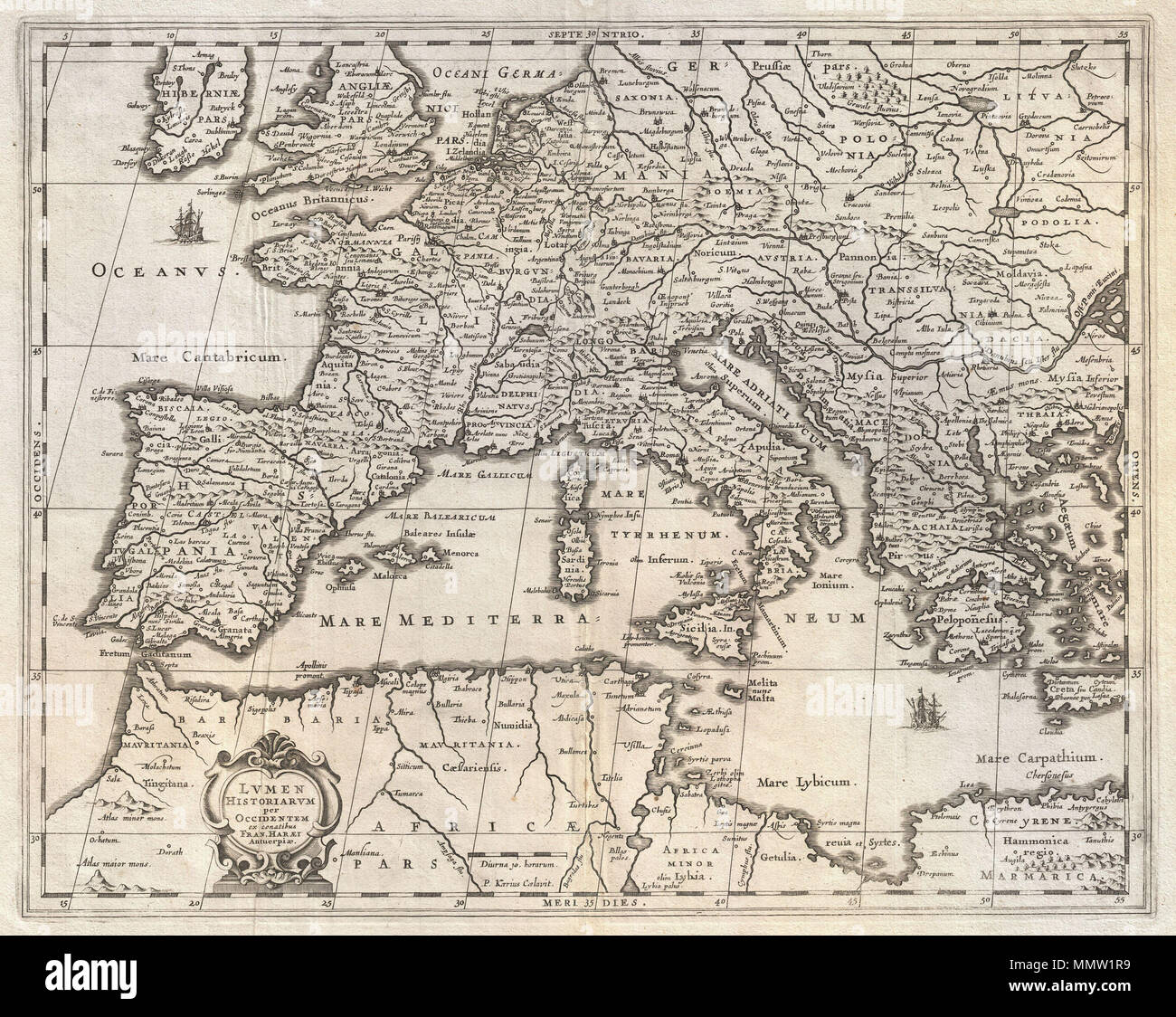 . English: An exceptional c. 1652 map of Europe by Jan Jansson. Centered on Italy, this map covers from Spain to Greece and from England to northern Africa. Designed by Frans van Haren (Haraeus), a Dutch theologian and globe maker active from about 1615 to 1624. Depicts Europe as know to the Ancients. Cartographically this map exhibits heavy influence from a very similar map of the same name published by A. Ortelius in his 1597 Parergon . Based on Greek and Roman sources including Pliny, Strabo, Virgil, Caesar, and others. Ships and monsters decorate the seas. A decorative baroque title carto Stock Photohttps://www.alamy.com/image-license-details/?v=1https://www.alamy.com/english-an-exceptional-c-1652-map-of-europe-by-jan-jansson-centered-on-italy-this-map-covers-from-spain-to-greece-and-from-england-to-northern-africa-designed-by-frans-van-haren-haraeus-a-dutch-theologian-and-globe-maker-active-from-about-1615-to-1624-depicts-europe-as-know-to-the-ancients-cartographically-this-map-exhibits-heavy-influence-from-a-very-similar-map-of-the-same-name-published-by-a-ortelius-in-his-1597-parergon-based-on-greek-and-roman-sources-including-pliny-strabo-virgil-caesar-and-others-ships-and-monsters-decorate-the-seas-a-decorative-baroque-title-carto-image184947037.html
. English: An exceptional c. 1652 map of Europe by Jan Jansson. Centered on Italy, this map covers from Spain to Greece and from England to northern Africa. Designed by Frans van Haren (Haraeus), a Dutch theologian and globe maker active from about 1615 to 1624. Depicts Europe as know to the Ancients. Cartographically this map exhibits heavy influence from a very similar map of the same name published by A. Ortelius in his 1597 Parergon . Based on Greek and Roman sources including Pliny, Strabo, Virgil, Caesar, and others. Ships and monsters decorate the seas. A decorative baroque title carto Stock Photohttps://www.alamy.com/image-license-details/?v=1https://www.alamy.com/english-an-exceptional-c-1652-map-of-europe-by-jan-jansson-centered-on-italy-this-map-covers-from-spain-to-greece-and-from-england-to-northern-africa-designed-by-frans-van-haren-haraeus-a-dutch-theologian-and-globe-maker-active-from-about-1615-to-1624-depicts-europe-as-know-to-the-ancients-cartographically-this-map-exhibits-heavy-influence-from-a-very-similar-map-of-the-same-name-published-by-a-ortelius-in-his-1597-parergon-based-on-greek-and-roman-sources-including-pliny-strabo-virgil-caesar-and-others-ships-and-monsters-decorate-the-seas-a-decorative-baroque-title-carto-image184947037.htmlRMMMW1R9–. English: An exceptional c. 1652 map of Europe by Jan Jansson. Centered on Italy, this map covers from Spain to Greece and from England to northern Africa. Designed by Frans van Haren (Haraeus), a Dutch theologian and globe maker active from about 1615 to 1624. Depicts Europe as know to the Ancients. Cartographically this map exhibits heavy influence from a very similar map of the same name published by A. Ortelius in his 1597 Parergon . Based on Greek and Roman sources including Pliny, Strabo, Virgil, Caesar, and others. Ships and monsters decorate the seas. A decorative baroque title carto
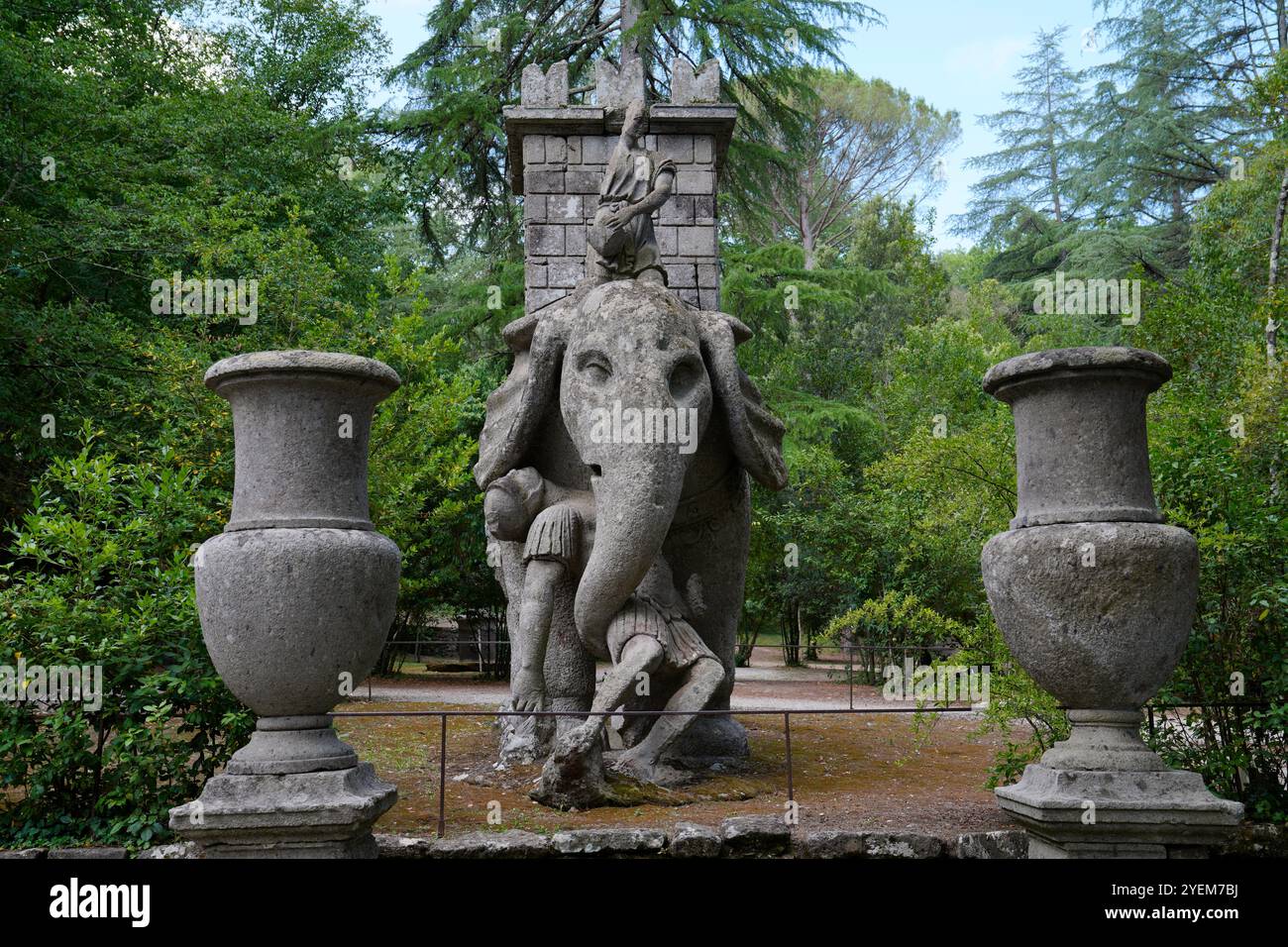 Elephant,Sacro Bosco,Sacred Forest,Park of the Monsters,Parco dei Mostri,Bomarzo Stock Photohttps://www.alamy.com/image-license-details/?v=1https://www.alamy.com/elephantsacro-boscosacred-forestpark-of-the-monstersparco-dei-mostribomarzo-image628623286.html
Elephant,Sacro Bosco,Sacred Forest,Park of the Monsters,Parco dei Mostri,Bomarzo Stock Photohttps://www.alamy.com/image-license-details/?v=1https://www.alamy.com/elephantsacro-boscosacred-forestpark-of-the-monstersparco-dei-mostribomarzo-image628623286.htmlRM2YEM7BJ–Elephant,Sacro Bosco,Sacred Forest,Park of the Monsters,Parco dei Mostri,Bomarzo
 Black & white art of cyclops, one-eyed giants Greek mythology with single eye in the centre of forehead, includes Graeae, the three witches or sisters Stock Photohttps://www.alamy.com/image-license-details/?v=1https://www.alamy.com/black-white-art-of-cyclops-one-eyed-giants-greek-mythology-with-single-eye-in-the-centre-of-forehead-includes-graeae-the-three-witches-or-sisters-image560142599.html
Black & white art of cyclops, one-eyed giants Greek mythology with single eye in the centre of forehead, includes Graeae, the three witches or sisters Stock Photohttps://www.alamy.com/image-license-details/?v=1https://www.alamy.com/black-white-art-of-cyclops-one-eyed-giants-greek-mythology-with-single-eye-in-the-centre-of-forehead-includes-graeae-the-three-witches-or-sisters-image560142599.htmlRM2RF8KGR–Black & white art of cyclops, one-eyed giants Greek mythology with single eye in the centre of forehead, includes Graeae, the three witches or sisters
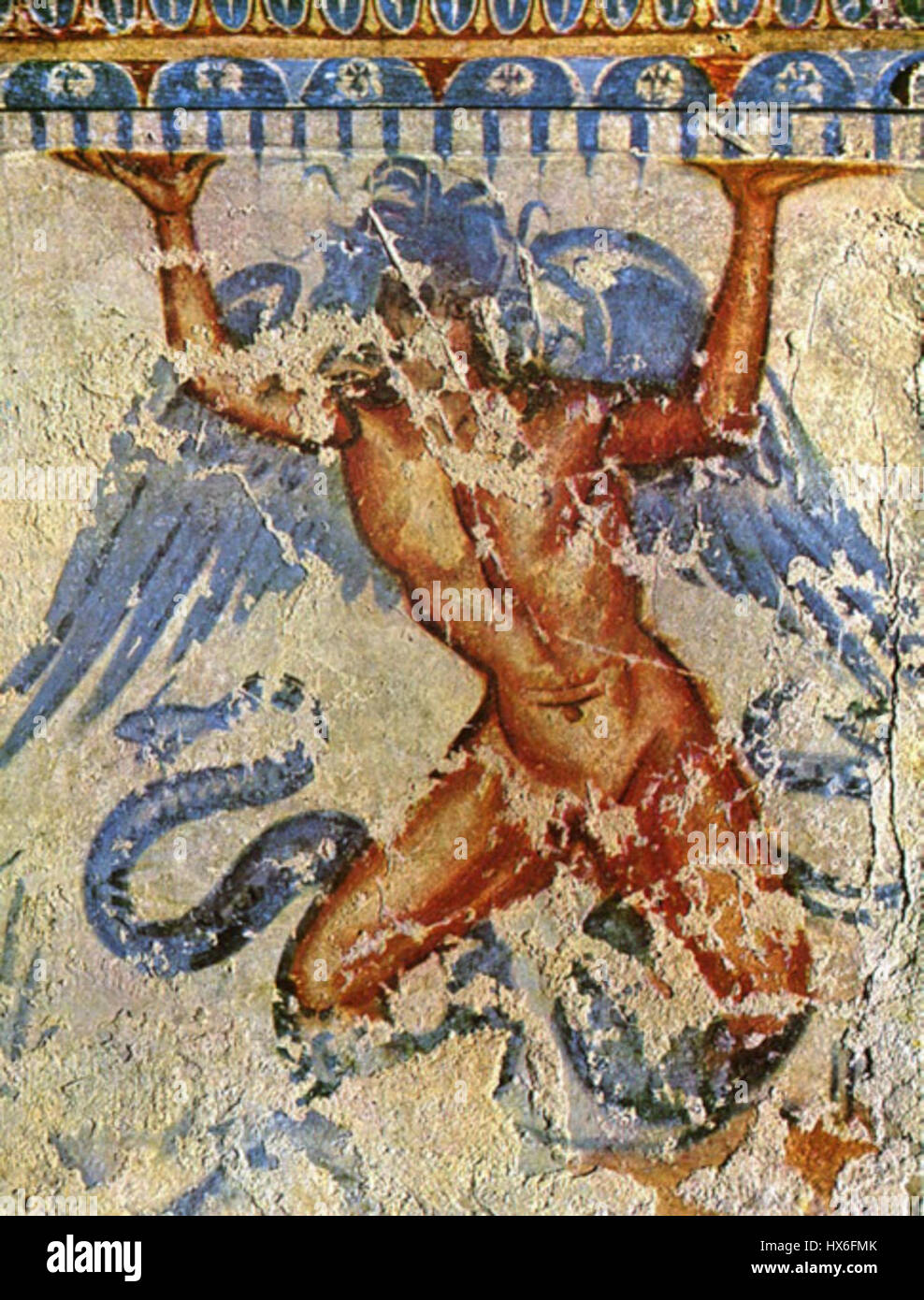 The *Typhoeus Etrurian Fresco* depicts the mythical giant Typhoeus, a monstrous figure in Greek mythology, known for his challenge to the gods. The fresco likely portrays Typhoeus's violent confrontation with the gods, rendered in vibrant colors typical of ancient Etruscan art. Stock Photohttps://www.alamy.com/image-license-details/?v=1https://www.alamy.com/stock-photo-the-typhoeus-etrurian-fresco-depicts-the-mythical-giant-typhoeus-a-136597683.html
The *Typhoeus Etrurian Fresco* depicts the mythical giant Typhoeus, a monstrous figure in Greek mythology, known for his challenge to the gods. The fresco likely portrays Typhoeus's violent confrontation with the gods, rendered in vibrant colors typical of ancient Etruscan art. Stock Photohttps://www.alamy.com/image-license-details/?v=1https://www.alamy.com/stock-photo-the-typhoeus-etrurian-fresco-depicts-the-mythical-giant-typhoeus-a-136597683.htmlRMHX6FMK–The *Typhoeus Etrurian Fresco* depicts the mythical giant Typhoeus, a monstrous figure in Greek mythology, known for his challenge to the gods. The fresco likely portrays Typhoeus's violent confrontation with the gods, rendered in vibrant colors typical of ancient Etruscan art.
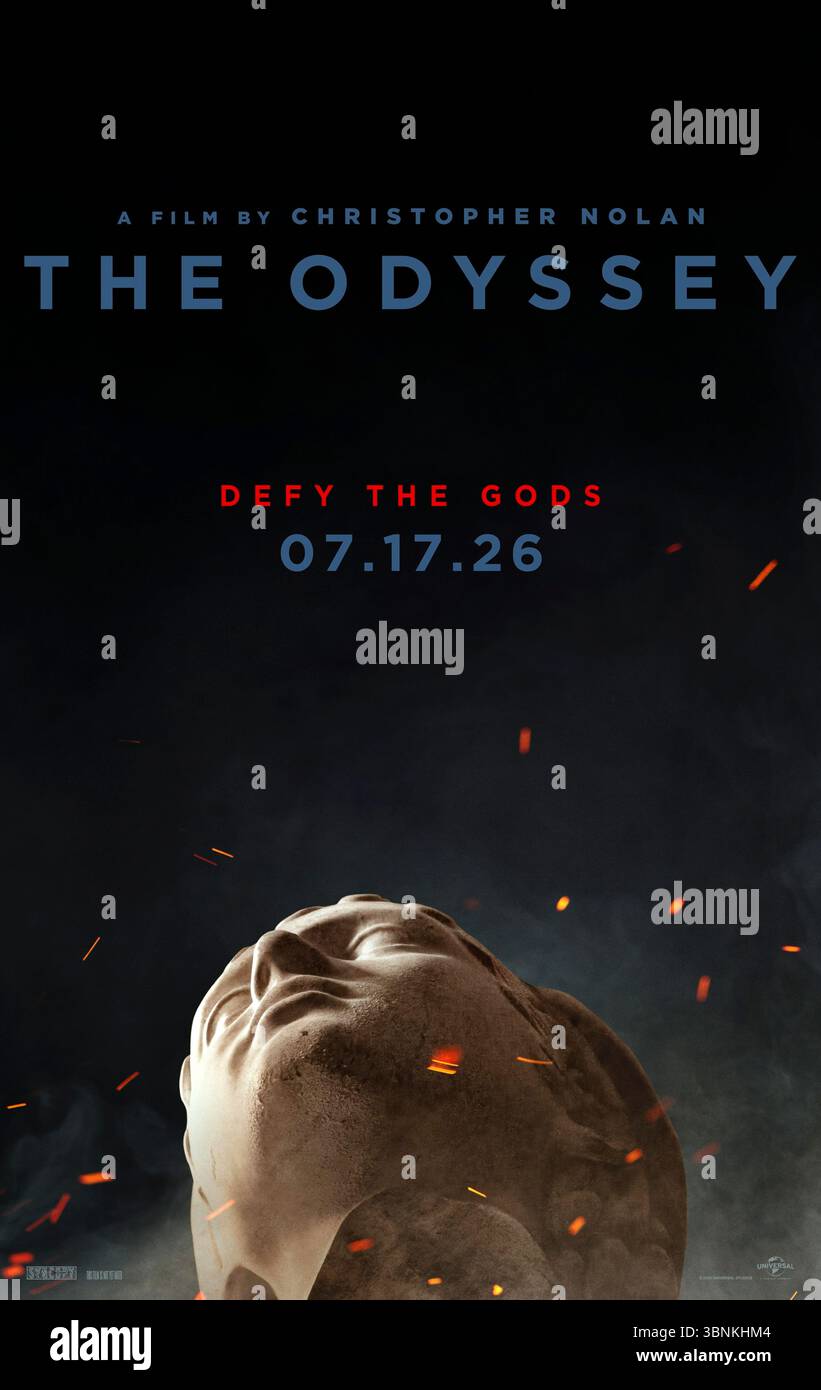 The Odyssey (2026) directed by Christopher Nolan and starring Matt Damon, Tom Holland, and Anne Hathaway. Follows Odysseus in his perilous journey home after the Trojan War, showcasing his encounters with Polyphemus, the Sirens, Circe, and finishing with his reunion with his wife, Penelope. US advance poster EDITORIAL USE ONLY. Credit: BFA / Universal Pictures Stock Photohttps://www.alamy.com/image-license-details/?v=1https://www.alamy.com/the-odyssey-2026-directed-by-christopher-nolan-and-starring-matt-damon-tom-holland-and-anne-hathaway-follows-odysseus-in-his-perilous-journey-home-after-the-trojan-war-showcasing-his-encounters-with-polyphemus-the-sirens-circe-and-finishing-with-his-reunion-with-his-wife-penelope-us-advance-poster-editorial-use-only-credit-bfa-universal-pictures-image684543108.html
The Odyssey (2026) directed by Christopher Nolan and starring Matt Damon, Tom Holland, and Anne Hathaway. Follows Odysseus in his perilous journey home after the Trojan War, showcasing his encounters with Polyphemus, the Sirens, Circe, and finishing with his reunion with his wife, Penelope. US advance poster EDITORIAL USE ONLY. Credit: BFA / Universal Pictures Stock Photohttps://www.alamy.com/image-license-details/?v=1https://www.alamy.com/the-odyssey-2026-directed-by-christopher-nolan-and-starring-matt-damon-tom-holland-and-anne-hathaway-follows-odysseus-in-his-perilous-journey-home-after-the-trojan-war-showcasing-his-encounters-with-polyphemus-the-sirens-circe-and-finishing-with-his-reunion-with-his-wife-penelope-us-advance-poster-editorial-use-only-credit-bfa-universal-pictures-image684543108.htmlRM3BNKHM4–The Odyssey (2026) directed by Christopher Nolan and starring Matt Damon, Tom Holland, and Anne Hathaway. Follows Odysseus in his perilous journey home after the Trojan War, showcasing his encounters with Polyphemus, the Sirens, Circe, and finishing with his reunion with his wife, Penelope. US advance poster EDITORIAL USE ONLY. Credit: BFA / Universal Pictures
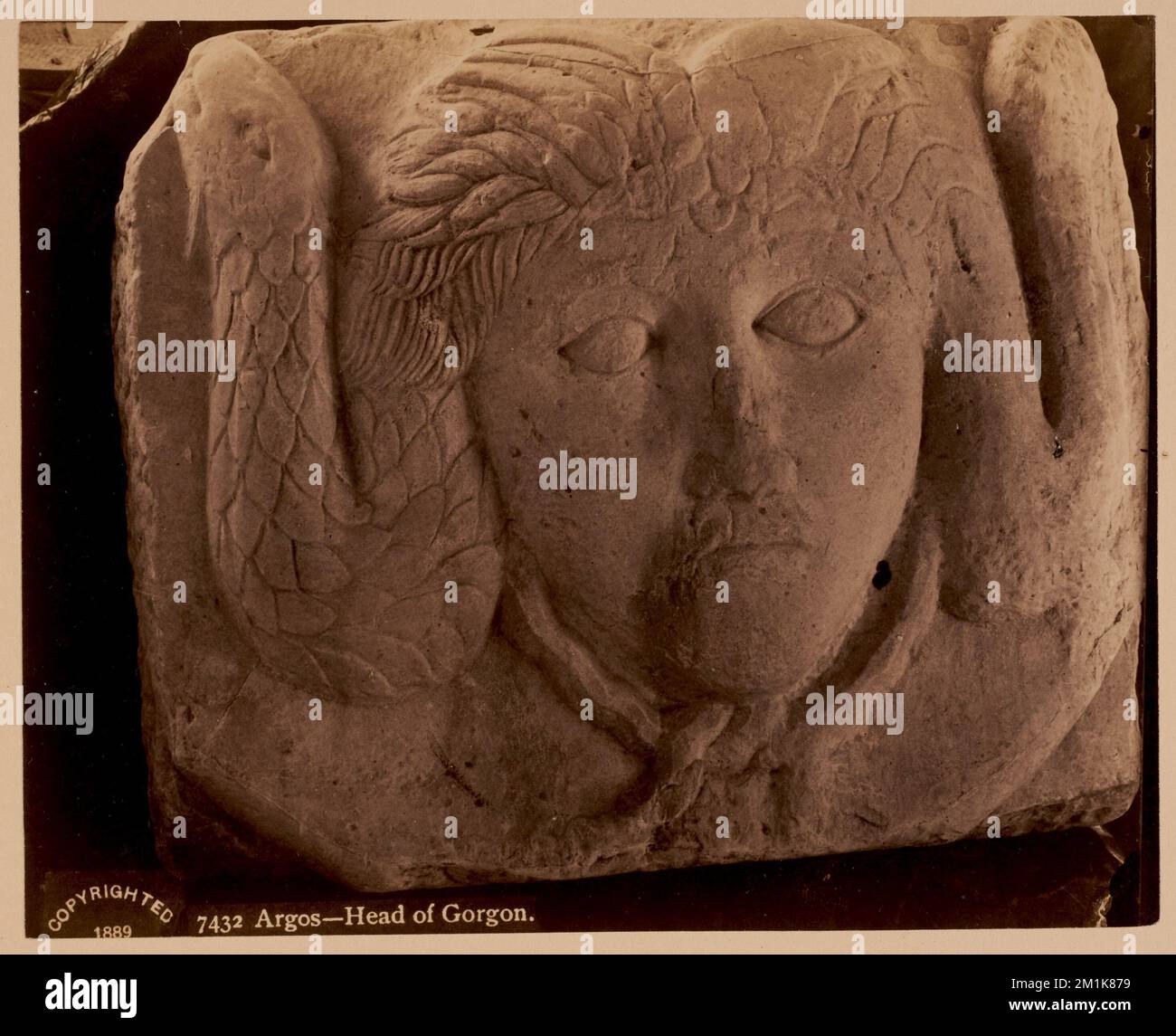 Argos - head of gorgon , Antiquities, Sculpture, Monsters, Gorgons Greek mythology. Nicholas Catsimpoolas Collection Stock Photohttps://www.alamy.com/image-license-details/?v=1https://www.alamy.com/argos-head-of-gorgon-antiquities-sculpture-monsters-gorgons-greek-mythology-nicholas-catsimpoolas-collection-image500138893.html
Argos - head of gorgon , Antiquities, Sculpture, Monsters, Gorgons Greek mythology. Nicholas Catsimpoolas Collection Stock Photohttps://www.alamy.com/image-license-details/?v=1https://www.alamy.com/argos-head-of-gorgon-antiquities-sculpture-monsters-gorgons-greek-mythology-nicholas-catsimpoolas-collection-image500138893.htmlRM2M1K879–Argos - head of gorgon , Antiquities, Sculpture, Monsters, Gorgons Greek mythology. Nicholas Catsimpoolas Collection
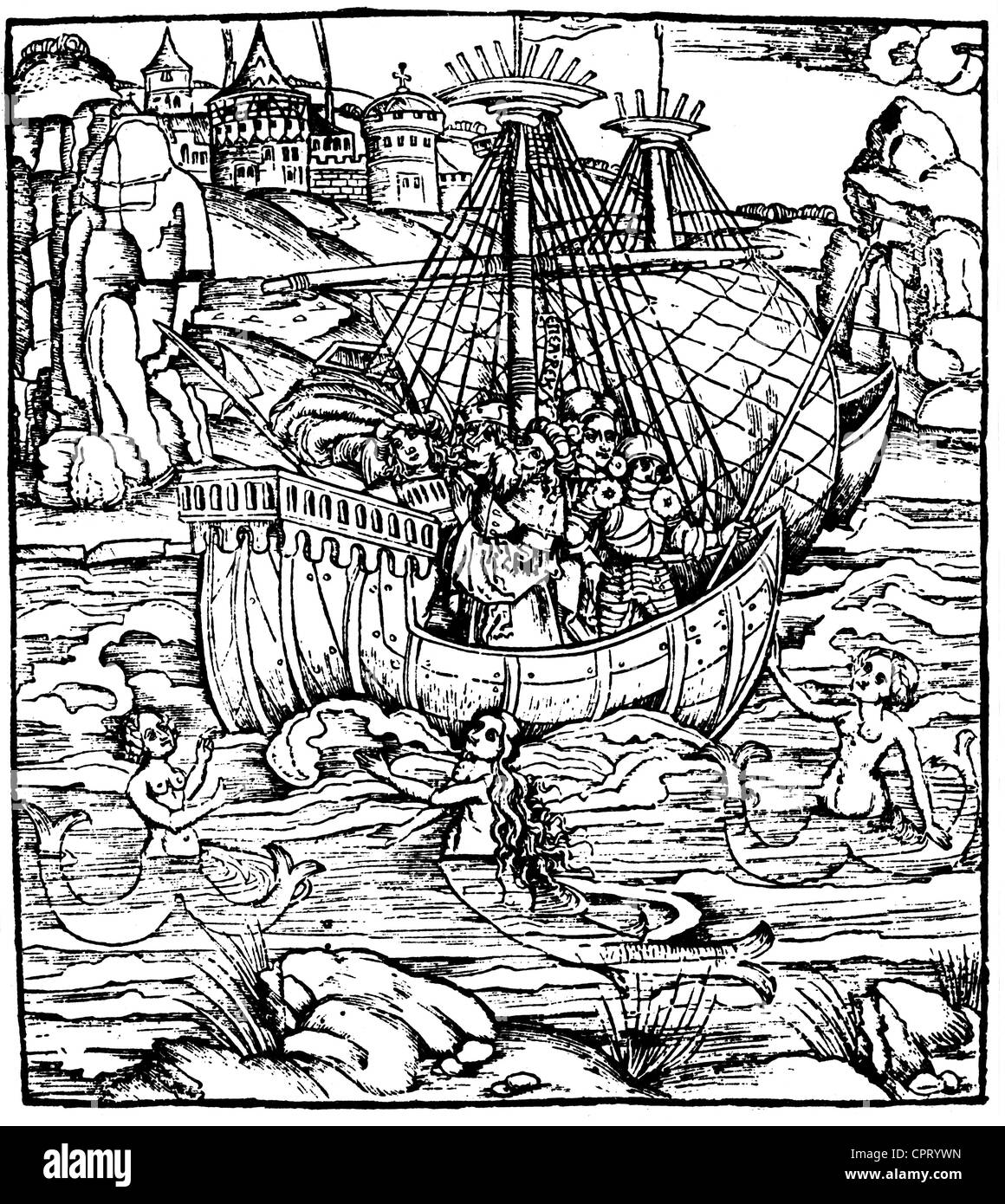 Odysseus (Ulysses), hero of the classical legend, and the Sirens, woodcut from 'L'Eneide' by Grueninger, Strasbourg, 1505, Stock Photohttps://www.alamy.com/image-license-details/?v=1https://www.alamy.com/stock-photo-odysseus-ulysses-hero-of-the-classical-legend-and-the-sirens-woodcut-48469953.html
Odysseus (Ulysses), hero of the classical legend, and the Sirens, woodcut from 'L'Eneide' by Grueninger, Strasbourg, 1505, Stock Photohttps://www.alamy.com/image-license-details/?v=1https://www.alamy.com/stock-photo-odysseus-ulysses-hero-of-the-classical-legend-and-the-sirens-woodcut-48469953.htmlRMCPRYWN–Odysseus (Ulysses), hero of the classical legend, and the Sirens, woodcut from 'L'Eneide' by Grueninger, Strasbourg, 1505,
RMKRHPRN–'Harpyae secunda icon, Egyptian harpy. Renaissance Woodcut monsters. From the 1642 book Monstrorum Historia by Ulisse Aldrovandi (Bologna, 1522-1605). He is considered the founder of modern Natural History. In Greek mythology and Roman mythology, a harpy was a female monster in the form of a bird with a human face. They steal food from their victims while they are eating and carry evildoers (especially those who have killed their family) to the Erinyes. They seem originally to have been wind spirits. Their name means ''snatchers''.'
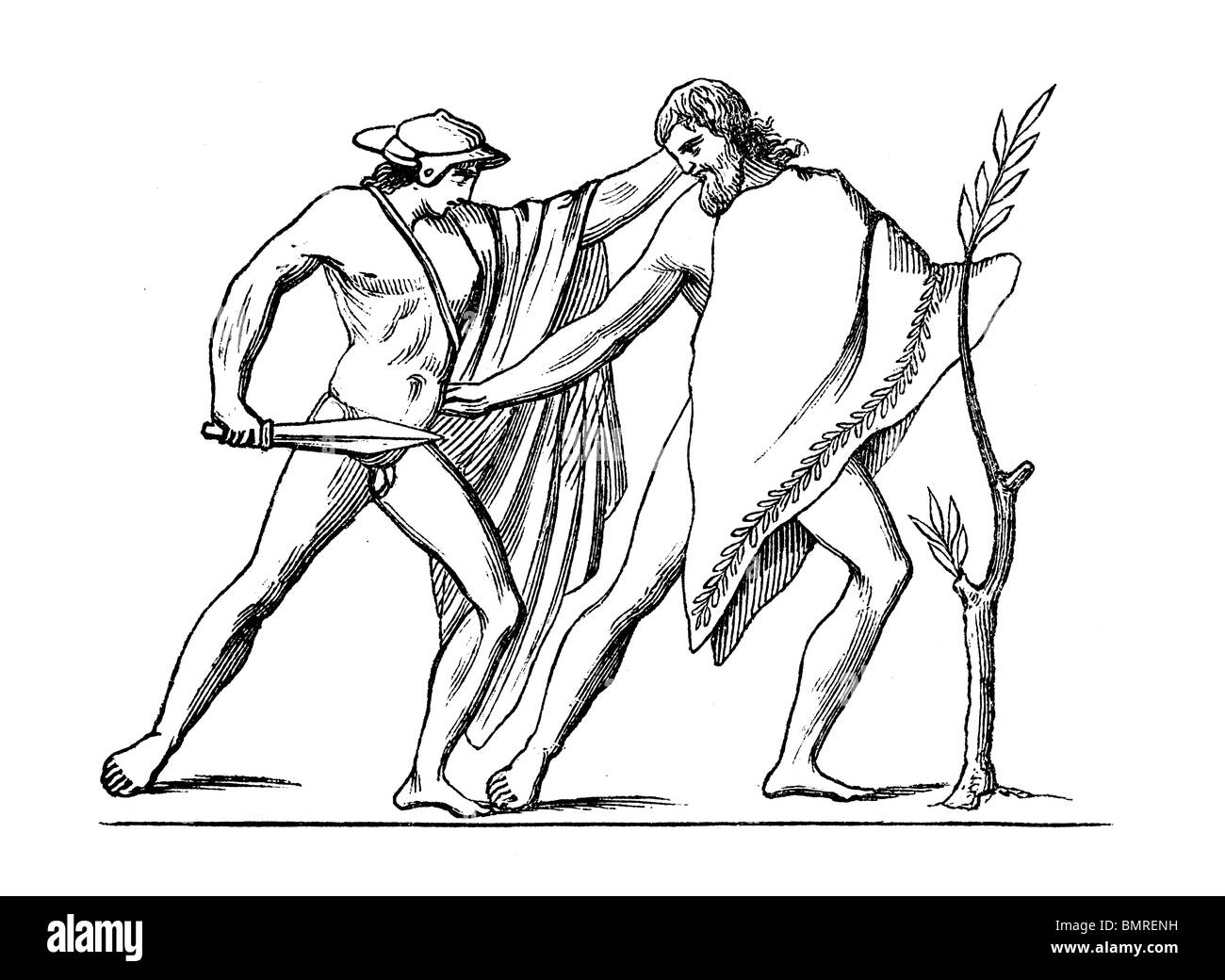 Theseus Stock Photohttps://www.alamy.com/image-license-details/?v=1https://www.alamy.com/stock-photo-theseus-30019965.html
Theseus Stock Photohttps://www.alamy.com/image-license-details/?v=1https://www.alamy.com/stock-photo-theseus-30019965.htmlRMBMRENH–Theseus
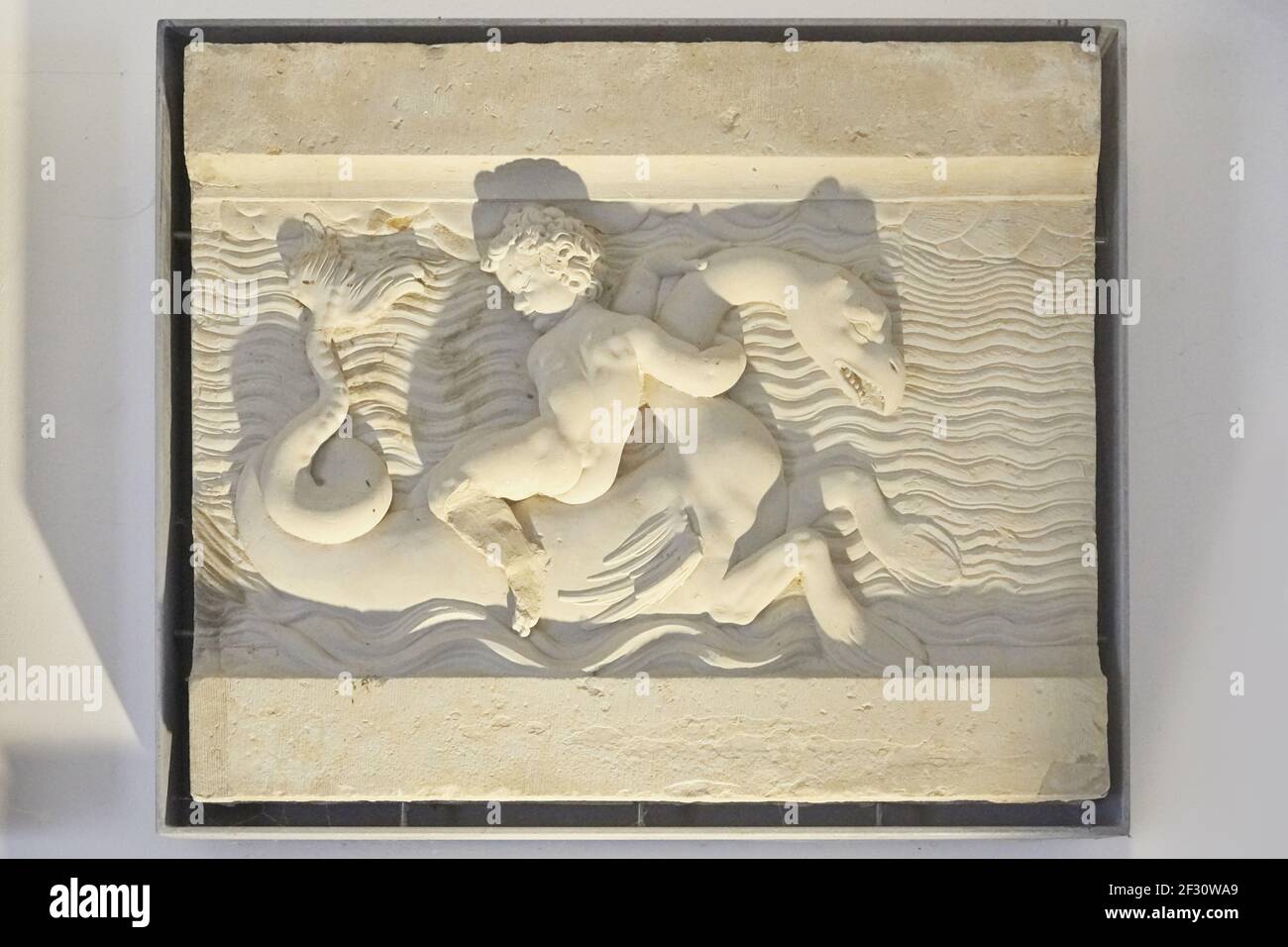 Nice little reliefs with putti and sea monsters. Stock Photohttps://www.alamy.com/image-license-details/?v=1https://www.alamy.com/nice-little-reliefs-with-putti-and-sea-monsters-image414912689.html
Nice little reliefs with putti and sea monsters. Stock Photohttps://www.alamy.com/image-license-details/?v=1https://www.alamy.com/nice-little-reliefs-with-putti-and-sea-monsters-image414912689.htmlRF2F30WA9–Nice little reliefs with putti and sea monsters.
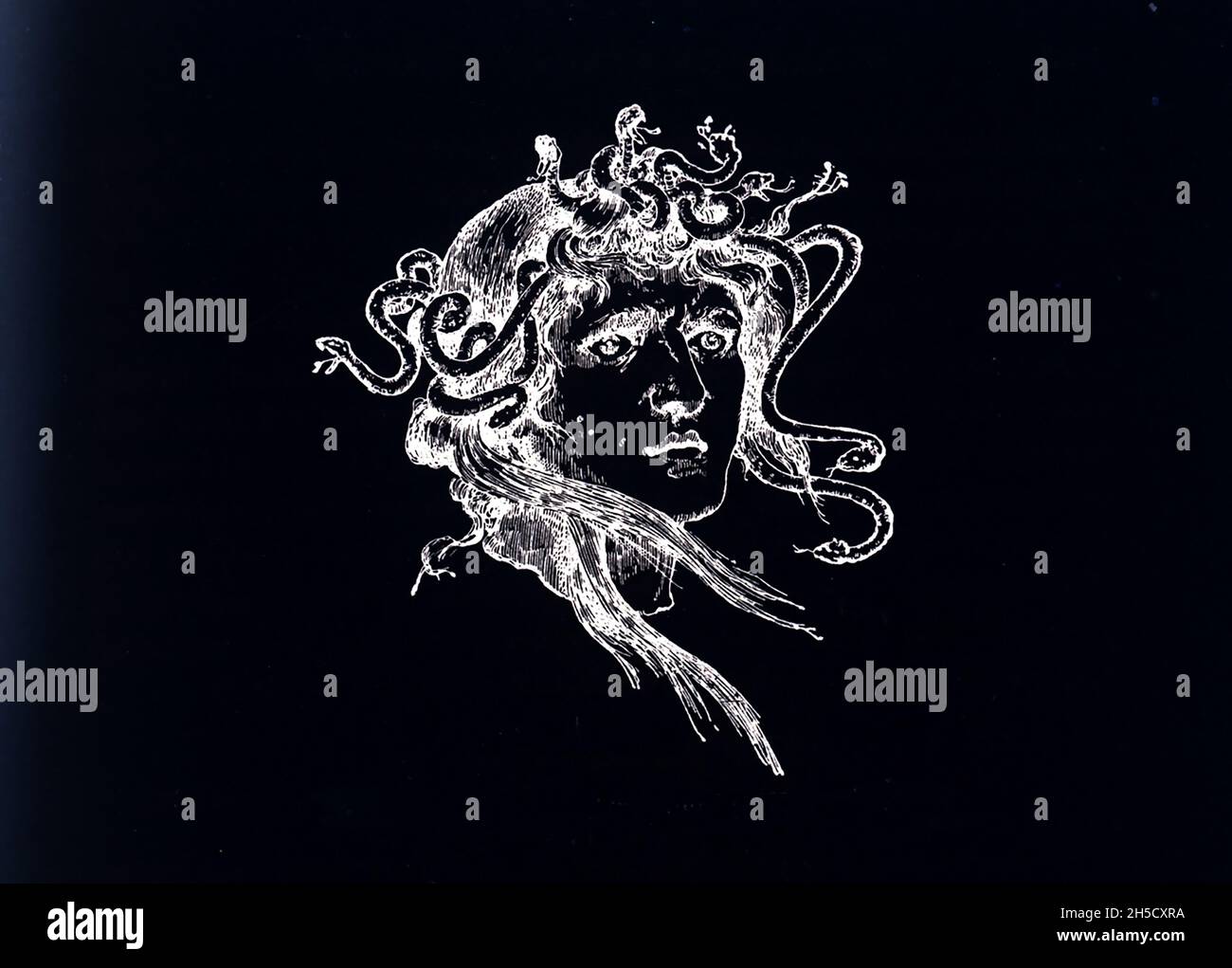 This drawing of the head of Medusa was done by the French artist Jacques Wagrez. To protect his mother, Danae, the mythical Greek hero Perseus accepted the task assigned him by a king named Polydictes of slaying the monster Medusa, whose hair was snakes and whose eyes turned all to stone who gazed at them. Wagrez was a French 19th Century painter who was born in Paris about 1850 and died in 1908. Stock Photohttps://www.alamy.com/image-license-details/?v=1https://www.alamy.com/this-drawing-of-the-head-of-medusa-was-done-by-the-french-artist-jacques-wagrez-to-protect-his-mother-danae-the-mythical-greek-hero-perseus-accepted-the-task-assigned-him-by-a-king-named-polydictes-of-slaying-the-monster-medusa-whose-hair-was-snakes-and-whose-eyes-turned-all-to-stone-who-gazed-at-them-wagrez-was-a-french-19th-century-painter-who-was-born-in-paris-about-1850-and-died-in-1908-image450827310.html
This drawing of the head of Medusa was done by the French artist Jacques Wagrez. To protect his mother, Danae, the mythical Greek hero Perseus accepted the task assigned him by a king named Polydictes of slaying the monster Medusa, whose hair was snakes and whose eyes turned all to stone who gazed at them. Wagrez was a French 19th Century painter who was born in Paris about 1850 and died in 1908. Stock Photohttps://www.alamy.com/image-license-details/?v=1https://www.alamy.com/this-drawing-of-the-head-of-medusa-was-done-by-the-french-artist-jacques-wagrez-to-protect-his-mother-danae-the-mythical-greek-hero-perseus-accepted-the-task-assigned-him-by-a-king-named-polydictes-of-slaying-the-monster-medusa-whose-hair-was-snakes-and-whose-eyes-turned-all-to-stone-who-gazed-at-them-wagrez-was-a-french-19th-century-painter-who-was-born-in-paris-about-1850-and-died-in-1908-image450827310.htmlRF2H5CXRA–This drawing of the head of Medusa was done by the French artist Jacques Wagrez. To protect his mother, Danae, the mythical Greek hero Perseus accepted the task assigned him by a king named Polydictes of slaying the monster Medusa, whose hair was snakes and whose eyes turned all to stone who gazed at them. Wagrez was a French 19th Century painter who was born in Paris about 1850 and died in 1908.
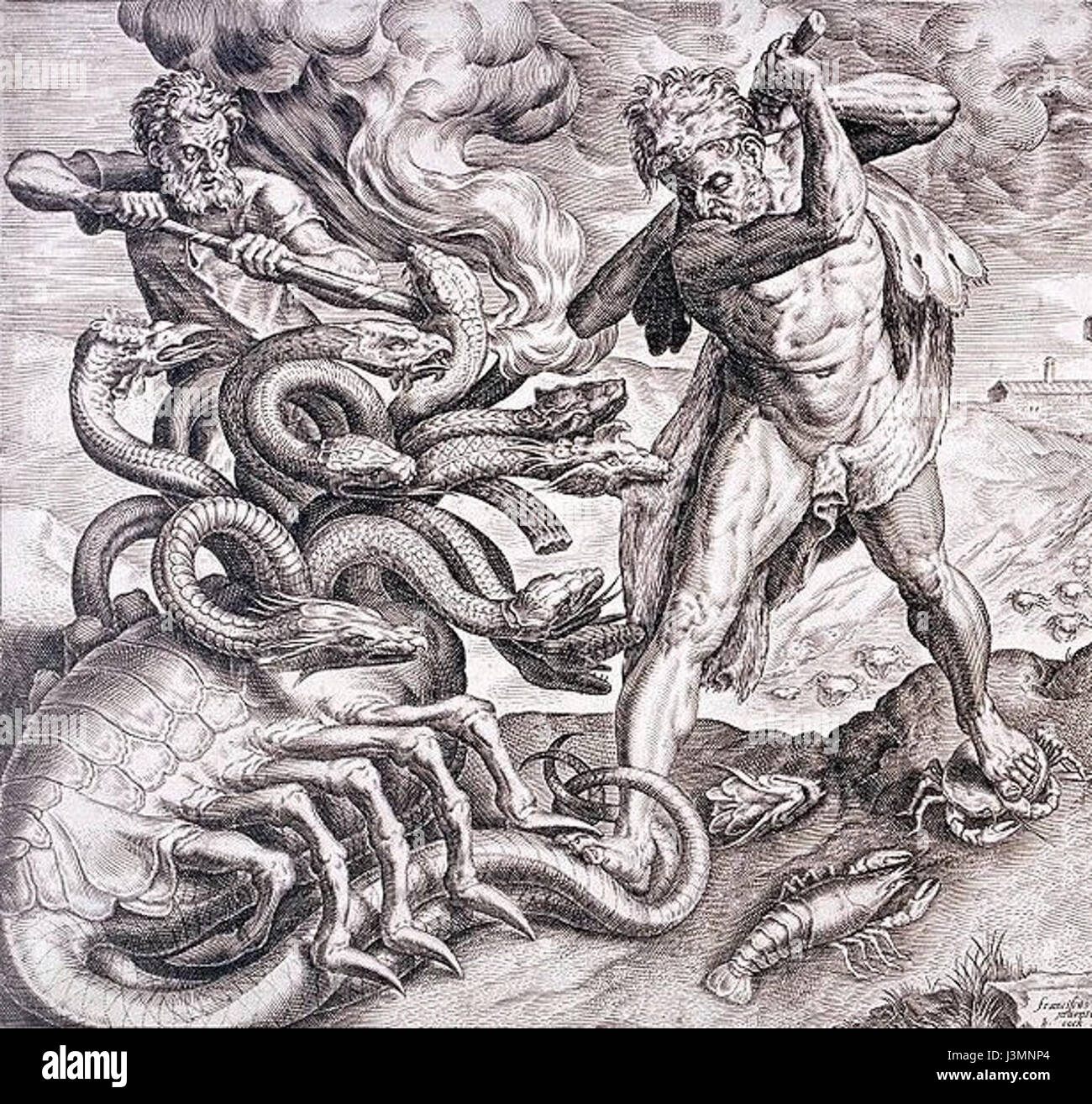 This image depicts the mythological story of Herakles (Hercules) killing the Hydra, a multi-headed serpent-like creature. It is one of the twelve labors of Herakles in Greek mythology. Stock Photohttps://www.alamy.com/image-license-details/?v=1https://www.alamy.com/stock-photo-this-image-depicts-the-mythological-story-of-herakles-hercules-killing-139983036.html
This image depicts the mythological story of Herakles (Hercules) killing the Hydra, a multi-headed serpent-like creature. It is one of the twelve labors of Herakles in Greek mythology. Stock Photohttps://www.alamy.com/image-license-details/?v=1https://www.alamy.com/stock-photo-this-image-depicts-the-mythological-story-of-herakles-hercules-killing-139983036.htmlRMJ3MNP4–This image depicts the mythological story of Herakles (Hercules) killing the Hydra, a multi-headed serpent-like creature. It is one of the twelve labors of Herakles in Greek mythology.
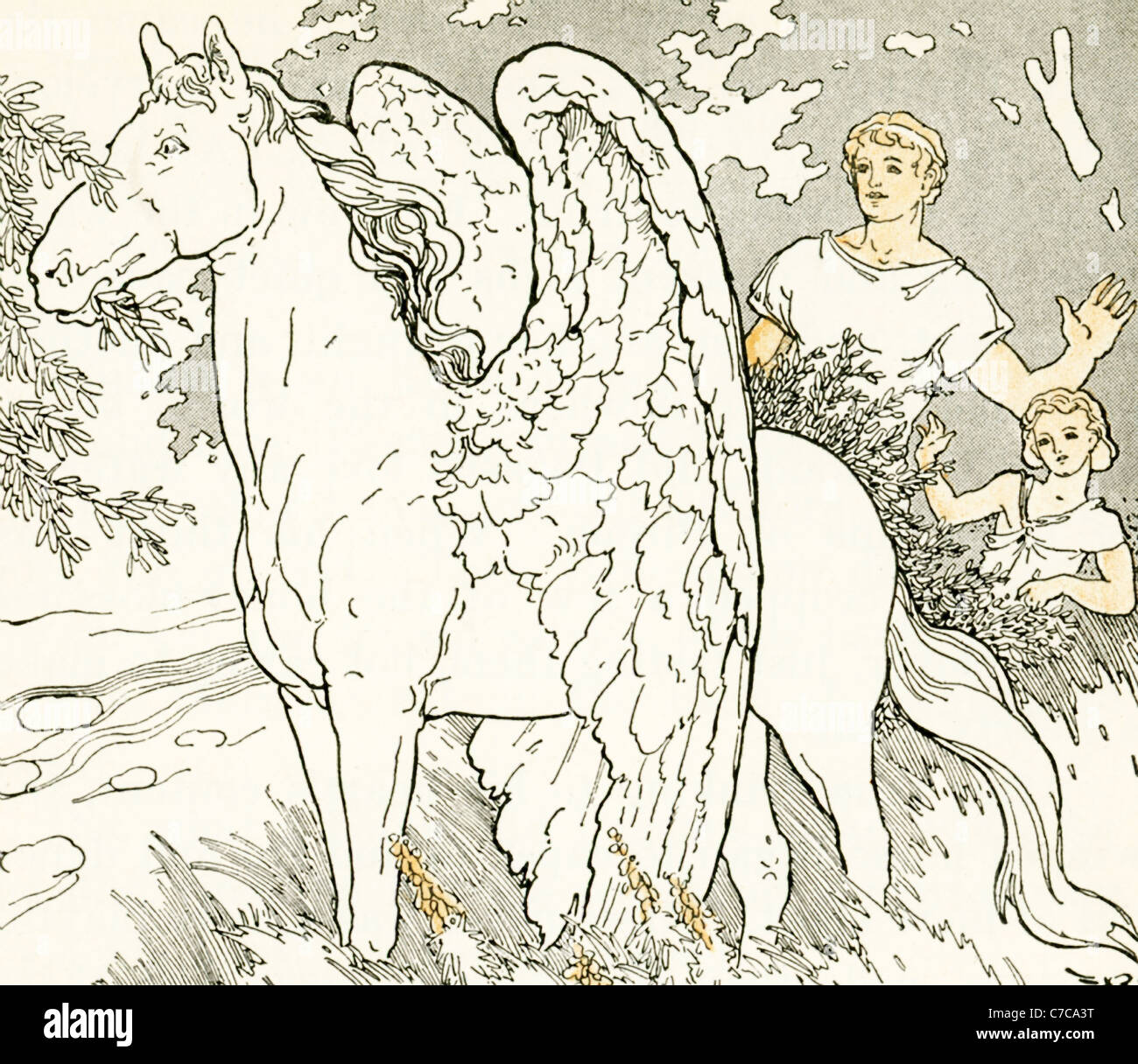 Bellerophon approaches the winged horse Pegasus, which he mounts with the help of the goddess Athena. Stock Photohttps://www.alamy.com/image-license-details/?v=1https://www.alamy.com/stock-photo-bellerophon-approaches-the-winged-horse-pegasus-which-he-mounts-with-38994700.html
Bellerophon approaches the winged horse Pegasus, which he mounts with the help of the goddess Athena. Stock Photohttps://www.alamy.com/image-license-details/?v=1https://www.alamy.com/stock-photo-bellerophon-approaches-the-winged-horse-pegasus-which-he-mounts-with-38994700.htmlRFC7CA3T–Bellerophon approaches the winged horse Pegasus, which he mounts with the help of the goddess Athena.
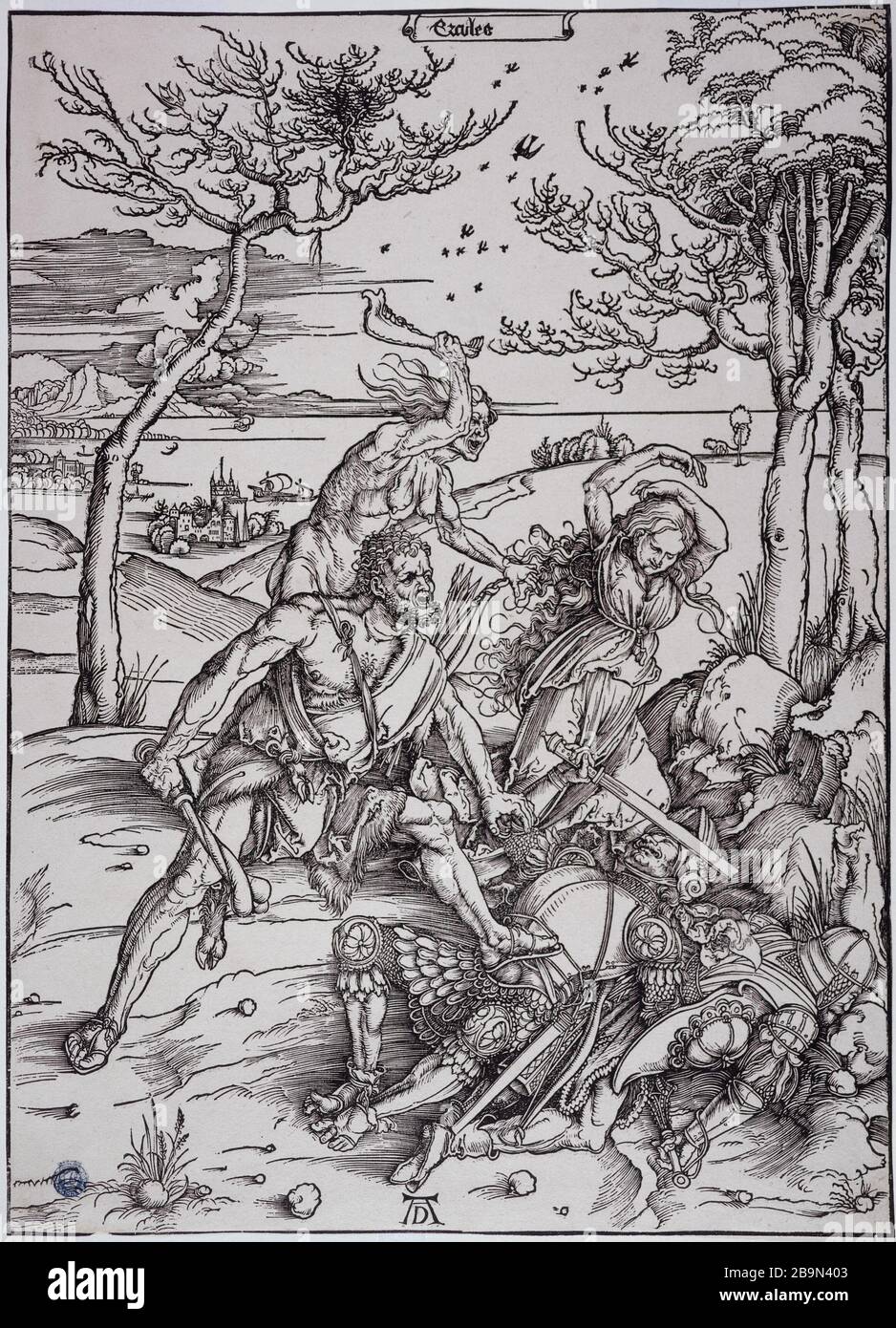 WINNER Cacus HERCULES BARSCH B127 Albrecht Dürer (1471-1528). 'Hercule vainqueur de Cacus ; Barsch B127'. Gravure sur bois, vers 1496. Musée des Beaux-Arts de la Ville de Paris, Petit Palais. Stock Photohttps://www.alamy.com/image-license-details/?v=1https://www.alamy.com/winner-cacus-hercules-barsch-b127-albrecht-drer-1471-1528-hercule-vainqueur-de-cacus-barsch-b127-gravure-sur-bois-vers-1496-muse-des-beaux-arts-de-la-ville-de-paris-petit-palais-image350203395.html
WINNER Cacus HERCULES BARSCH B127 Albrecht Dürer (1471-1528). 'Hercule vainqueur de Cacus ; Barsch B127'. Gravure sur bois, vers 1496. Musée des Beaux-Arts de la Ville de Paris, Petit Palais. Stock Photohttps://www.alamy.com/image-license-details/?v=1https://www.alamy.com/winner-cacus-hercules-barsch-b127-albrecht-drer-1471-1528-hercule-vainqueur-de-cacus-barsch-b127-gravure-sur-bois-vers-1496-muse-des-beaux-arts-de-la-ville-de-paris-petit-palais-image350203395.htmlRM2B9N403–WINNER Cacus HERCULES BARSCH B127 Albrecht Dürer (1471-1528). 'Hercule vainqueur de Cacus ; Barsch B127'. Gravure sur bois, vers 1496. Musée des Beaux-Arts de la Ville de Paris, Petit Palais.
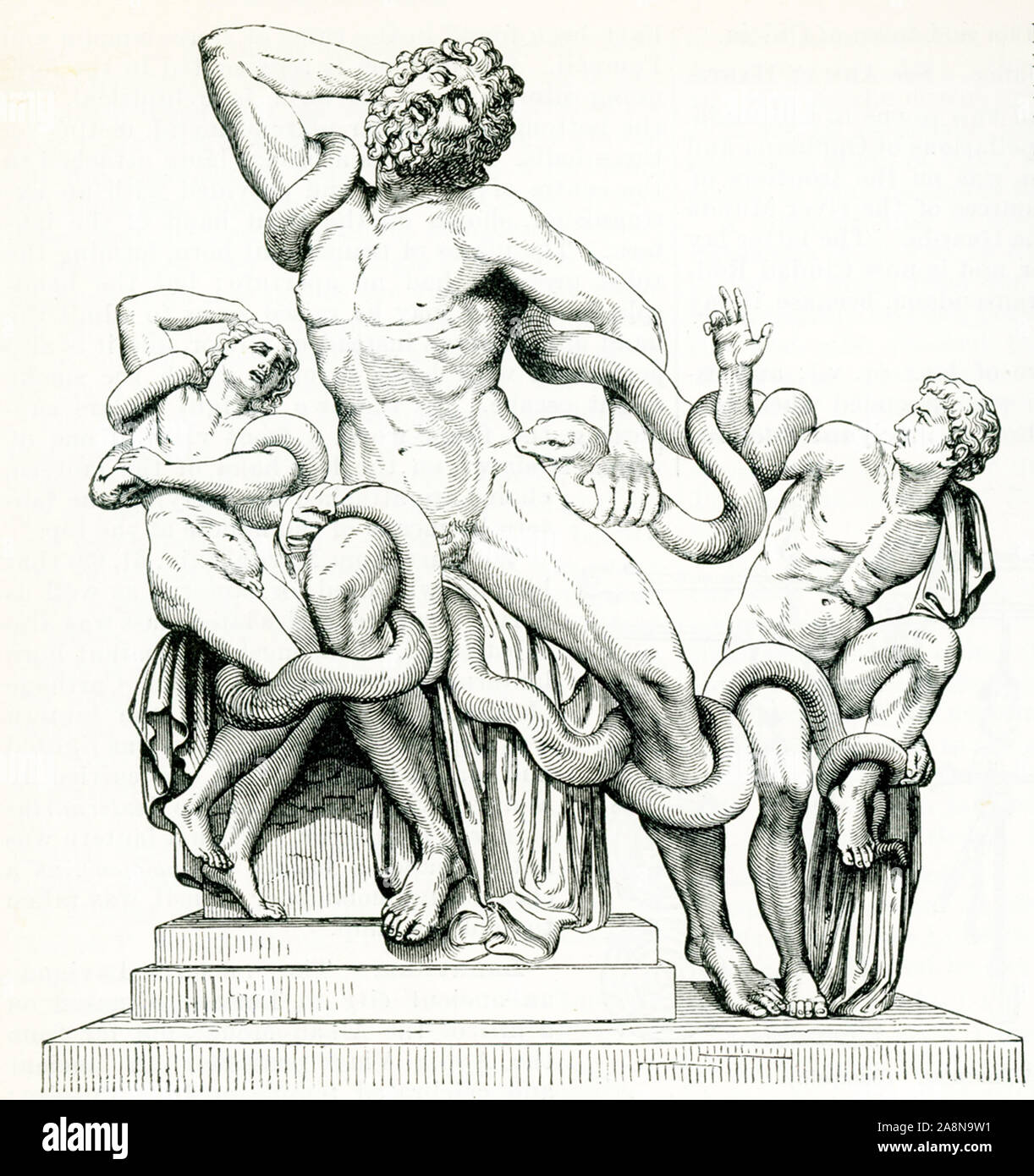 This image dates to 1897 and is a copy of a statue of Laocoon and his sons. According to Greek mythology, Laocoon warned the Trojans about bringing the wooden horse fashioned by the Greeks into Troy. To quiet his protests, a god who favored the Greeks (some say Athena, others Poseidon, others Zeus) sent to sea serpents to kill him - and with him, his sons. Stock Photohttps://www.alamy.com/image-license-details/?v=1https://www.alamy.com/this-image-dates-to-1897-and-is-a-copy-of-a-statue-of-laocoon-and-his-sons-according-to-greek-mythology-laocoon-warned-the-trojans-about-bringing-the-wooden-horse-fashioned-by-the-greeks-into-troy-to-quiet-his-protests-a-god-who-favored-the-greeks-some-say-athena-others-poseidon-others-zeus-sent-to-sea-serpents-to-kill-him-and-with-him-his-sons-image332382989.html
This image dates to 1897 and is a copy of a statue of Laocoon and his sons. According to Greek mythology, Laocoon warned the Trojans about bringing the wooden horse fashioned by the Greeks into Troy. To quiet his protests, a god who favored the Greeks (some say Athena, others Poseidon, others Zeus) sent to sea serpents to kill him - and with him, his sons. Stock Photohttps://www.alamy.com/image-license-details/?v=1https://www.alamy.com/this-image-dates-to-1897-and-is-a-copy-of-a-statue-of-laocoon-and-his-sons-according-to-greek-mythology-laocoon-warned-the-trojans-about-bringing-the-wooden-horse-fashioned-by-the-greeks-into-troy-to-quiet-his-protests-a-god-who-favored-the-greeks-some-say-athena-others-poseidon-others-zeus-sent-to-sea-serpents-to-kill-him-and-with-him-his-sons-image332382989.htmlRF2A8N9W1–This image dates to 1897 and is a copy of a statue of Laocoon and his sons. According to Greek mythology, Laocoon warned the Trojans about bringing the wooden horse fashioned by the Greeks into Troy. To quiet his protests, a god who favored the Greeks (some say Athena, others Poseidon, others Zeus) sent to sea serpents to kill him - and with him, his sons.
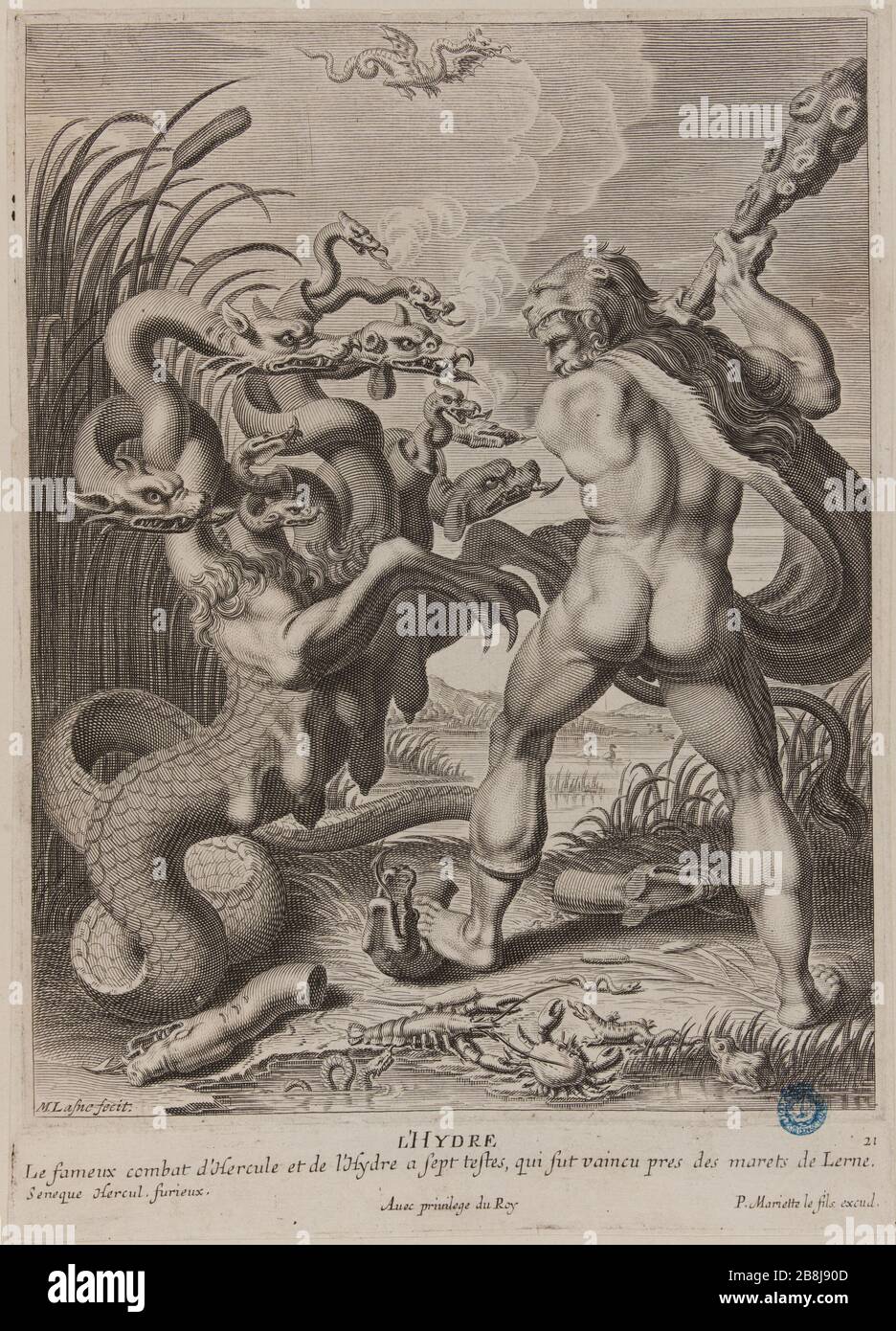 Table of Virtues and Vices of antiquity: Hydra (Dutuit p 36, 113 Le Blanc.) Cornelis II Bloemaert, dit le Jeune (1603-1692). Tableau des Vertus et des Vices de l'antiquité : L'Hydre (Dutuit p. 36, Le Blanc 113). Burin, 1630-1633. Musée des Beaux-Arts de la Ville de Paris, Petit Palais. Stock Photohttps://www.alamy.com/image-license-details/?v=1https://www.alamy.com/table-of-virtues-and-vices-of-antiquity-hydra-dutuit-p-36-113-le-blanc-cornelis-ii-bloemaert-dit-le-jeune-1603-1692-tableau-des-vertus-et-des-vices-de-lantiquit-lhydre-dutuit-p-36-le-blanc-113-burin-1630-1633-muse-des-beaux-arts-de-la-ville-de-paris-petit-palais-image349526813.html
Table of Virtues and Vices of antiquity: Hydra (Dutuit p 36, 113 Le Blanc.) Cornelis II Bloemaert, dit le Jeune (1603-1692). Tableau des Vertus et des Vices de l'antiquité : L'Hydre (Dutuit p. 36, Le Blanc 113). Burin, 1630-1633. Musée des Beaux-Arts de la Ville de Paris, Petit Palais. Stock Photohttps://www.alamy.com/image-license-details/?v=1https://www.alamy.com/table-of-virtues-and-vices-of-antiquity-hydra-dutuit-p-36-113-le-blanc-cornelis-ii-bloemaert-dit-le-jeune-1603-1692-tableau-des-vertus-et-des-vices-de-lantiquit-lhydre-dutuit-p-36-le-blanc-113-burin-1630-1633-muse-des-beaux-arts-de-la-ville-de-paris-petit-palais-image349526813.htmlRM2B8J90D–Table of Virtues and Vices of antiquity: Hydra (Dutuit p 36, 113 Le Blanc.) Cornelis II Bloemaert, dit le Jeune (1603-1692). Tableau des Vertus et des Vices de l'antiquité : L'Hydre (Dutuit p. 36, Le Blanc 113). Burin, 1630-1633. Musée des Beaux-Arts de la Ville de Paris, Petit Palais.
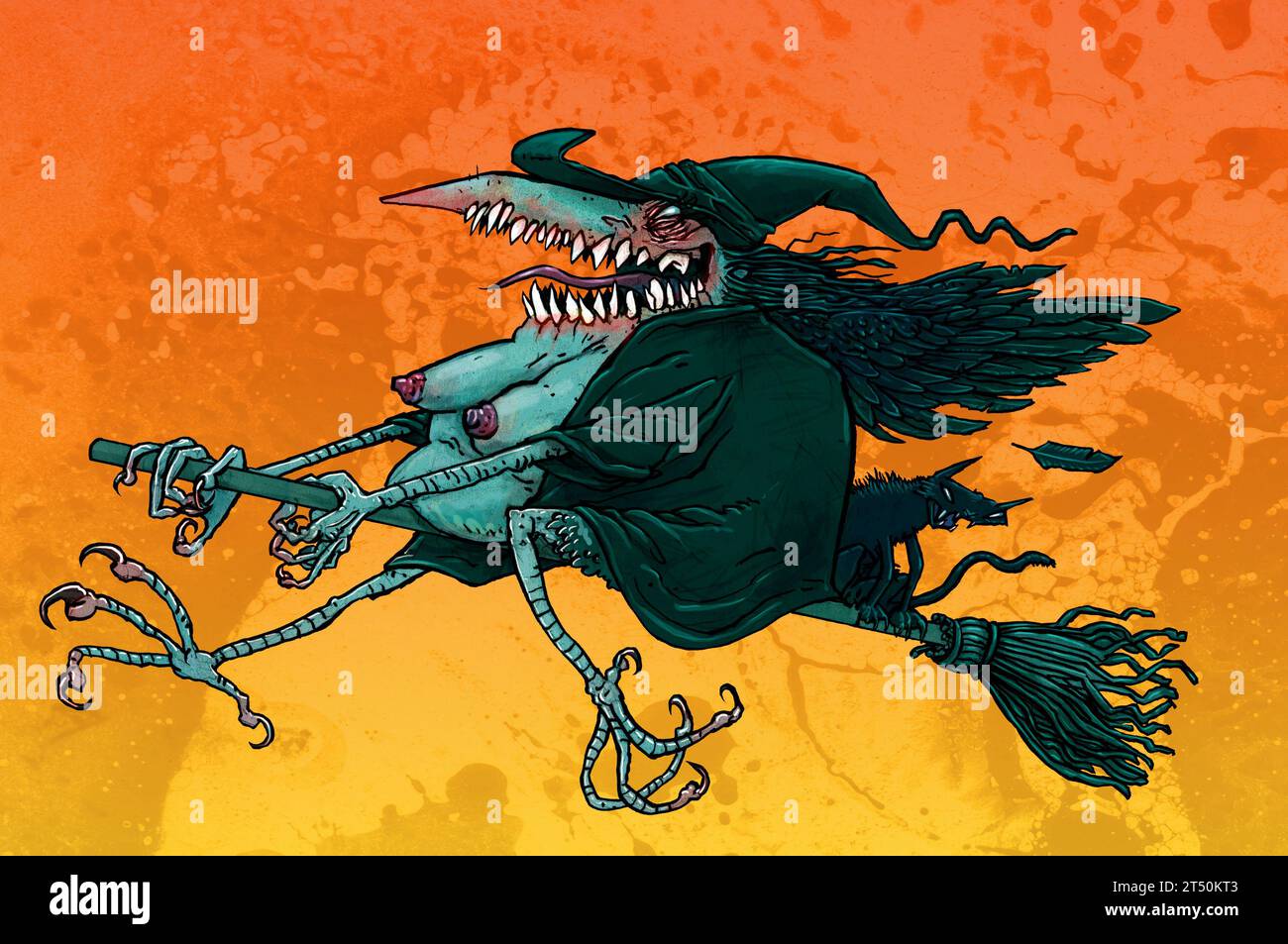 Art harpy on broomstick part-bird, part-woman monster in Greek mythology, they were the personification of storm winds. Also witch Halloween imagery. Stock Photohttps://www.alamy.com/image-license-details/?v=1https://www.alamy.com/art-harpy-on-broomstick-part-bird-part-woman-monster-in-greek-mythology-they-were-the-personification-of-storm-winds-also-witch-halloween-imagery-image571030995.html
Art harpy on broomstick part-bird, part-woman monster in Greek mythology, they were the personification of storm winds. Also witch Halloween imagery. Stock Photohttps://www.alamy.com/image-license-details/?v=1https://www.alamy.com/art-harpy-on-broomstick-part-bird-part-woman-monster-in-greek-mythology-they-were-the-personification-of-storm-winds-also-witch-halloween-imagery-image571030995.htmlRM2T50KT3–Art harpy on broomstick part-bird, part-woman monster in Greek mythology, they were the personification of storm winds. Also witch Halloween imagery.
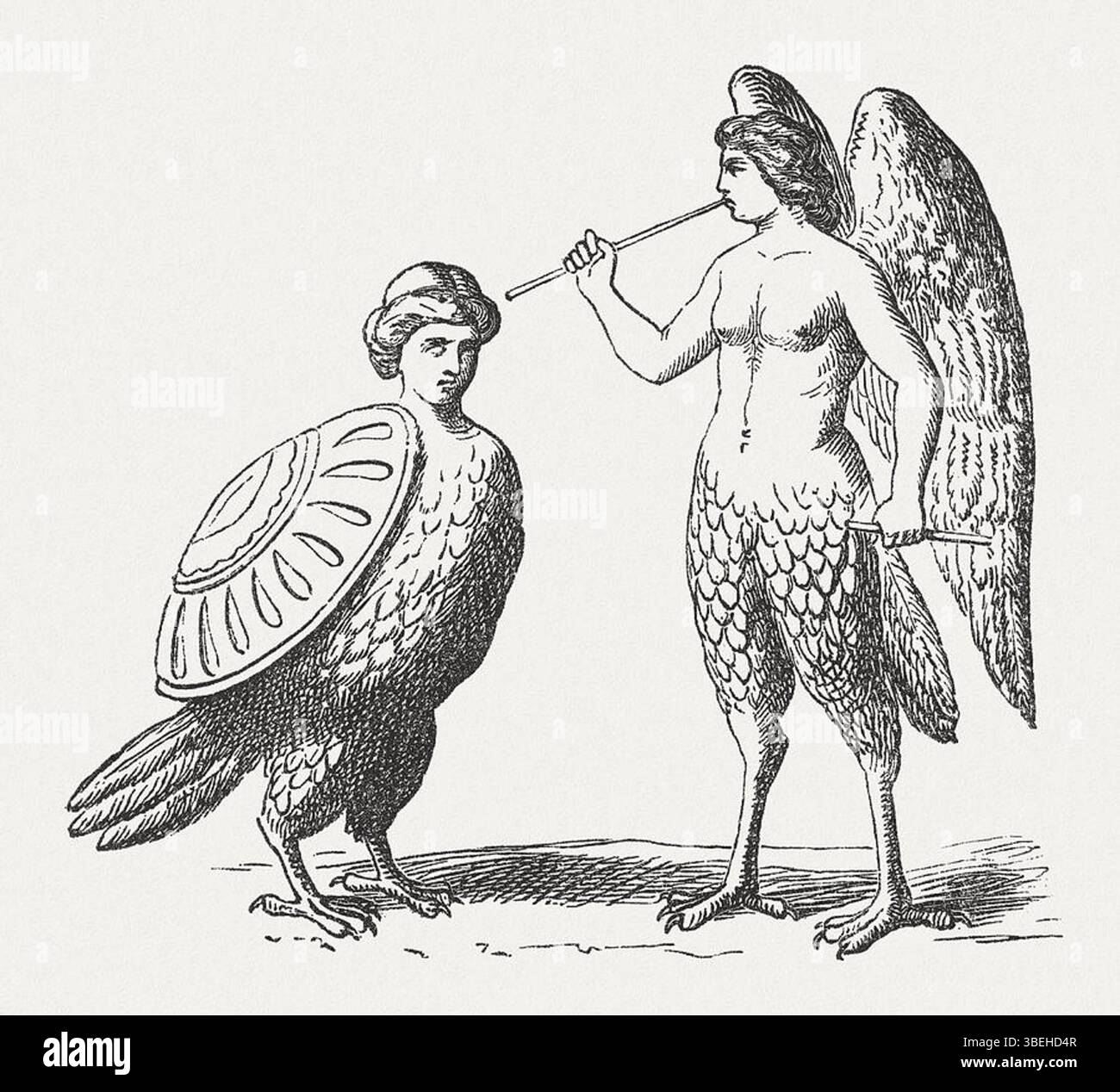 This 1878 woodcut engraving depicts Harpies, female monsters from Greek and Roman mythology. Known for their bird-like features and predatory nature, Harpies are often associated with vengeance and punishment. Stock Photohttps://www.alamy.com/image-license-details/?v=1https://www.alamy.com/this-1878-woodcut-engraving-depicts-harpies-female-monsters-from-greek-and-roman-mythology-known-for-their-bird-like-features-and-predatory-nature-harpies-are-often-associated-with-vengeance-and-punishment-image680193047.html
This 1878 woodcut engraving depicts Harpies, female monsters from Greek and Roman mythology. Known for their bird-like features and predatory nature, Harpies are often associated with vengeance and punishment. Stock Photohttps://www.alamy.com/image-license-details/?v=1https://www.alamy.com/this-1878-woodcut-engraving-depicts-harpies-female-monsters-from-greek-and-roman-mythology-known-for-their-bird-like-features-and-predatory-nature-harpies-are-often-associated-with-vengeance-and-punishment-image680193047.htmlRM3BEHD4R–This 1878 woodcut engraving depicts Harpies, female monsters from Greek and Roman mythology. Known for their bird-like features and predatory nature, Harpies are often associated with vengeance and punishment.
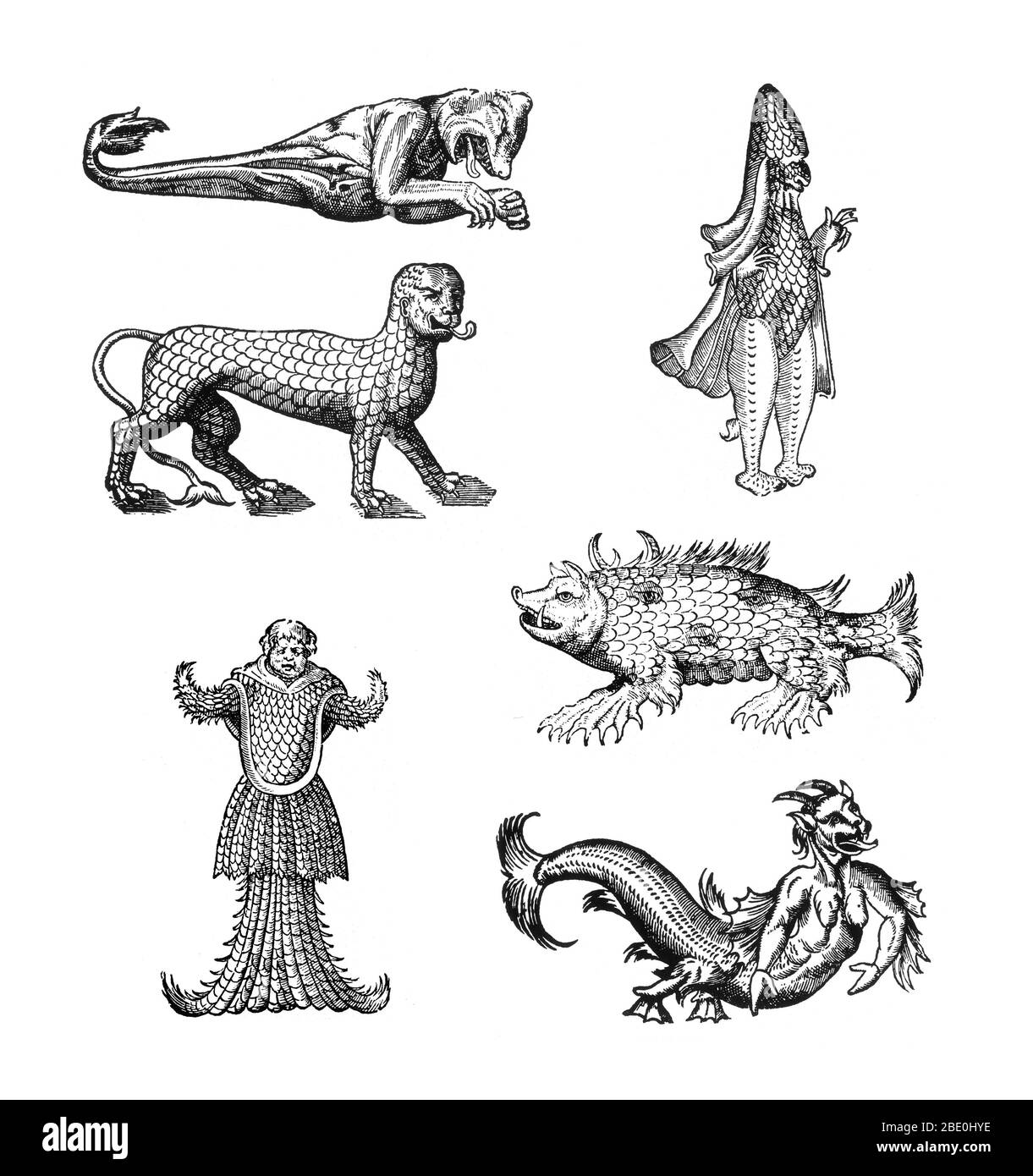 Woodcuts of sea monsters from Des Monstres et prodiges by Ambroise Paré, 1573, clockwise from top left: 'marine monster having the head of a bear and the arms of a monkey', 'marine monster resembling a Bishop dressed in his pontifical garments', 'marine sow', 'hideous figure of a Sea Devil', 'marine monster having the head of a Monk, armed and covered with fish scales', 'marine lion covered in scales'. Des Monstres is filled with unsubstantiated accounts of sea devils, marine sows, and monstrous animals with human faces. With its extensive discussion of reproduction and illustrations of birth Stock Photohttps://www.alamy.com/image-license-details/?v=1https://www.alamy.com/woodcuts-of-sea-monsters-from-des-monstres-et-prodiges-by-ambroise-par-1573-clockwise-from-top-left-marine-monster-having-the-head-of-a-bear-and-the-arms-of-a-monkey-marine-monster-resembling-a-bishop-dressed-in-his-pontifical-garments-marine-sow-hideous-figure-of-a-sea-devil-marine-monster-having-the-head-of-a-monk-armed-and-covered-with-fish-scales-marine-lion-covered-in-scales-des-monstres-is-filled-with-unsubstantiated-accounts-of-sea-devils-marine-sows-and-monstrous-animals-with-human-faces-with-its-extensive-discussion-of-reproduction-and-illustrations-of-birth-image352826642.html
Woodcuts of sea monsters from Des Monstres et prodiges by Ambroise Paré, 1573, clockwise from top left: 'marine monster having the head of a bear and the arms of a monkey', 'marine monster resembling a Bishop dressed in his pontifical garments', 'marine sow', 'hideous figure of a Sea Devil', 'marine monster having the head of a Monk, armed and covered with fish scales', 'marine lion covered in scales'. Des Monstres is filled with unsubstantiated accounts of sea devils, marine sows, and monstrous animals with human faces. With its extensive discussion of reproduction and illustrations of birth Stock Photohttps://www.alamy.com/image-license-details/?v=1https://www.alamy.com/woodcuts-of-sea-monsters-from-des-monstres-et-prodiges-by-ambroise-par-1573-clockwise-from-top-left-marine-monster-having-the-head-of-a-bear-and-the-arms-of-a-monkey-marine-monster-resembling-a-bishop-dressed-in-his-pontifical-garments-marine-sow-hideous-figure-of-a-sea-devil-marine-monster-having-the-head-of-a-monk-armed-and-covered-with-fish-scales-marine-lion-covered-in-scales-des-monstres-is-filled-with-unsubstantiated-accounts-of-sea-devils-marine-sows-and-monstrous-animals-with-human-faces-with-its-extensive-discussion-of-reproduction-and-illustrations-of-birth-image352826642.htmlRM2BE0HYE–Woodcuts of sea monsters from Des Monstres et prodiges by Ambroise Paré, 1573, clockwise from top left: 'marine monster having the head of a bear and the arms of a monkey', 'marine monster resembling a Bishop dressed in his pontifical garments', 'marine sow', 'hideous figure of a Sea Devil', 'marine monster having the head of a Monk, armed and covered with fish scales', 'marine lion covered in scales'. Des Monstres is filled with unsubstantiated accounts of sea devils, marine sows, and monstrous animals with human faces. With its extensive discussion of reproduction and illustrations of birth
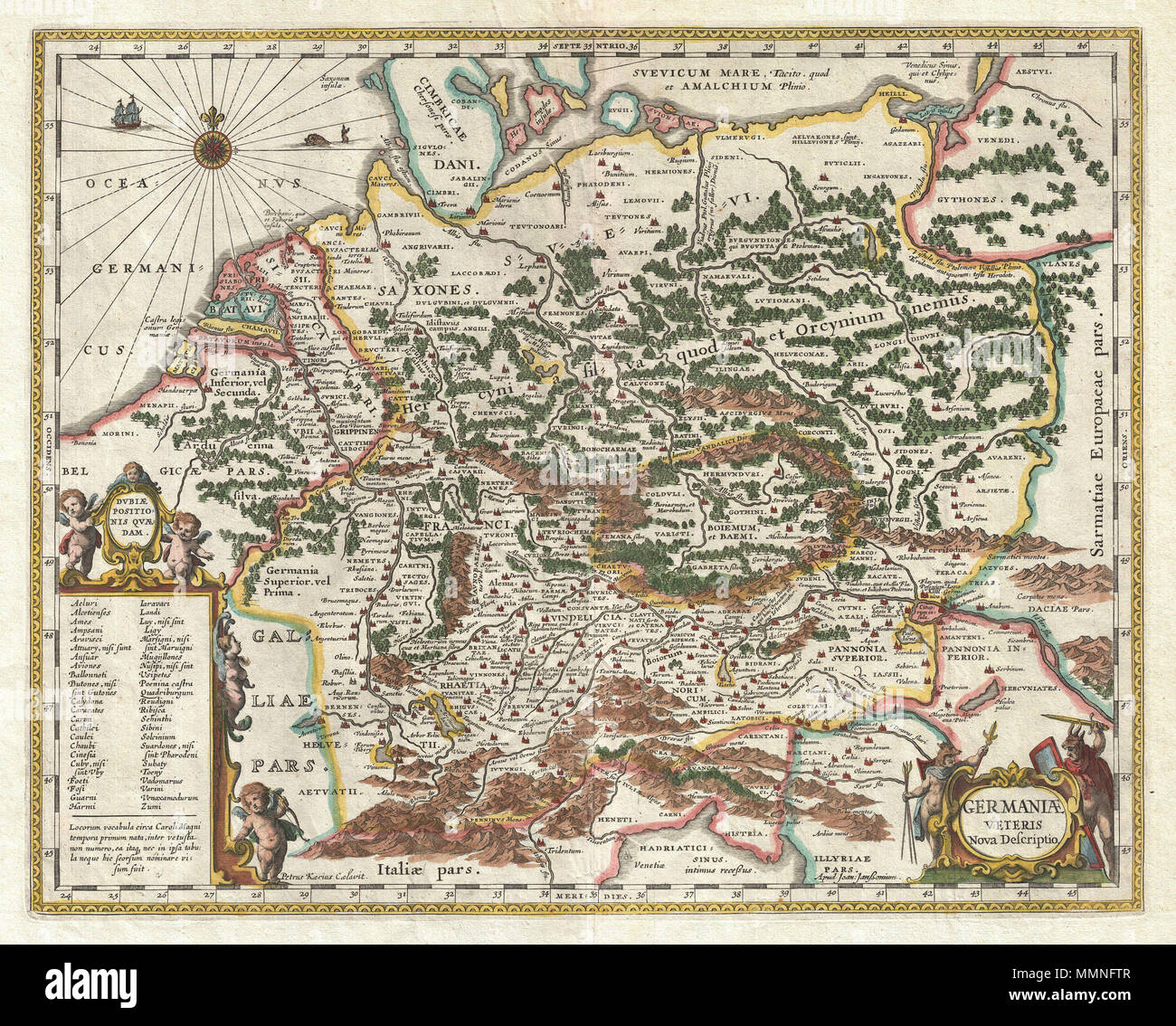 . English: This is a remarkable example of Jan Jansson's 1657 mapping of Germany in antiquity. Depicts a richly forested region covering from Gaul to Dacia and from the Baltic Sea to the Adriatic Sea. Cartographically this map exhibits heavy influence from a very similar map of the same name published by A. Ortelius in his 1597 Parergon . Based on Greek and Roman sources including Pliny, Strabo, Virgil, Ceasar, and others. Ships and monsters decorate the seas. A decorative title cartouche depicting curious warlike figures in animal skins appears in the lower right quadrant. A second cartouche Stock Photohttps://www.alamy.com/image-license-details/?v=1https://www.alamy.com/english-this-is-a-remarkable-example-of-jan-janssons-1657-mapping-of-germany-in-antiquity-depicts-a-richly-forested-region-covering-from-gaul-to-dacia-and-from-the-baltic-sea-to-the-adriatic-sea-cartographically-this-map-exhibits-heavy-influence-from-a-very-similar-map-of-the-same-name-published-by-a-ortelius-in-his-1597-parergon-based-on-greek-and-roman-sources-including-pliny-strabo-virgil-ceasar-and-others-ships-and-monsters-decorate-the-seas-a-decorative-title-cartouche-depicting-curious-warlike-figures-in-animal-skins-appears-in-the-lower-right-quadrant-a-second-cartouche-image184870247.html
. English: This is a remarkable example of Jan Jansson's 1657 mapping of Germany in antiquity. Depicts a richly forested region covering from Gaul to Dacia and from the Baltic Sea to the Adriatic Sea. Cartographically this map exhibits heavy influence from a very similar map of the same name published by A. Ortelius in his 1597 Parergon . Based on Greek and Roman sources including Pliny, Strabo, Virgil, Ceasar, and others. Ships and monsters decorate the seas. A decorative title cartouche depicting curious warlike figures in animal skins appears in the lower right quadrant. A second cartouche Stock Photohttps://www.alamy.com/image-license-details/?v=1https://www.alamy.com/english-this-is-a-remarkable-example-of-jan-janssons-1657-mapping-of-germany-in-antiquity-depicts-a-richly-forested-region-covering-from-gaul-to-dacia-and-from-the-baltic-sea-to-the-adriatic-sea-cartographically-this-map-exhibits-heavy-influence-from-a-very-similar-map-of-the-same-name-published-by-a-ortelius-in-his-1597-parergon-based-on-greek-and-roman-sources-including-pliny-strabo-virgil-ceasar-and-others-ships-and-monsters-decorate-the-seas-a-decorative-title-cartouche-depicting-curious-warlike-figures-in-animal-skins-appears-in-the-lower-right-quadrant-a-second-cartouche-image184870247.htmlRMMMNFTR–. English: This is a remarkable example of Jan Jansson's 1657 mapping of Germany in antiquity. Depicts a richly forested region covering from Gaul to Dacia and from the Baltic Sea to the Adriatic Sea. Cartographically this map exhibits heavy influence from a very similar map of the same name published by A. Ortelius in his 1597 Parergon . Based on Greek and Roman sources including Pliny, Strabo, Virgil, Ceasar, and others. Ships and monsters decorate the seas. A decorative title cartouche depicting curious warlike figures in animal skins appears in the lower right quadrant. A second cartouche
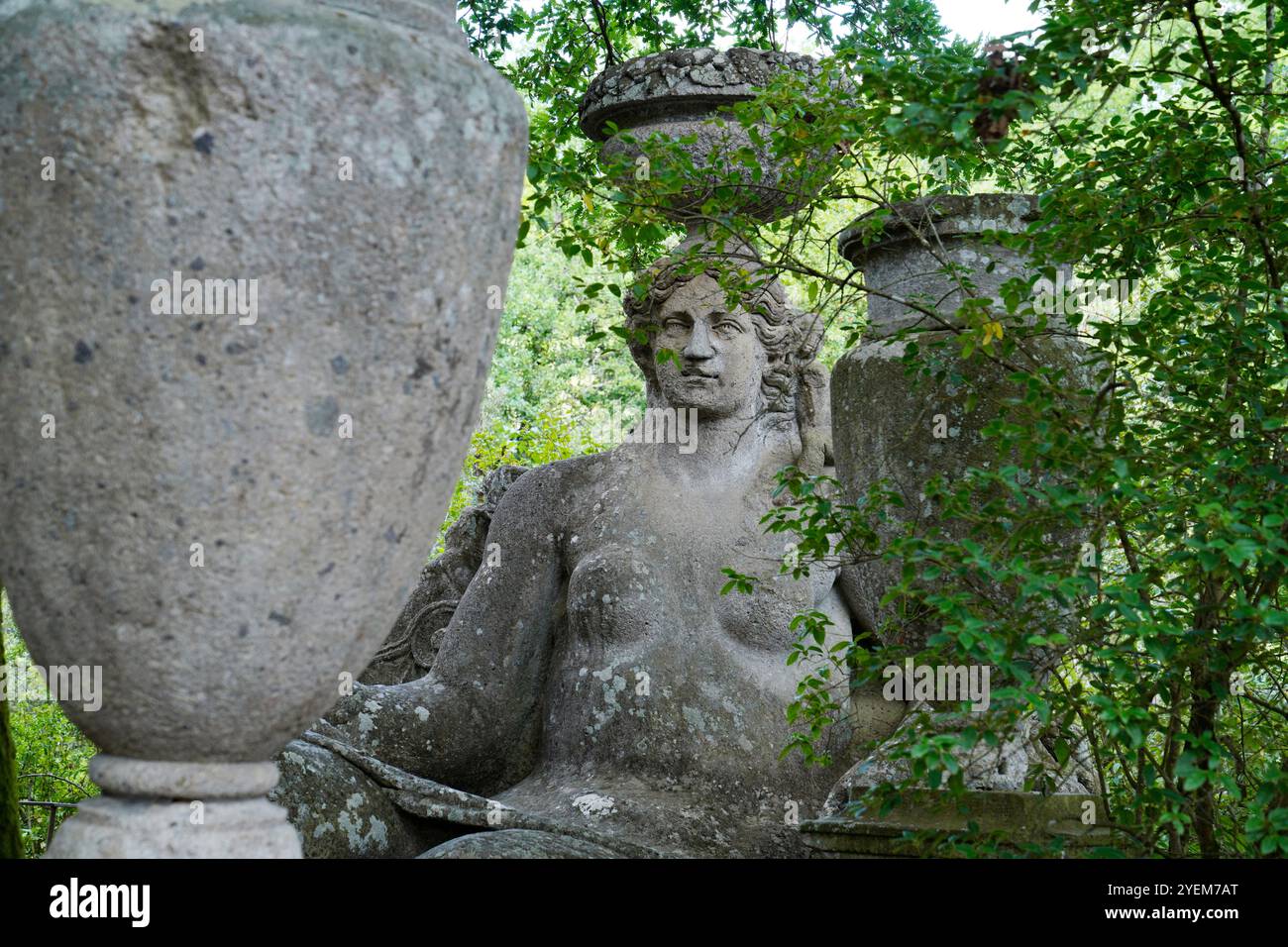 Sacro Bosco,Sacred Forest,Park of the Monsters,Parco dei Mostri,Grotesque,Monumental sculptures,Ancient architecture,City of Bomarzo Stock Photohttps://www.alamy.com/image-license-details/?v=1https://www.alamy.com/sacro-boscosacred-forestpark-of-the-monstersparco-dei-mostrigrotesquemonumental-sculpturesancient-architecturecity-of-bomarzo-image628623264.html
Sacro Bosco,Sacred Forest,Park of the Monsters,Parco dei Mostri,Grotesque,Monumental sculptures,Ancient architecture,City of Bomarzo Stock Photohttps://www.alamy.com/image-license-details/?v=1https://www.alamy.com/sacro-boscosacred-forestpark-of-the-monstersparco-dei-mostrigrotesquemonumental-sculpturesancient-architecturecity-of-bomarzo-image628623264.htmlRM2YEM7AT–Sacro Bosco,Sacred Forest,Park of the Monsters,Parco dei Mostri,Grotesque,Monumental sculptures,Ancient architecture,City of Bomarzo
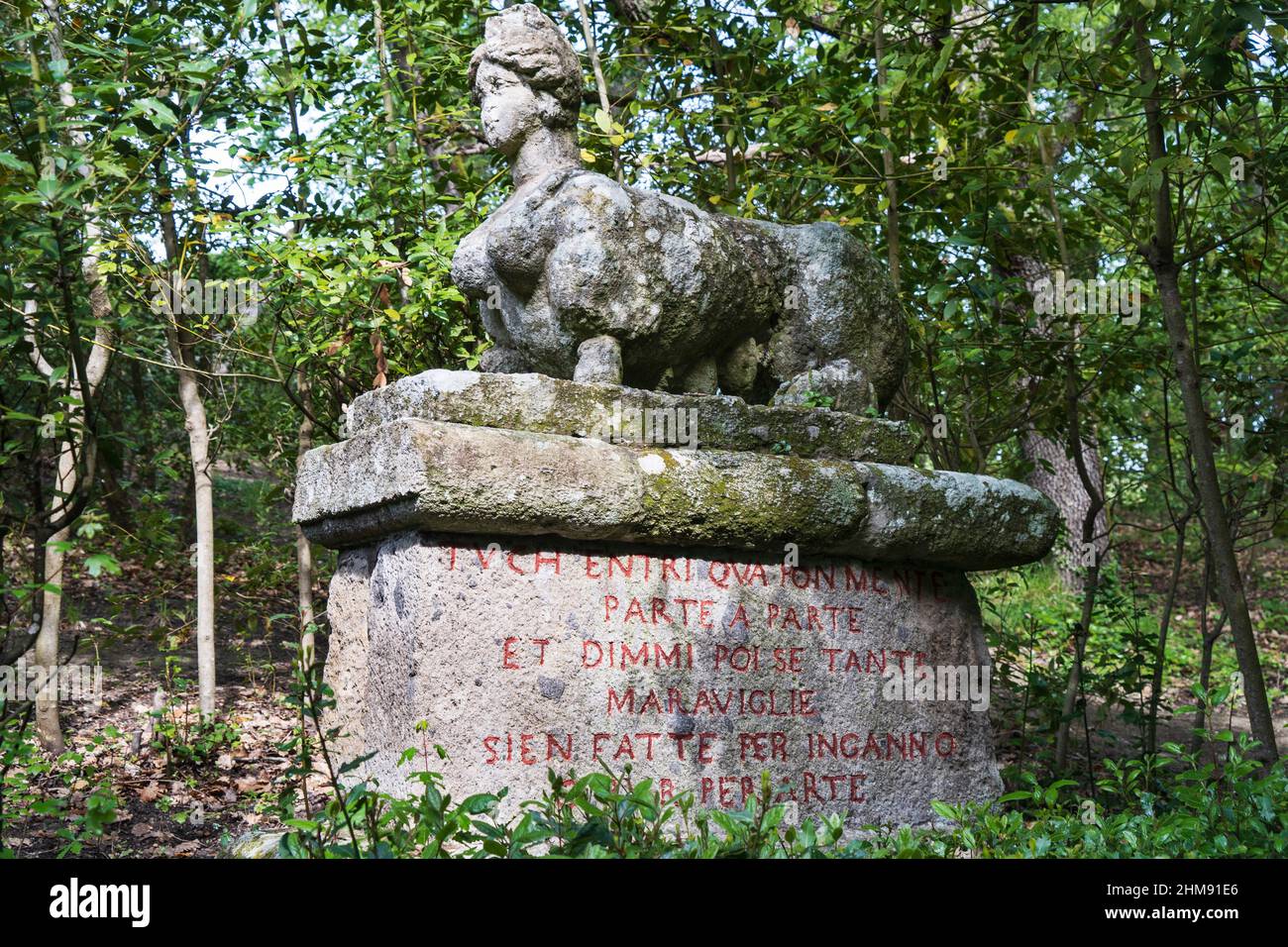 The Sphinx Greek, the Sacro Bosco, Sacred Grove colloquially called Park of the Monsters, XVI century, Parco dei Mostri in Italian, Lazio, Italy, Euro Stock Photohttps://www.alamy.com/image-license-details/?v=1https://www.alamy.com/the-sphinx-greek-the-sacro-bosco-sacred-grove-colloquially-called-park-of-the-monsters-xvi-century-parco-dei-mostri-in-italian-lazio-italy-euro-image459961438.html
The Sphinx Greek, the Sacro Bosco, Sacred Grove colloquially called Park of the Monsters, XVI century, Parco dei Mostri in Italian, Lazio, Italy, Euro Stock Photohttps://www.alamy.com/image-license-details/?v=1https://www.alamy.com/the-sphinx-greek-the-sacro-bosco-sacred-grove-colloquially-called-park-of-the-monsters-xvi-century-parco-dei-mostri-in-italian-lazio-italy-euro-image459961438.htmlRM2HM91E6–The Sphinx Greek, the Sacro Bosco, Sacred Grove colloquially called Park of the Monsters, XVI century, Parco dei Mostri in Italian, Lazio, Italy, Euro
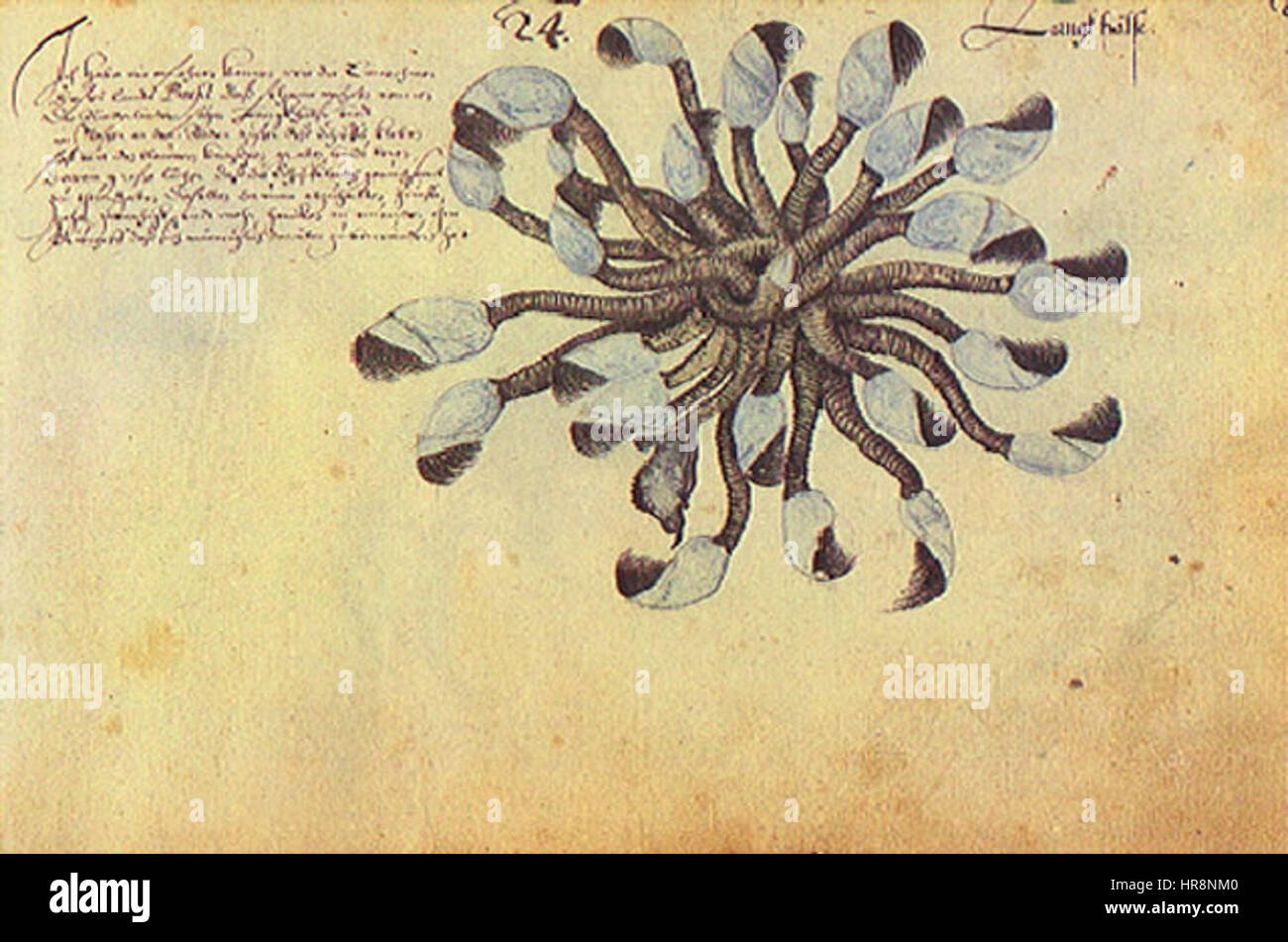 Zacharias Wagner's *Cracas* depicts a dramatic moment from Greek mythology, showing the defeat of the mythological monster, Cracas. The painting uses bold strokes and dynamic composition to emphasize the heroic triumph over the beast. Stock Photohttps://www.alamy.com/image-license-details/?v=1https://www.alamy.com/stock-photo-zacharias-wagners-cracas-depicts-a-dramatic-moment-from-greek-mythology-134802304.html
Zacharias Wagner's *Cracas* depicts a dramatic moment from Greek mythology, showing the defeat of the mythological monster, Cracas. The painting uses bold strokes and dynamic composition to emphasize the heroic triumph over the beast. Stock Photohttps://www.alamy.com/image-license-details/?v=1https://www.alamy.com/stock-photo-zacharias-wagners-cracas-depicts-a-dramatic-moment-from-greek-mythology-134802304.htmlRMHR8NM0–Zacharias Wagner's *Cracas* depicts a dramatic moment from Greek mythology, showing the defeat of the mythological monster, Cracas. The painting uses bold strokes and dynamic composition to emphasize the heroic triumph over the beast.
![Giovanni Battista Cipriani, Mythological Composition with Chronos and Harpies (recto) Mythological Composition with Chronos and Harpies [recto] Stock Photo Giovanni Battista Cipriani, Mythological Composition with Chronos and Harpies (recto) Mythological Composition with Chronos and Harpies [recto] Stock Photo](https://c8.alamy.com/comp/2AED0R9/giovanni-battista-cipriani-mythological-composition-with-chronos-and-harpies-recto-mythological-composition-with-chronos-and-harpies-recto-2AED0R9.jpg) Giovanni Battista Cipriani, Mythological Composition with Chronos and Harpies (recto) Mythological Composition with Chronos and Harpies [recto] Stock Photohttps://www.alamy.com/image-license-details/?v=1https://www.alamy.com/giovanni-battista-cipriani-mythological-composition-with-chronos-and-harpies-recto-mythological-composition-with-chronos-and-harpies-recto-image335888205.html
Giovanni Battista Cipriani, Mythological Composition with Chronos and Harpies (recto) Mythological Composition with Chronos and Harpies [recto] Stock Photohttps://www.alamy.com/image-license-details/?v=1https://www.alamy.com/giovanni-battista-cipriani-mythological-composition-with-chronos-and-harpies-recto-mythological-composition-with-chronos-and-harpies-recto-image335888205.htmlRM2AED0R9–Giovanni Battista Cipriani, Mythological Composition with Chronos and Harpies (recto) Mythological Composition with Chronos and Harpies [recto]
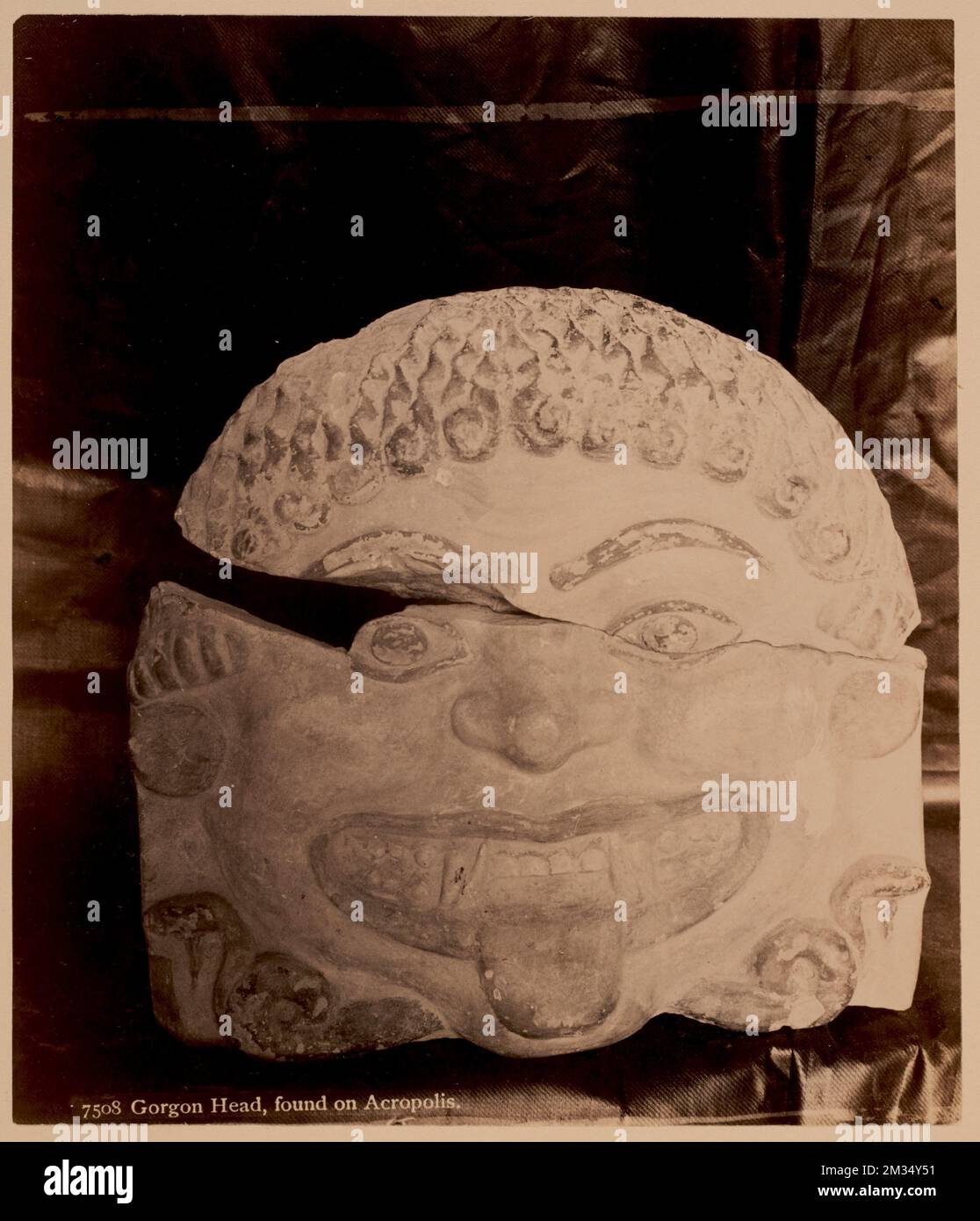 Gorgon head, found on Acropolis , Antiquities, Sculpture, Monsters, Gorgons Greek mythology. Nicholas Catsimpoolas Collection Stock Photohttps://www.alamy.com/image-license-details/?v=1https://www.alamy.com/gorgon-head-found-on-acropolis-antiquities-sculpture-monsters-gorgons-greek-mythology-nicholas-catsimpoolas-collection-image501053757.html
Gorgon head, found on Acropolis , Antiquities, Sculpture, Monsters, Gorgons Greek mythology. Nicholas Catsimpoolas Collection Stock Photohttps://www.alamy.com/image-license-details/?v=1https://www.alamy.com/gorgon-head-found-on-acropolis-antiquities-sculpture-monsters-gorgons-greek-mythology-nicholas-catsimpoolas-collection-image501053757.htmlRM2M34Y51–Gorgon head, found on Acropolis , Antiquities, Sculpture, Monsters, Gorgons Greek mythology. Nicholas Catsimpoolas Collection
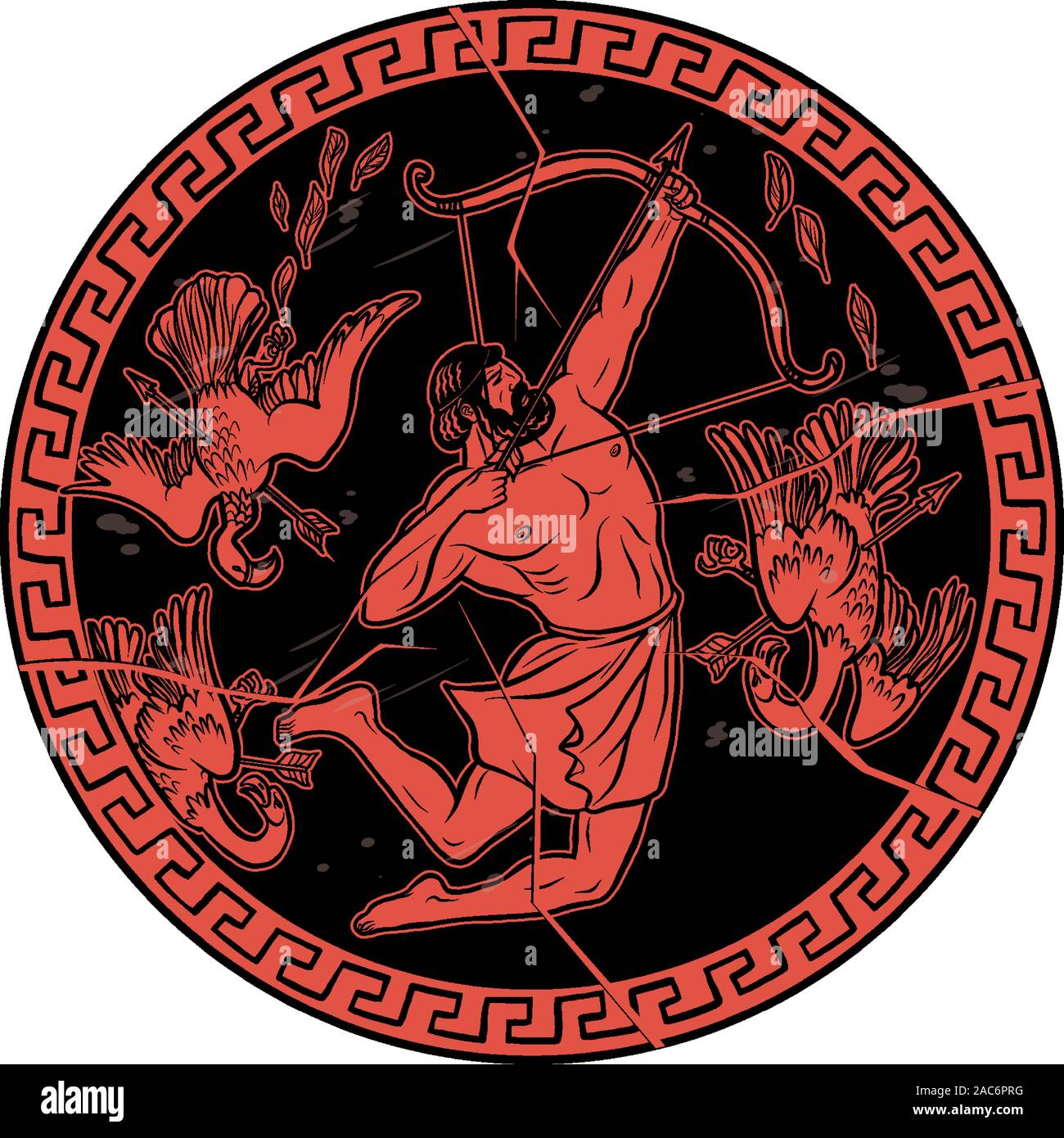 Stymphalian birds. 12 Labours of Hercules Heracles Stock Vectorhttps://www.alamy.com/image-license-details/?v=1https://www.alamy.com/stymphalian-birds-12-labours-of-hercules-heracles-image334522484.html
Stymphalian birds. 12 Labours of Hercules Heracles Stock Vectorhttps://www.alamy.com/image-license-details/?v=1https://www.alamy.com/stymphalian-birds-12-labours-of-hercules-heracles-image334522484.htmlRF2AC6PRG–Stymphalian birds. 12 Labours of Hercules Heracles
RMKRHPRP–'Harpyae tertia icon, Persian harpy. Renaissance Woodcut monsters. From the 1642 book Monstrorum Historia by Ulisse Aldrovandi (Bologna, 1522-1605). He is considered the founder of modern Natural History. In Greek mythology and Roman mythology, a harpy was a female monster in the form of a bird with a human face. They steal food from their victims while they are eating and carry evildoers (especially those who have killed their family) to the Erinyes. They seem originally to have been wind spirits. Their name means ''snatchers''.'
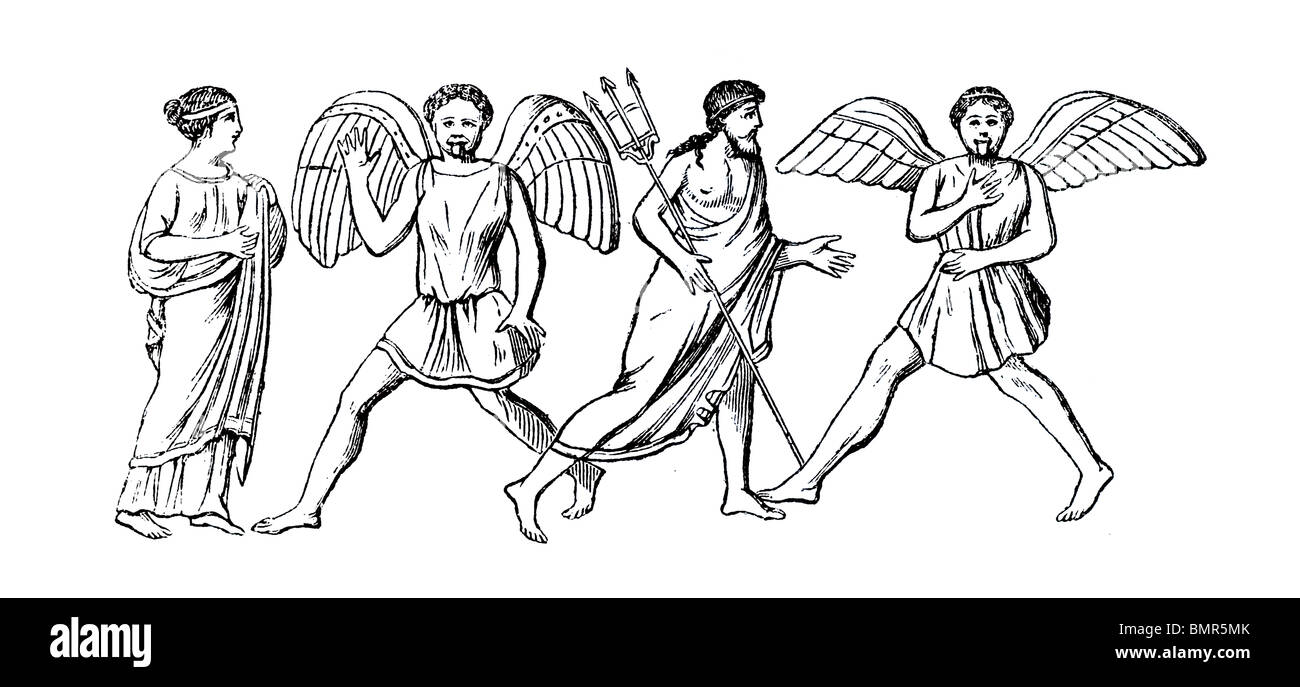 Gorgons Stock Photohttps://www.alamy.com/image-license-details/?v=1https://www.alamy.com/stock-photo-gorgons-30012883.html
Gorgons Stock Photohttps://www.alamy.com/image-license-details/?v=1https://www.alamy.com/stock-photo-gorgons-30012883.htmlRMBMR5MK–Gorgons
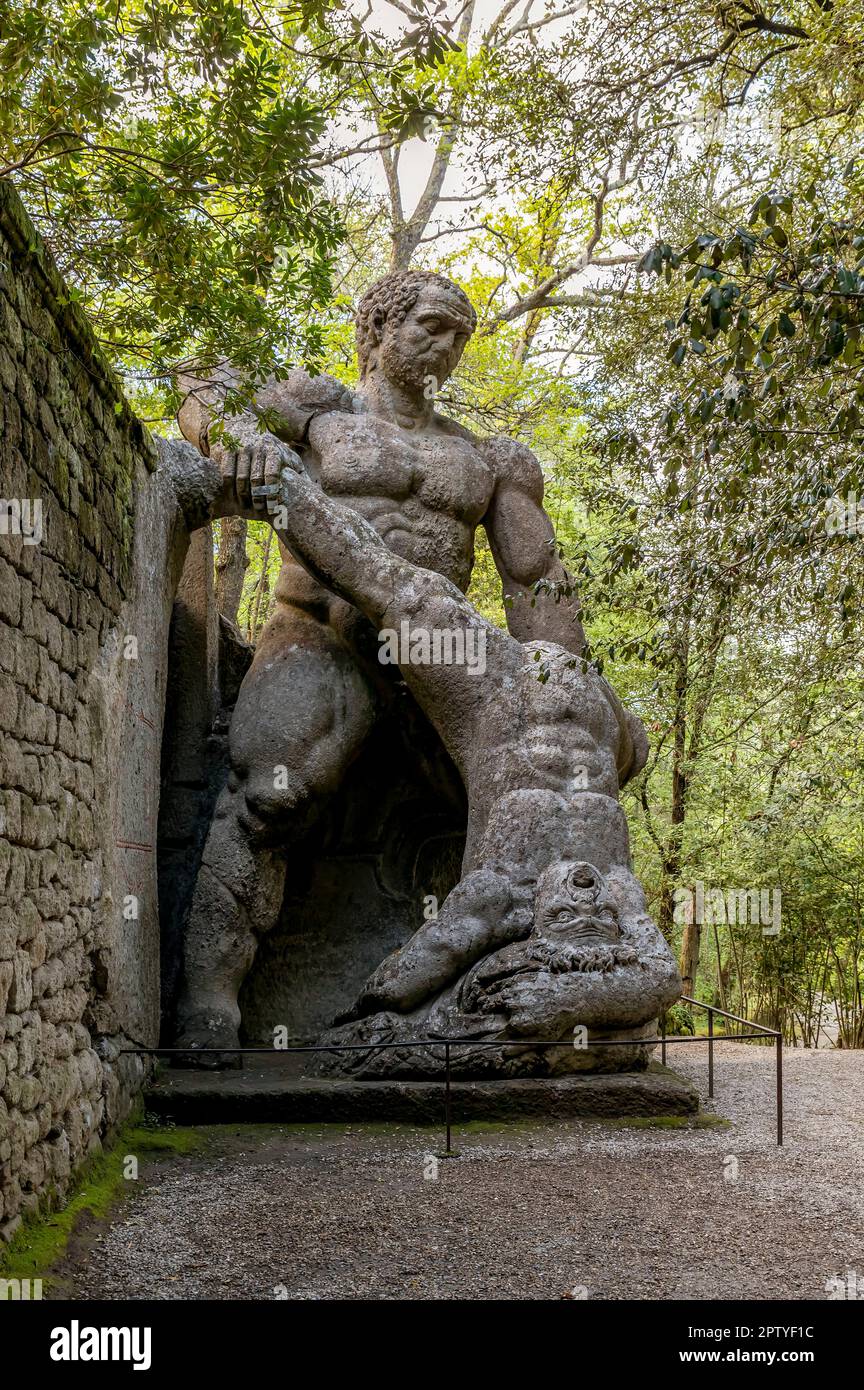 Hercules slaying Cacus in the park of monsters in Bomarzo, Italy Stock Photohttps://www.alamy.com/image-license-details/?v=1https://www.alamy.com/hercules-slaying-cacus-in-the-park-of-monsters-in-bomarzo-italy-image548877656.html
Hercules slaying Cacus in the park of monsters in Bomarzo, Italy Stock Photohttps://www.alamy.com/image-license-details/?v=1https://www.alamy.com/hercules-slaying-cacus-in-the-park-of-monsters-in-bomarzo-italy-image548877656.htmlRF2PTYF1C–Hercules slaying Cacus in the park of monsters in Bomarzo, Italy
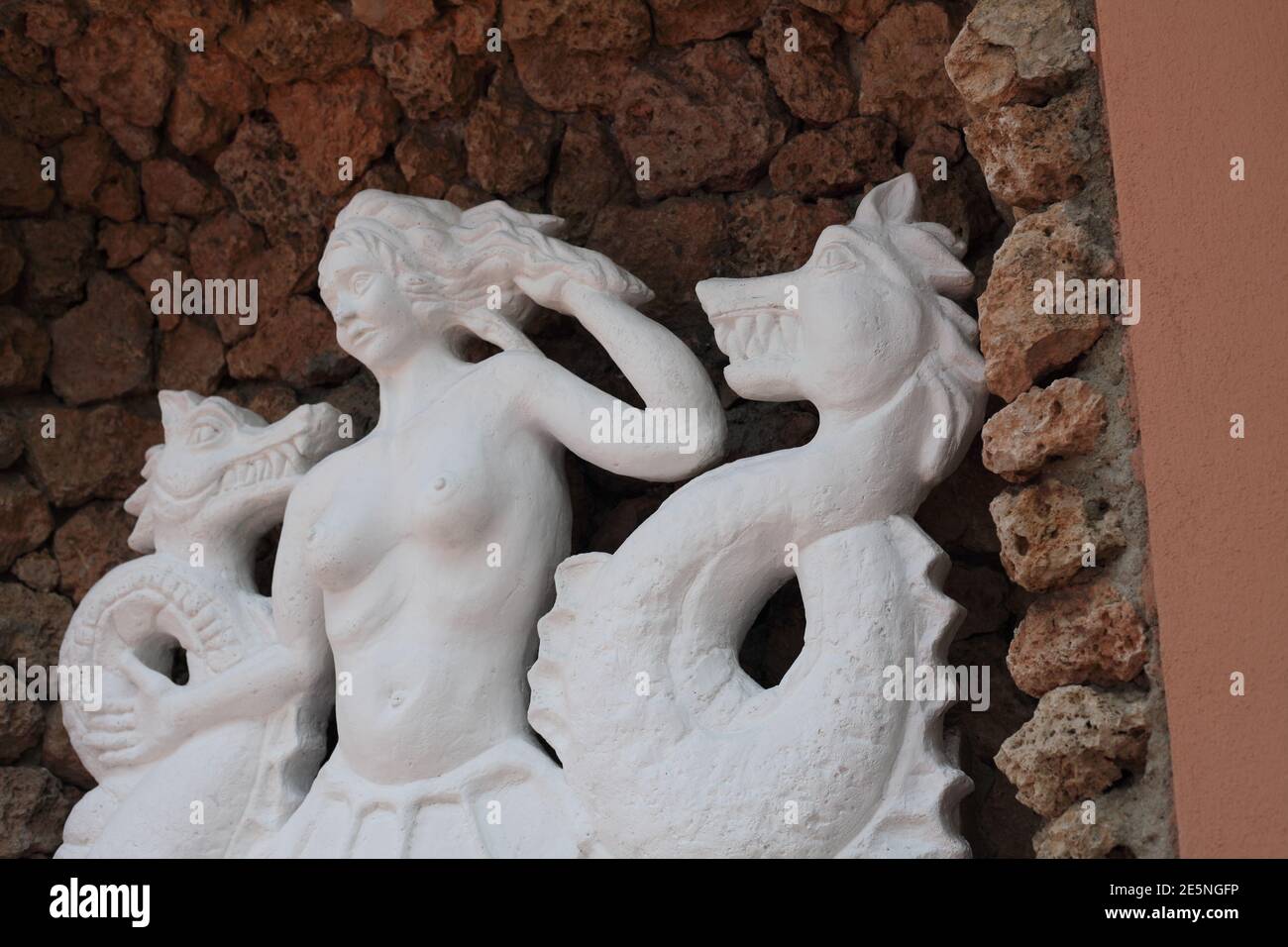 Statue of the nymph Scylla turned into a sea monster by Circe of Greek mythology, Scilla, Reggio Calabria, Italy Stock Photohttps://www.alamy.com/image-license-details/?v=1https://www.alamy.com/statue-of-the-nymph-scylla-turned-into-a-sea-monster-by-circe-of-greek-mythology-scilla-reggio-calabria-italy-image399385722.html
Statue of the nymph Scylla turned into a sea monster by Circe of Greek mythology, Scilla, Reggio Calabria, Italy Stock Photohttps://www.alamy.com/image-license-details/?v=1https://www.alamy.com/statue-of-the-nymph-scylla-turned-into-a-sea-monster-by-circe-of-greek-mythology-scilla-reggio-calabria-italy-image399385722.htmlRF2E5NGFP–Statue of the nymph Scylla turned into a sea monster by Circe of Greek mythology, Scilla, Reggio Calabria, Italy
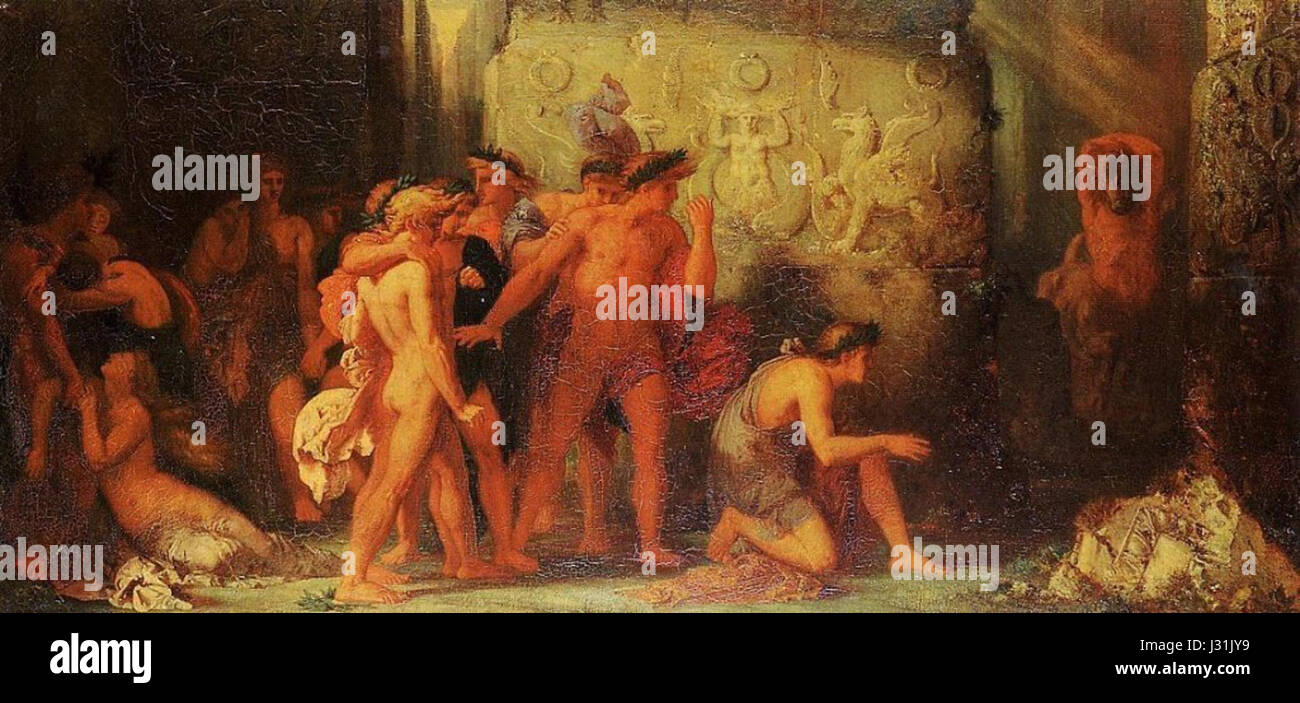 This artwork by Gustave Moreau depicts the ancient Greek myth of the Athenians being delivered to the Minotaur in the Cretan labyrinth, showcasing Moreau's dramatic style in mythological art. Stock Photohttps://www.alamy.com/image-license-details/?v=1https://www.alamy.com/stock-photo-this-artwork-by-gustave-moreau-depicts-the-ancient-greek-myth-of-the-139563741.html
This artwork by Gustave Moreau depicts the ancient Greek myth of the Athenians being delivered to the Minotaur in the Cretan labyrinth, showcasing Moreau's dramatic style in mythological art. Stock Photohttps://www.alamy.com/image-license-details/?v=1https://www.alamy.com/stock-photo-this-artwork-by-gustave-moreau-depicts-the-ancient-greek-myth-of-the-139563741.htmlRMJ31JY9–This artwork by Gustave Moreau depicts the ancient Greek myth of the Athenians being delivered to the Minotaur in the Cretan labyrinth, showcasing Moreau's dramatic style in mythological art.
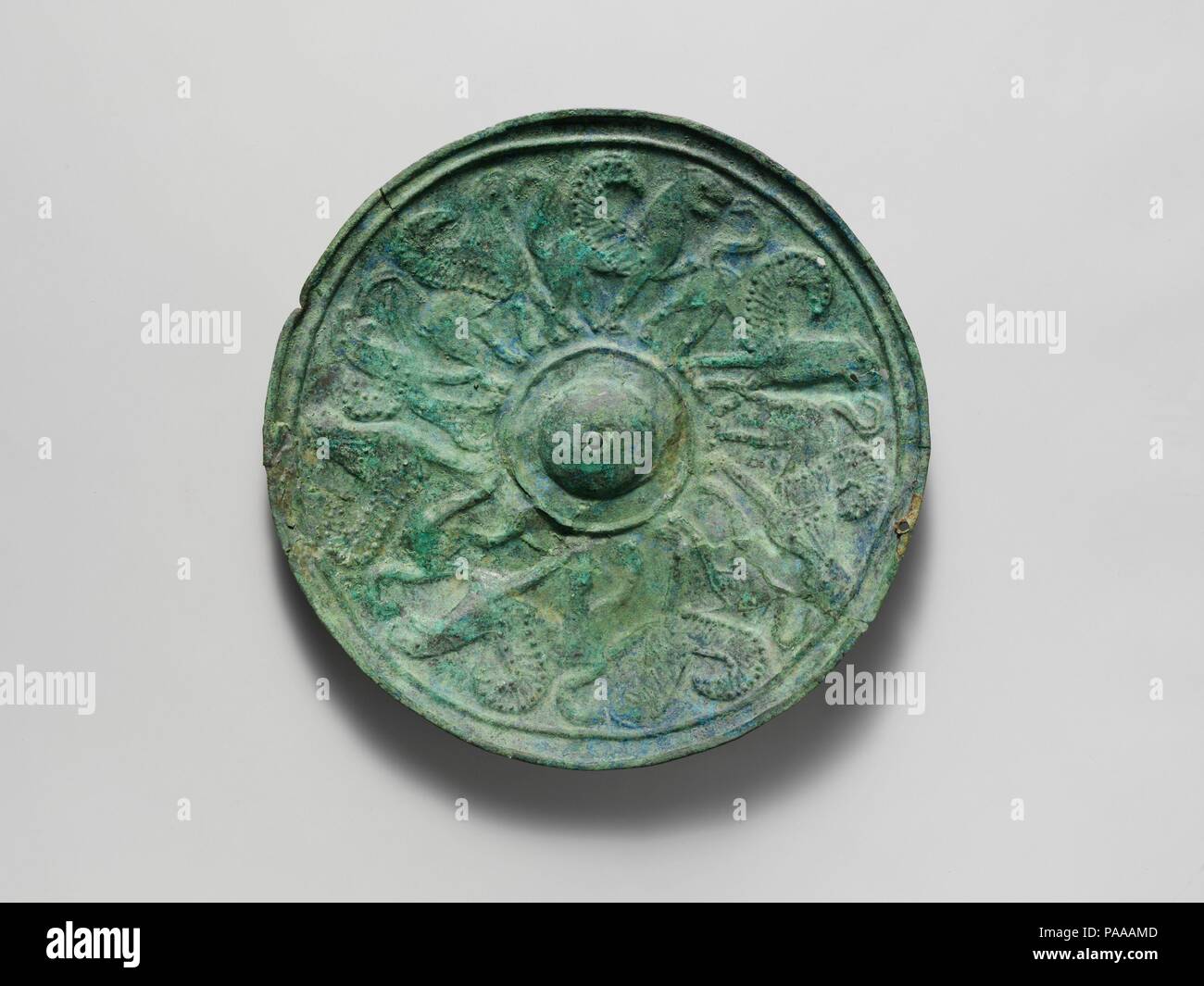 Bronze shield boss with griffin and sphinx frieze. Culture: Etruscan. Dimensions: diameter 4 5/16in. (11cm). Date: ca. 650 B.C.. In repoussé, a procession of winged monsters. Museum: Metropolitan Museum of Art, New York, USA. Stock Photohttps://www.alamy.com/image-license-details/?v=1https://www.alamy.com/bronze-shield-boss-with-griffin-and-sphinx-frieze-culture-etruscan-dimensions-diameter-4-516in-11cm-date-ca-650-bc-in-repouss-a-procession-of-winged-monsters-museum-metropolitan-museum-of-art-new-york-usa-image212898909.html
Bronze shield boss with griffin and sphinx frieze. Culture: Etruscan. Dimensions: diameter 4 5/16in. (11cm). Date: ca. 650 B.C.. In repoussé, a procession of winged monsters. Museum: Metropolitan Museum of Art, New York, USA. Stock Photohttps://www.alamy.com/image-license-details/?v=1https://www.alamy.com/bronze-shield-boss-with-griffin-and-sphinx-frieze-culture-etruscan-dimensions-diameter-4-516in-11cm-date-ca-650-bc-in-repouss-a-procession-of-winged-monsters-museum-metropolitan-museum-of-art-new-york-usa-image212898909.htmlRMPAAAMD–Bronze shield boss with griffin and sphinx frieze. Culture: Etruscan. Dimensions: diameter 4 5/16in. (11cm). Date: ca. 650 B.C.. In repoussé, a procession of winged monsters. Museum: Metropolitan Museum of Art, New York, USA.
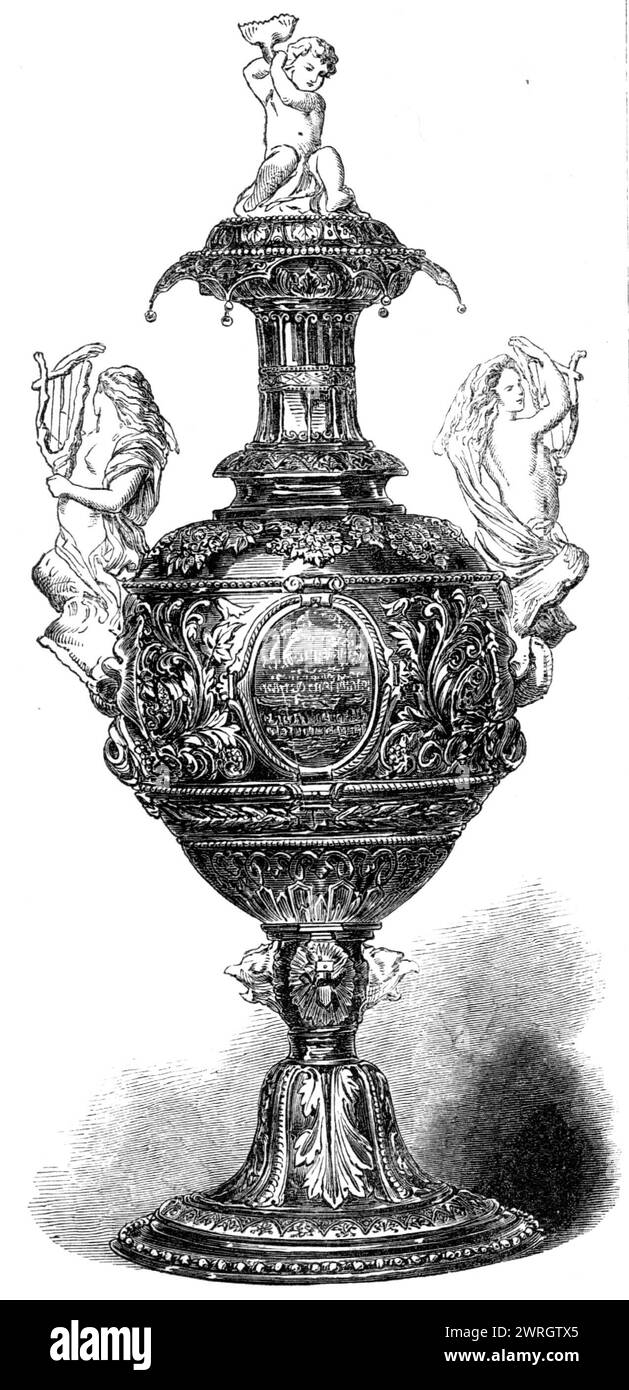 Royal Victoria Yacht-Club Regatta: the Commodore's Cup, 1864. 'This cup...was manufactured by Messrs. London and Ryder, goldsmiths, of 17, New Bond-street. The design is of the classic Greek style, the ground being dead gold and the relief dead silver. The two handles are beautifully-modelled mermaids, by Flaffern; the cover is frosted silver, surmounted by an infant Neptune astride on a dolphin. On the base are masks of sea monsters. The cup bears the following inscription: "Presented to the Royal Victoria Yacht Club, by Charles Thellusson, Esq. - Ocean Match, Ryde to Torquay, August 16, Stock Photohttps://www.alamy.com/image-license-details/?v=1https://www.alamy.com/royal-victoria-yacht-club-regatta-the-commodores-cup-1864-this-cupwas-manufactured-by-messrs-london-and-ryder-goldsmiths-of-17-new-bond-street-the-design-is-of-the-classic-greek-style-the-ground-being-dead-gold-and-the-relief-dead-silver-the-two-handles-are-beautifully-modelled-mermaids-by-flaffern-the-cover-is-frosted-silver-surmounted-by-an-infant-neptune-astride-on-a-dolphin-on-the-base-are-masks-of-sea-monsters-the-cup-bears-the-following-inscription-quotpresented-to-the-royal-victoria-yacht-club-by-charles-thellusson-esq-ocean-match-ryde-to-torquay-august-16-image599660381.html
Royal Victoria Yacht-Club Regatta: the Commodore's Cup, 1864. 'This cup...was manufactured by Messrs. London and Ryder, goldsmiths, of 17, New Bond-street. The design is of the classic Greek style, the ground being dead gold and the relief dead silver. The two handles are beautifully-modelled mermaids, by Flaffern; the cover is frosted silver, surmounted by an infant Neptune astride on a dolphin. On the base are masks of sea monsters. The cup bears the following inscription: "Presented to the Royal Victoria Yacht Club, by Charles Thellusson, Esq. - Ocean Match, Ryde to Torquay, August 16, Stock Photohttps://www.alamy.com/image-license-details/?v=1https://www.alamy.com/royal-victoria-yacht-club-regatta-the-commodores-cup-1864-this-cupwas-manufactured-by-messrs-london-and-ryder-goldsmiths-of-17-new-bond-street-the-design-is-of-the-classic-greek-style-the-ground-being-dead-gold-and-the-relief-dead-silver-the-two-handles-are-beautifully-modelled-mermaids-by-flaffern-the-cover-is-frosted-silver-surmounted-by-an-infant-neptune-astride-on-a-dolphin-on-the-base-are-masks-of-sea-monsters-the-cup-bears-the-following-inscription-quotpresented-to-the-royal-victoria-yacht-club-by-charles-thellusson-esq-ocean-match-ryde-to-torquay-august-16-image599660381.htmlRM2WRGTX5–Royal Victoria Yacht-Club Regatta: the Commodore's Cup, 1864. 'This cup...was manufactured by Messrs. London and Ryder, goldsmiths, of 17, New Bond-street. The design is of the classic Greek style, the ground being dead gold and the relief dead silver. The two handles are beautifully-modelled mermaids, by Flaffern; the cover is frosted silver, surmounted by an infant Neptune astride on a dolphin. On the base are masks of sea monsters. The cup bears the following inscription: "Presented to the Royal Victoria Yacht Club, by Charles Thellusson, Esq. - Ocean Match, Ryde to Torquay, August 16,
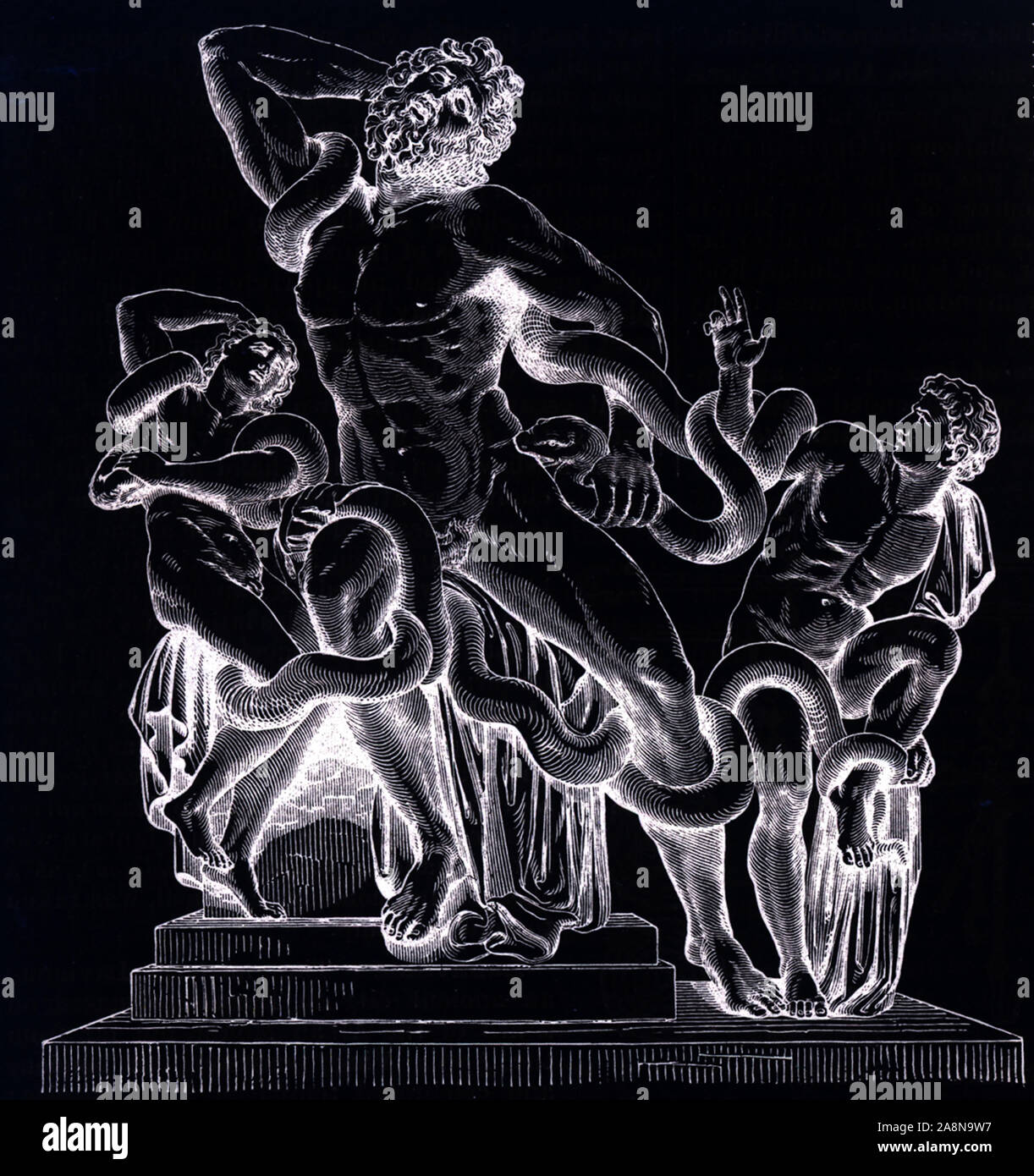 This image dates to 1897 and is a copy of a statue of Laocoon and his sons. According to Greek mythology, Laocoon warned the Trojans about bringing the wooden horse fashioned by the Greeks into Troy. To quiet his protests, a god who favored the Greeks (some say Athena, others Poseidon, others Zeus) sent to sea serpents to kill him - and with him, his sons. Stock Photohttps://www.alamy.com/image-license-details/?v=1https://www.alamy.com/this-image-dates-to-1897-and-is-a-copy-of-a-statue-of-laocoon-and-his-sons-according-to-greek-mythology-laocoon-warned-the-trojans-about-bringing-the-wooden-horse-fashioned-by-the-greeks-into-troy-to-quiet-his-protests-a-god-who-favored-the-greeks-some-say-athena-others-poseidon-others-zeus-sent-to-sea-serpents-to-kill-him-and-with-him-his-sons-image332382995.html
This image dates to 1897 and is a copy of a statue of Laocoon and his sons. According to Greek mythology, Laocoon warned the Trojans about bringing the wooden horse fashioned by the Greeks into Troy. To quiet his protests, a god who favored the Greeks (some say Athena, others Poseidon, others Zeus) sent to sea serpents to kill him - and with him, his sons. Stock Photohttps://www.alamy.com/image-license-details/?v=1https://www.alamy.com/this-image-dates-to-1897-and-is-a-copy-of-a-statue-of-laocoon-and-his-sons-according-to-greek-mythology-laocoon-warned-the-trojans-about-bringing-the-wooden-horse-fashioned-by-the-greeks-into-troy-to-quiet-his-protests-a-god-who-favored-the-greeks-some-say-athena-others-poseidon-others-zeus-sent-to-sea-serpents-to-kill-him-and-with-him-his-sons-image332382995.htmlRF2A8N9W7–This image dates to 1897 and is a copy of a statue of Laocoon and his sons. According to Greek mythology, Laocoon warned the Trojans about bringing the wooden horse fashioned by the Greeks into Troy. To quiet his protests, a god who favored the Greeks (some say Athena, others Poseidon, others Zeus) sent to sea serpents to kill him - and with him, his sons.
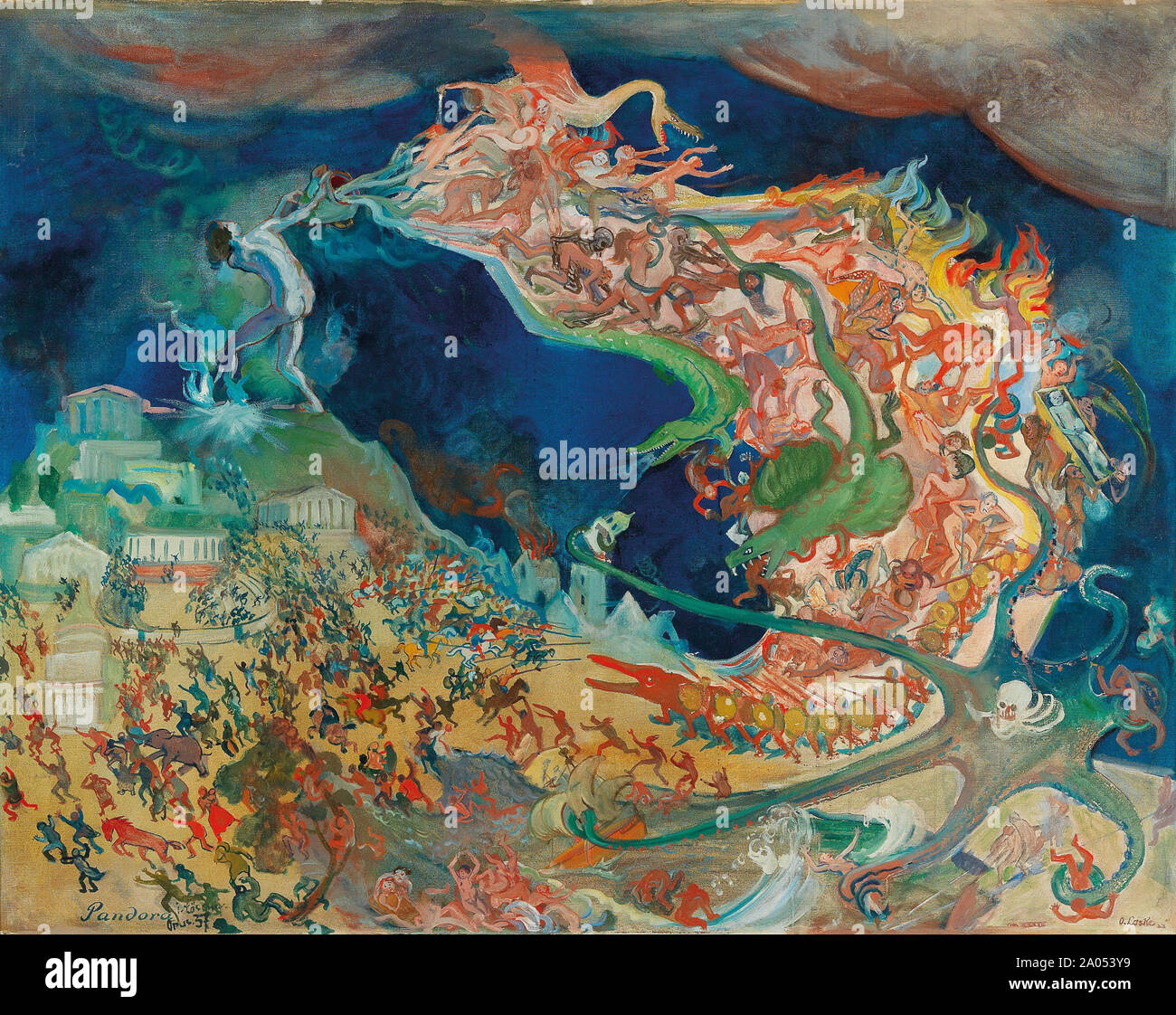 Unleashing monsters upon Ancient Greece Stock Photohttps://www.alamy.com/image-license-details/?v=1https://www.alamy.com/unleashing-monsters-upon-ancient-greece-image327109869.html
Unleashing monsters upon Ancient Greece Stock Photohttps://www.alamy.com/image-license-details/?v=1https://www.alamy.com/unleashing-monsters-upon-ancient-greece-image327109869.htmlRF2A053Y9–Unleashing monsters upon Ancient Greece
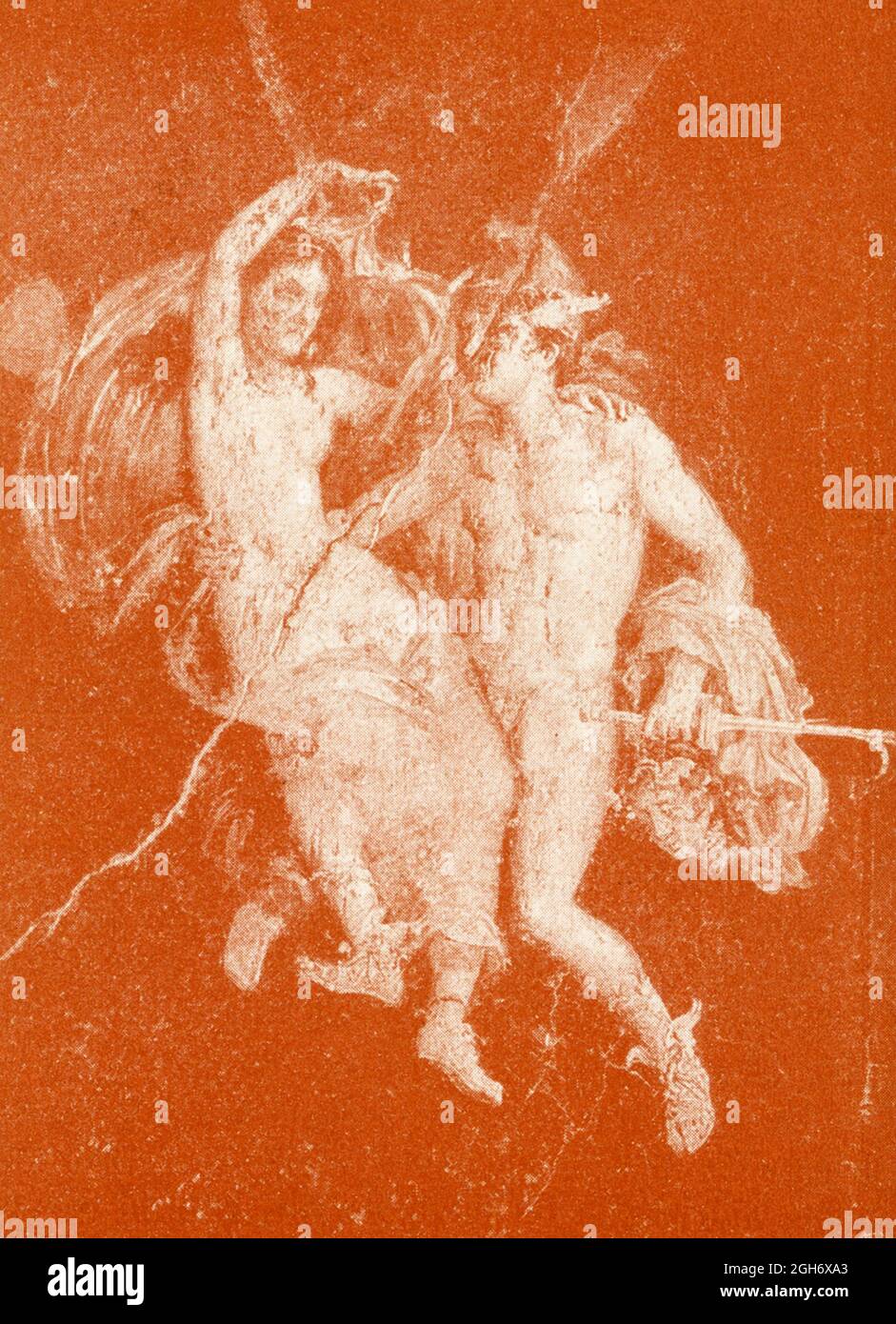 This 1910 illustration shows a wall painting uncovered in Pompeii of Perseus and Andromeda. According to Greek mythology, Andromeda was the daughter of Ethiopian rulers Cepheus and Cassiopeia. The god of the sea Poseidon was so angered that Cassiopeia claimed Andromeda was more beautiful than the sea nymphs known as the Nereids that he ordered a sea monster to ravage Ethiopia. It would only be appeased if Andromeda was sacrificed to it. The Greek hero Perseus rescued her—seen here in this painting. Stock Photohttps://www.alamy.com/image-license-details/?v=1https://www.alamy.com/this-1910-illustration-shows-a-wall-painting-uncovered-in-pompeii-of-perseus-and-andromeda-according-to-greek-mythology-andromeda-was-the-daughter-of-ethiopian-rulers-cepheus-and-cassiopeia-the-god-of-the-sea-poseidon-was-so-angered-that-cassiopeia-claimed-andromeda-was-more-beautiful-than-the-sea-nymphs-known-as-the-nereids-that-he-ordered-a-sea-monster-to-ravage-ethiopia-it-would-only-be-appeased-if-andromeda-was-sacrificed-to-it-the-greek-hero-perseus-rescued-herseen-here-in-this-painting-image440860731.html
This 1910 illustration shows a wall painting uncovered in Pompeii of Perseus and Andromeda. According to Greek mythology, Andromeda was the daughter of Ethiopian rulers Cepheus and Cassiopeia. The god of the sea Poseidon was so angered that Cassiopeia claimed Andromeda was more beautiful than the sea nymphs known as the Nereids that he ordered a sea monster to ravage Ethiopia. It would only be appeased if Andromeda was sacrificed to it. The Greek hero Perseus rescued her—seen here in this painting. Stock Photohttps://www.alamy.com/image-license-details/?v=1https://www.alamy.com/this-1910-illustration-shows-a-wall-painting-uncovered-in-pompeii-of-perseus-and-andromeda-according-to-greek-mythology-andromeda-was-the-daughter-of-ethiopian-rulers-cepheus-and-cassiopeia-the-god-of-the-sea-poseidon-was-so-angered-that-cassiopeia-claimed-andromeda-was-more-beautiful-than-the-sea-nymphs-known-as-the-nereids-that-he-ordered-a-sea-monster-to-ravage-ethiopia-it-would-only-be-appeased-if-andromeda-was-sacrificed-to-it-the-greek-hero-perseus-rescued-herseen-here-in-this-painting-image440860731.htmlRF2GH6XA3–This 1910 illustration shows a wall painting uncovered in Pompeii of Perseus and Andromeda. According to Greek mythology, Andromeda was the daughter of Ethiopian rulers Cepheus and Cassiopeia. The god of the sea Poseidon was so angered that Cassiopeia claimed Andromeda was more beautiful than the sea nymphs known as the Nereids that he ordered a sea monster to ravage Ethiopia. It would only be appeased if Andromeda was sacrificed to it. The Greek hero Perseus rescued her—seen here in this painting.
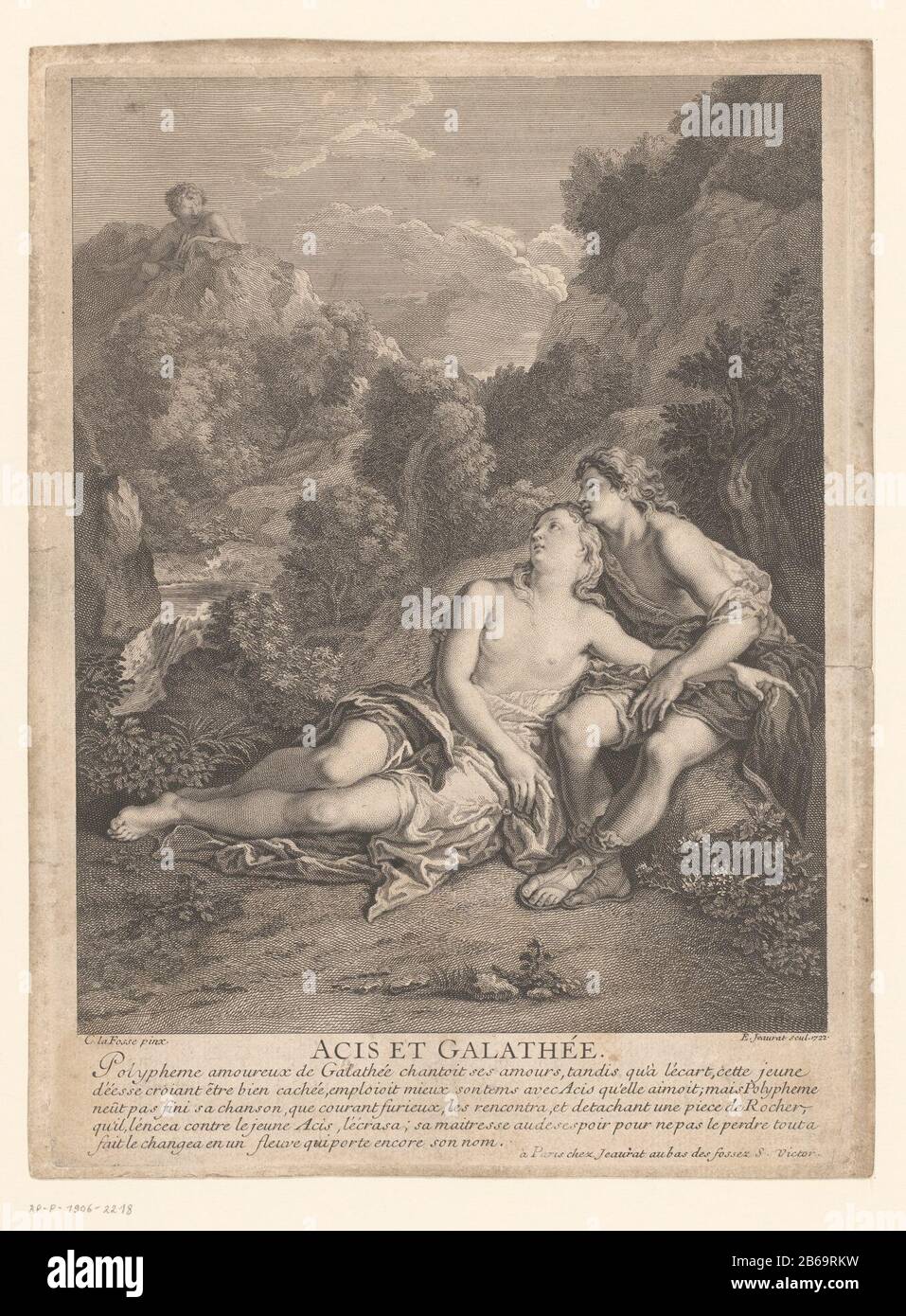 Acis en Galatea begluurd door PolyphemusAcis et Galathée. (titel op object) Object Type : prent Objectnummer: RP-P-1906-2218Catalogusreferentie: IFF 18e siècle 73 Inscriptions / Merken: collector's mark , verso, gestempeld: Lugt 2228 Manufacturer : prentmaker: Edme Jeaurat (vermeld op object)naar schilderij van: Charles de Lafosse (vermeld op object)uitgever: Edme Jeaurat (vermeld op object)Plaats manufacture: prentmaker: Frankrijkuitgever: Parijs Dating: 1722 Material: papier Techniek: etsen / graveren (drukprocedé) / stippelwerk Dimensions: plaatrand: h 277 mm × b 202 mm Subject: Polyphemus Stock Photohttps://www.alamy.com/image-license-details/?v=1https://www.alamy.com/acis-en-galatea-begluurd-door-polyphemusacis-et-galathe-titel-op-object-object-type-prent-objectnummer-rp-p-1906-2218catalogusreferentie-iff-18e-sicle-73-inscriptions-merken-collectors-mark-verso-gestempeld-lugt-2228-manufacturer-prentmaker-edme-jeaurat-vermeld-op-objectnaar-schilderij-van-charles-de-lafosse-vermeld-op-objectuitgever-edme-jeaurat-vermeld-op-objectplaats-manufacture-prentmaker-frankrijkuitgever-parijs-dating-1722-material-papier-techniek-etsen-graveren-drukproced-stippelwerk-dimensions-plaatrand-h-277-mm-b-202-mm-subject-polyphemus-image348111453.html
Acis en Galatea begluurd door PolyphemusAcis et Galathée. (titel op object) Object Type : prent Objectnummer: RP-P-1906-2218Catalogusreferentie: IFF 18e siècle 73 Inscriptions / Merken: collector's mark , verso, gestempeld: Lugt 2228 Manufacturer : prentmaker: Edme Jeaurat (vermeld op object)naar schilderij van: Charles de Lafosse (vermeld op object)uitgever: Edme Jeaurat (vermeld op object)Plaats manufacture: prentmaker: Frankrijkuitgever: Parijs Dating: 1722 Material: papier Techniek: etsen / graveren (drukprocedé) / stippelwerk Dimensions: plaatrand: h 277 mm × b 202 mm Subject: Polyphemus Stock Photohttps://www.alamy.com/image-license-details/?v=1https://www.alamy.com/acis-en-galatea-begluurd-door-polyphemusacis-et-galathe-titel-op-object-object-type-prent-objectnummer-rp-p-1906-2218catalogusreferentie-iff-18e-sicle-73-inscriptions-merken-collectors-mark-verso-gestempeld-lugt-2228-manufacturer-prentmaker-edme-jeaurat-vermeld-op-objectnaar-schilderij-van-charles-de-lafosse-vermeld-op-objectuitgever-edme-jeaurat-vermeld-op-objectplaats-manufacture-prentmaker-frankrijkuitgever-parijs-dating-1722-material-papier-techniek-etsen-graveren-drukproced-stippelwerk-dimensions-plaatrand-h-277-mm-b-202-mm-subject-polyphemus-image348111453.htmlRM2B69RKW–Acis en Galatea begluurd door PolyphemusAcis et Galathée. (titel op object) Object Type : prent Objectnummer: RP-P-1906-2218Catalogusreferentie: IFF 18e siècle 73 Inscriptions / Merken: collector's mark , verso, gestempeld: Lugt 2228 Manufacturer : prentmaker: Edme Jeaurat (vermeld op object)naar schilderij van: Charles de Lafosse (vermeld op object)uitgever: Edme Jeaurat (vermeld op object)Plaats manufacture: prentmaker: Frankrijkuitgever: Parijs Dating: 1722 Material: papier Techniek: etsen / graveren (drukprocedé) / stippelwerk Dimensions: plaatrand: h 277 mm × b 202 mm Subject: Polyphemus
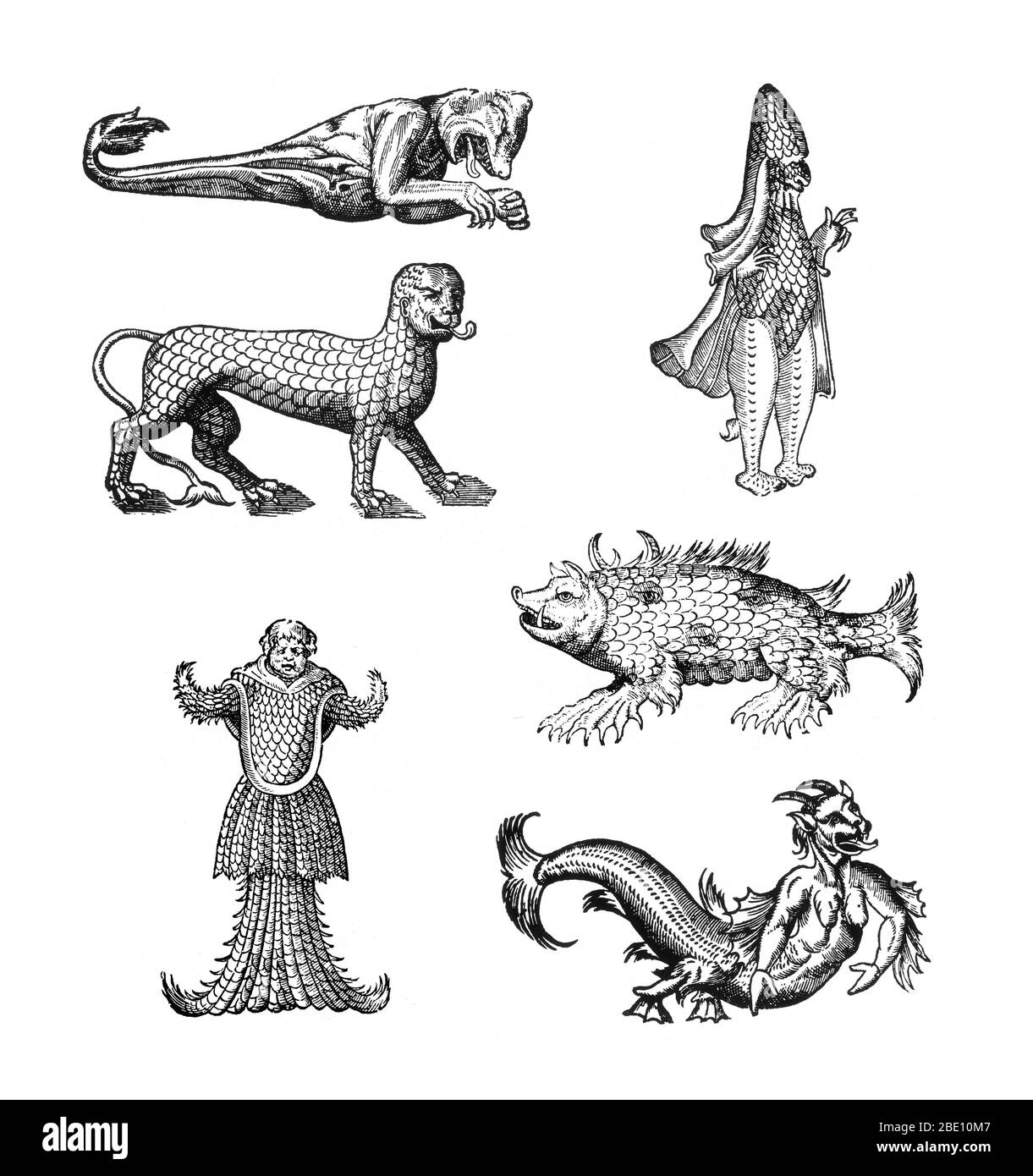 Woodcuts of sea monsters from Des Monstres et prodiges by Ambroise Paré, 1573, clockwise from top left: 'marine monster having the head of a bear and the arms of a monkey', 'marine monster resembling a Bishop dressed in his pontifical garments', 'marine sow', 'hideous figure of a Sea Devil', 'marine monster having the head of a Monk, armed and covered with fish scales', 'marine lion covered in scales'. Des Monstres is filled with unsubstantiated accounts of sea devils, marine sows, and monstrous animals with human faces. With its extensive discussion of reproduction and illustrations of birth Stock Photohttps://www.alamy.com/image-license-details/?v=1https://www.alamy.com/woodcuts-of-sea-monsters-from-des-monstres-et-prodiges-by-ambroise-par-1573-clockwise-from-top-left-marine-monster-having-the-head-of-a-bear-and-the-arms-of-a-monkey-marine-monster-resembling-a-bishop-dressed-in-his-pontifical-garments-marine-sow-hideous-figure-of-a-sea-devil-marine-monster-having-the-head-of-a-monk-armed-and-covered-with-fish-scales-marine-lion-covered-in-scales-des-monstres-is-filled-with-unsubstantiated-accounts-of-sea-devils-marine-sows-and-monstrous-animals-with-human-faces-with-its-extensive-discussion-of-reproduction-and-illustrations-of-birth-image352835063.html
Woodcuts of sea monsters from Des Monstres et prodiges by Ambroise Paré, 1573, clockwise from top left: 'marine monster having the head of a bear and the arms of a monkey', 'marine monster resembling a Bishop dressed in his pontifical garments', 'marine sow', 'hideous figure of a Sea Devil', 'marine monster having the head of a Monk, armed and covered with fish scales', 'marine lion covered in scales'. Des Monstres is filled with unsubstantiated accounts of sea devils, marine sows, and monstrous animals with human faces. With its extensive discussion of reproduction and illustrations of birth Stock Photohttps://www.alamy.com/image-license-details/?v=1https://www.alamy.com/woodcuts-of-sea-monsters-from-des-monstres-et-prodiges-by-ambroise-par-1573-clockwise-from-top-left-marine-monster-having-the-head-of-a-bear-and-the-arms-of-a-monkey-marine-monster-resembling-a-bishop-dressed-in-his-pontifical-garments-marine-sow-hideous-figure-of-a-sea-devil-marine-monster-having-the-head-of-a-monk-armed-and-covered-with-fish-scales-marine-lion-covered-in-scales-des-monstres-is-filled-with-unsubstantiated-accounts-of-sea-devils-marine-sows-and-monstrous-animals-with-human-faces-with-its-extensive-discussion-of-reproduction-and-illustrations-of-birth-image352835063.htmlRM2BE10M7–Woodcuts of sea monsters from Des Monstres et prodiges by Ambroise Paré, 1573, clockwise from top left: 'marine monster having the head of a bear and the arms of a monkey', 'marine monster resembling a Bishop dressed in his pontifical garments', 'marine sow', 'hideous figure of a Sea Devil', 'marine monster having the head of a Monk, armed and covered with fish scales', 'marine lion covered in scales'. Des Monstres is filled with unsubstantiated accounts of sea devils, marine sows, and monstrous animals with human faces. With its extensive discussion of reproduction and illustrations of birth
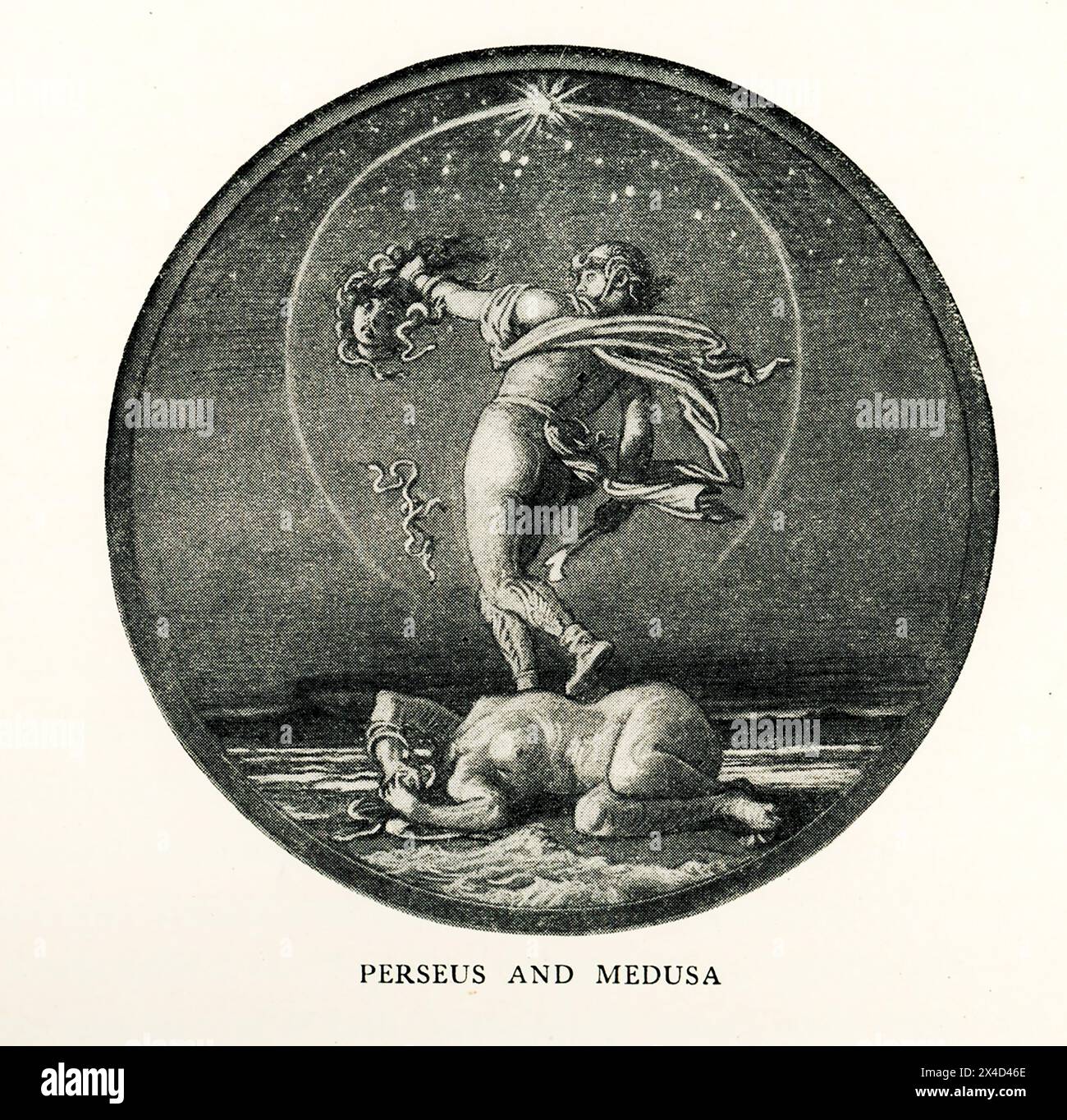 To protect his mother, Danae, the mythical Greek hero Perseus accepted the task assigned him by a king named Polydictes of slaying the monster Medusa, whose hair was snakes and whose eyes turned all to stone who gazed at them. In this 1914 illustration Perseus, prepares to slay Medusa. Helping him find Medusa was his guide, the messenger god Hermes (Mercury to the Romans), and Athena. With them he had found the three daughters of Porcus and Ceto (who was a sister to the Gorgons). They were named Enyo, Pephredo, and Deino and were old from birth. They shared one eye and one tooth, as seen here, Stock Photohttps://www.alamy.com/image-license-details/?v=1https://www.alamy.com/to-protect-his-mother-danae-the-mythical-greek-hero-perseus-accepted-the-task-assigned-him-by-a-king-named-polydictes-of-slaying-the-monster-medusa-whose-hair-was-snakes-and-whose-eyes-turned-all-to-stone-who-gazed-at-them-in-this-1914-illustration-perseus-prepares-to-slay-medusa-helping-him-find-medusa-was-his-guide-the-messenger-god-hermes-mercury-to-the-romans-and-athena-with-them-he-had-found-the-three-daughters-of-porcus-and-ceto-who-was-a-sister-to-the-gorgons-they-were-named-enyo-pephredo-and-deino-and-were-old-from-birth-they-shared-one-eye-and-one-tooth-as-seen-here-image605110198.html
To protect his mother, Danae, the mythical Greek hero Perseus accepted the task assigned him by a king named Polydictes of slaying the monster Medusa, whose hair was snakes and whose eyes turned all to stone who gazed at them. In this 1914 illustration Perseus, prepares to slay Medusa. Helping him find Medusa was his guide, the messenger god Hermes (Mercury to the Romans), and Athena. With them he had found the three daughters of Porcus and Ceto (who was a sister to the Gorgons). They were named Enyo, Pephredo, and Deino and were old from birth. They shared one eye and one tooth, as seen here, Stock Photohttps://www.alamy.com/image-license-details/?v=1https://www.alamy.com/to-protect-his-mother-danae-the-mythical-greek-hero-perseus-accepted-the-task-assigned-him-by-a-king-named-polydictes-of-slaying-the-monster-medusa-whose-hair-was-snakes-and-whose-eyes-turned-all-to-stone-who-gazed-at-them-in-this-1914-illustration-perseus-prepares-to-slay-medusa-helping-him-find-medusa-was-his-guide-the-messenger-god-hermes-mercury-to-the-romans-and-athena-with-them-he-had-found-the-three-daughters-of-porcus-and-ceto-who-was-a-sister-to-the-gorgons-they-were-named-enyo-pephredo-and-deino-and-were-old-from-birth-they-shared-one-eye-and-one-tooth-as-seen-here-image605110198.htmlRF2X4D46E–To protect his mother, Danae, the mythical Greek hero Perseus accepted the task assigned him by a king named Polydictes of slaying the monster Medusa, whose hair was snakes and whose eyes turned all to stone who gazed at them. In this 1914 illustration Perseus, prepares to slay Medusa. Helping him find Medusa was his guide, the messenger god Hermes (Mercury to the Romans), and Athena. With them he had found the three daughters of Porcus and Ceto (who was a sister to the Gorgons). They were named Enyo, Pephredo, and Deino and were old from birth. They shared one eye and one tooth, as seen here,
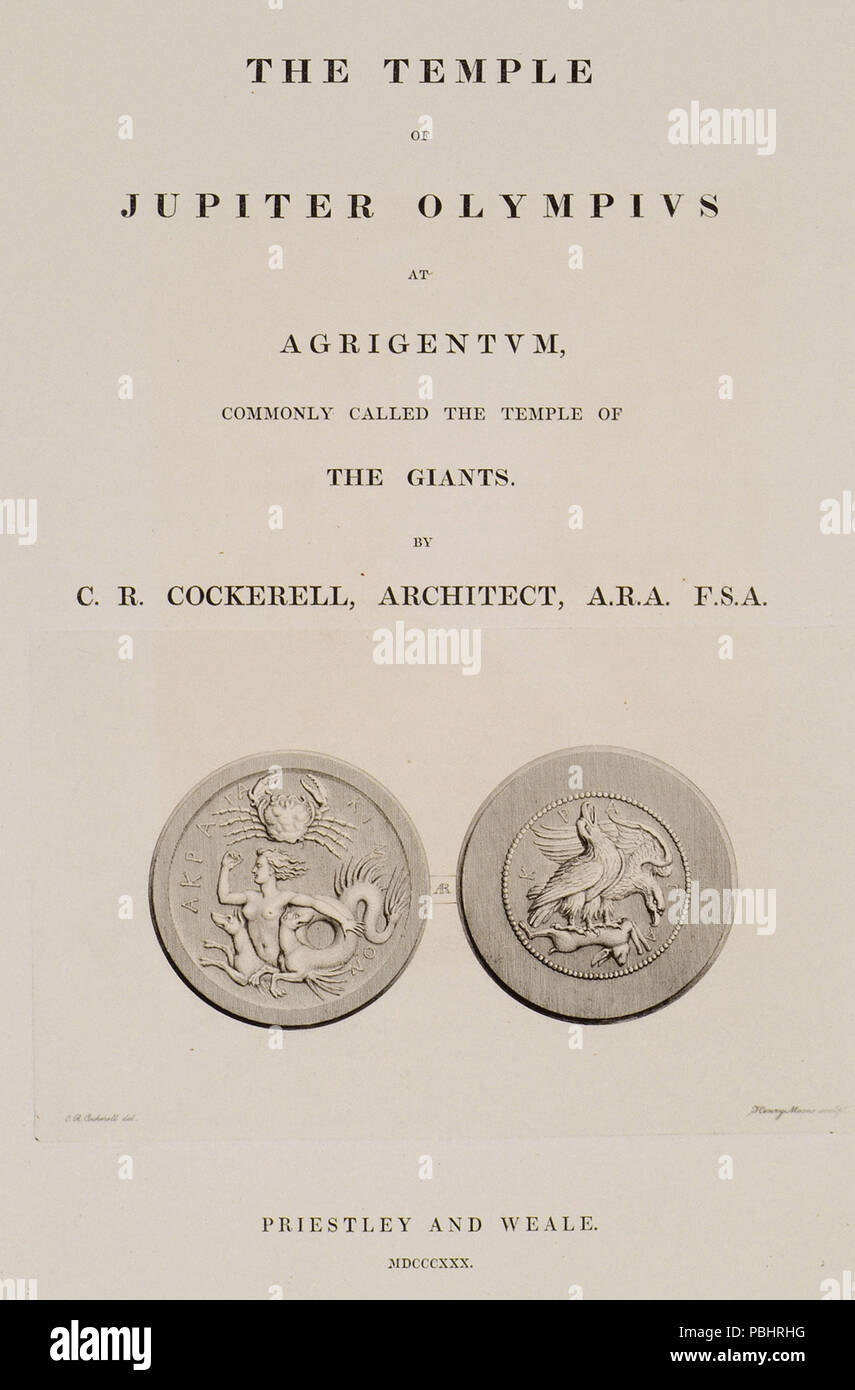 1752 Title page of the first part of the book Tetradrachm from Agrigento, Sicily Obv Skylla - Cockerell Charles Robert & Kinnard William & Donaldson Thomas Leverton & Jenkins William & Railton William - 1830 Stock Photohttps://www.alamy.com/image-license-details/?v=1https://www.alamy.com/1752-title-page-of-the-first-part-of-the-book-tetradrachm-from-agrigento-sicily-obv-skylla-cockerell-charles-robert-amp-kinnard-william-amp-donaldson-thomas-leverton-amp-jenkins-william-amp-railton-william-1830-image213677340.html
1752 Title page of the first part of the book Tetradrachm from Agrigento, Sicily Obv Skylla - Cockerell Charles Robert & Kinnard William & Donaldson Thomas Leverton & Jenkins William & Railton William - 1830 Stock Photohttps://www.alamy.com/image-license-details/?v=1https://www.alamy.com/1752-title-page-of-the-first-part-of-the-book-tetradrachm-from-agrigento-sicily-obv-skylla-cockerell-charles-robert-amp-kinnard-william-amp-donaldson-thomas-leverton-amp-jenkins-william-amp-railton-william-1830-image213677340.htmlRMPBHRHG–1752 Title page of the first part of the book Tetradrachm from Agrigento, Sicily Obv Skylla - Cockerell Charles Robert & Kinnard William & Donaldson Thomas Leverton & Jenkins William & Railton William - 1830
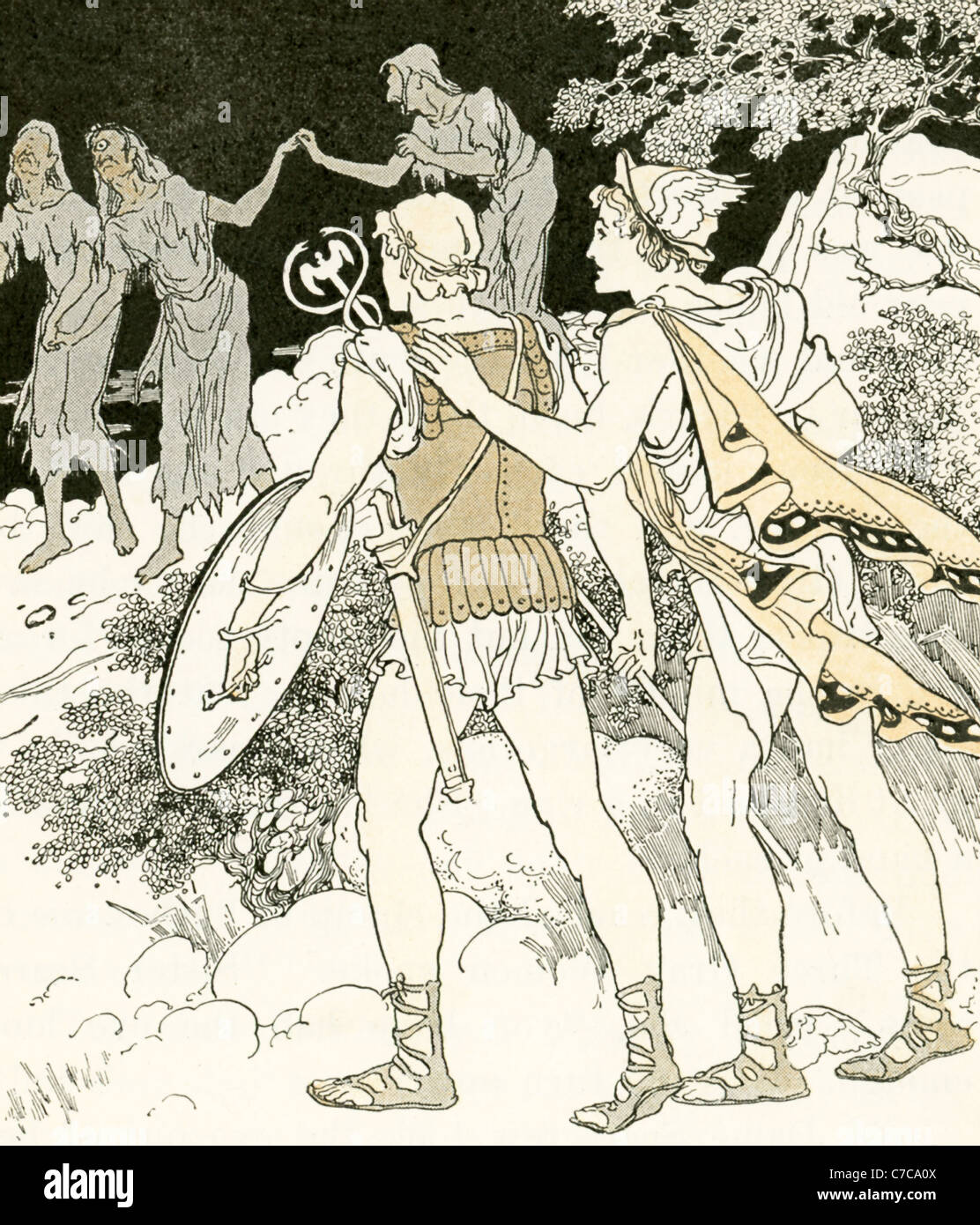 Perseus, with his guide the messenger god Hermes, seeks the three daughters of Porcus and Ceto who share a tooth and an eye. Stock Photohttps://www.alamy.com/image-license-details/?v=1https://www.alamy.com/stock-photo-perseus-with-his-guide-the-messenger-god-hermes-seeks-the-three-daughters-38994618.html
Perseus, with his guide the messenger god Hermes, seeks the three daughters of Porcus and Ceto who share a tooth and an eye. Stock Photohttps://www.alamy.com/image-license-details/?v=1https://www.alamy.com/stock-photo-perseus-with-his-guide-the-messenger-god-hermes-seeks-the-three-daughters-38994618.htmlRFC7CA0X–Perseus, with his guide the messenger god Hermes, seeks the three daughters of Porcus and Ceto who share a tooth and an eye.
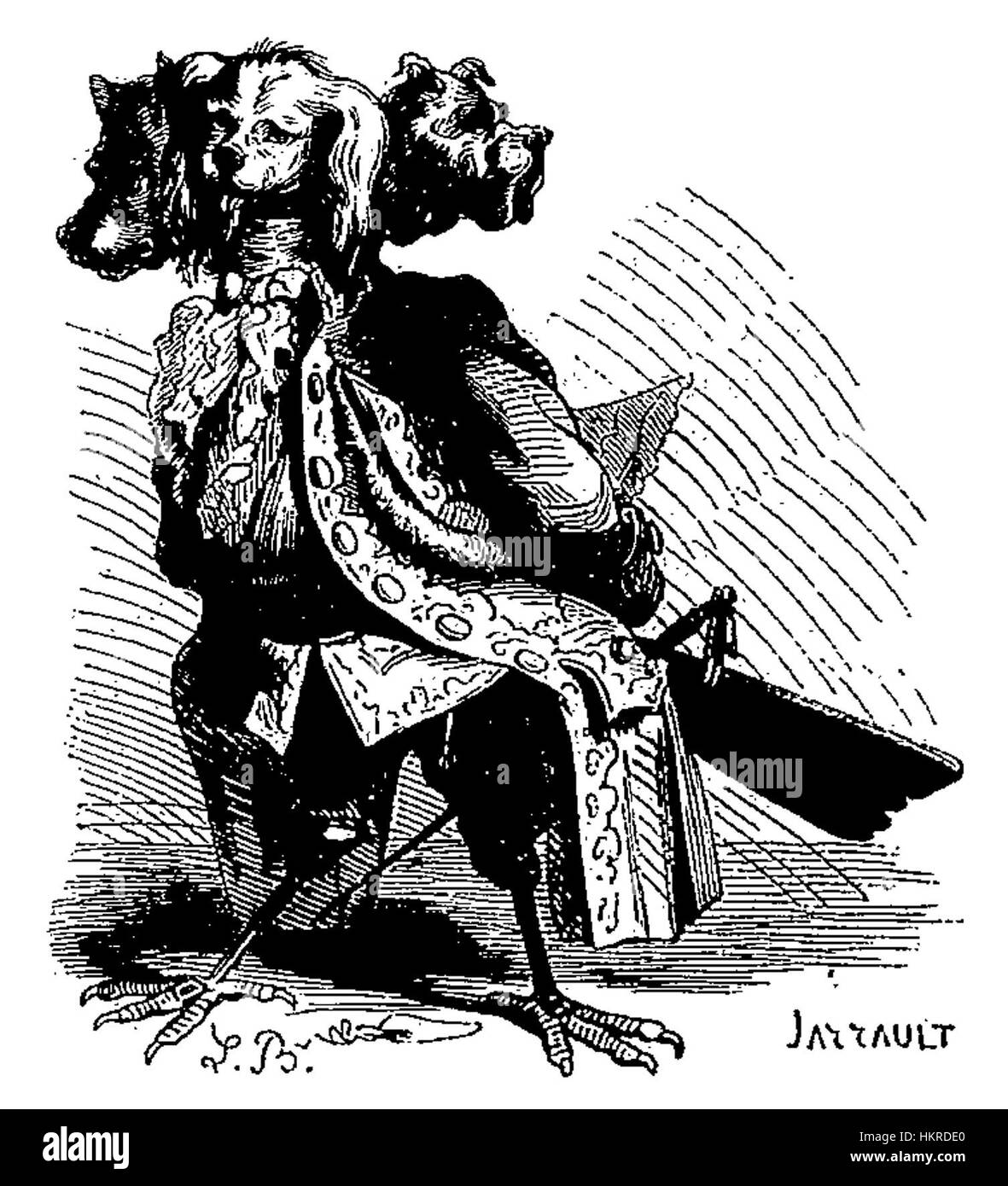 ‘Cerberus’ from the Dictionnaire Infernal is an illustration depicting the three-headed dog from Greek mythology. The image captures Cerberus' menacing presence as he guards the gates of Hades. Stock Photohttps://www.alamy.com/image-license-details/?v=1https://www.alamy.com/stock-photo-cerberus-from-the-dictionnaire-infernal-is-an-illustration-depicting-132666520.html
‘Cerberus’ from the Dictionnaire Infernal is an illustration depicting the three-headed dog from Greek mythology. The image captures Cerberus' menacing presence as he guards the gates of Hades. Stock Photohttps://www.alamy.com/image-license-details/?v=1https://www.alamy.com/stock-photo-cerberus-from-the-dictionnaire-infernal-is-an-illustration-depicting-132666520.htmlRMHKRDE0–‘Cerberus’ from the Dictionnaire Infernal is an illustration depicting the three-headed dog from Greek mythology. The image captures Cerberus' menacing presence as he guards the gates of Hades.
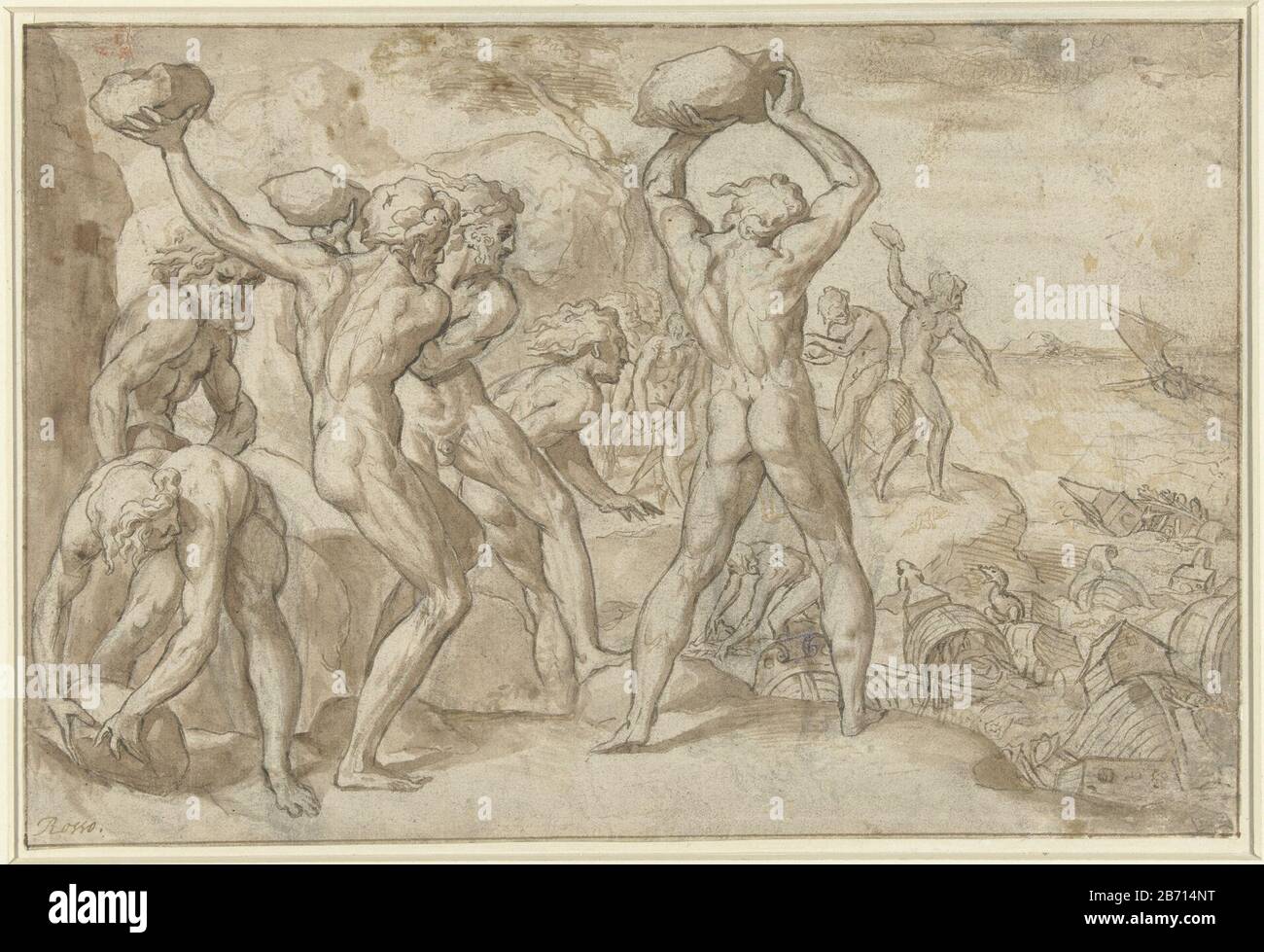 Laestrygonen verpletteren de vloot van Odysseus met zware stenen Laistrygonians crush of Odysseus fleet with heavy stones object type: Drawing Object number: RP-T-1889-A-2177 (R) Manufacture Creator: artist: anonymous Date: 1500 - 1640 Physical features: signature in black chalk, brush and pen in brown material: paper chalk ink technology: pen / brush dimensions: h 210 mm × W 312 mm Stock Photohttps://www.alamy.com/image-license-details/?v=1https://www.alamy.com/laestrygonen-verpletteren-de-vloot-van-odysseus-met-zware-stenen-laistrygonians-crush-of-odysseus-fleet-with-heavy-stones-object-type-drawing-object-number-rp-t-1889-a-2177-r-manufacture-creator-artist-anonymous-date-1500-1640-physical-features-signature-in-black-chalk-brush-and-pen-in-brown-material-paper-chalk-ink-technology-pen-brush-dimensions-h-210-mm-w-312-mm-image348535652.html
Laestrygonen verpletteren de vloot van Odysseus met zware stenen Laistrygonians crush of Odysseus fleet with heavy stones object type: Drawing Object number: RP-T-1889-A-2177 (R) Manufacture Creator: artist: anonymous Date: 1500 - 1640 Physical features: signature in black chalk, brush and pen in brown material: paper chalk ink technology: pen / brush dimensions: h 210 mm × W 312 mm Stock Photohttps://www.alamy.com/image-license-details/?v=1https://www.alamy.com/laestrygonen-verpletteren-de-vloot-van-odysseus-met-zware-stenen-laistrygonians-crush-of-odysseus-fleet-with-heavy-stones-object-type-drawing-object-number-rp-t-1889-a-2177-r-manufacture-creator-artist-anonymous-date-1500-1640-physical-features-signature-in-black-chalk-brush-and-pen-in-brown-material-paper-chalk-ink-technology-pen-brush-dimensions-h-210-mm-w-312-mm-image348535652.htmlRM2B714NT–Laestrygonen verpletteren de vloot van Odysseus met zware stenen Laistrygonians crush of Odysseus fleet with heavy stones object type: Drawing Object number: RP-T-1889-A-2177 (R) Manufacture Creator: artist: anonymous Date: 1500 - 1640 Physical features: signature in black chalk, brush and pen in brown material: paper chalk ink technology: pen / brush dimensions: h 210 mm × W 312 mm